The Giants won a hard-fought close game against the Raiders on Sunday, relying on their defense to come up with the victory. Here are five factors from watching film:
1. The Giants played a bend-but-don't-break defensive approach that allowed some yards. but ultimately kept the Raiders out of the end zone (outside of their first drive of the game). The Giants played mostly "Cover 3" (46% of the time according to Pro Football Focus), but slipped in successful man-to-man concepts at critical times on third down and in the red zone. They also ran a number of combination coverages designed to confuse the Raiders.
Las Vegas ran the ball 20 times for 117 yards, which is nearly six yards a carry but they were unable to transform that success on the ground into points. It's a good trade, given the Raiders didn't have a gain of more than 24 yards on the day.
The Giants got pressure on a league average 32% of the Raiders' pass plays and also blitzed 32% of the time, which was the ninth-highest rate Sunday. Much of that pressure, however, came late. The Giants managed pressure in under 2.5 seconds on only 18% of their opportunities, which was the fourth-lowest rate in the league this week. The Giants had one sack and three quarterback hits in the game. According to PFF, Leonard Williams led the team with six pressures, while Dexter Lawrence had five. Quincy Roche had a sack and quarterback hit on only 29 pass rushes.
2. It was essential for the defense to make big plays to stop drives from turning into seven points. The Giants had four such plays:
The first flew under the radar, but without it, Xavier McKinney probably never gets his Pick 6. On the play prior, the Raiders ran a screen into a cornerback blitz on the left side of the defense. Coming off the left end, Azeez Ojulari was running a twist towards the interior of the offensive line, recognized the screen, peeled off, and held Jacobs to a 2-yard gain.
It set up a 3rd-and-7. Darnay Holmes blitzed from the slot again, this time from the right side of the defense. Xavier McKinney took on the slot receiver and the short area of the zone, read Carr, broke on the pass in the flat to Hunter Renfro and jumped it. Carr's pass was behind Renfrow and McKinney made the play for the touchdown.
McKinney not only saved what could have been a touchdown on his second interception, but also set up a field goal that expanded the Giants lead to six points. The Giants rushed five and played "Cover 3." James Bradberry bit on a Derek Carr pump fake to Bryan Edwards on an out-and-up to the narrow side of the field. McKinney was playing the single-high safety, read Carr's pump fake to that side of the field and broke quickly on the ball to front Edwards for the pick.
The Raiders had run an identical play on the first play of their second drive, which was more of a back-shoulder attempt after an illegal contact penalty on Bradberry.
The game-clinching play had the Giants in man-to-man defense. No one was open early, which gave Quincy Roche time to get home. It looked like Carr was trying to target Waller, who had a little separation on Bradberry on a drag route, but the secondary had overall coverage. Roche swiped left tackle Kolten Miller's hands down and off of him, won the edge (while being held) and then bent into the pocket to strip Carr during the quarterback's windup. Logan Ryan and Leonard Williams had their eyes on the ball, Ryan prevented Josh Jacobs (who foolishly tried to scoop up the ball) and then Williams pounced on the fumble.
3. Situational football was extremely important to the Giants' victory. They were outgained in the game, 403-245, and the Raiders ran 13 more offensive plays and had eight more first downs. But the Giants won some of the more important smaller battles throughout the game.
The Giants were the better team on third down (6-of-12), including two of eight yards and another of seven – both on a field goal drive that made it 20-17.
The Raiders scored just one touchdown in six red zone attempts. No one tracks the numbers, but it must be very rare for a team to have six red zone appearances and only finish the game with 16 points. They had 30 more penalty yards than the Giants, including a crucial roughing the passer penalty that helped put the Giants in position to kick a field goal early in the fourth quarter, and an unnecessary roughness penalty that slowed down a Raiders drive that failed to reach the end zone. The Giants also won the turnover battle, 3-1.
4. The Giants ran an efficient risk-averse offense that grinded out yards in small chunks and took advantage of a struggling Raiders' rush defense. They used "13" personnel (1 running back, 3 tight ends) 12 times, including nine snaps with lineman Korey Cunningham as a "tackle eligible." They also used "12" personnel on 17 plays, two of which included Cunningham. Once Kaden Smith went out with a head injury, Cunningham had to take on his role as a blocking tight end. He played 13 offensive snaps in the game.
The Giants also ran a 3-back wishbone set with two fullbacks and one play using two running backs and two tight ends. In total, the Giants used at least two running backs and two tight ends on an amazing 31 of their 54 offensive plays.
Devontae Booker and Eli Penny ran the ball with physicality between the tackles. The Giants favored a straight-ahead, downhill running scheme with man blocking featured on more than half of their running plays, according to Pro Football Focus. The Giants used initial double teams before getting to the second level against Raiders linebackers and safeties. Kyle Rudolph jumped off the tape as a blocker in the run game, and Nate Solder was consistent in the run game, which was heavy to the right side of the formation.
5. The Giants only passed the ball 20 times and attempted three passes down the field of 20+ yards - two were successful (touchdown to Evan Engram and defensive pass interference on a pass thrown to him) and one was an incompletion on what looked like a miscommunication with Kenny Golladay. The Raiders played more man-to-man defense than they normally do, using "Cover 1" (single-high safety with man-to-man) more than 40% of the time.
The Giants used play-action passes on nine of their 20 passing attempts, and tried to spread the field and get the ball off quickly on some of their more obvious passing downs to help their pass protection. The Giants allowed a 39% pressure rate in the game, which was in the bottom half of the league for the week.
View photos from the New York Giants' Week 9 matchup against the Las Vegas Raiders.
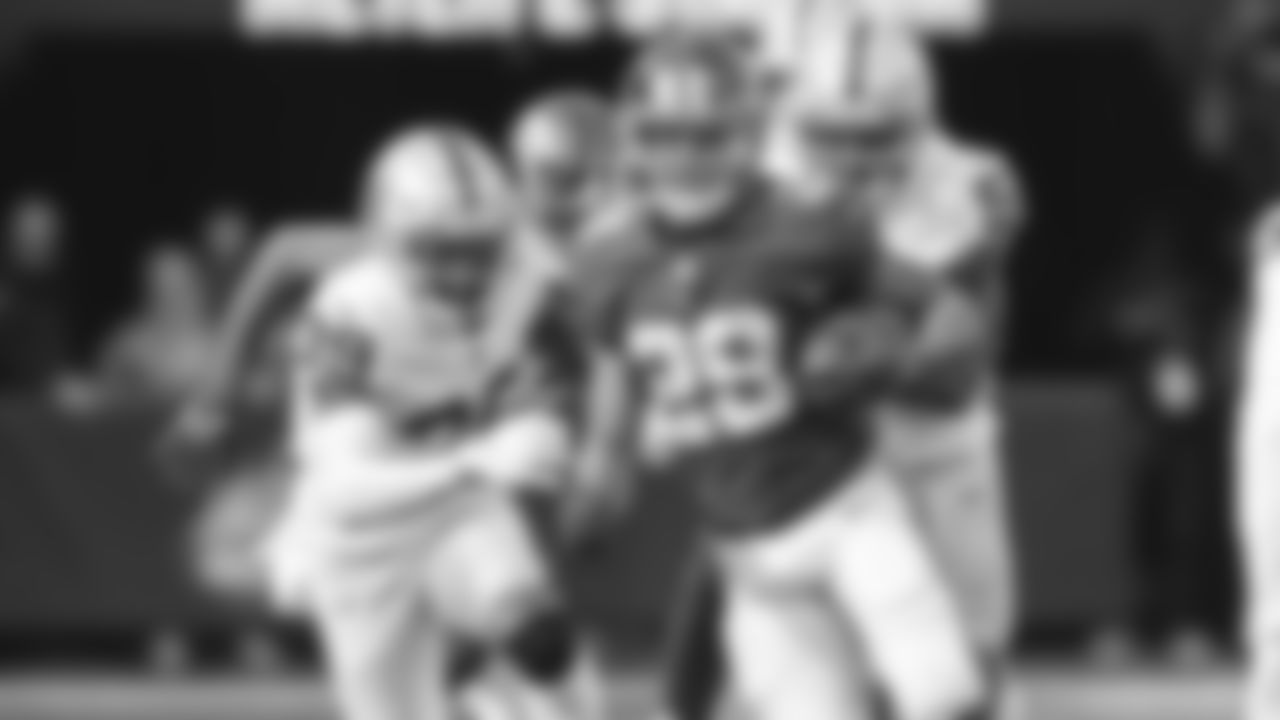
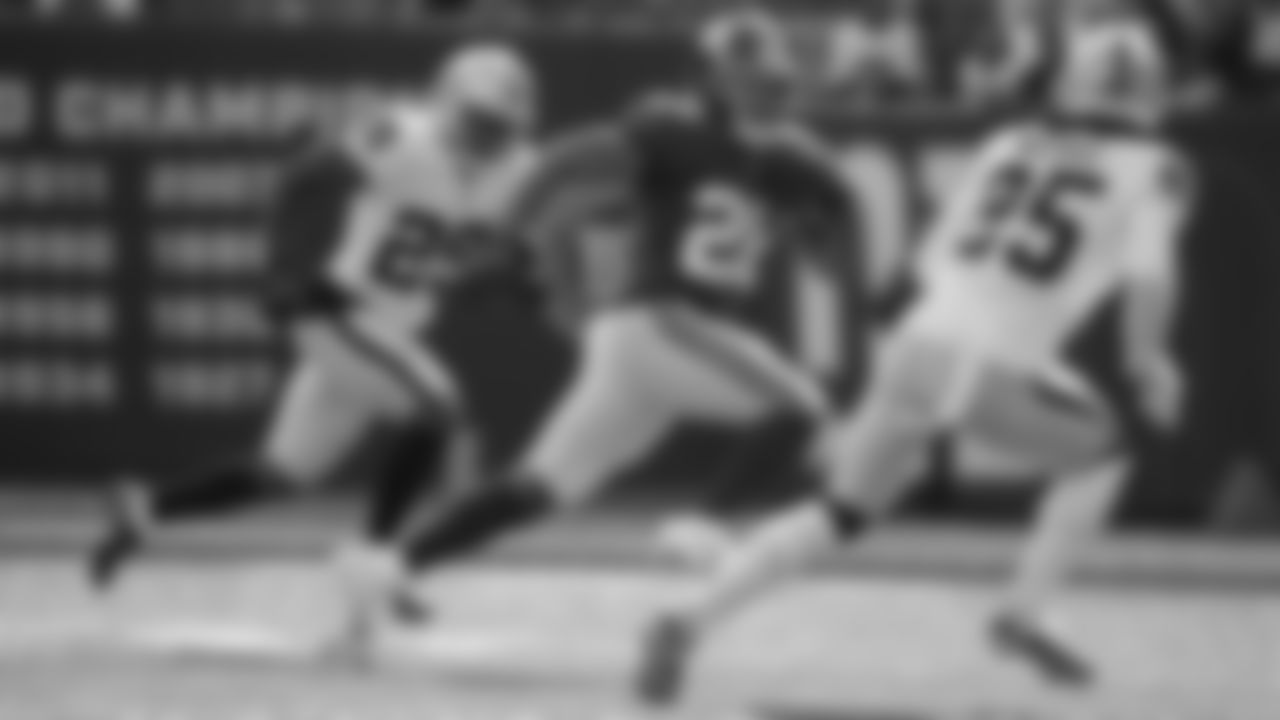
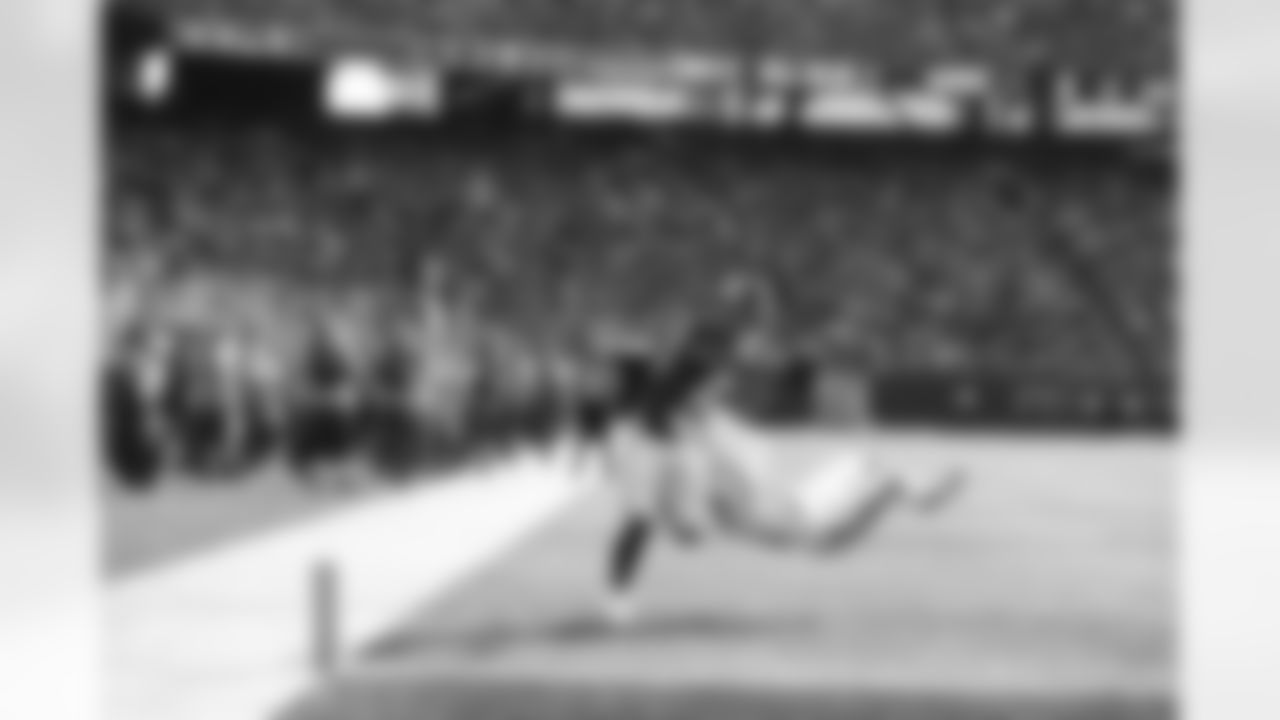
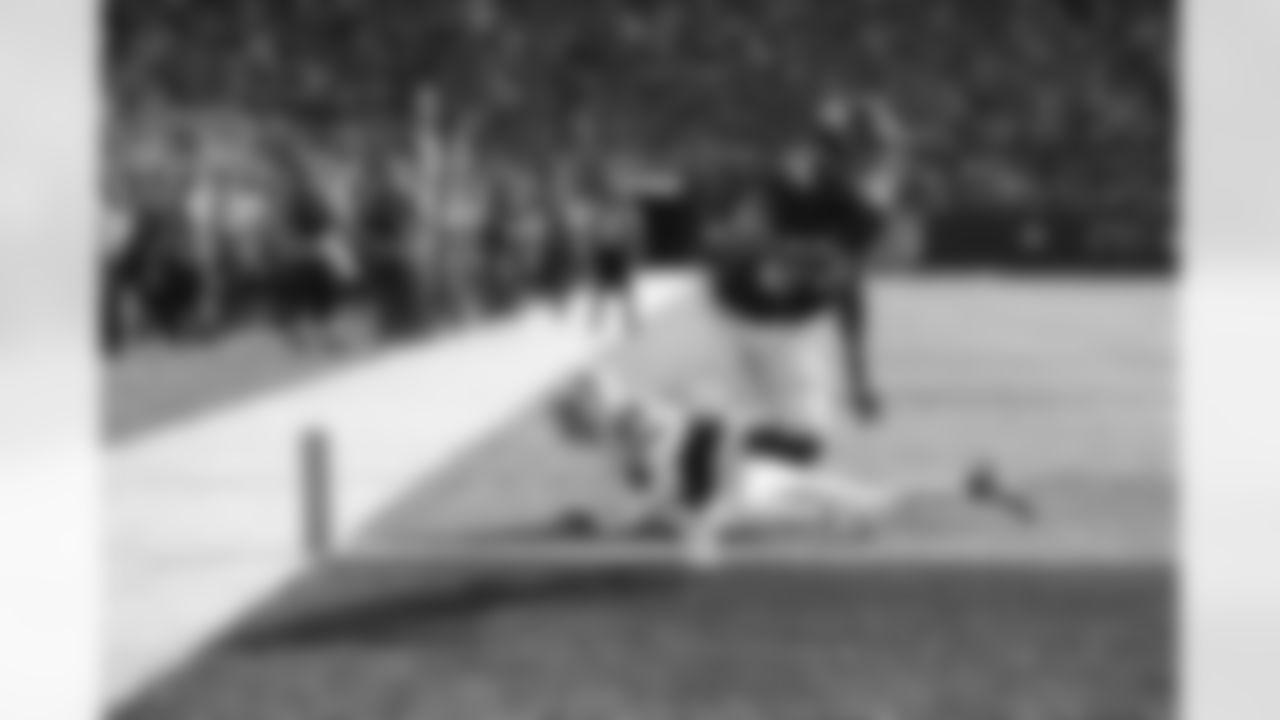
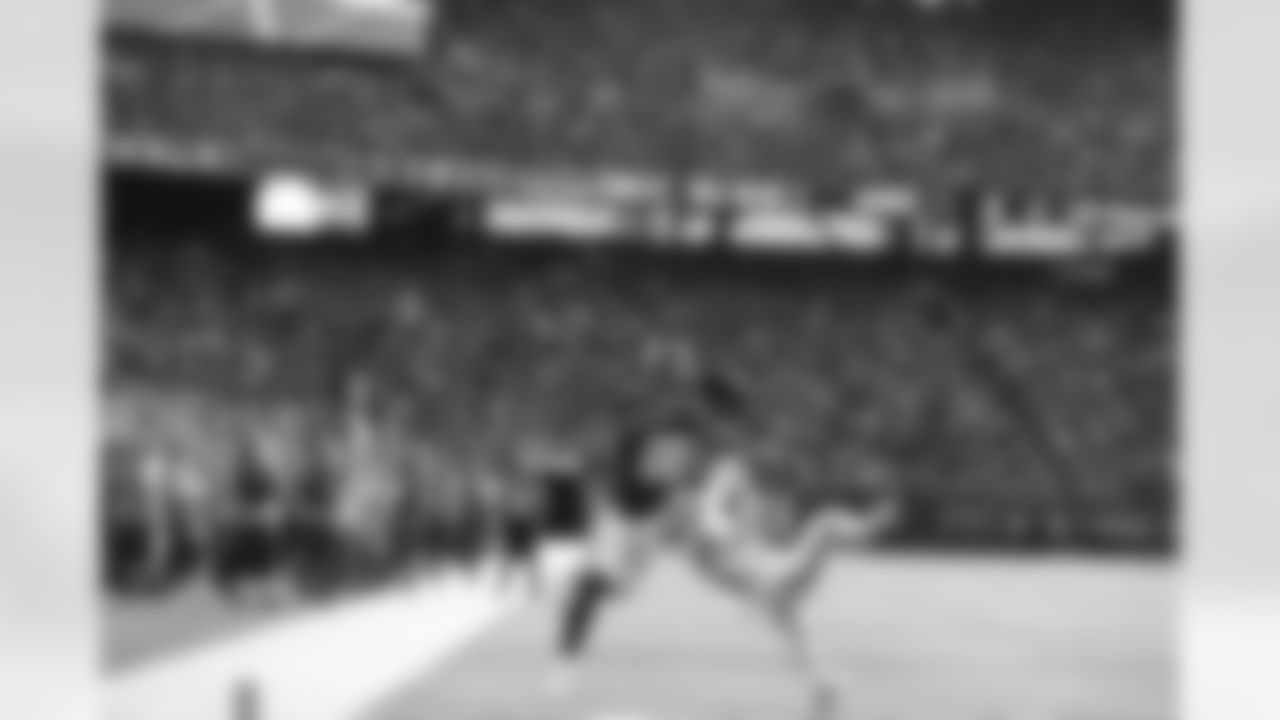
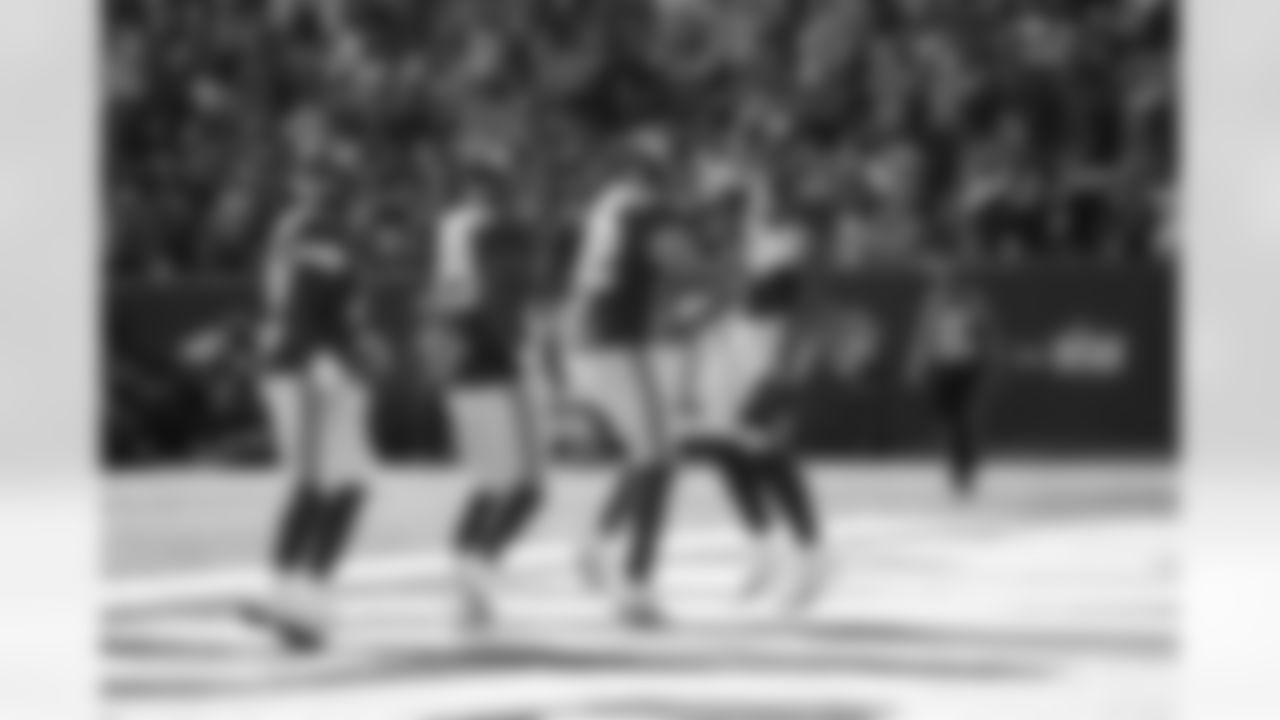
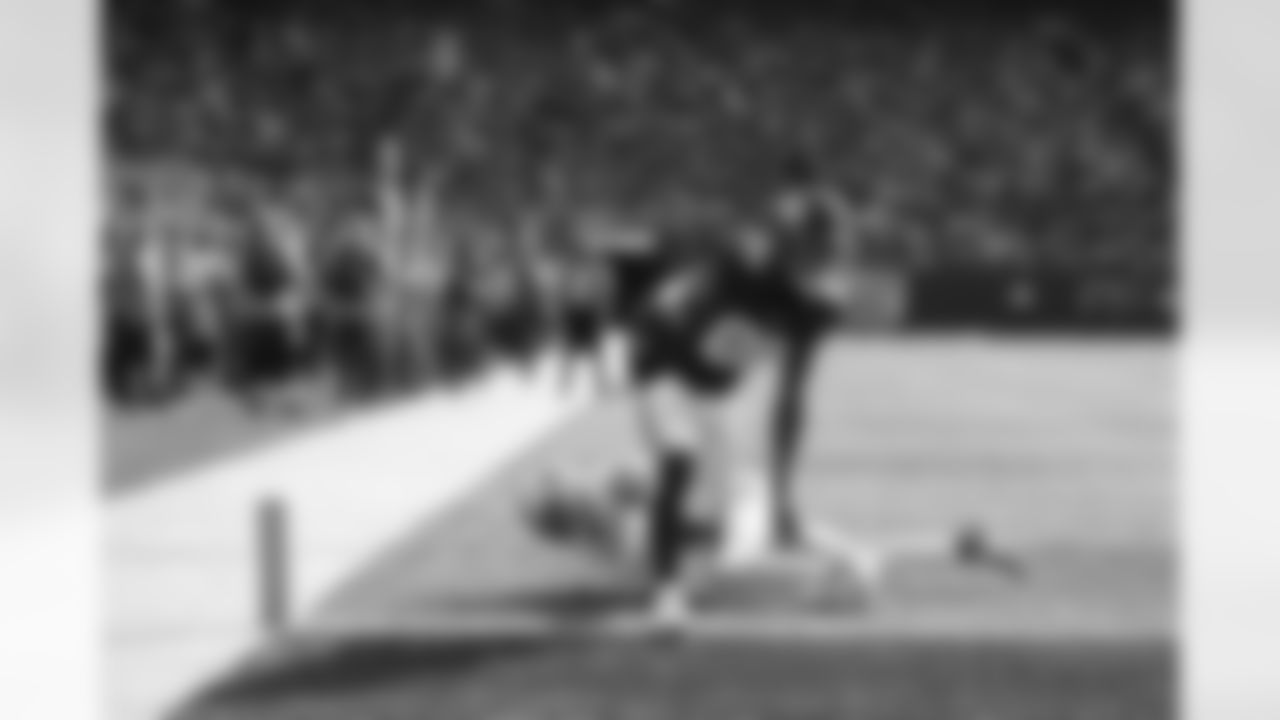
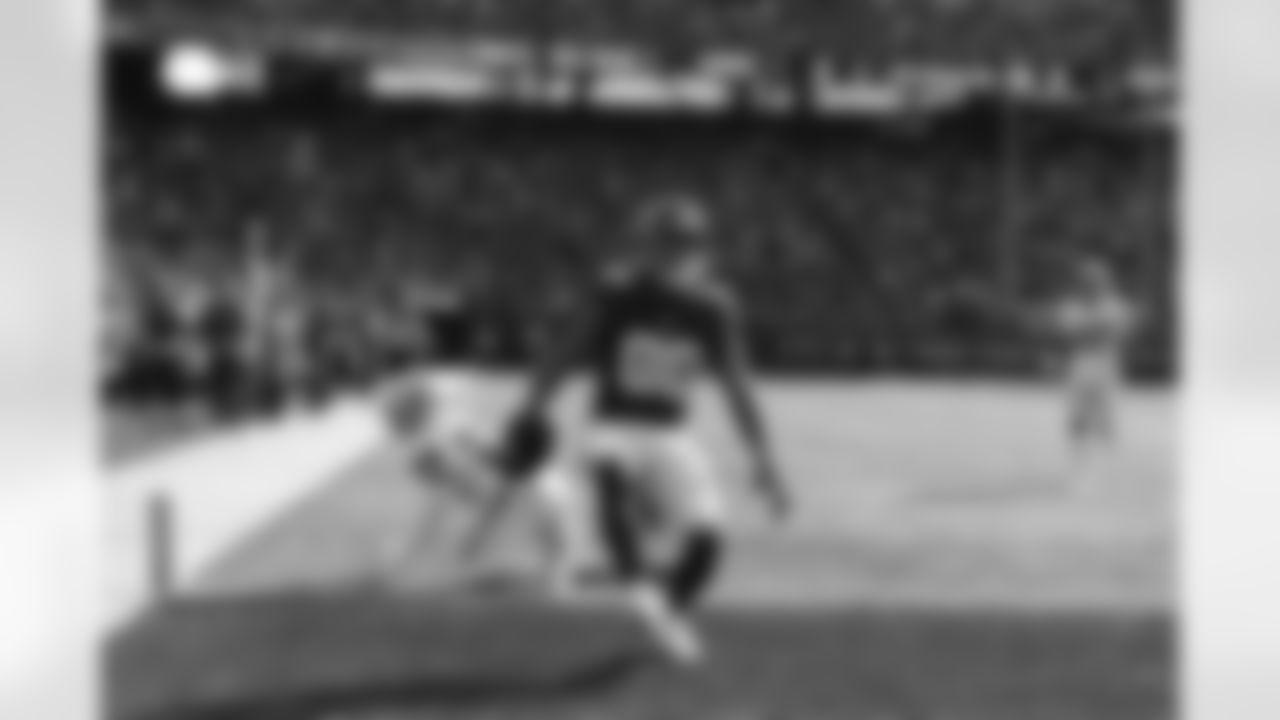
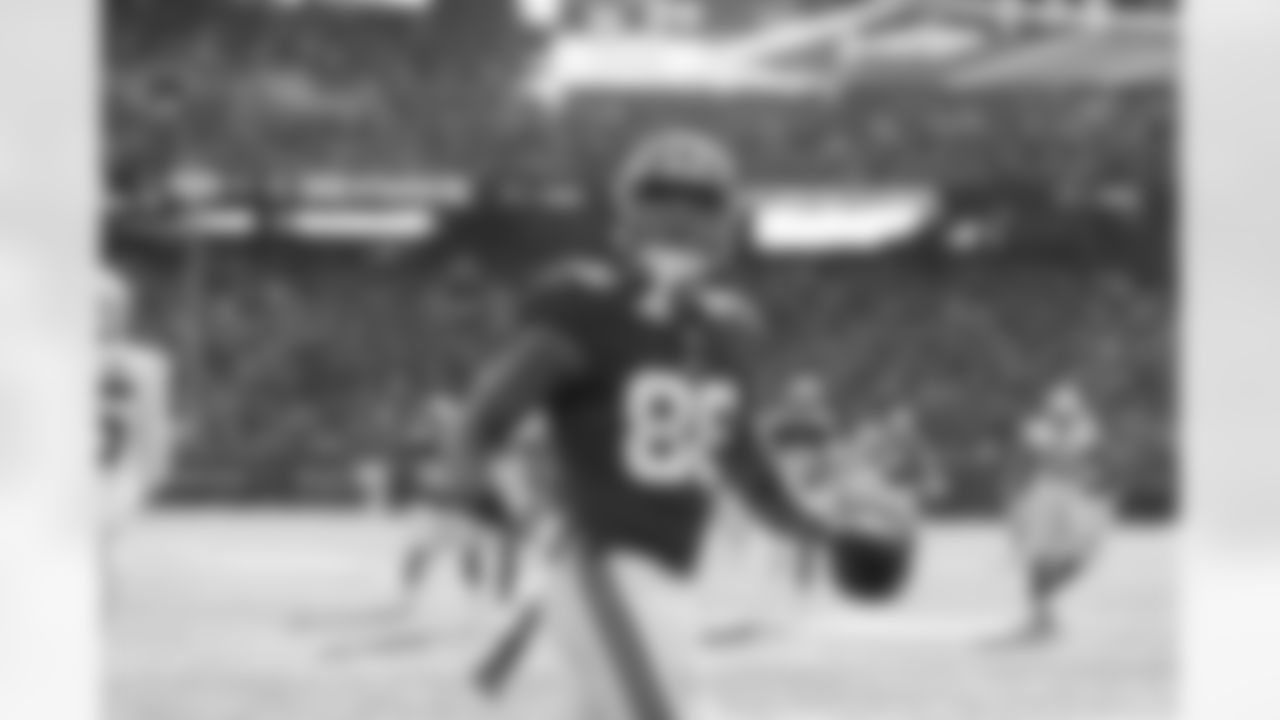
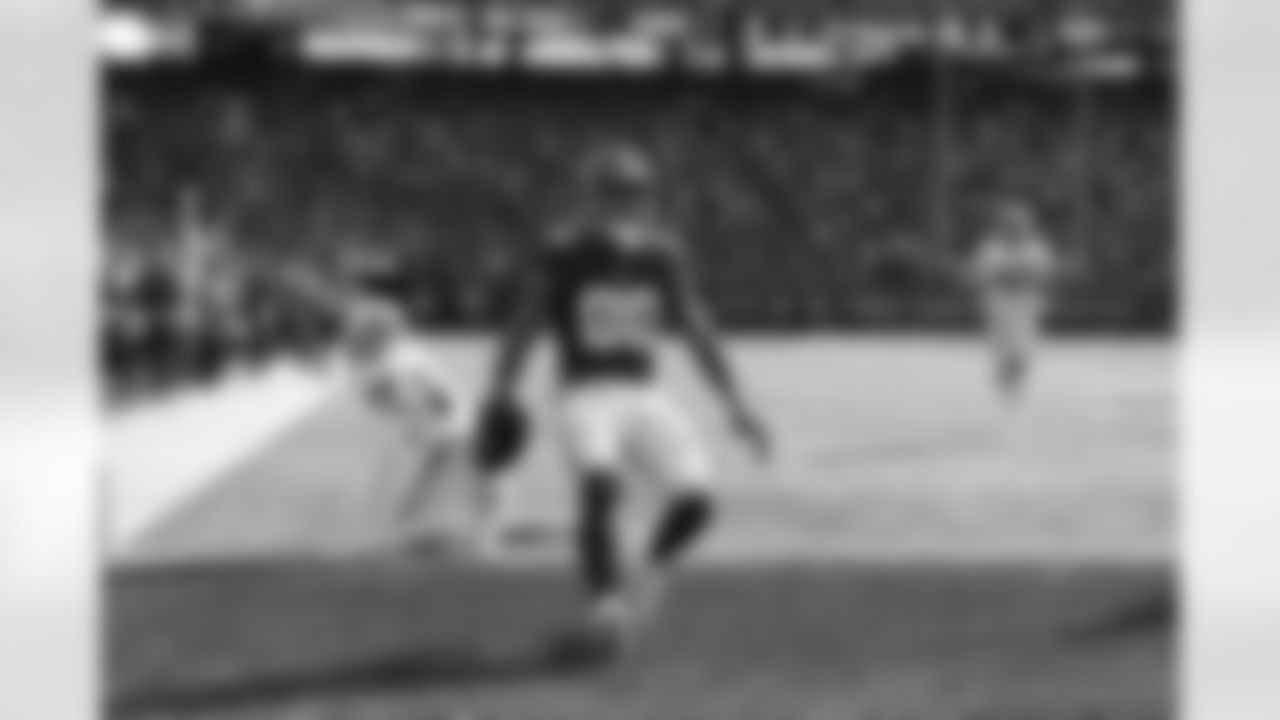
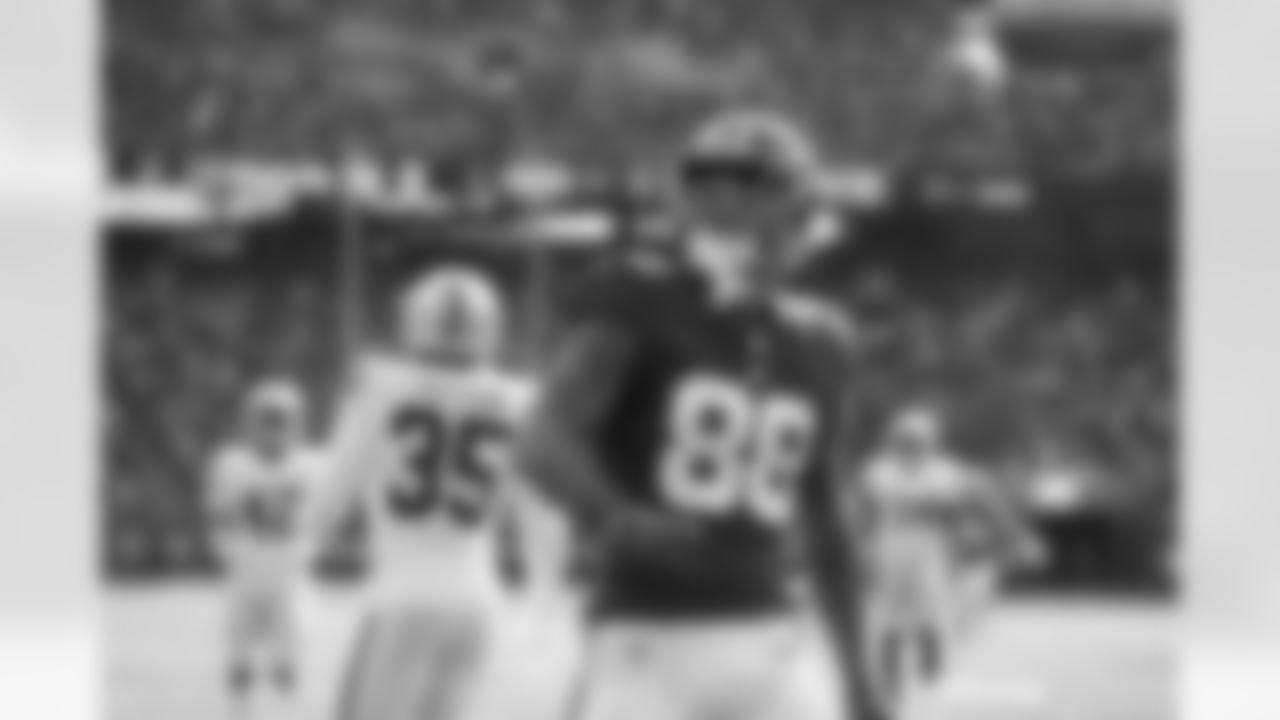
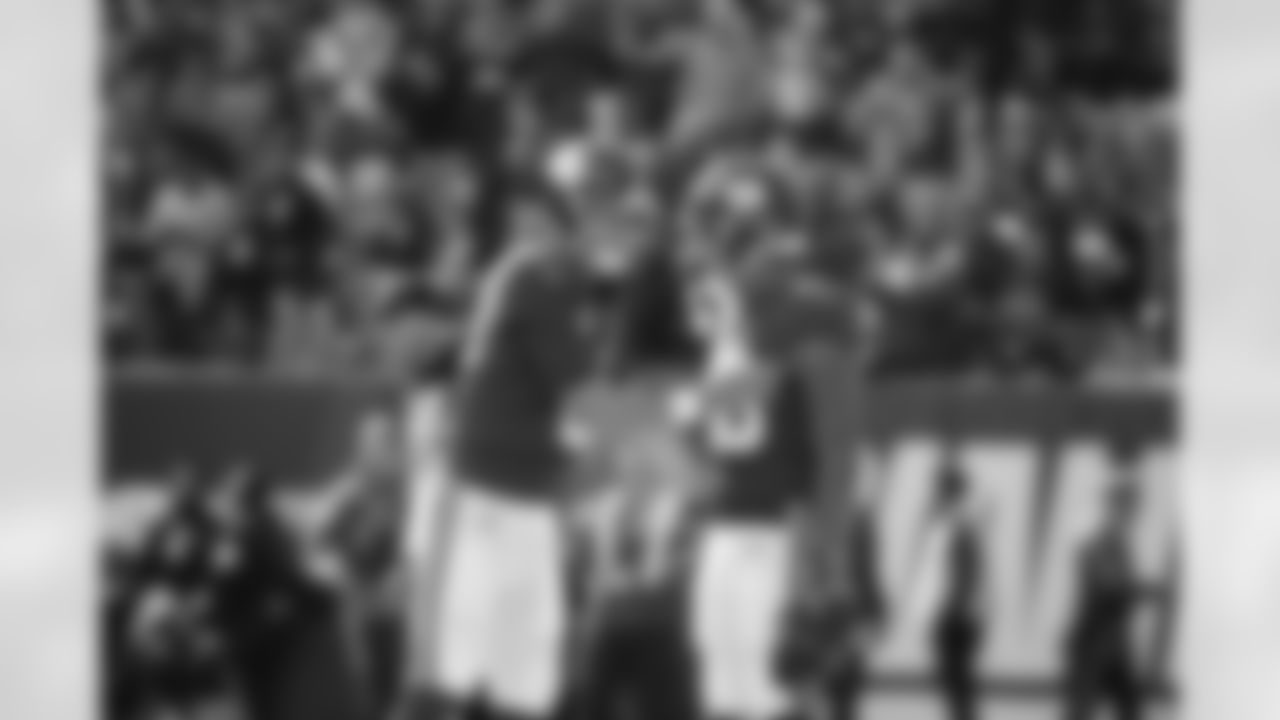
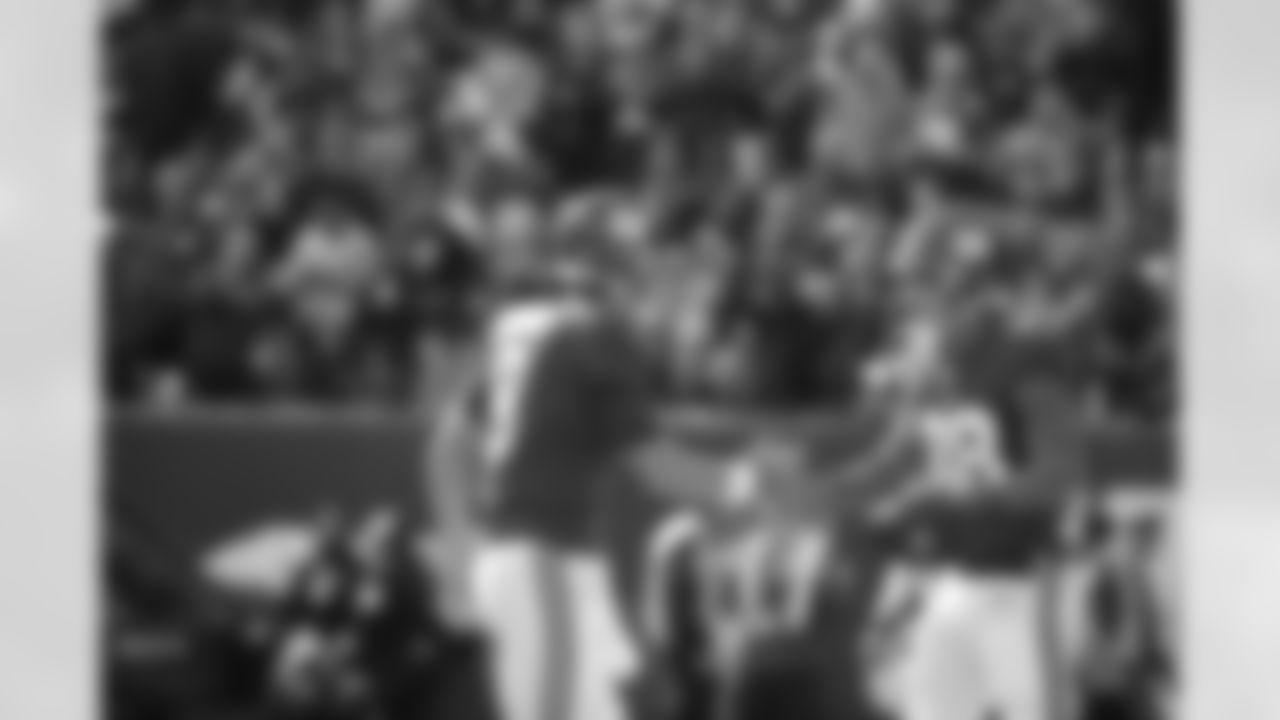
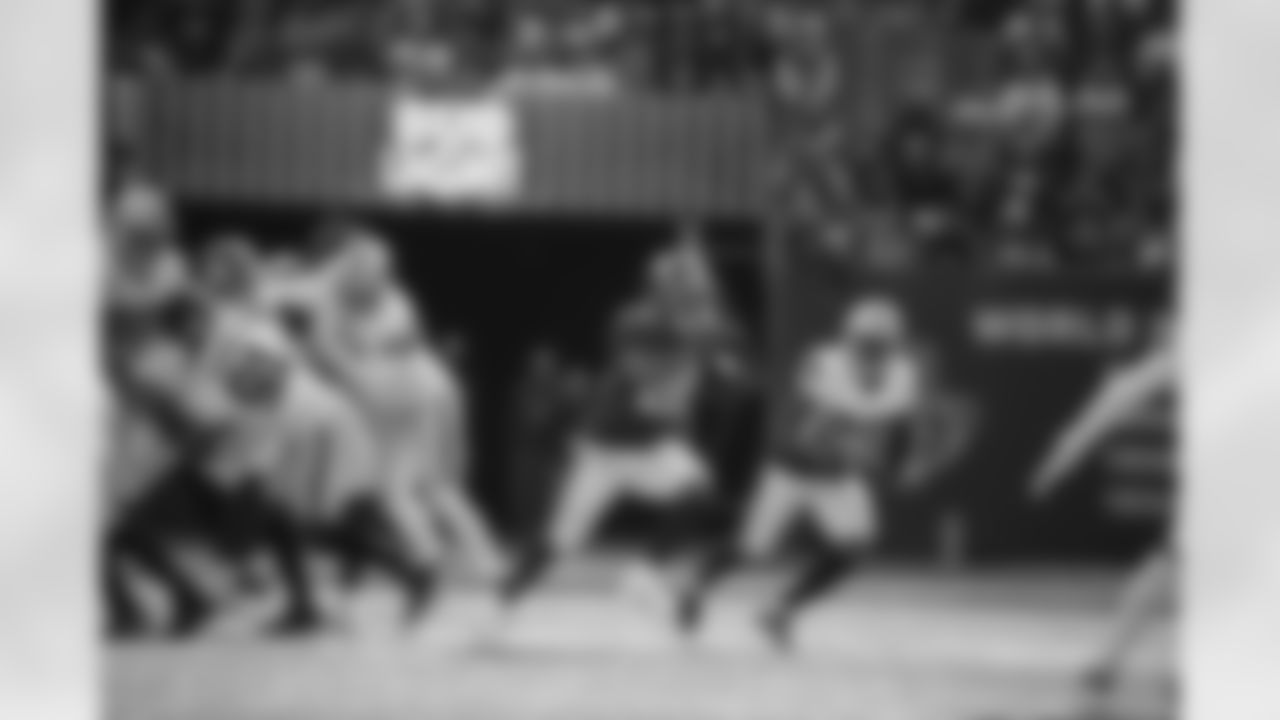
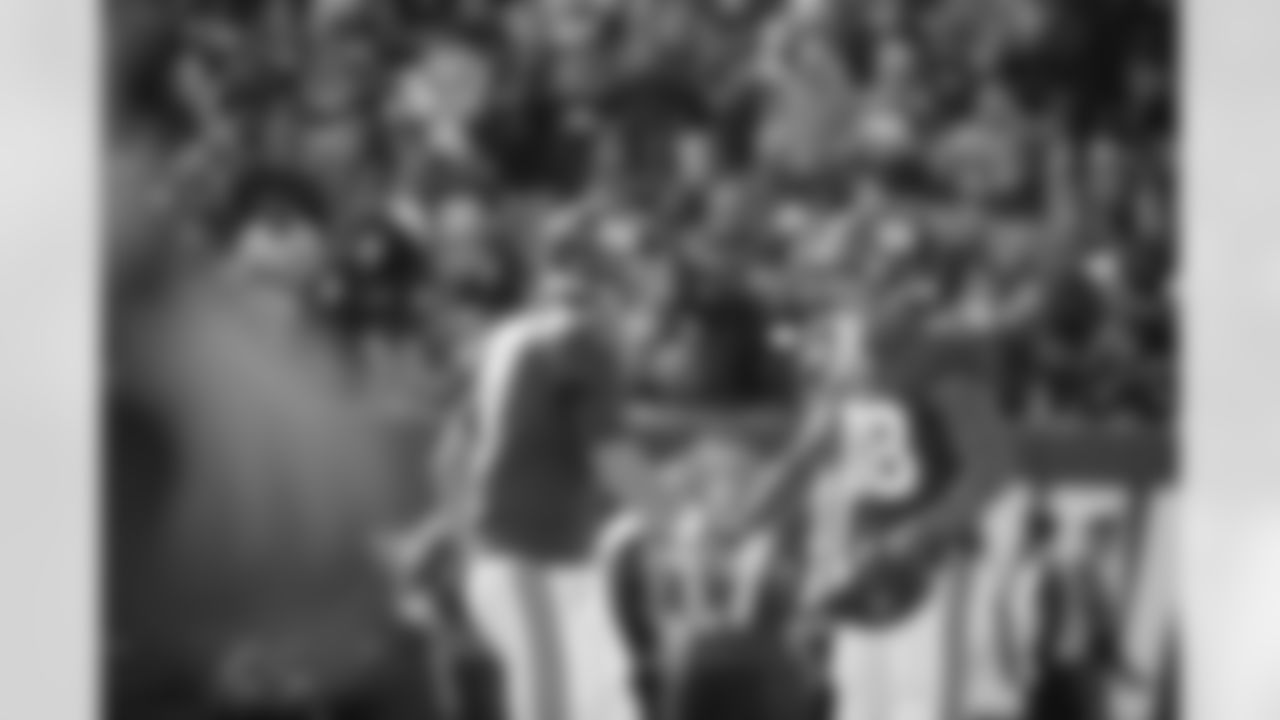
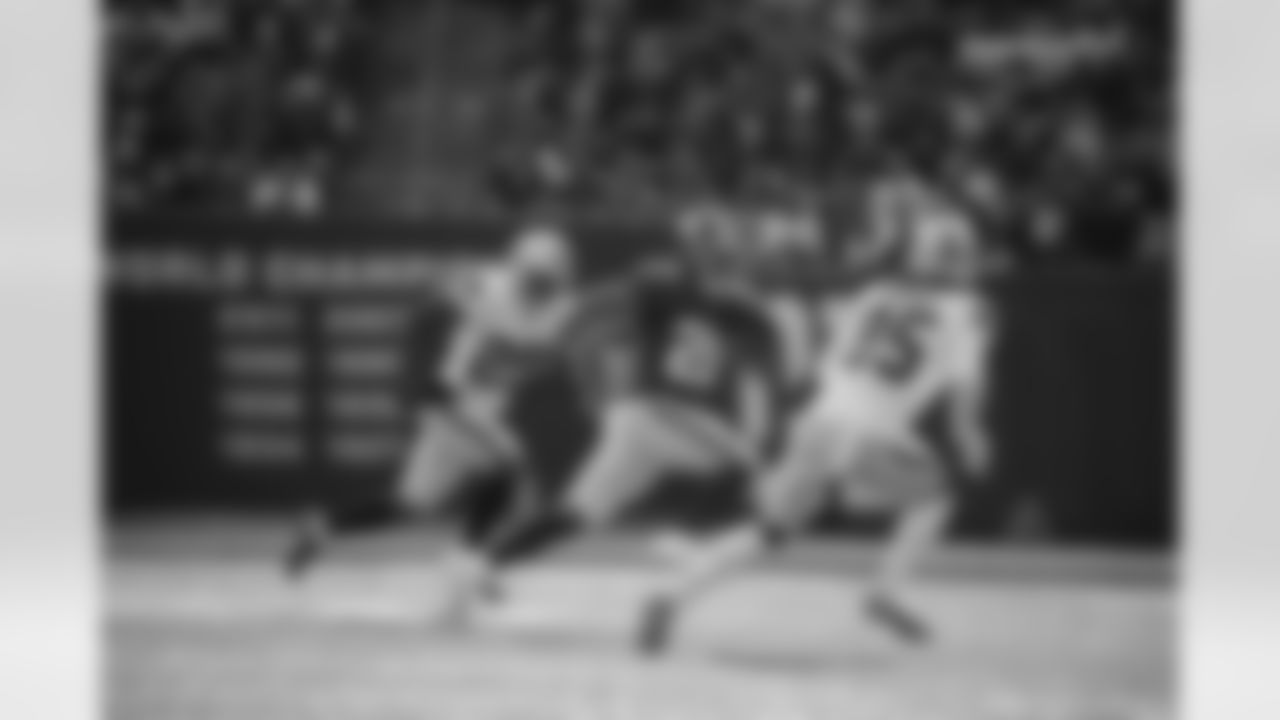
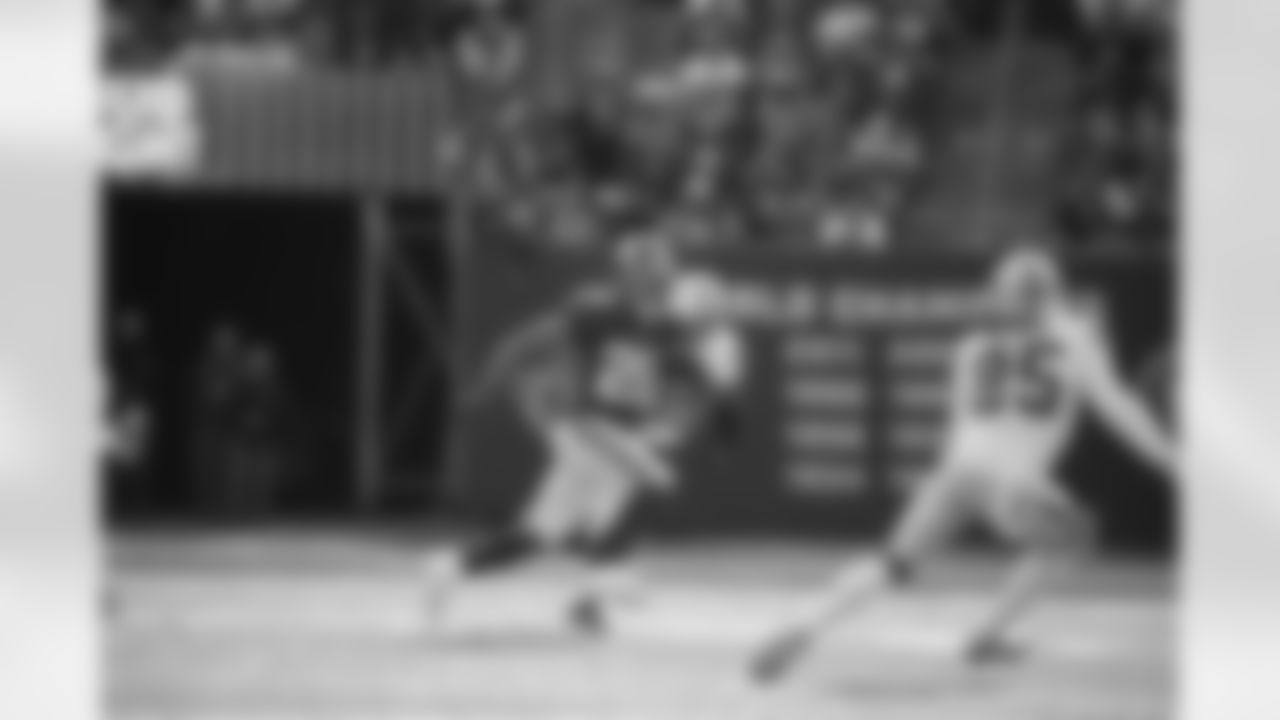
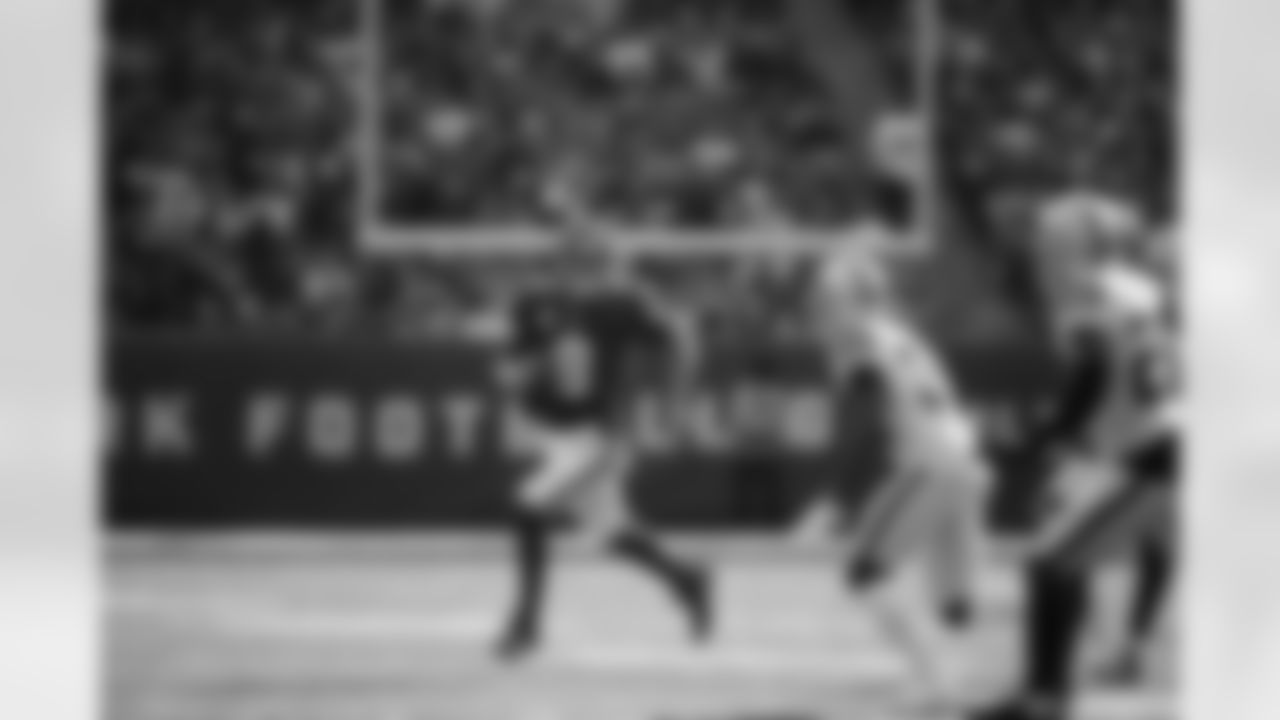
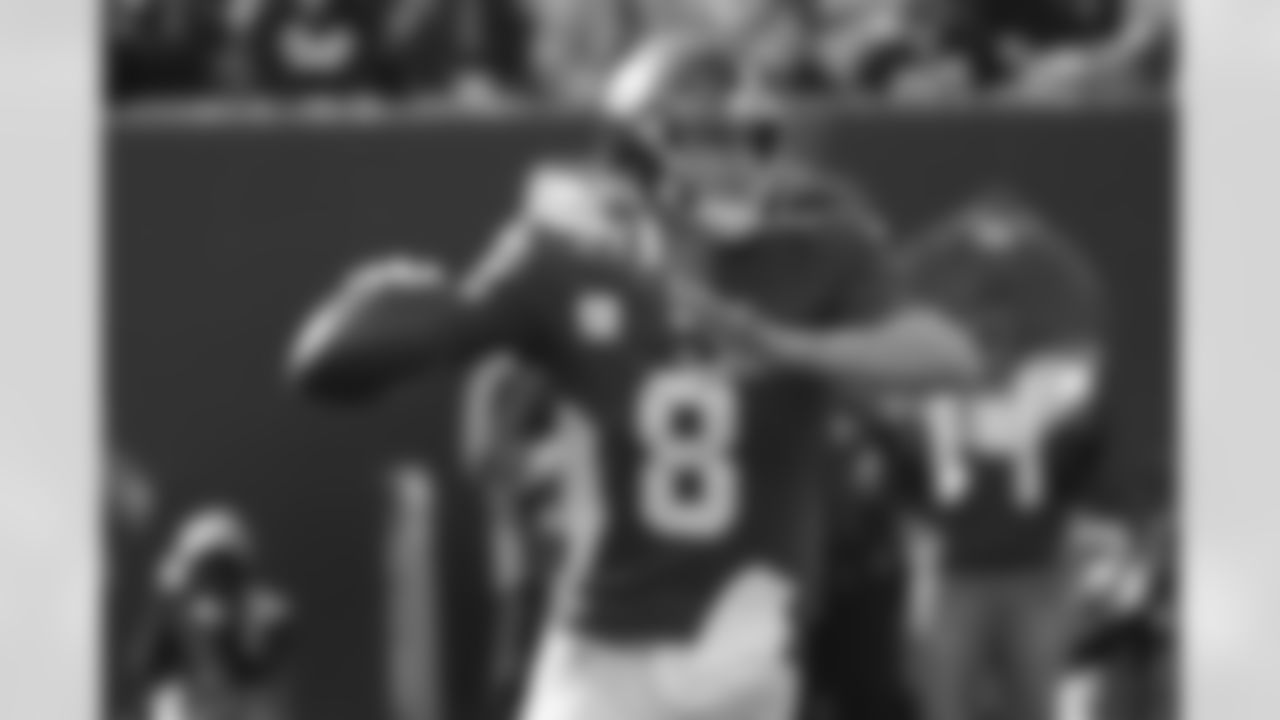
New York Giants quarterback Daniel Jones (8) throws a pass during the first half of an NFL football game against the Las Vegas Raiders Sunday, Nov. 7, 2021, in East Rutherford, N.J. (AP Photo/Bill Kostroun)
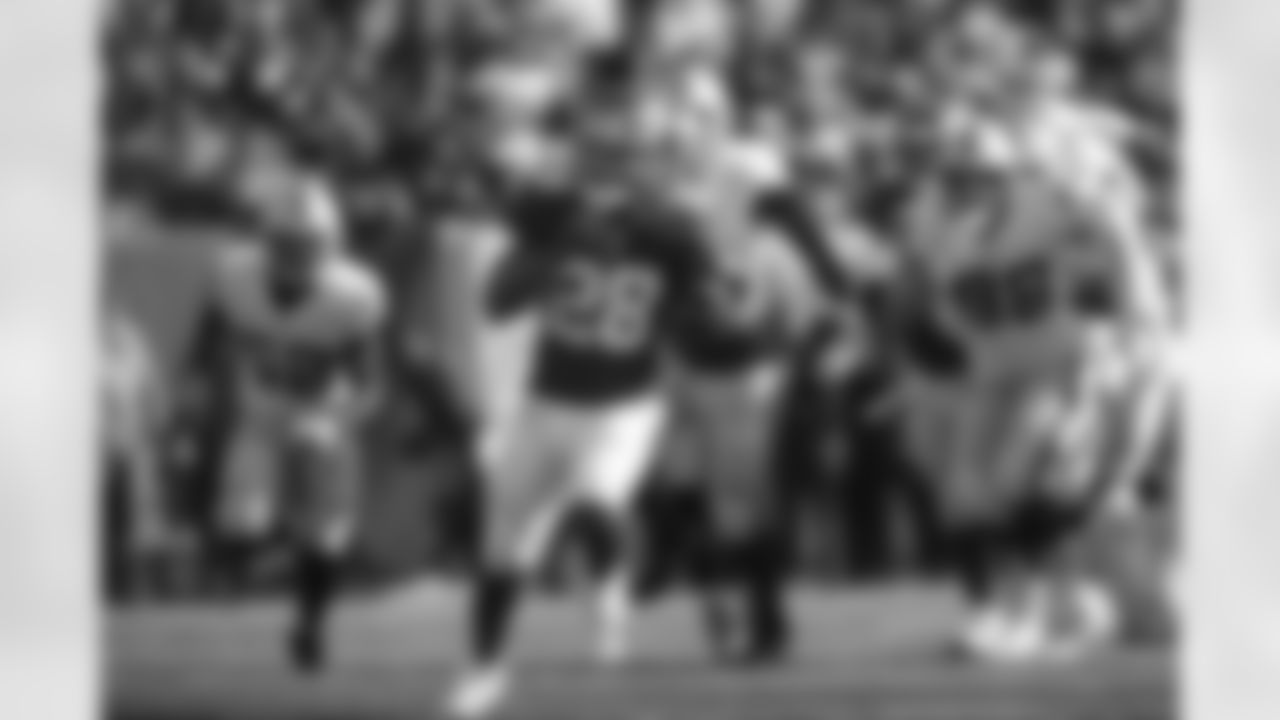
New York Giants running back Devontae Booker (28) rushes during the first half of an NFL football game against the Las Vegas Raiders Sunday, Nov. 7, 2021, in East Rutherford, N.J. (AP Photo/John Munson)

New York Giants' Evan Engram (88) catches a pass in front of Las Vegas Raiders safety Johnathan Abram (24) during the first half of an NFL football game Sunday, Nov. 7, 2021, in East Rutherford, N.J. (AP Photo/John Munson)
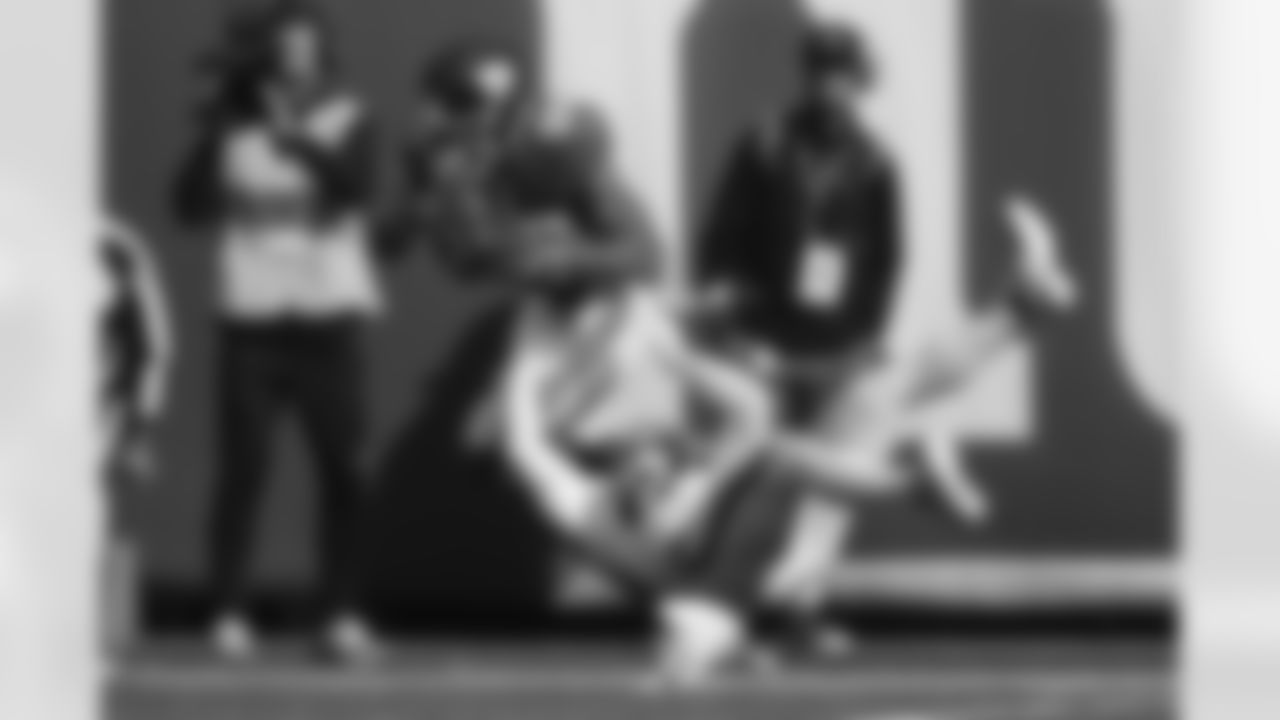
New York Giants' Evan Engram (88) catches a pass in front of Las Vegas Raiders safety Johnathan Abram (24) during the first half of an NFL football game, Sunday, Nov. 7, 2021, in East Rutherford, N.J. Engram scored a touchdown on the play. (AP Photo/John Munson)
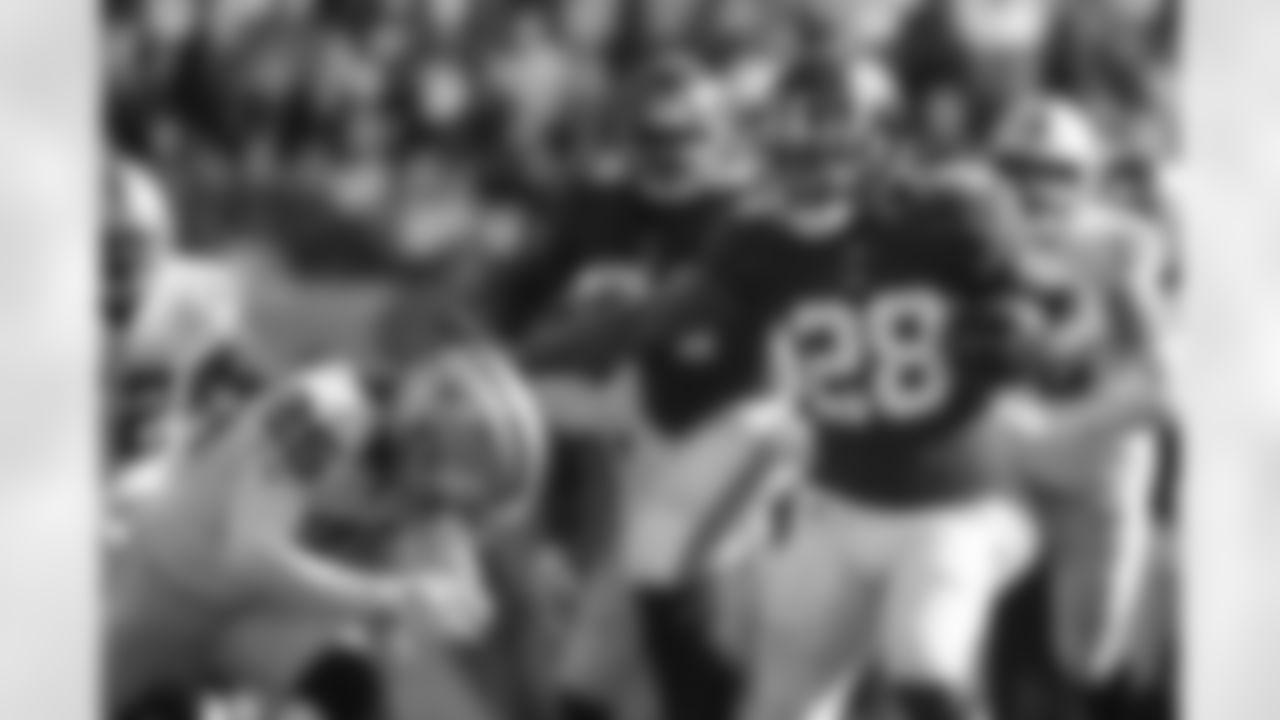
New York Giants running back Devontae Booker (28) rushes past Las Vegas Raiders free safety Trevon Moehrig (25) during the first half of an NFL football game Sunday, Nov. 7, 2021, in East Rutherford, N.J. (AP Photo/John Munson)
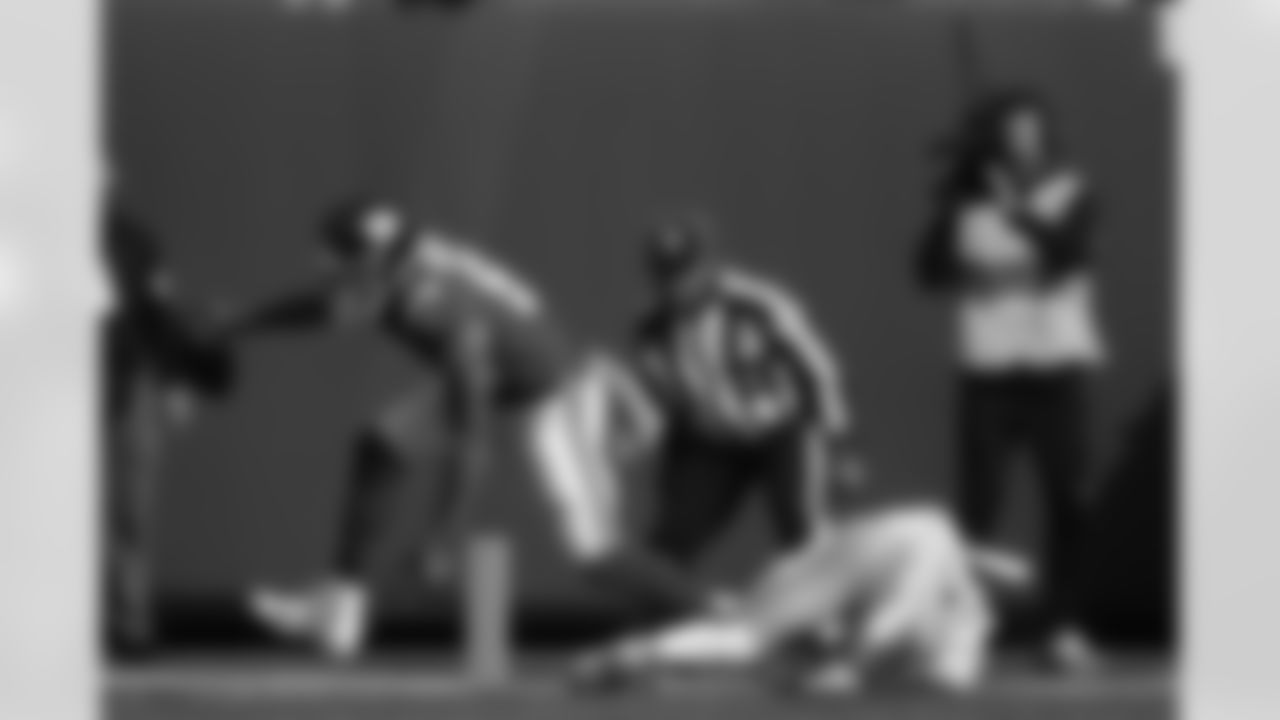
New York Giants' Evan Engram (88) runs away from Las Vegas Raiders safety Johnathan Abram (24) for a touchdown during the first half of an NFL football game, Sunday, Nov. 7, 2021, in East Rutherford, N.J. (AP Photo/John Munson)
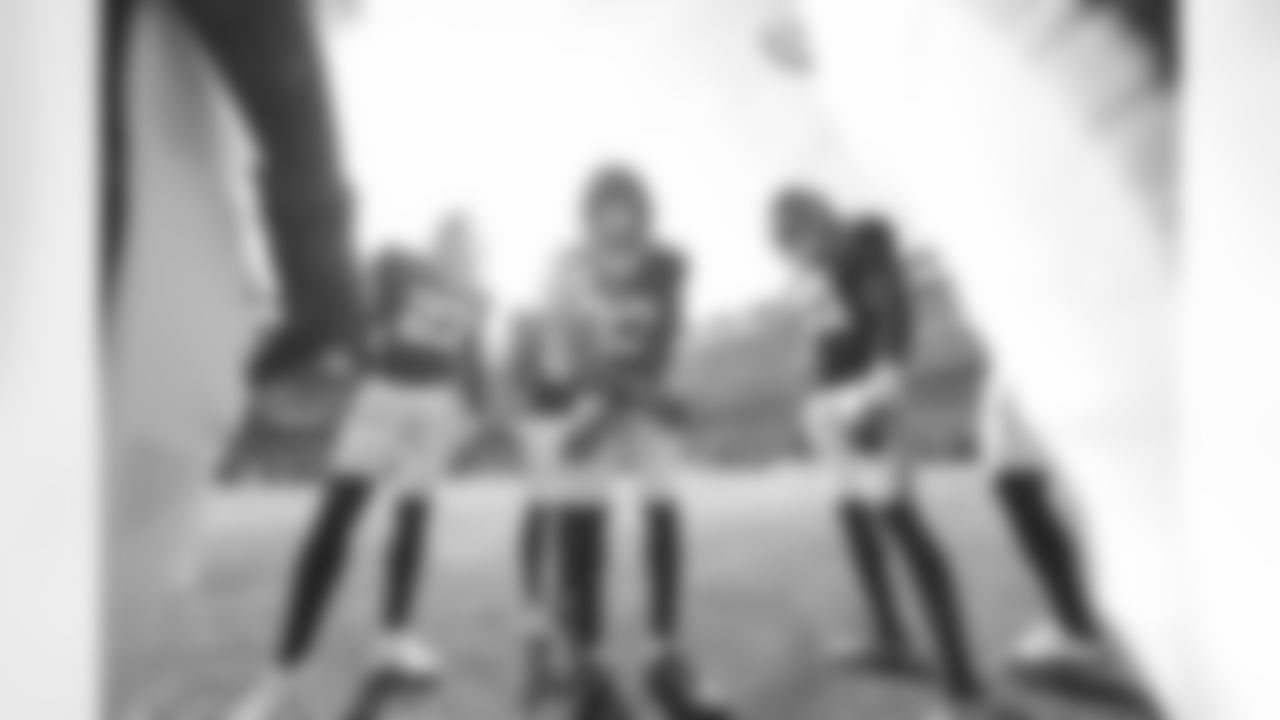
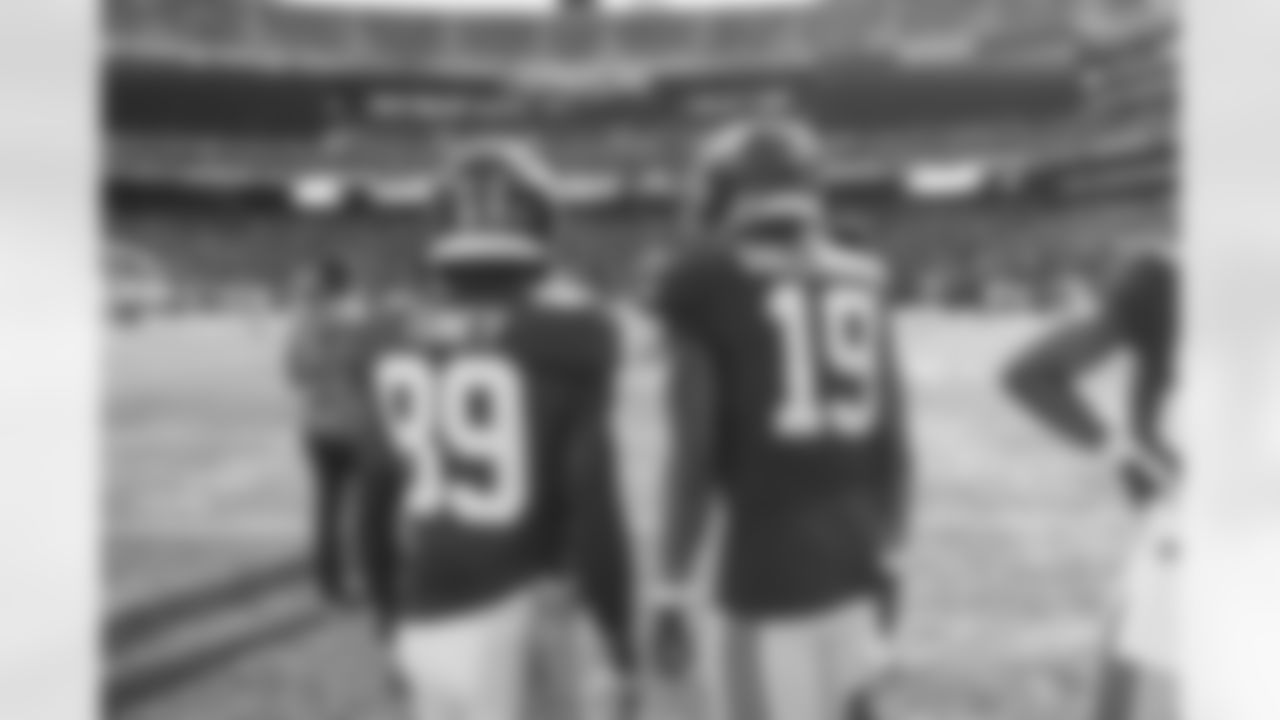
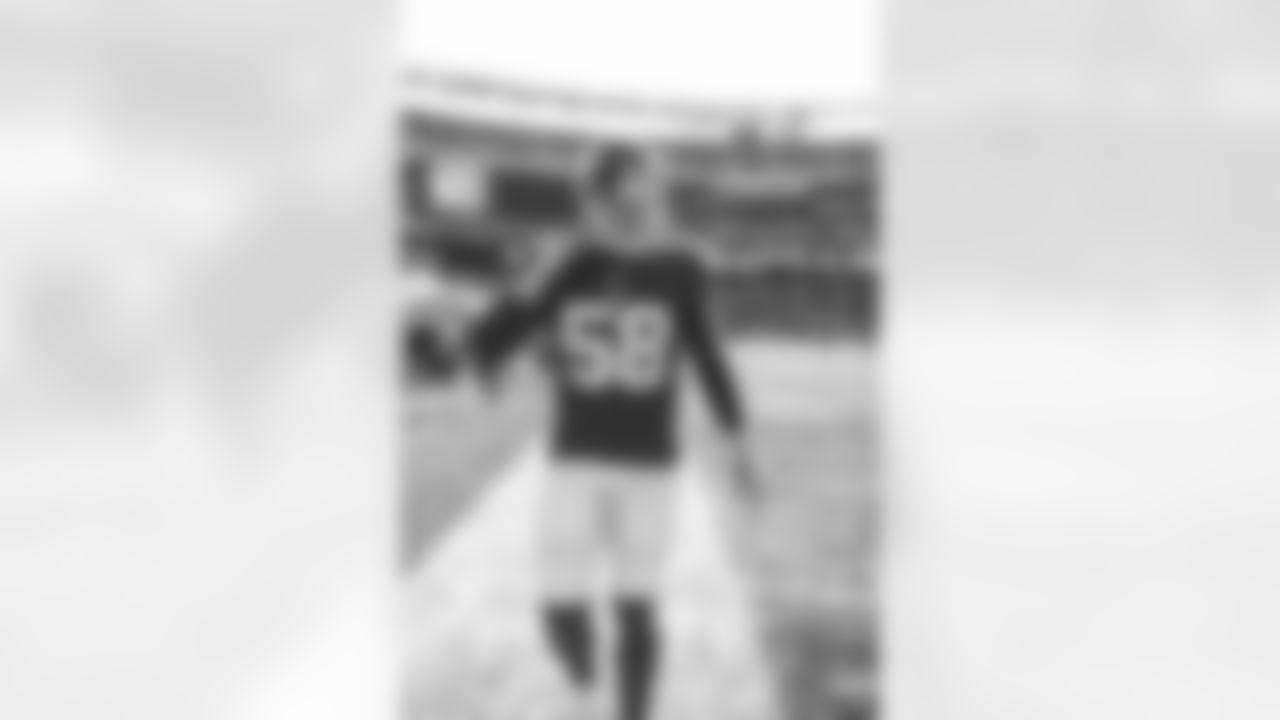
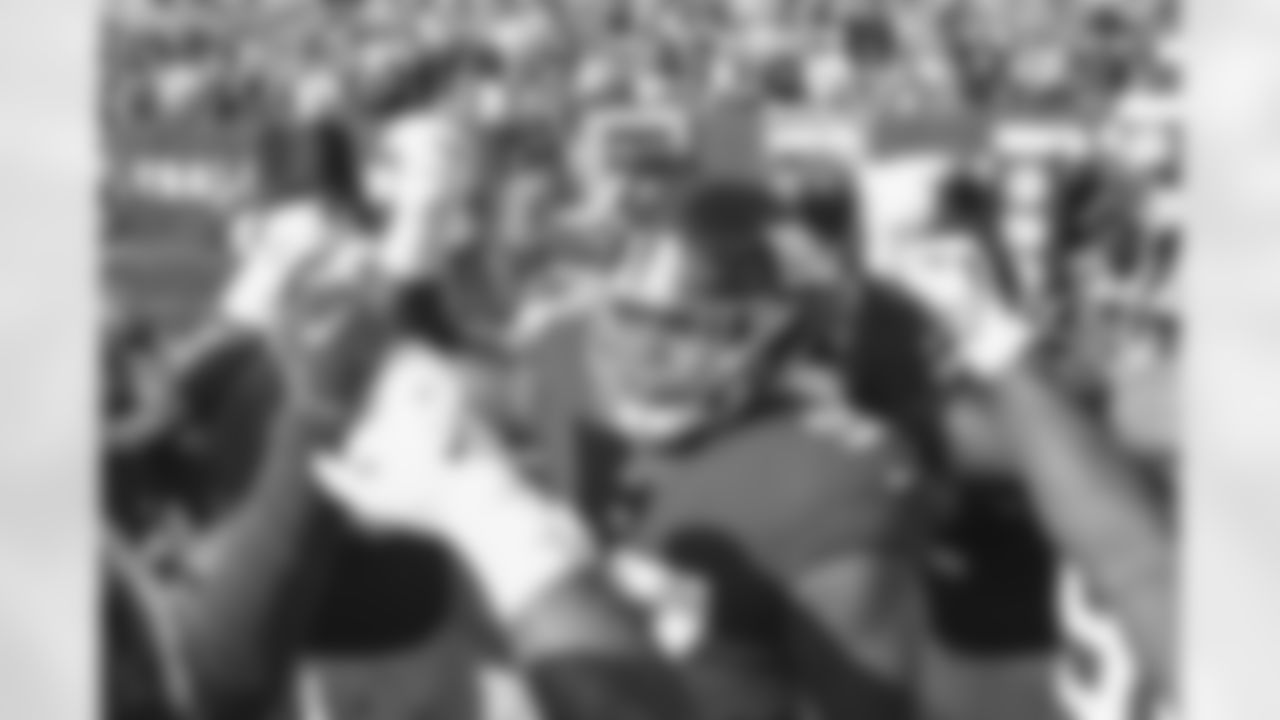



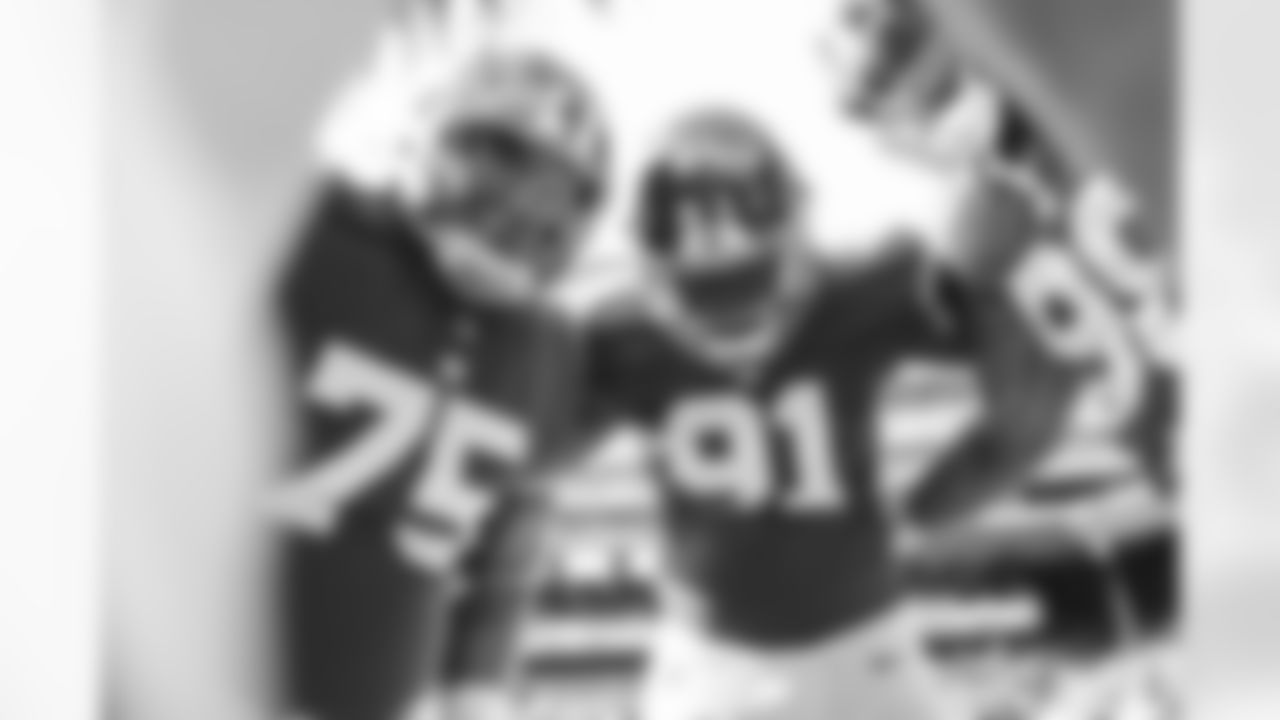
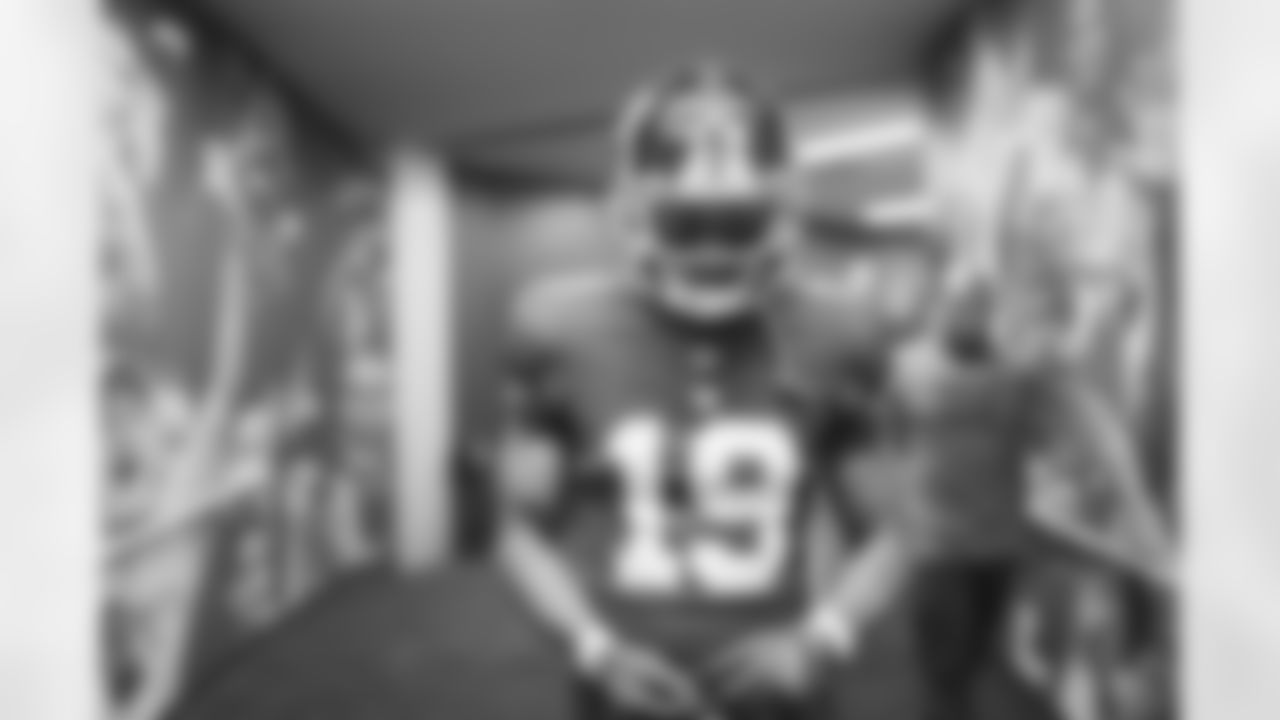
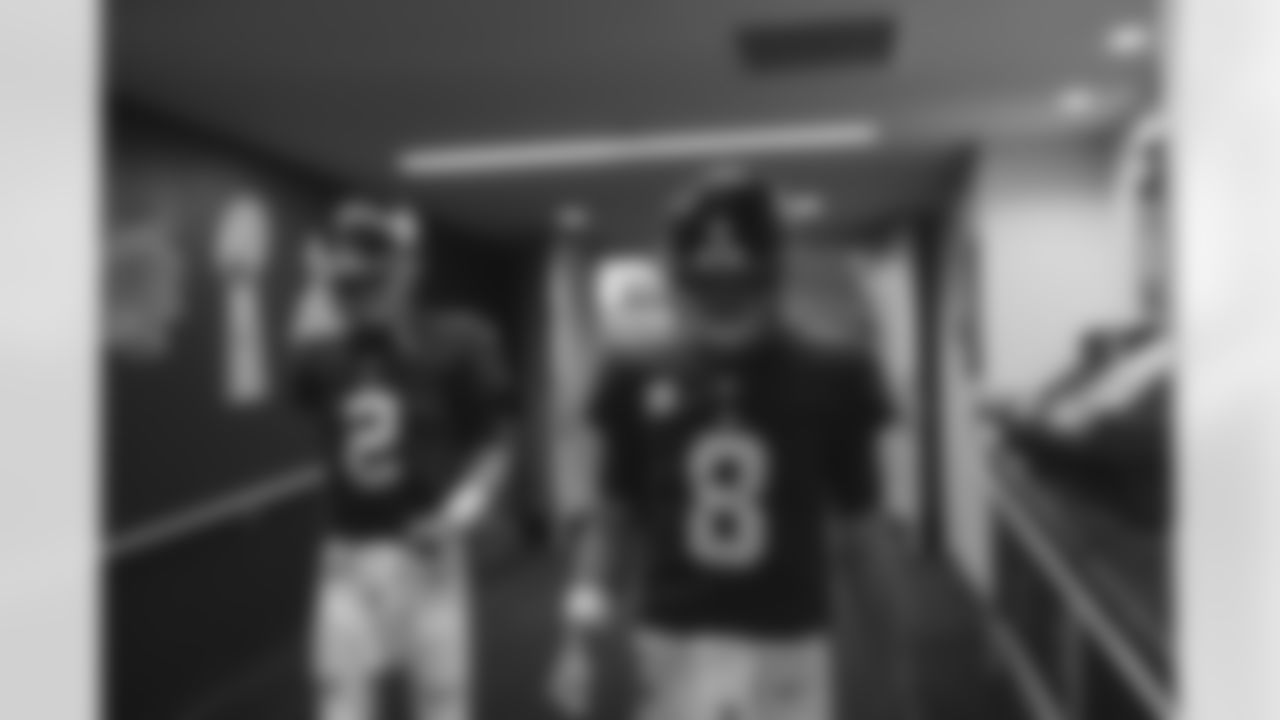

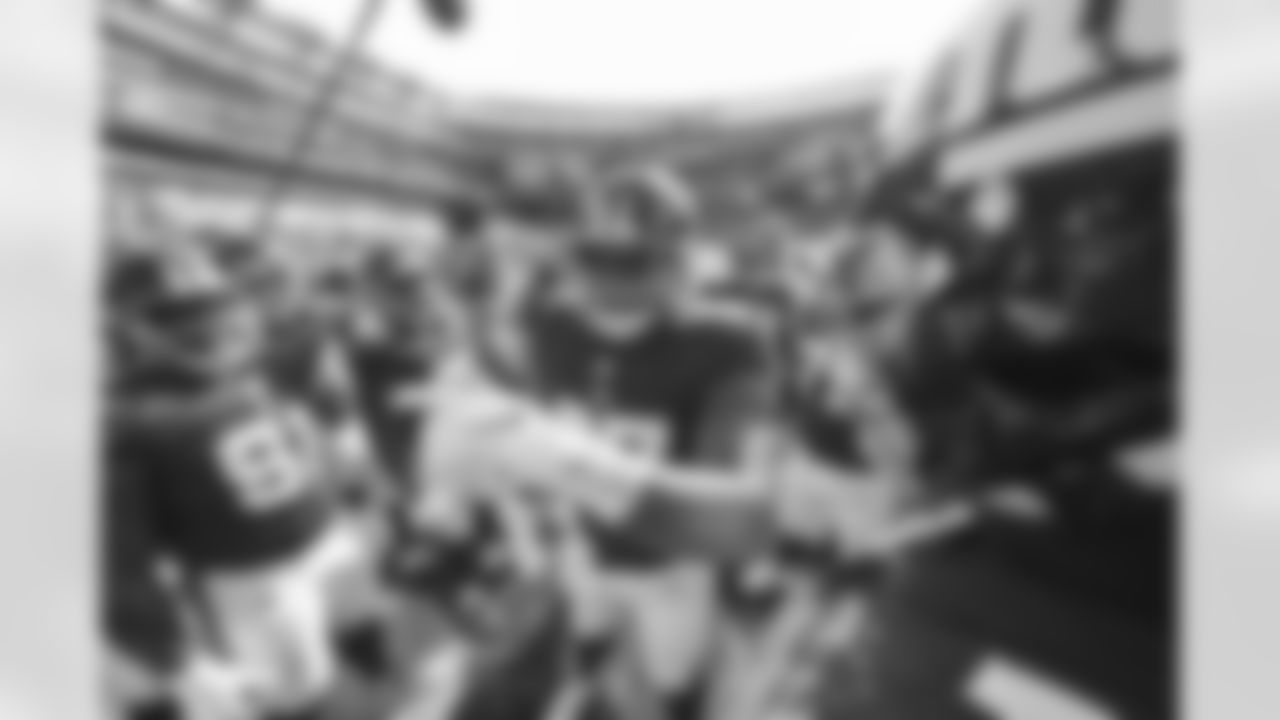
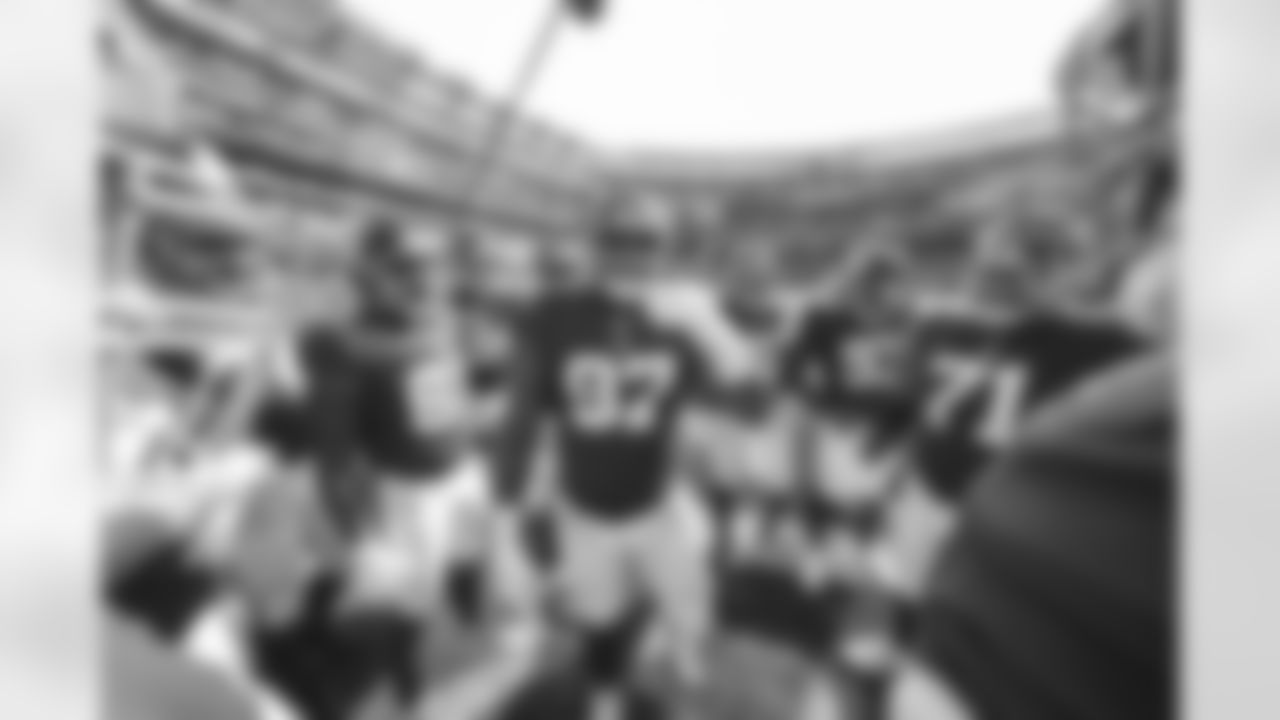
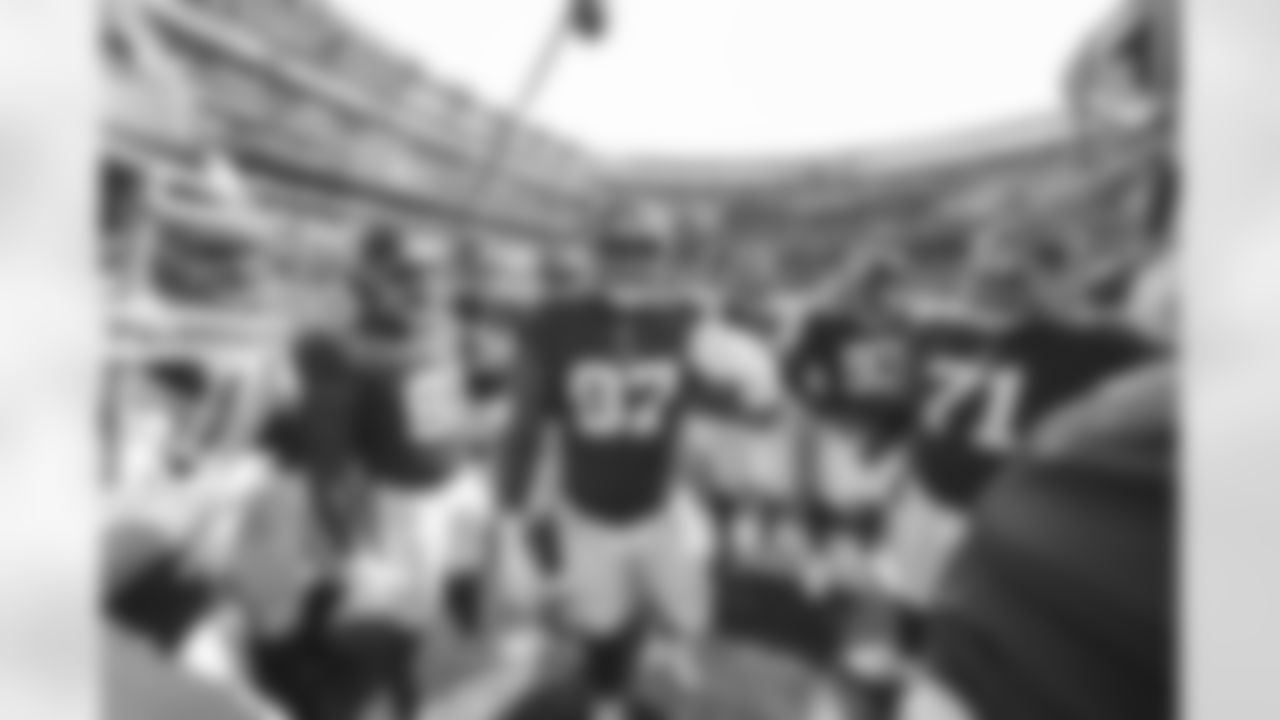

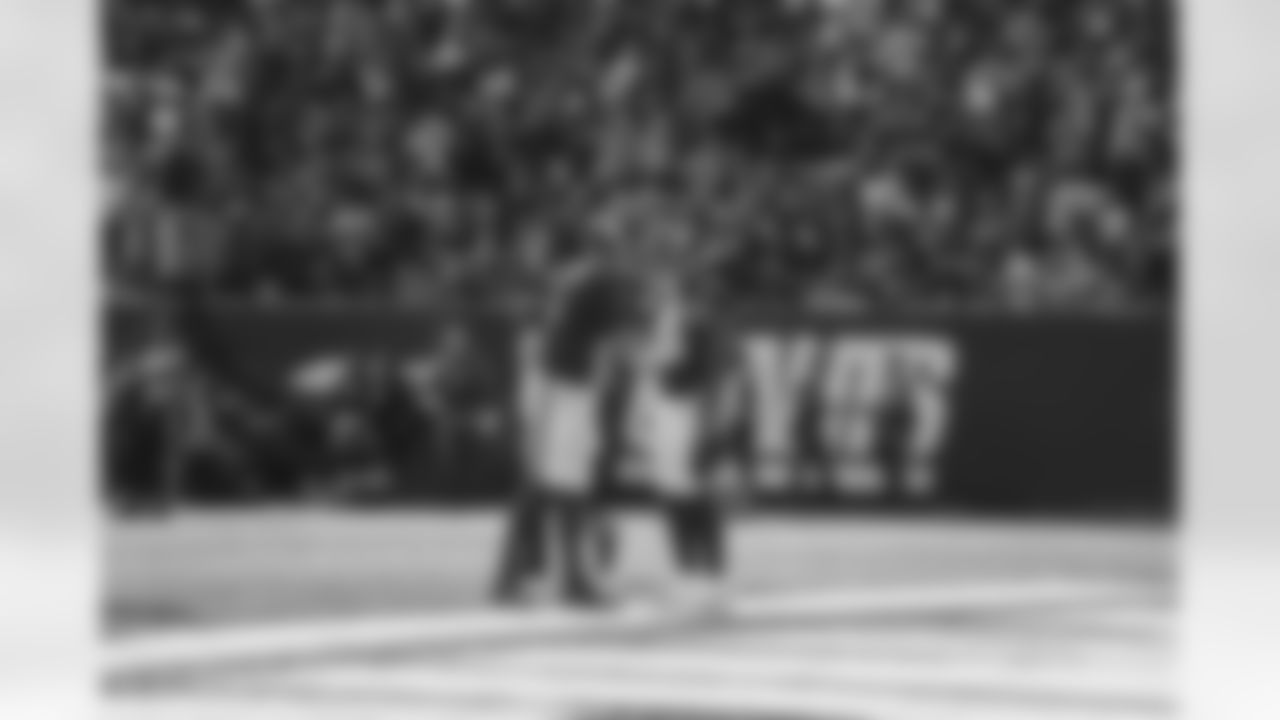
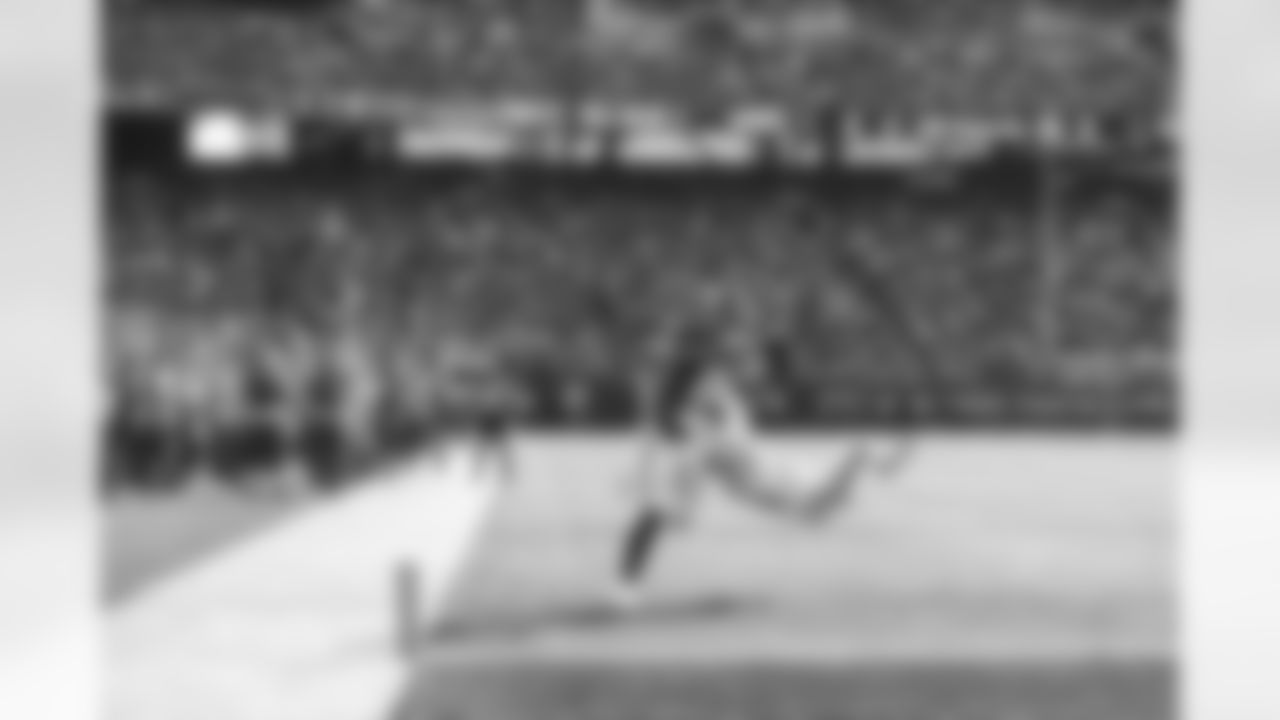
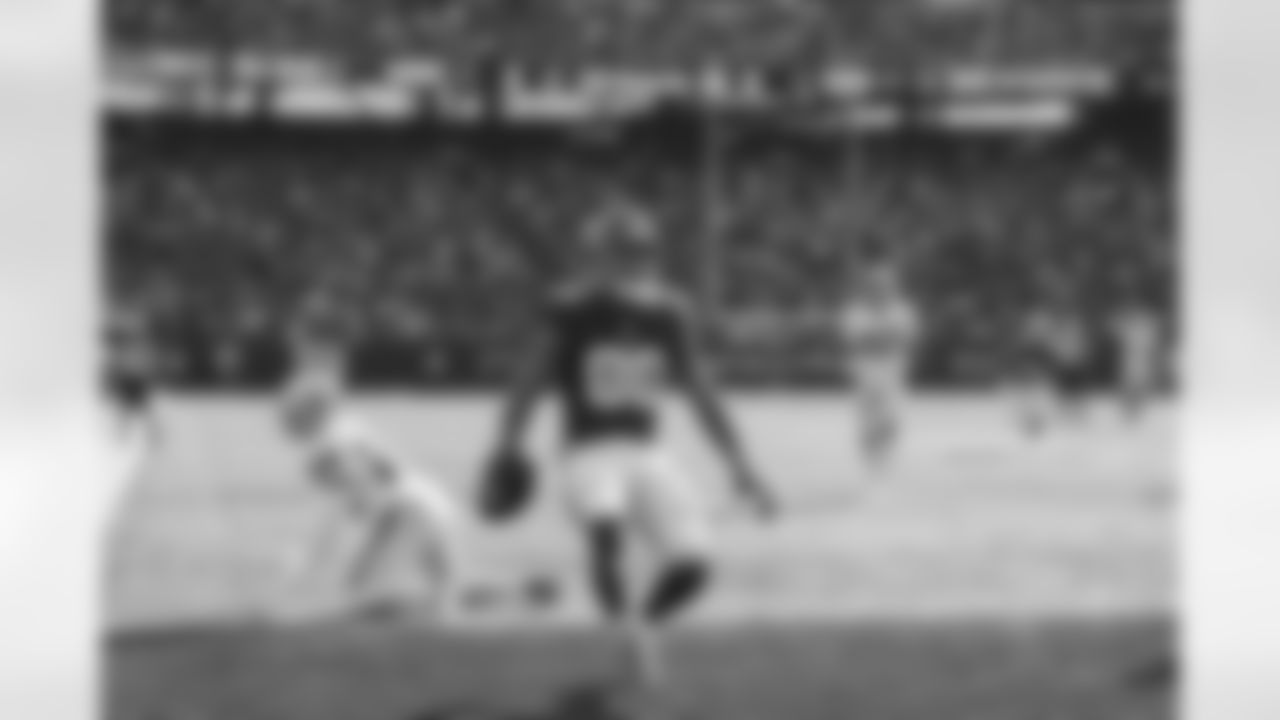
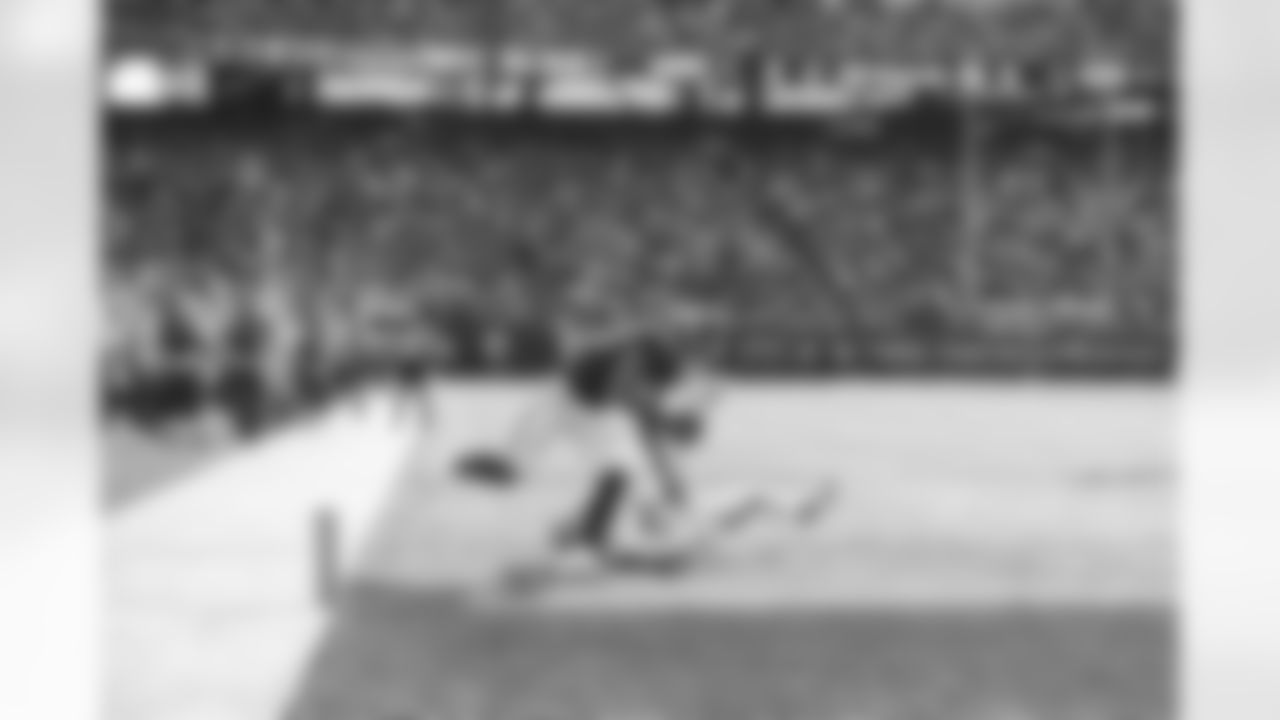
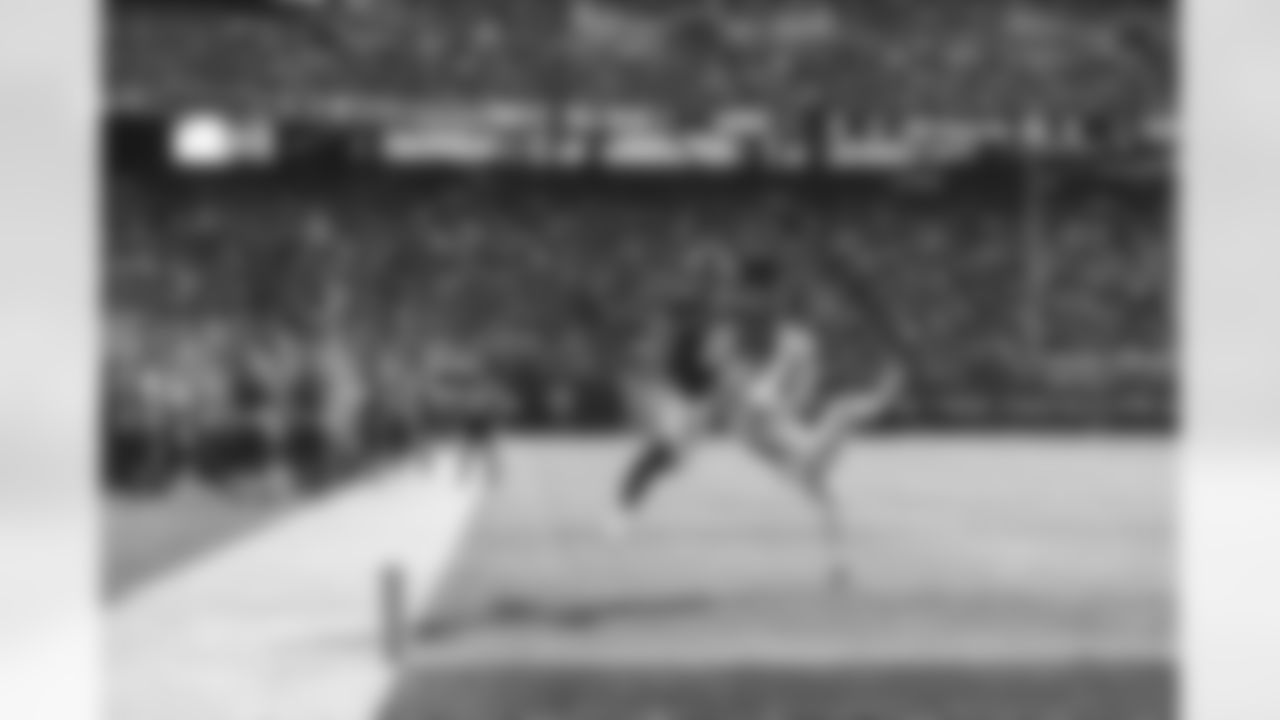
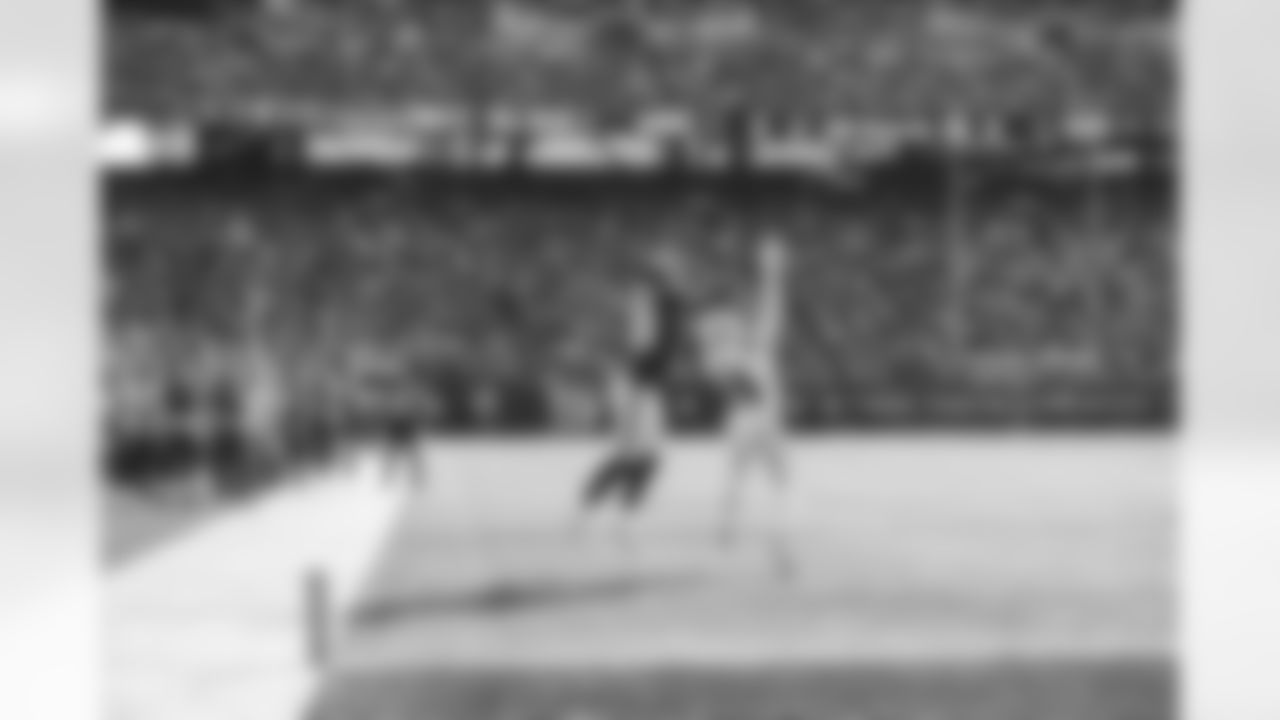
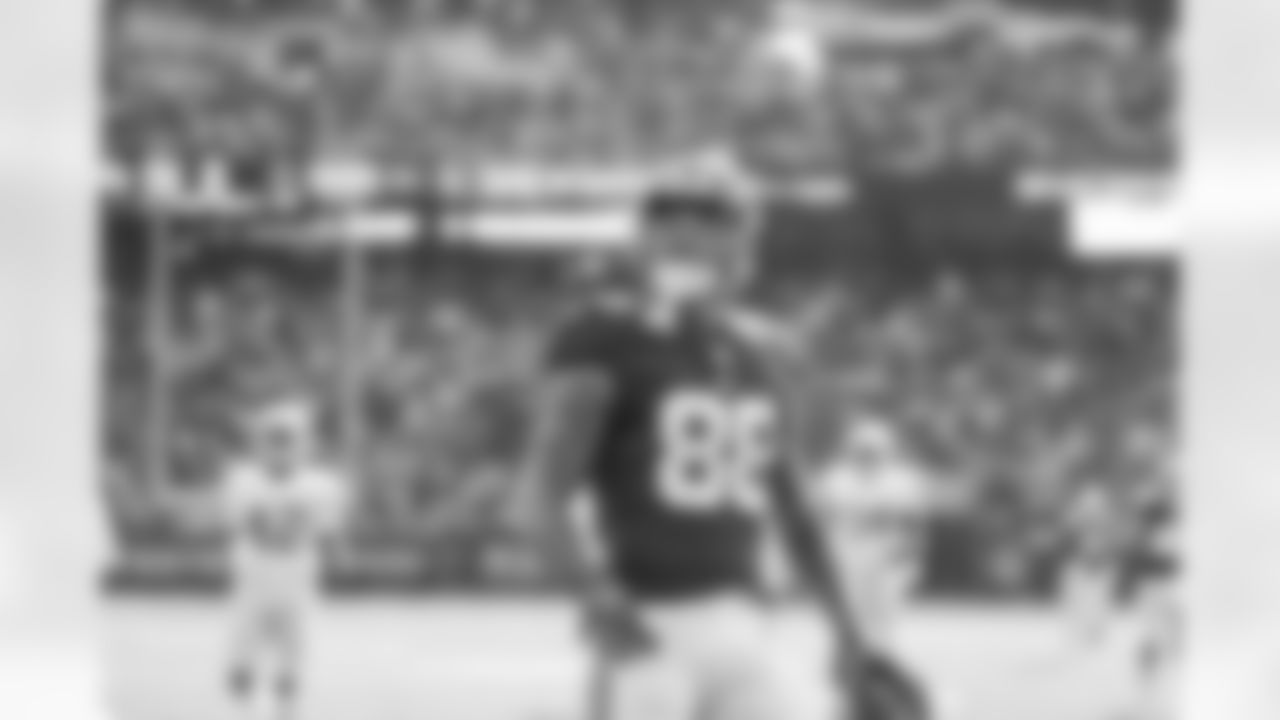
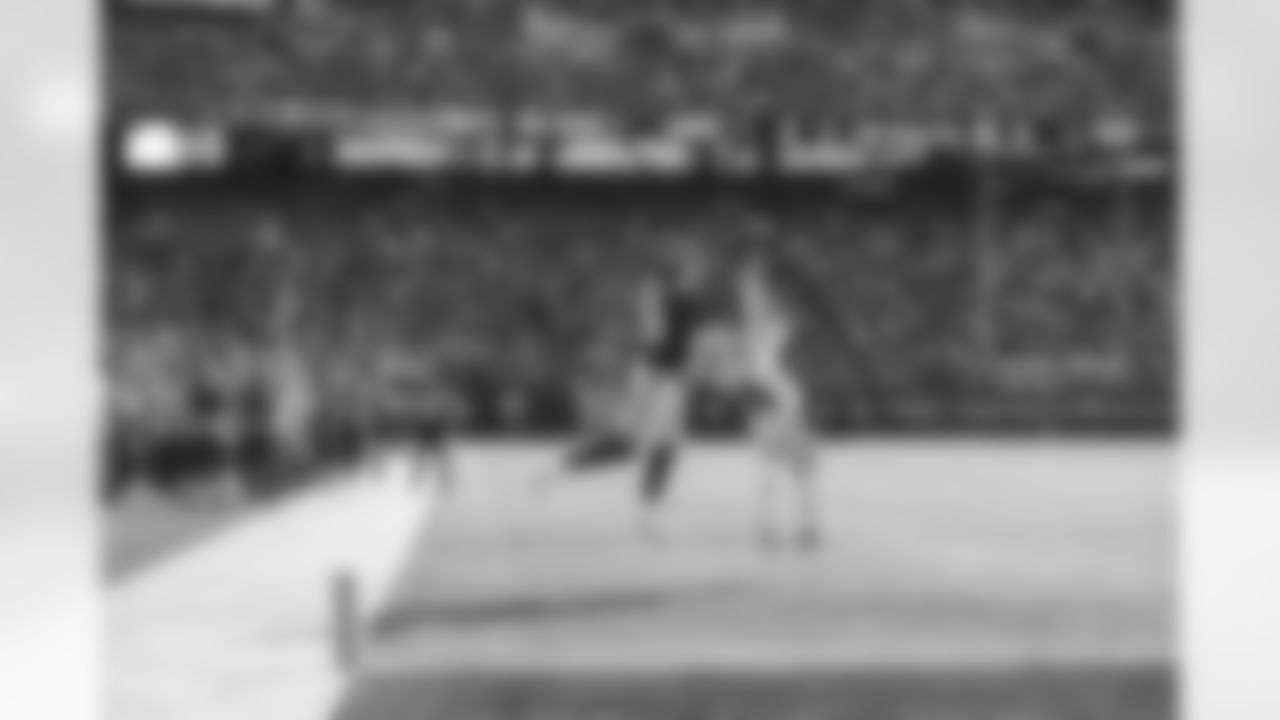
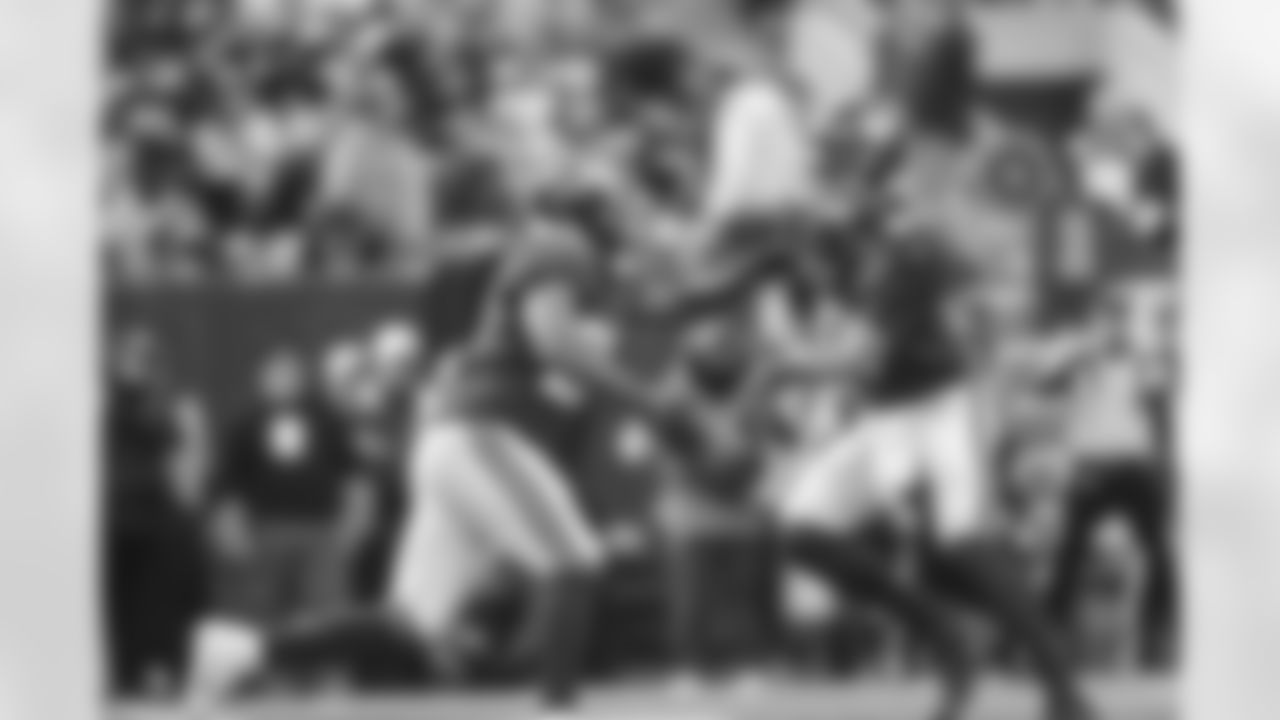
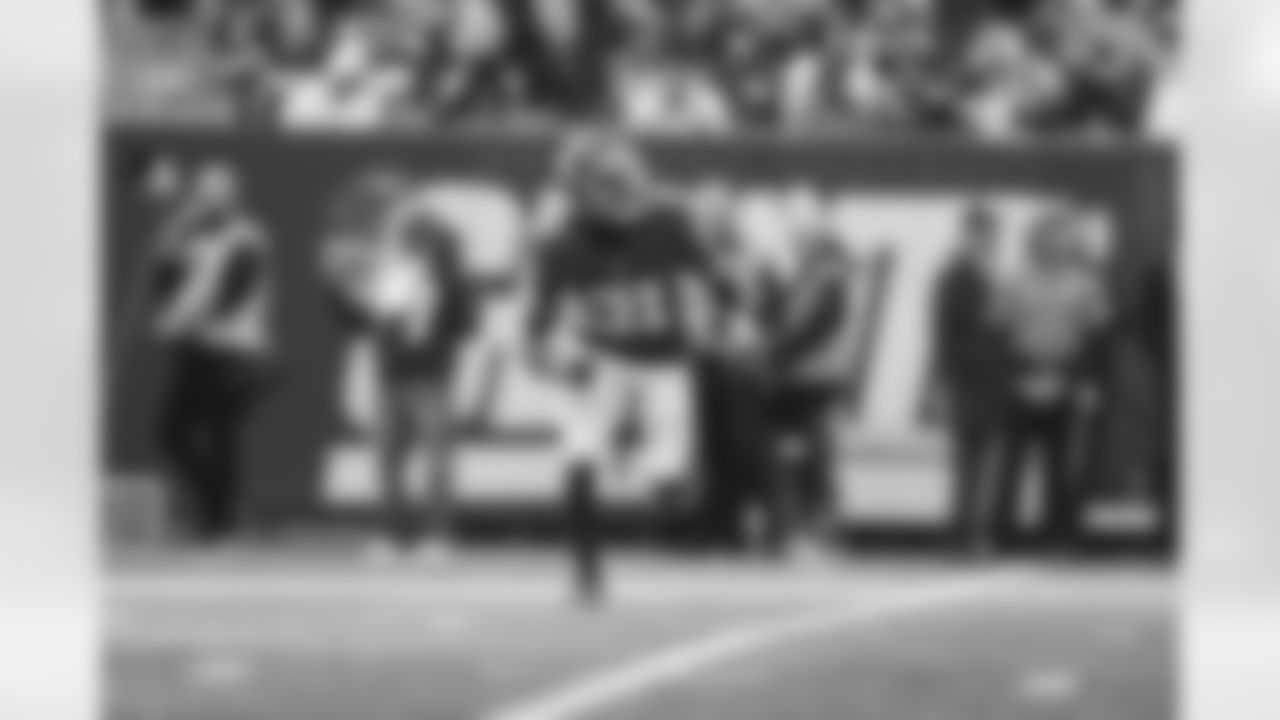
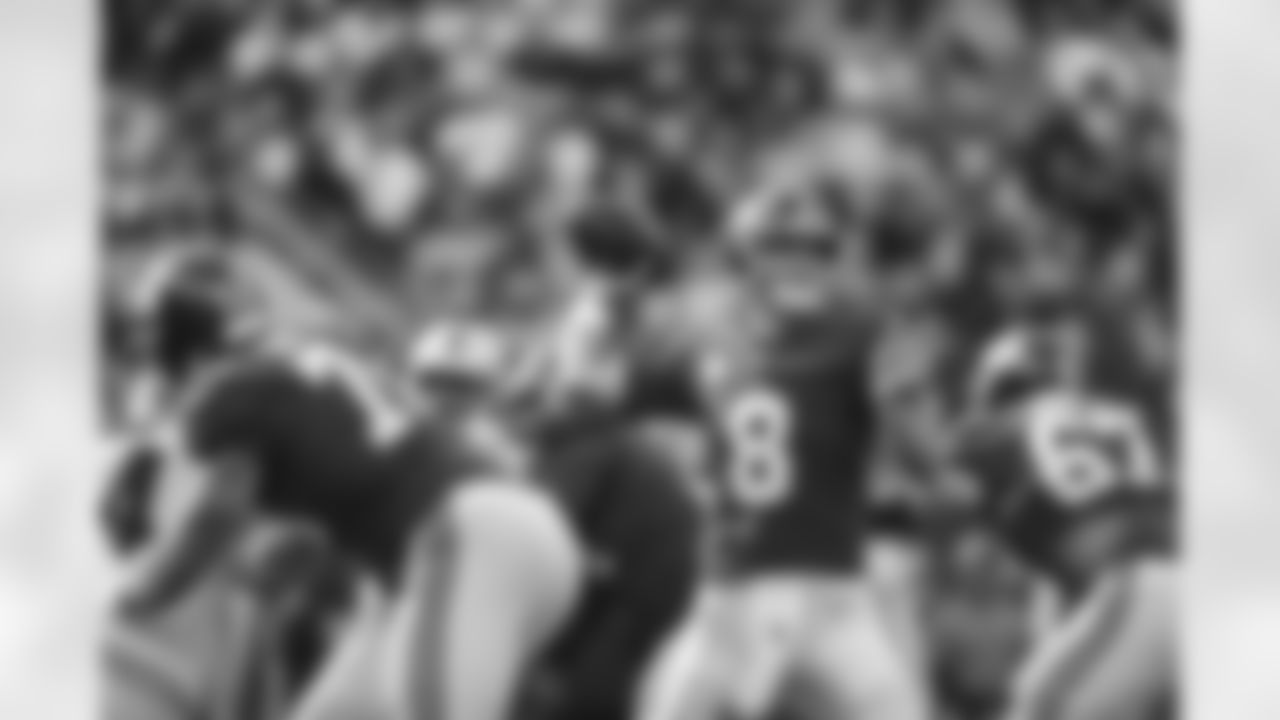
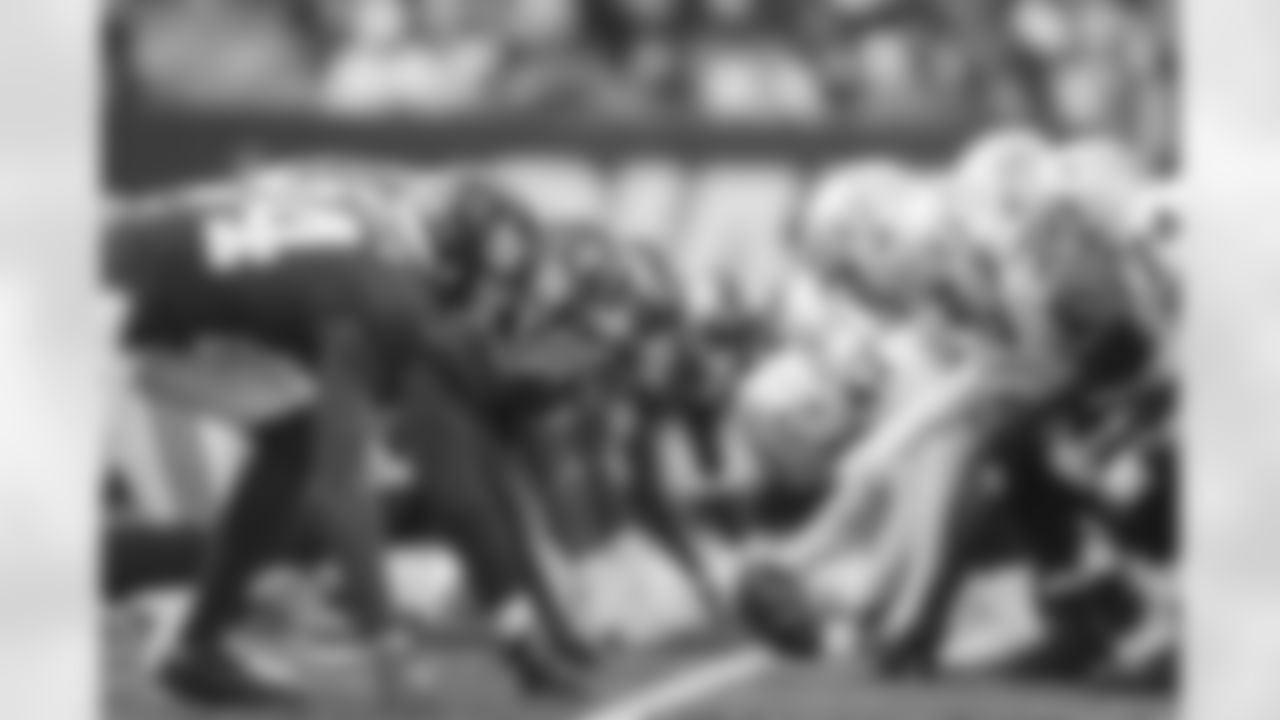
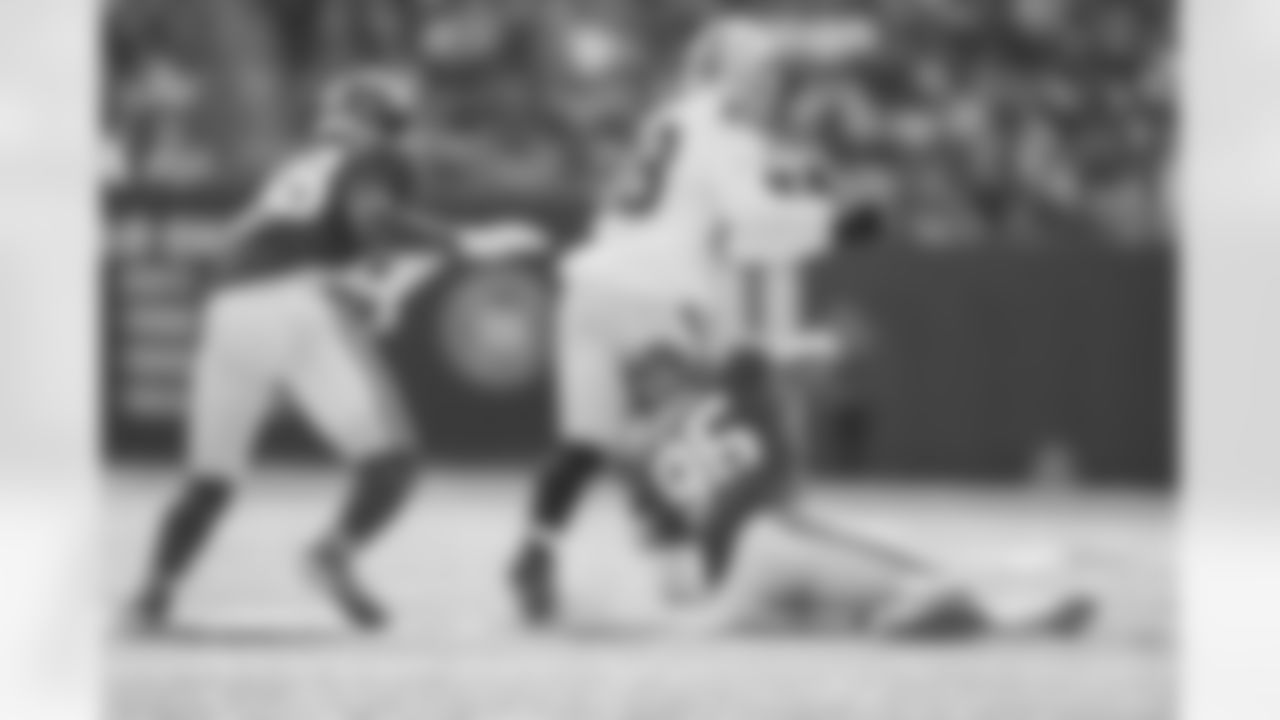
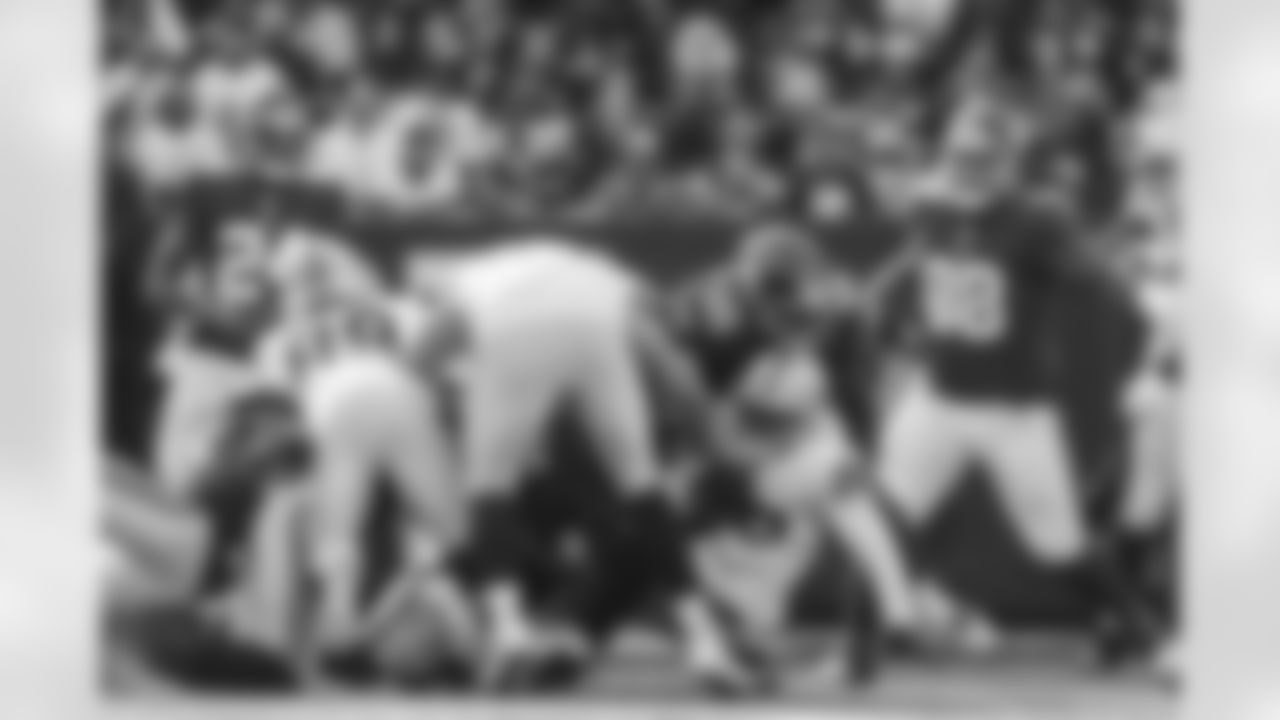
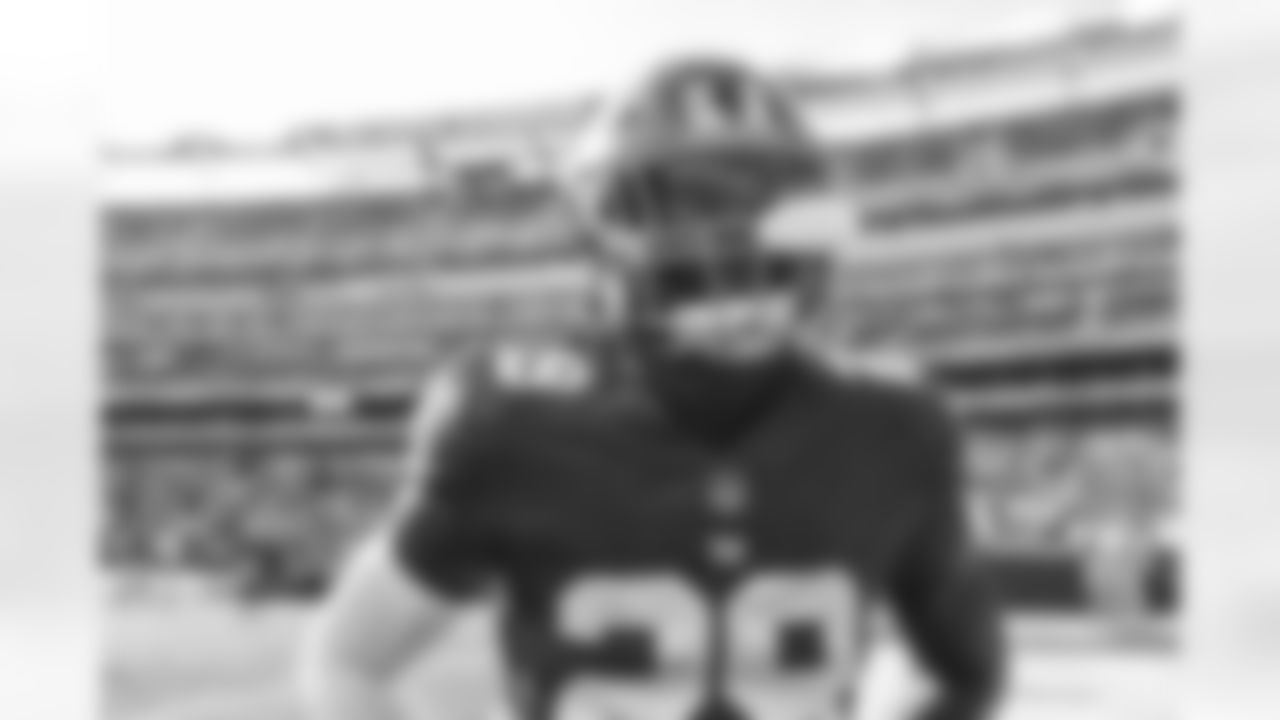
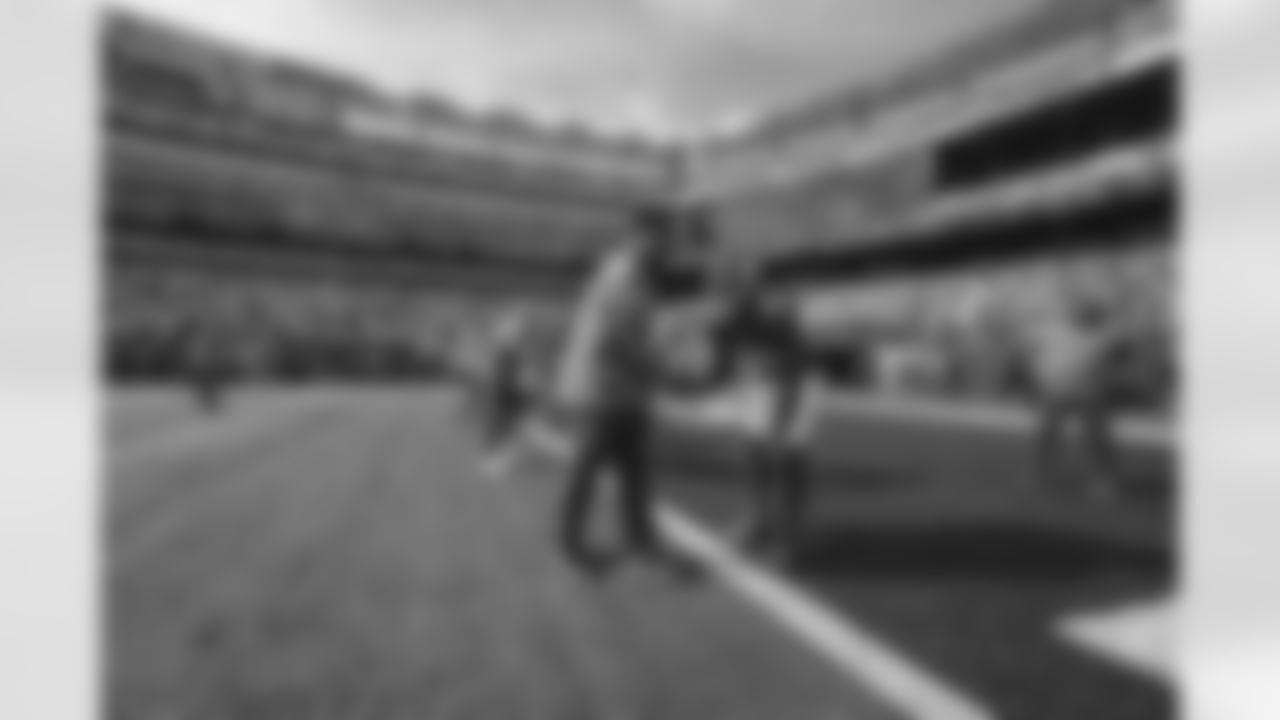
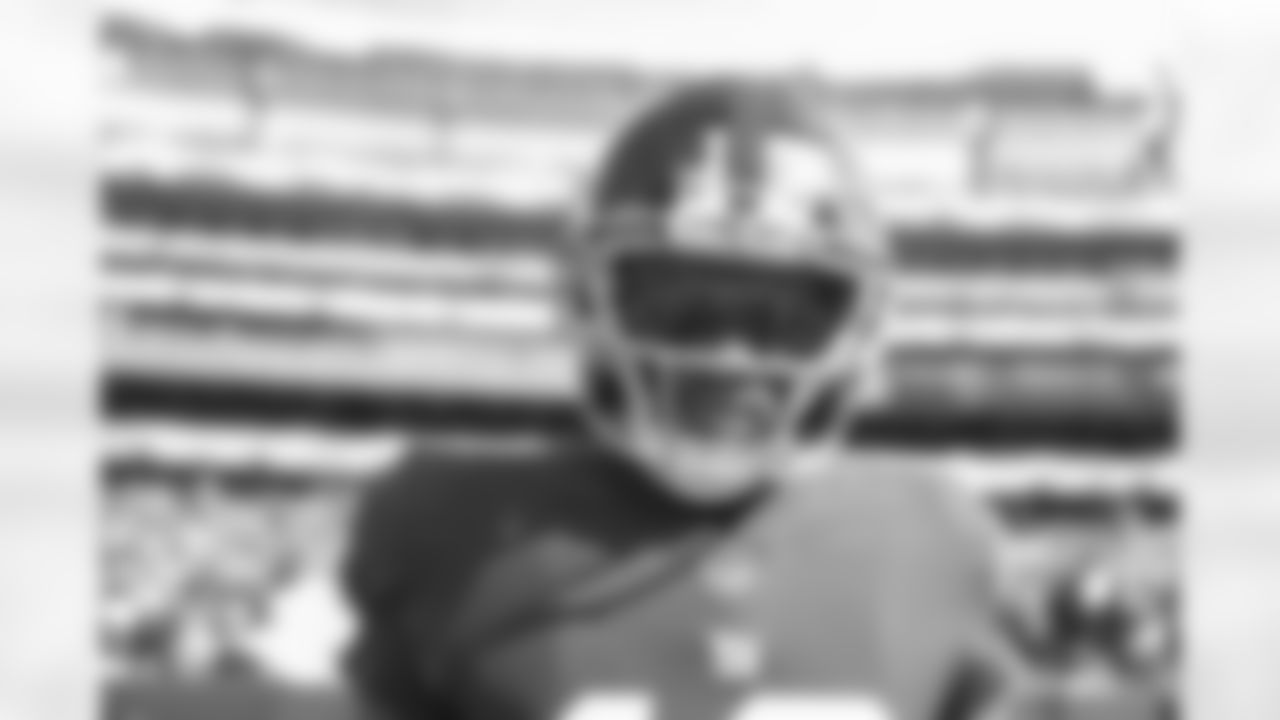



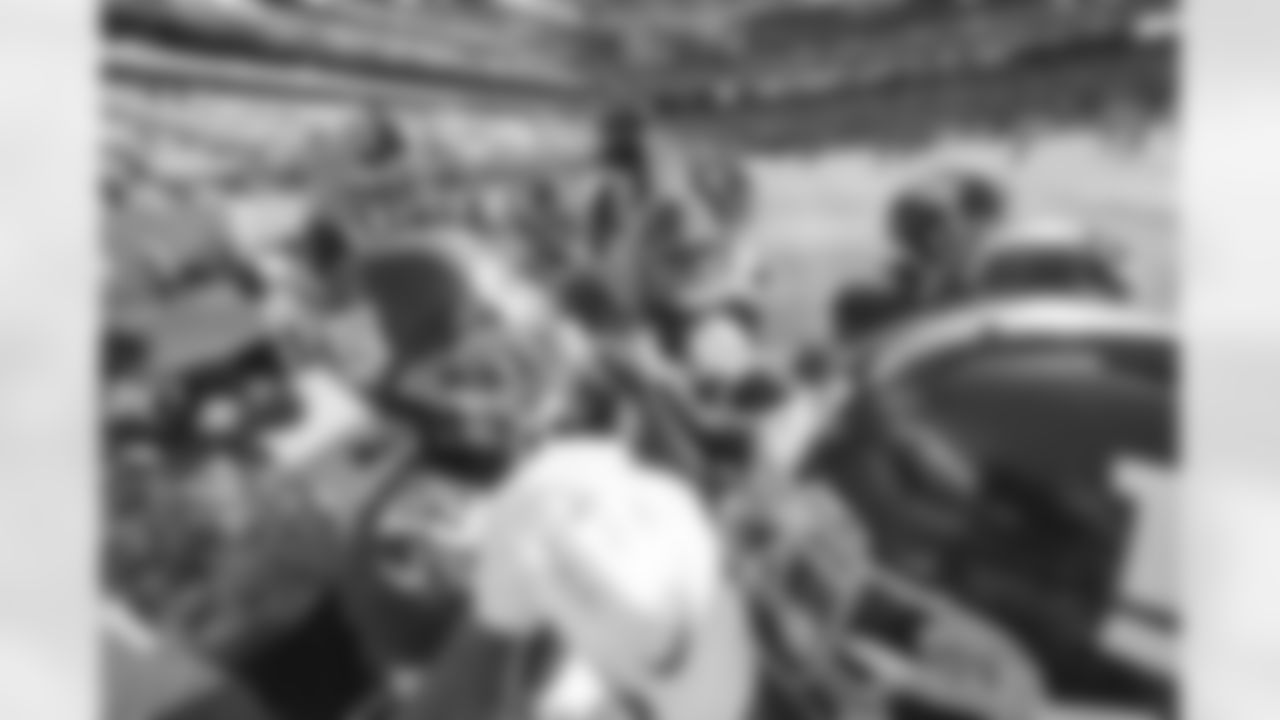
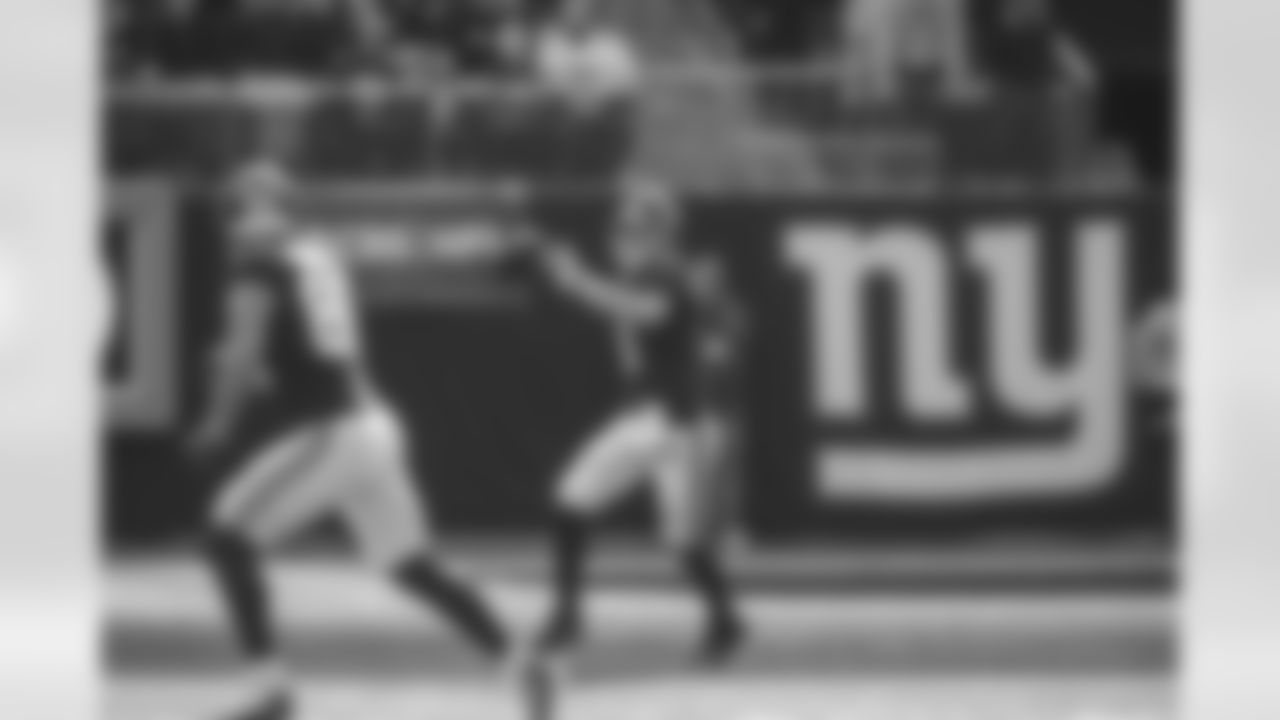
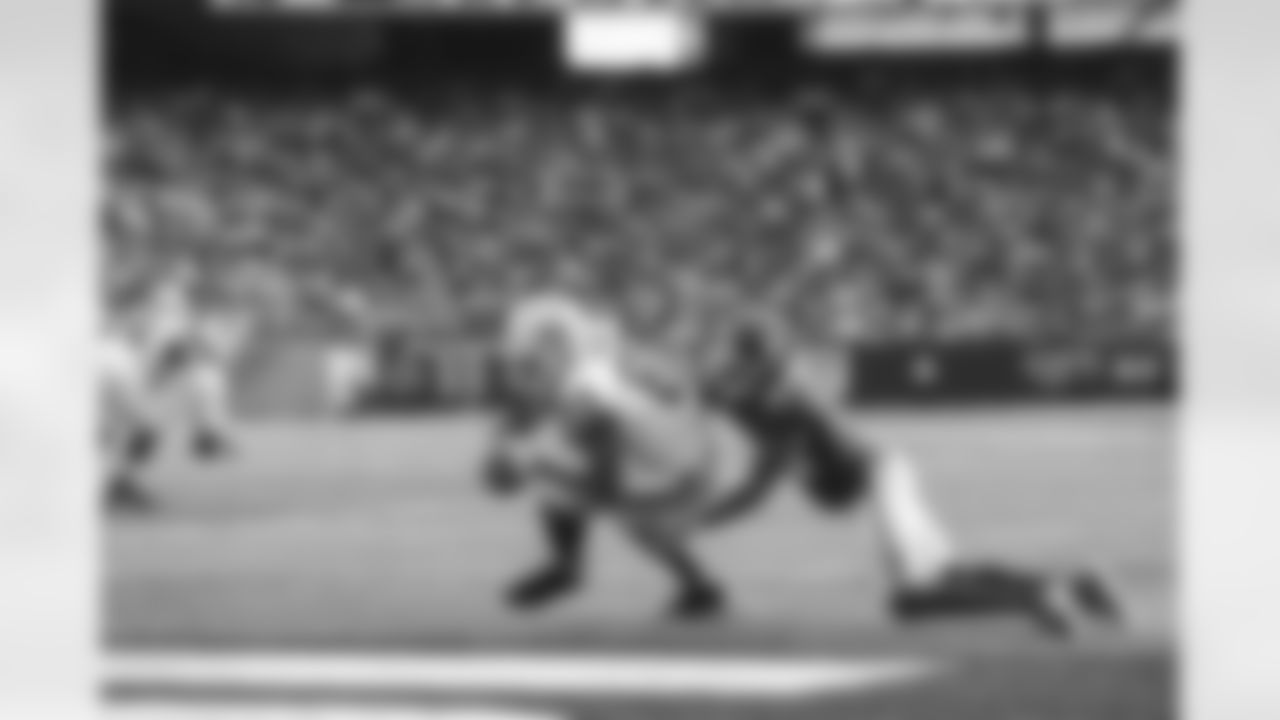
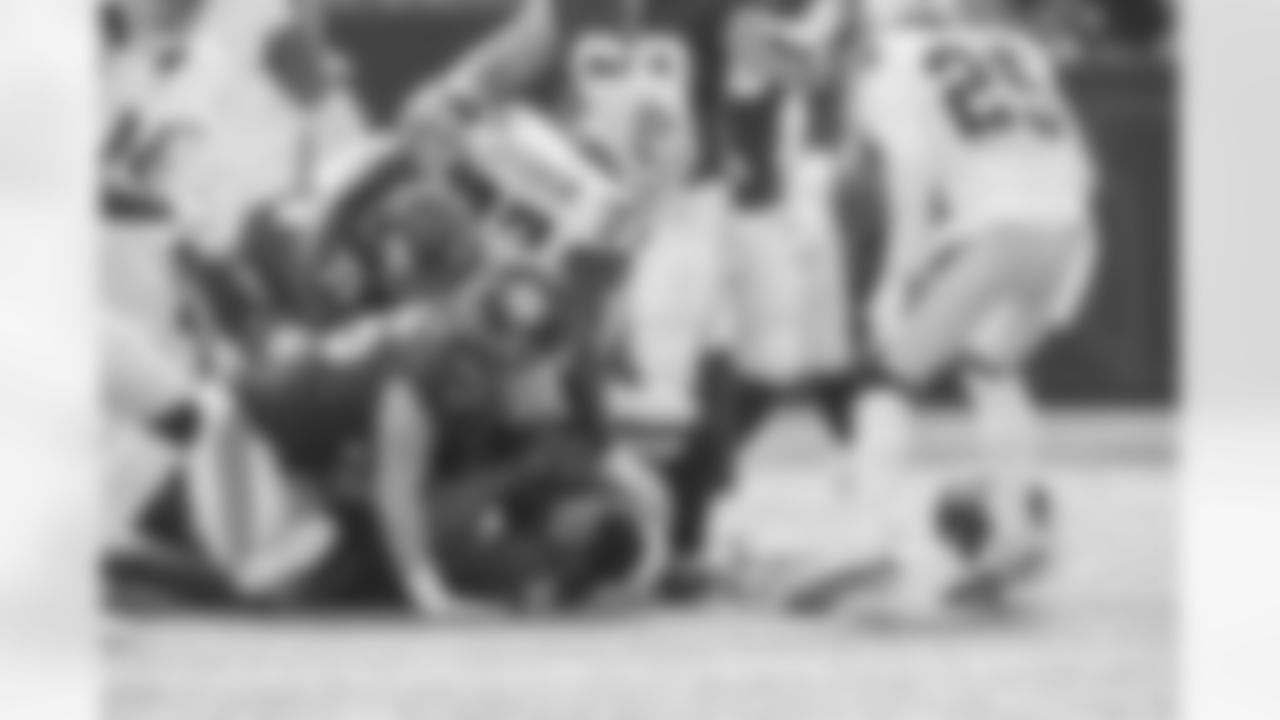
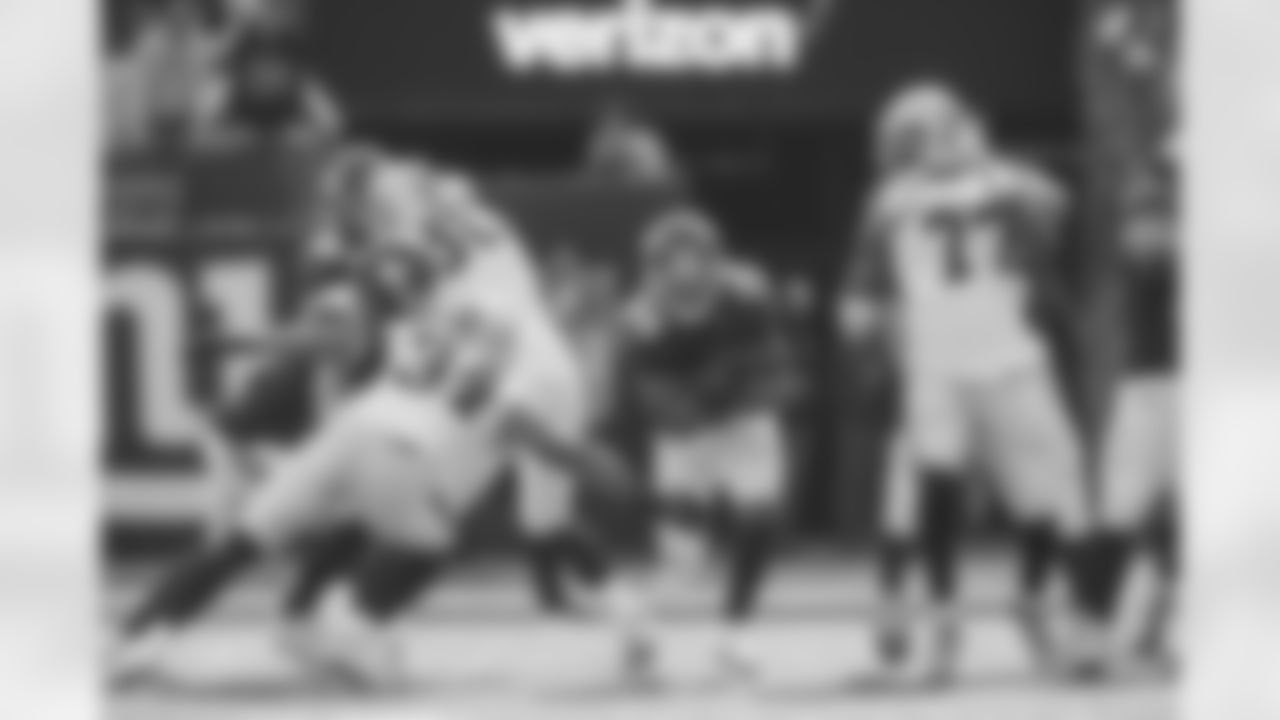
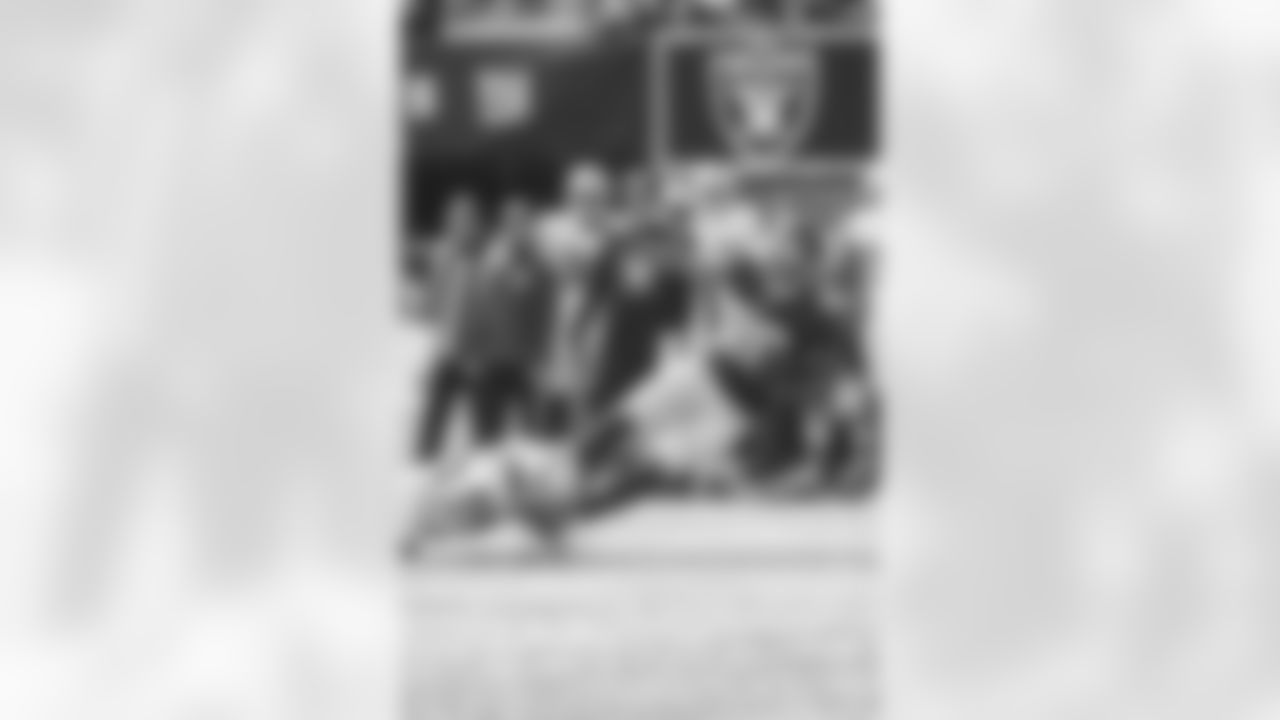
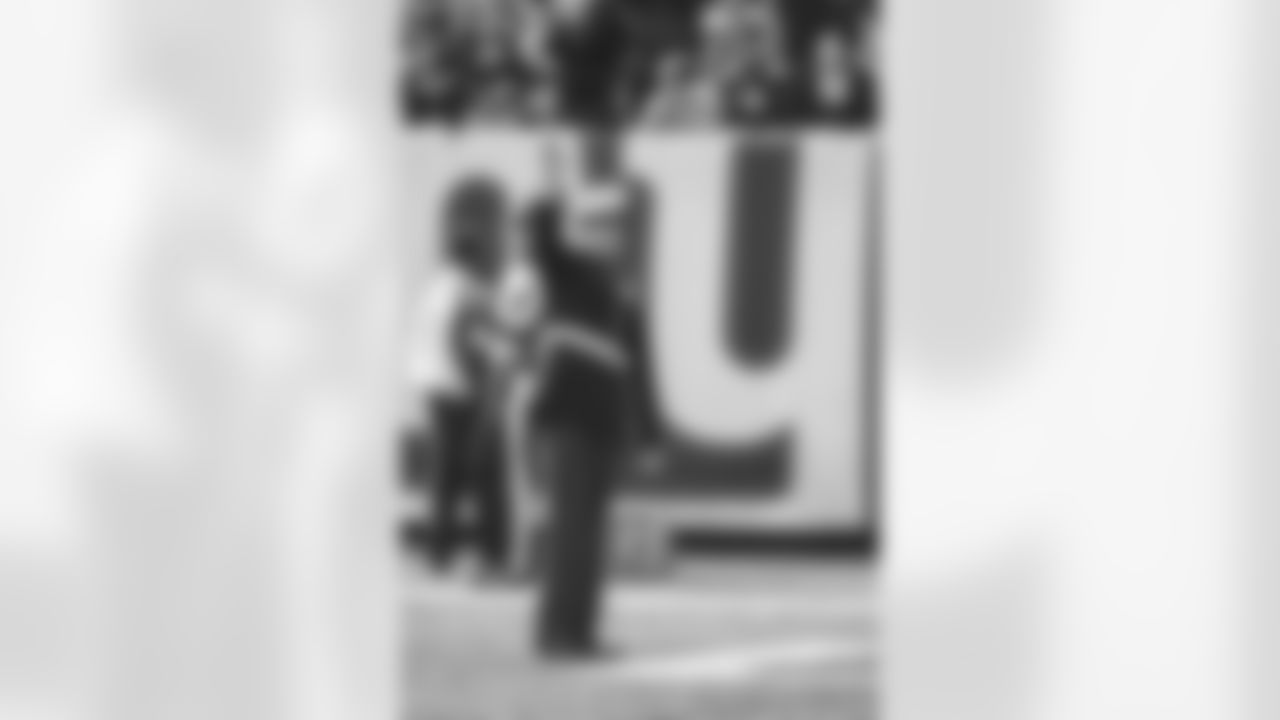

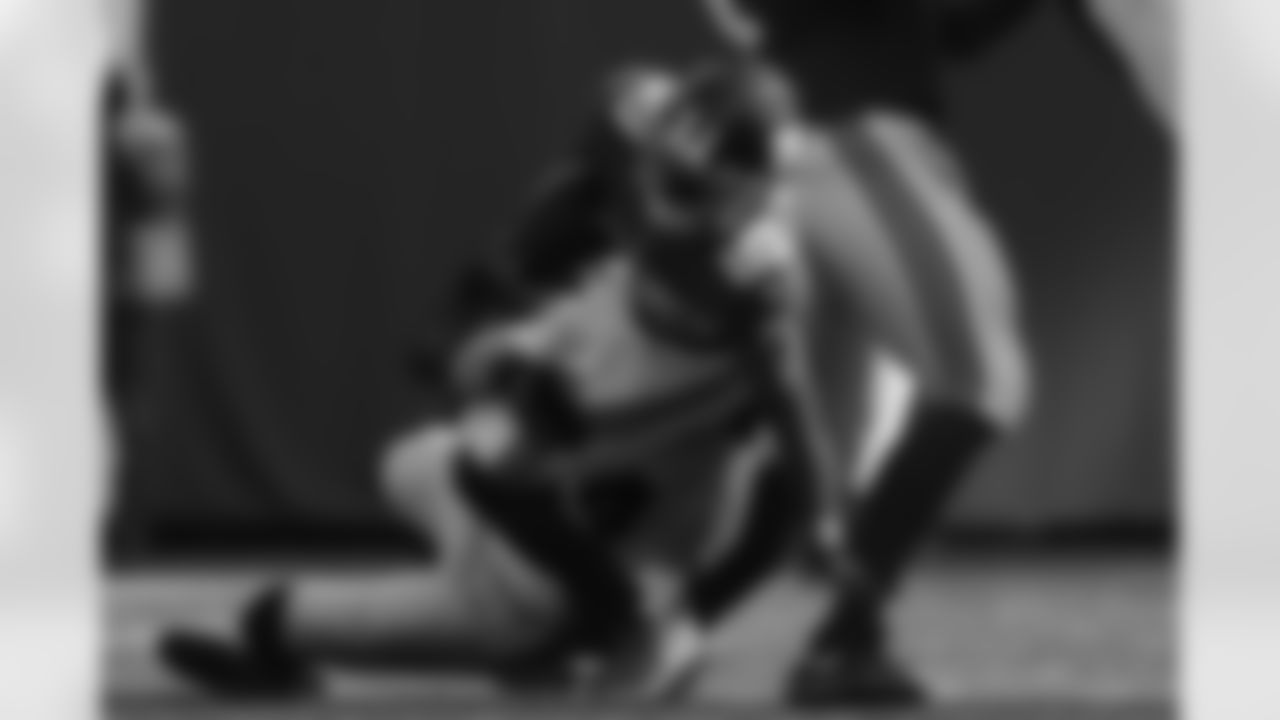
New York Giants' Kadarius Toney (89) during the first half of an NFL football game against the Las Vegas Raiders Sunday, Nov. 7, 2021, in East Rutherford, N.J. (AP Photo/John Munson)
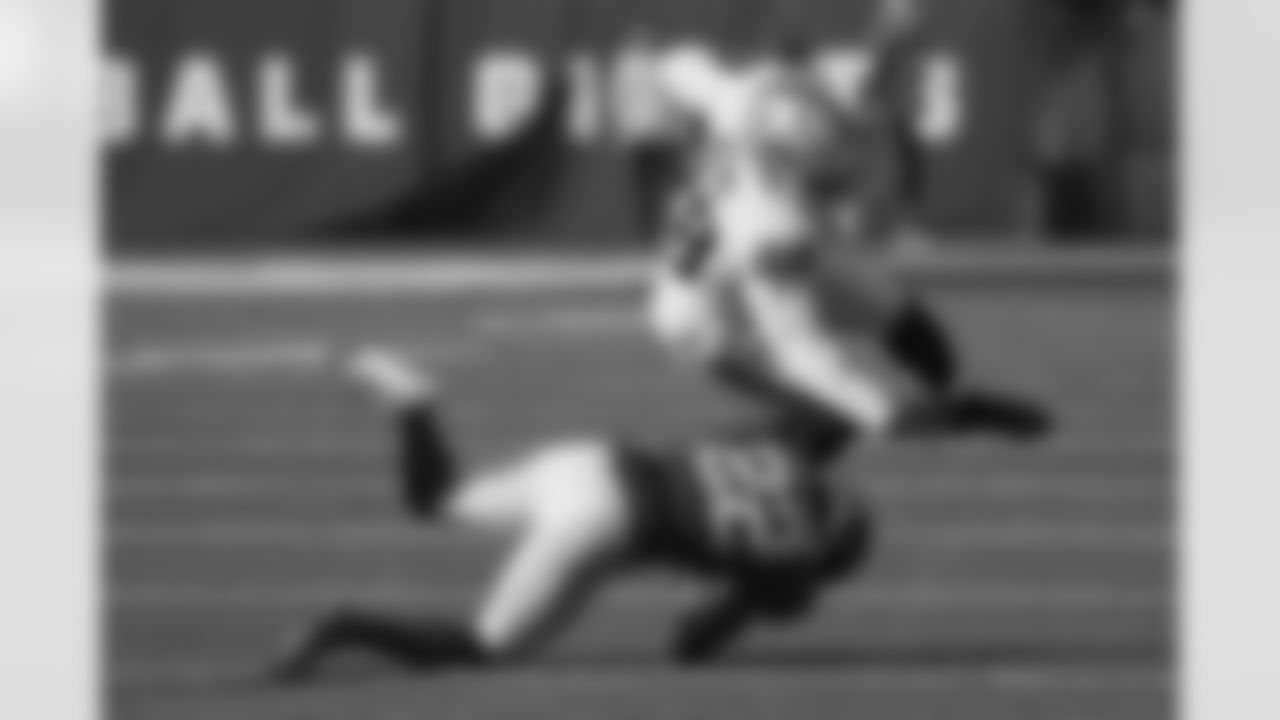
New York Giants' Adoree' Jackson (22) tackles Las Vegas Raiders' Josh Jacobs (28) during the first half of an NFL football game, Sunday, Nov. 7, 2021, in East Rutherford, N.J. (AP Photo/Bill Kostroun)
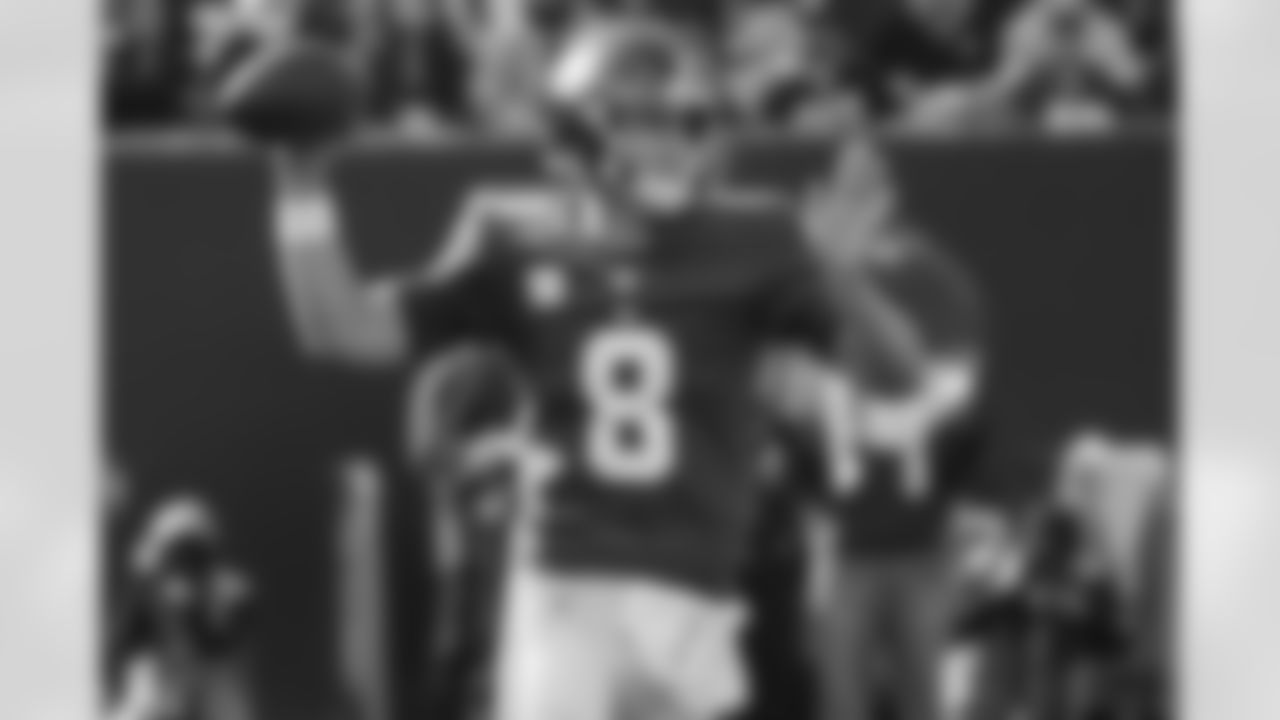
New York Giants quarterback Daniel Jones (8) throws a pass during the first half of an NFL football game against the Las Vegas Raiders, Sunday, Nov. 7, 2021, in East Rutherford, N.J. (AP Photo/Bill Kostroun)

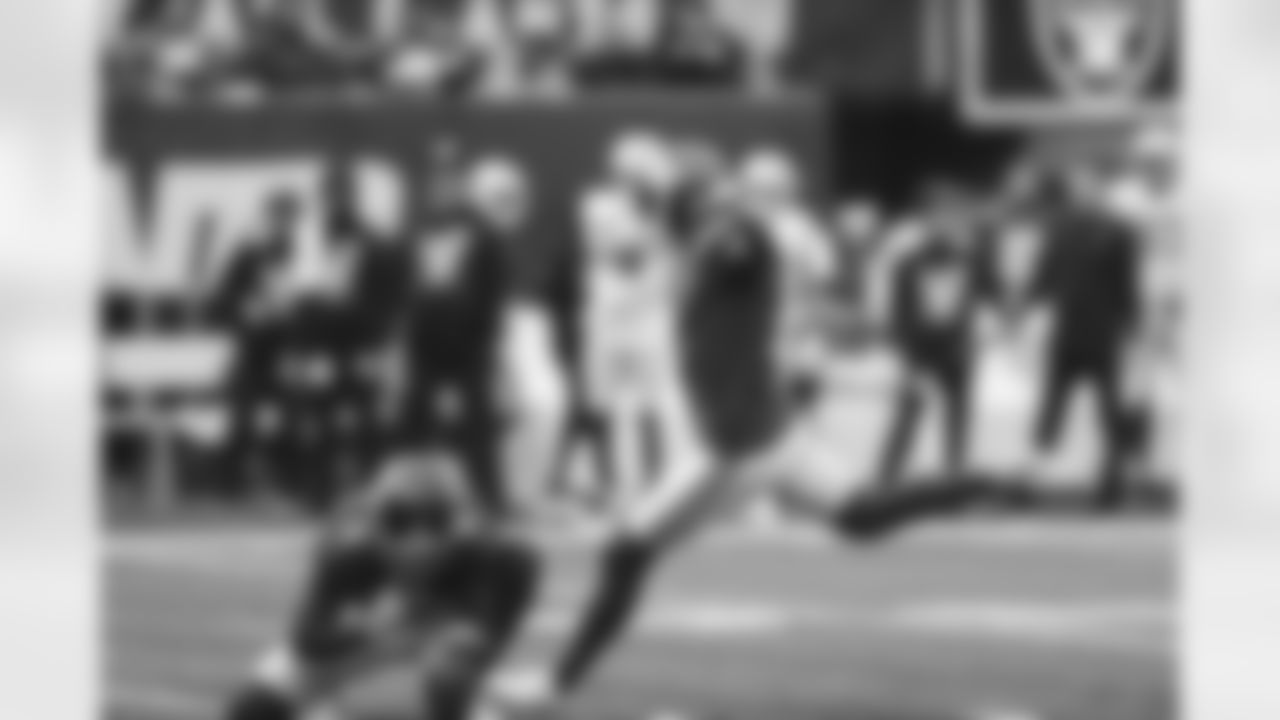
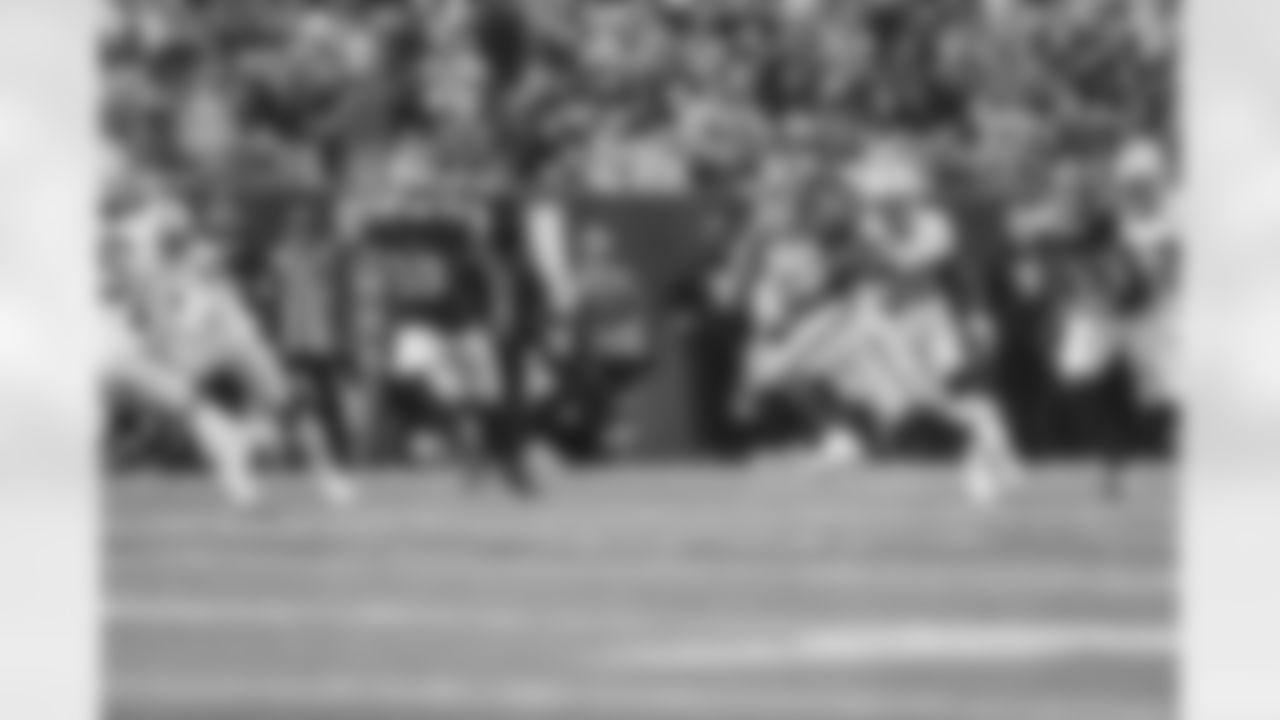
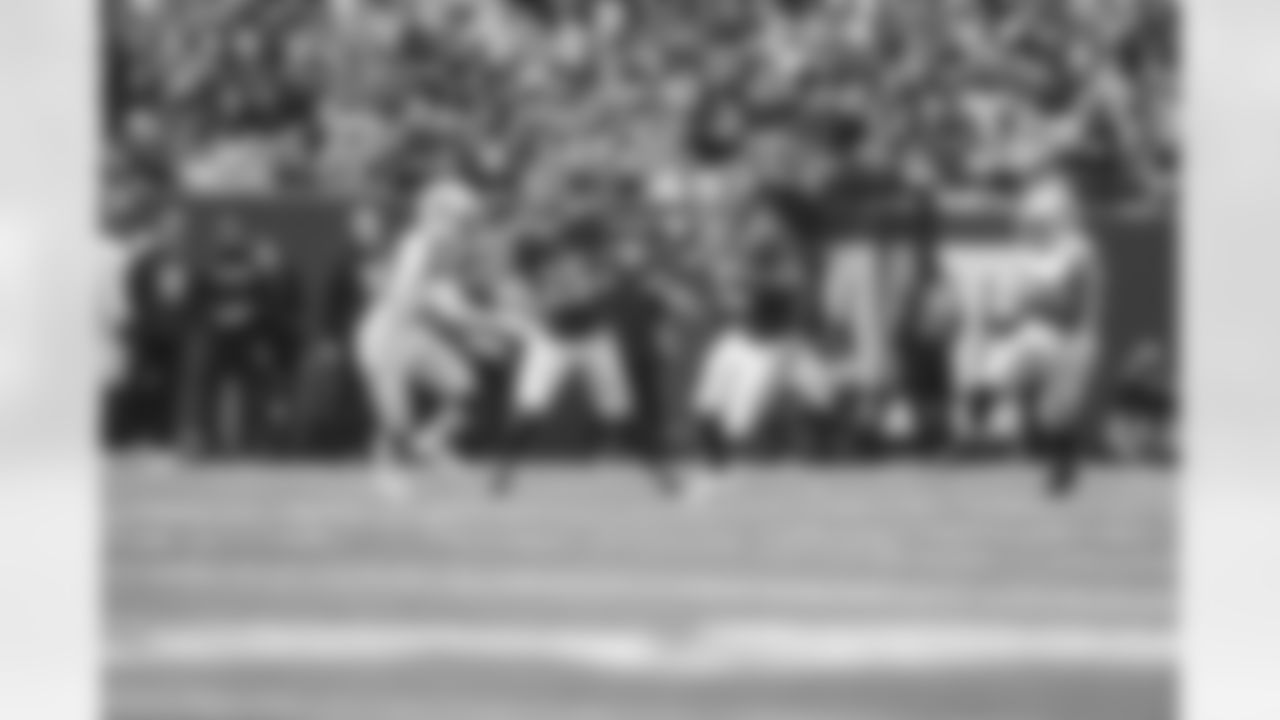
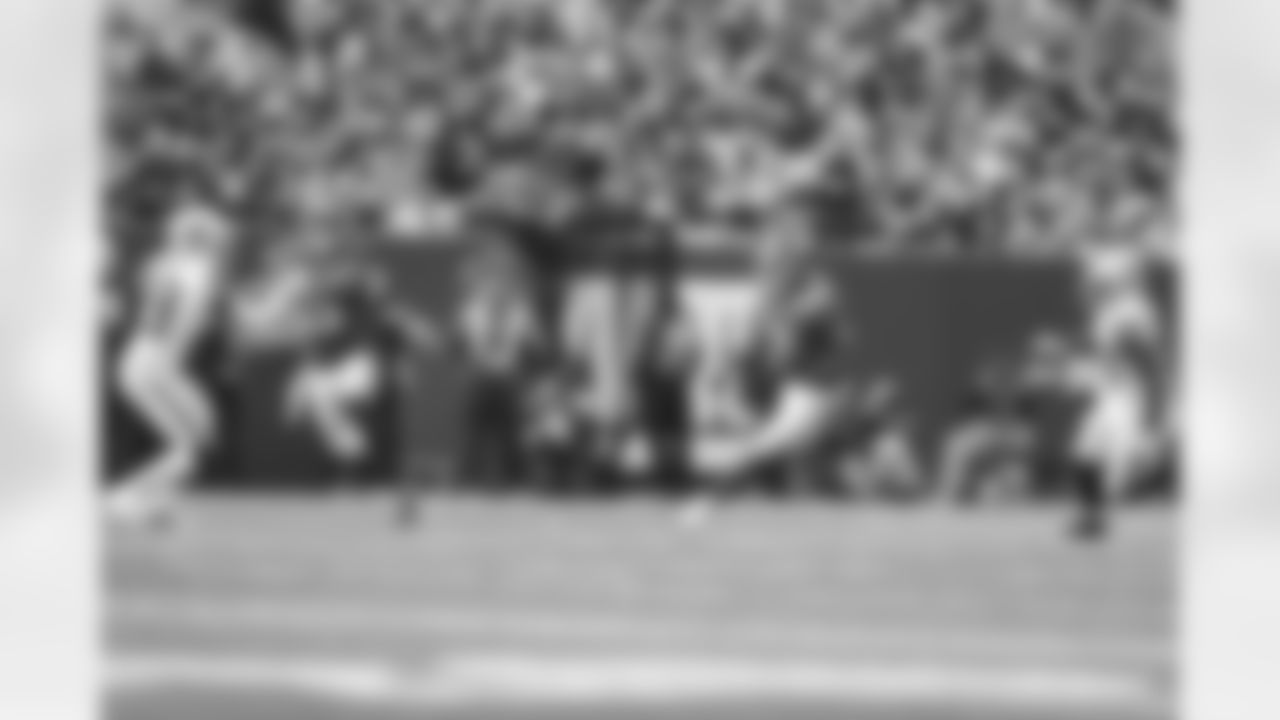

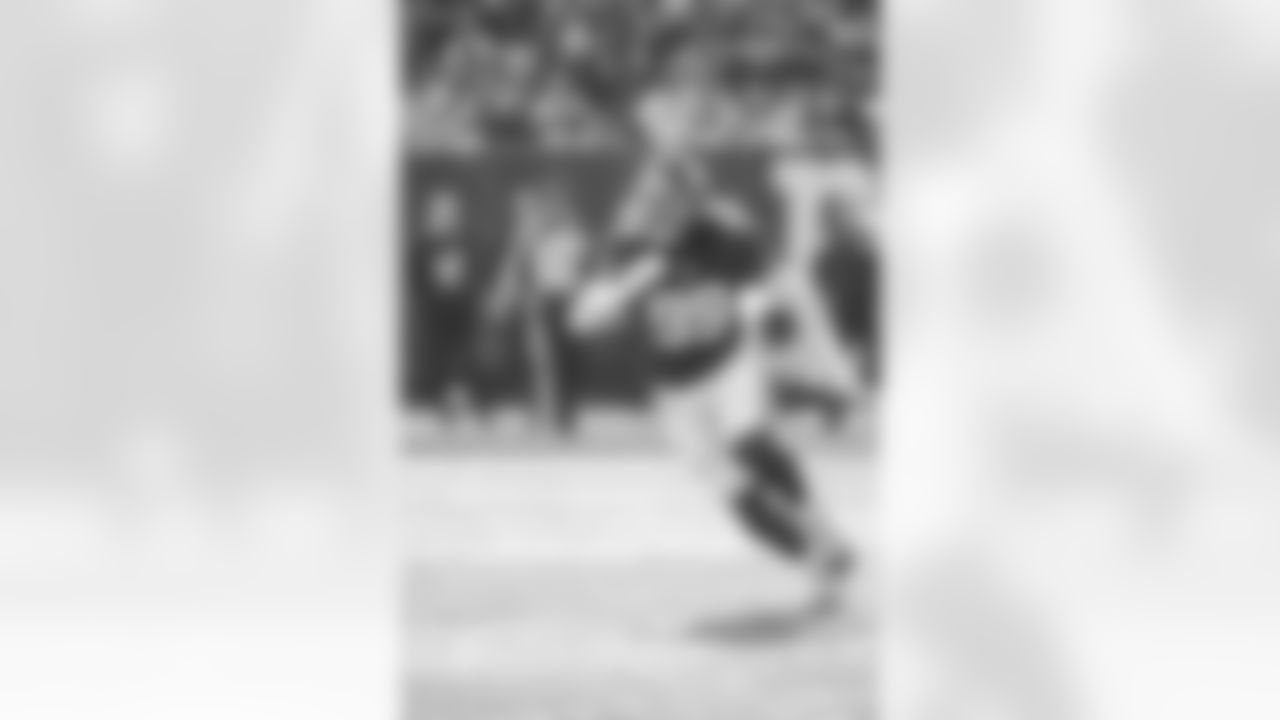


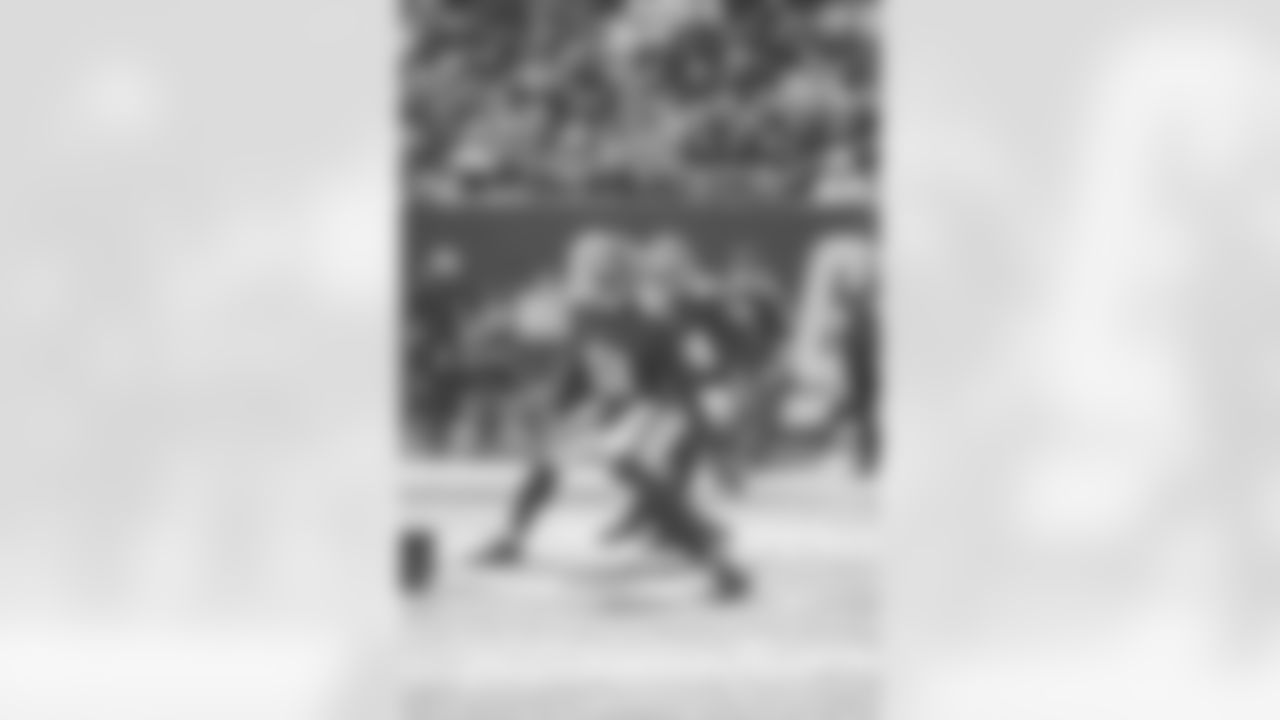
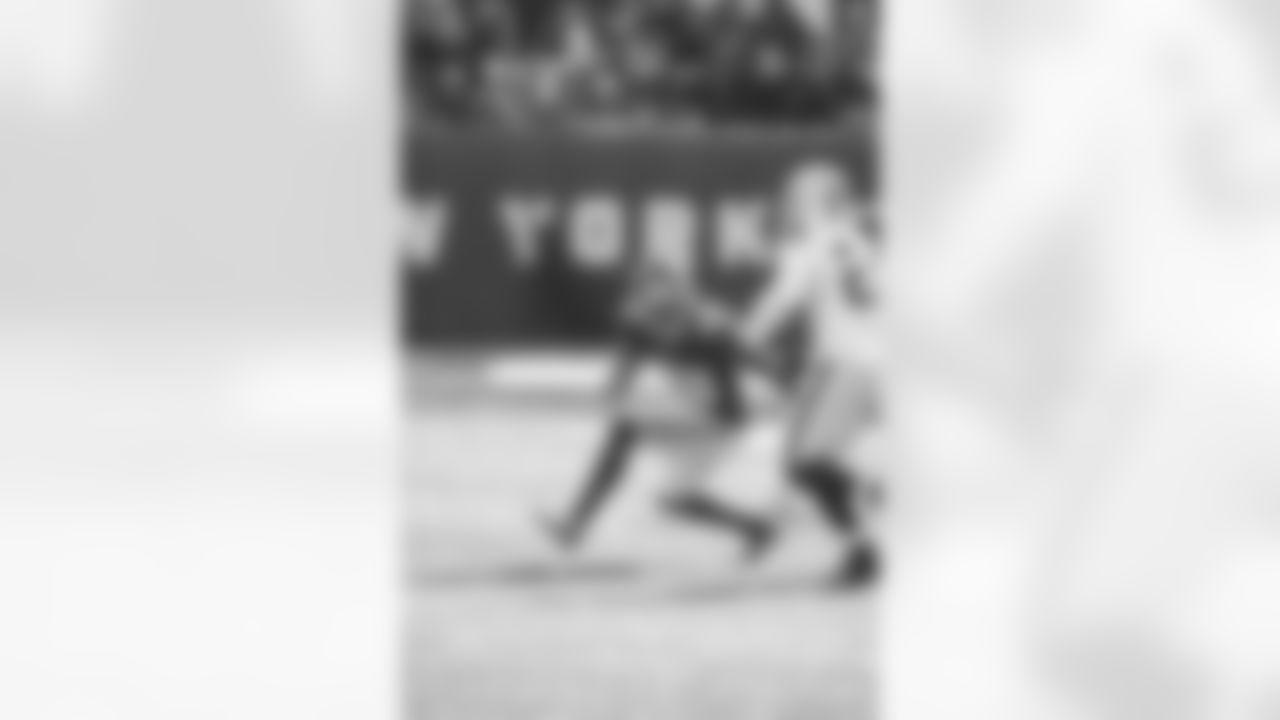



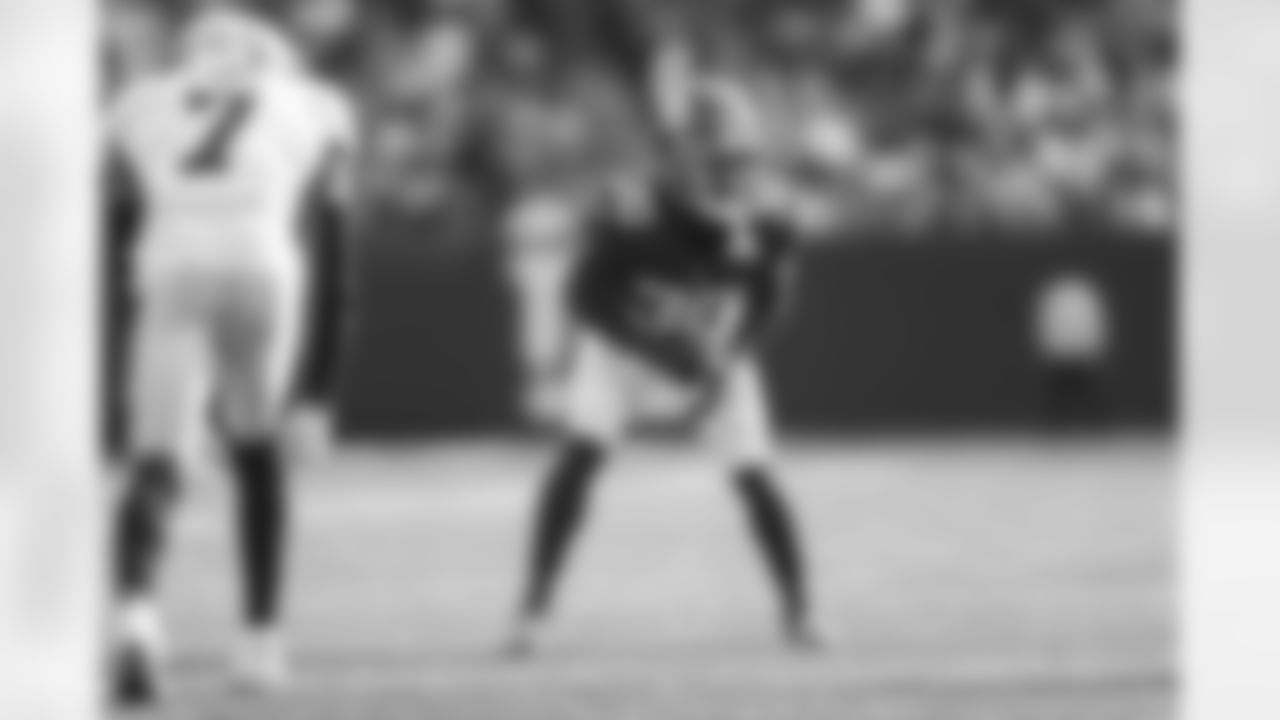

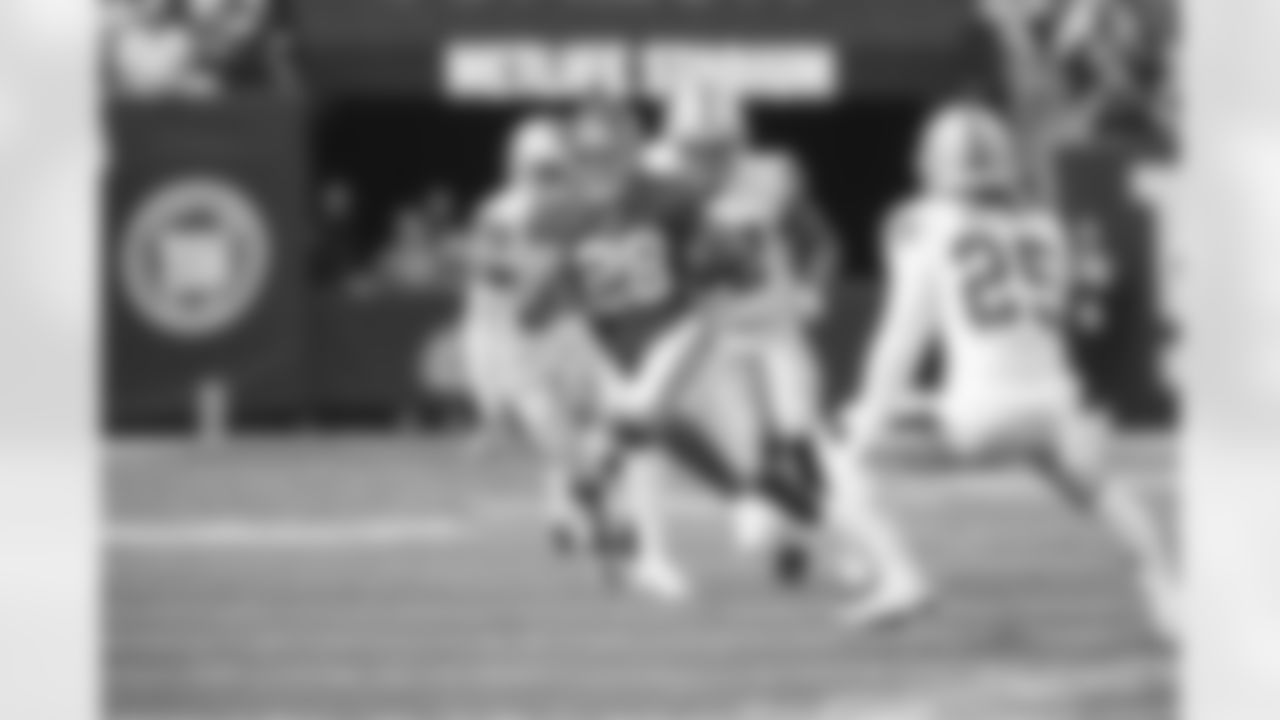
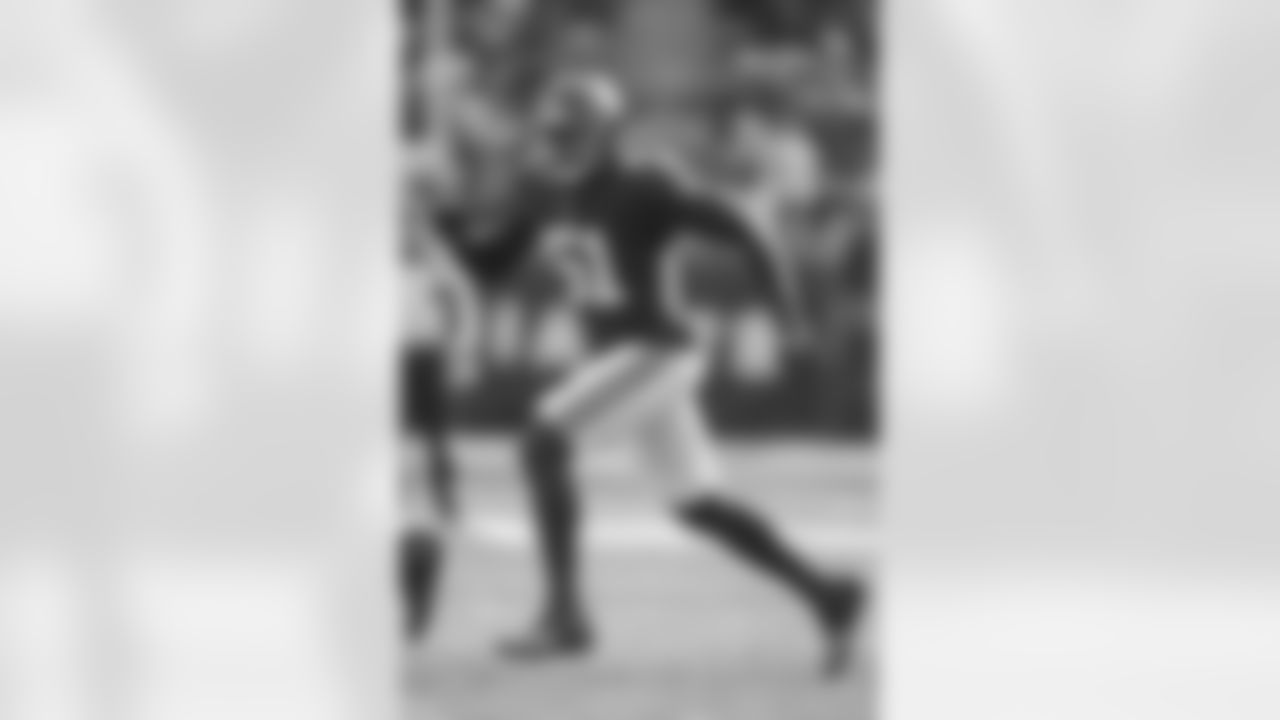



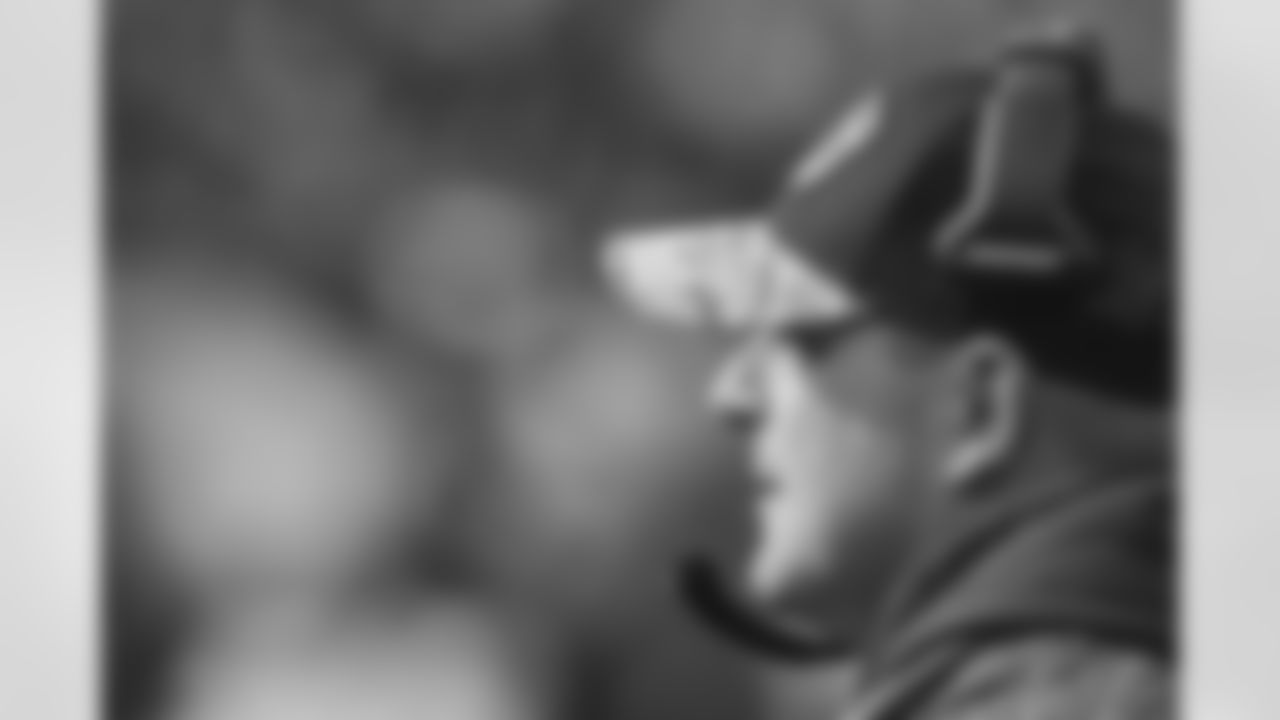
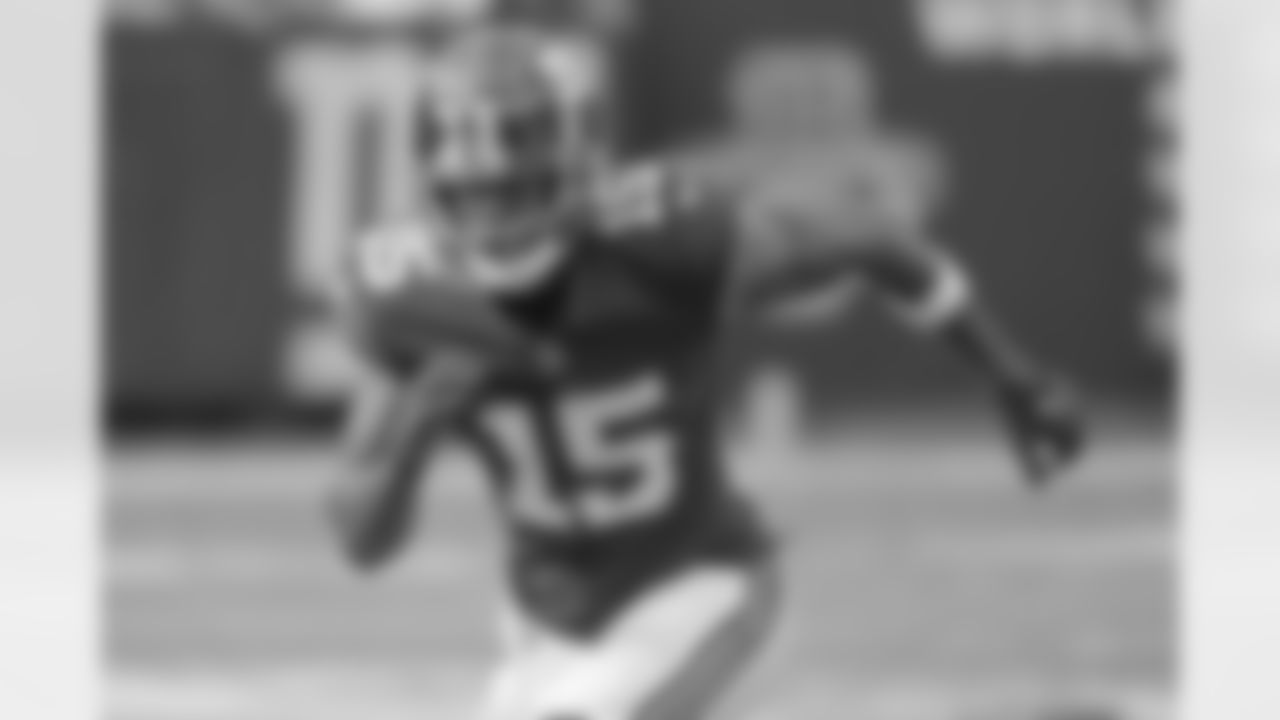
New York Giants wide receiver Collin Johnson (15) during the first half of an NFL football game against the Las Vegas Raiders Sunday, Nov. 7, 2021, in East Rutherford, N.J. (AP Photo/Bill Kostroun)
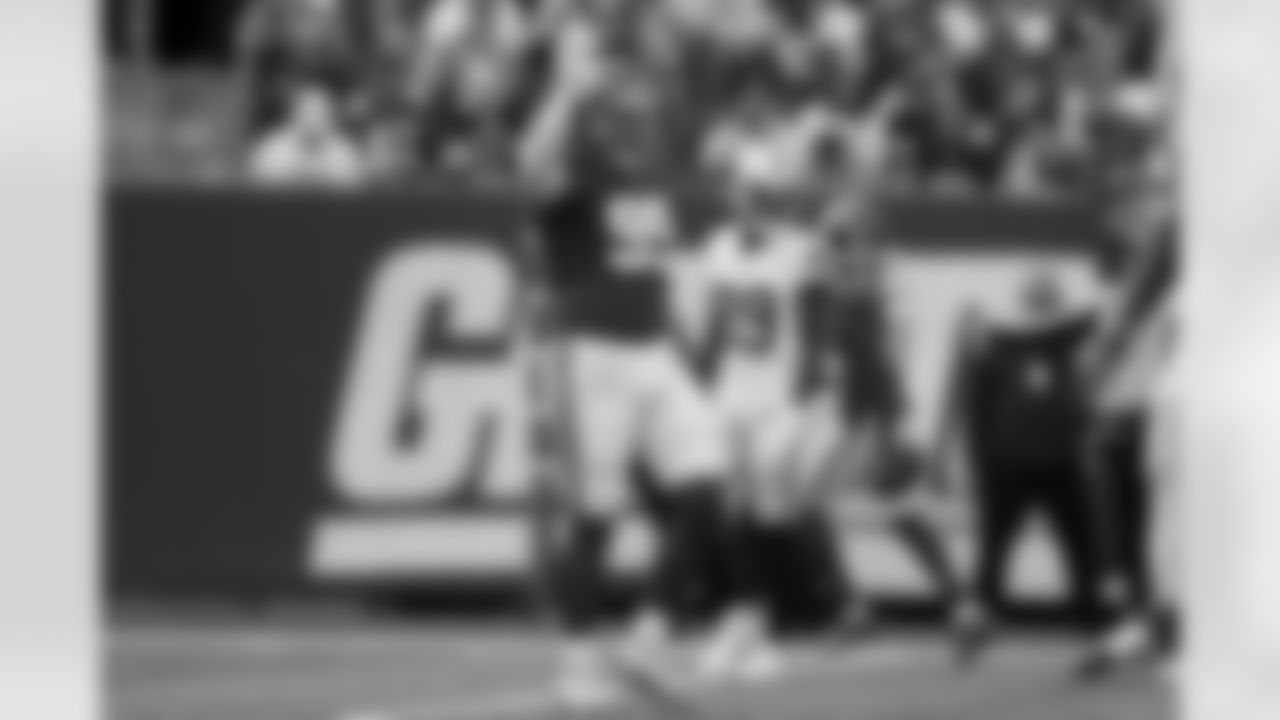
New York Giants defensive end Leonard Williams (99) reacts after a play during an NFL football game against the Las Vegas Raiders, Sunday, Nov. 7, 2021, in East Rutherford. N.J. (AP Photo/Steve Luciano)
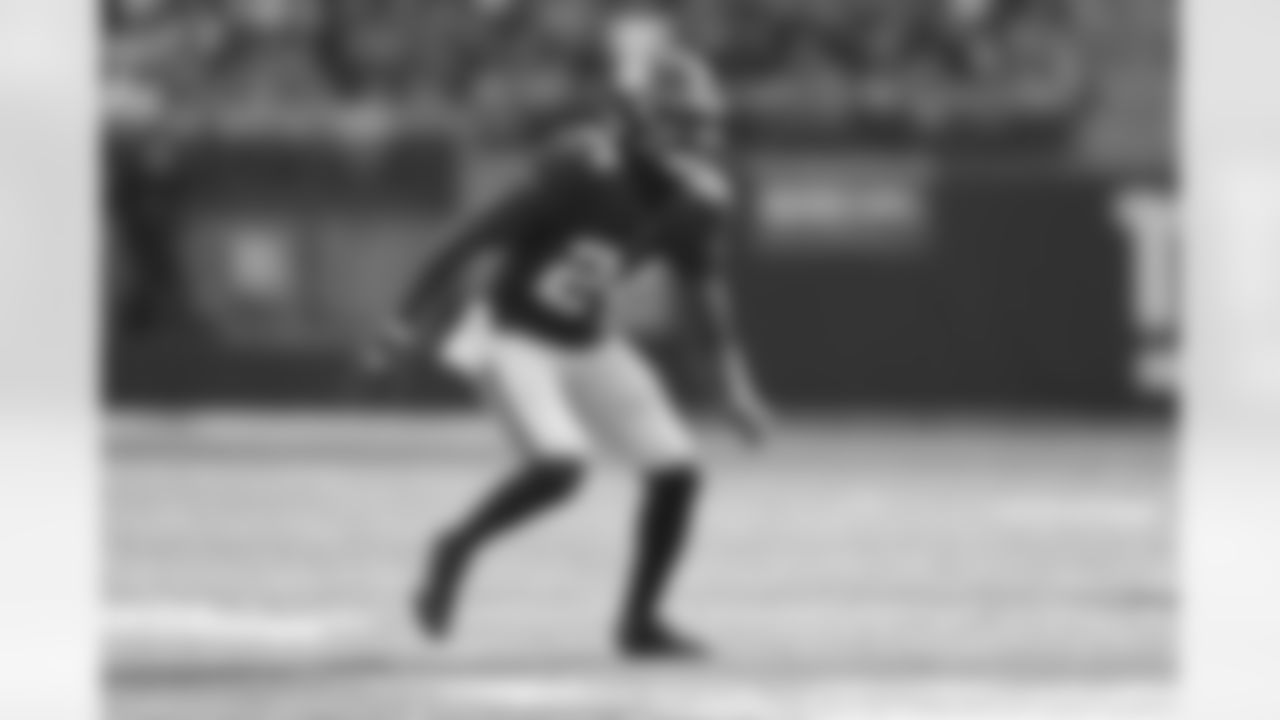
New York Giants cornerback James Bradberry (24) in coverage during an NFL football game against the Las Vegas Raiders, Sunday, Nov. 7, 2021, in East Rutherford. N.J. (AP Photo/Steve Luciano)
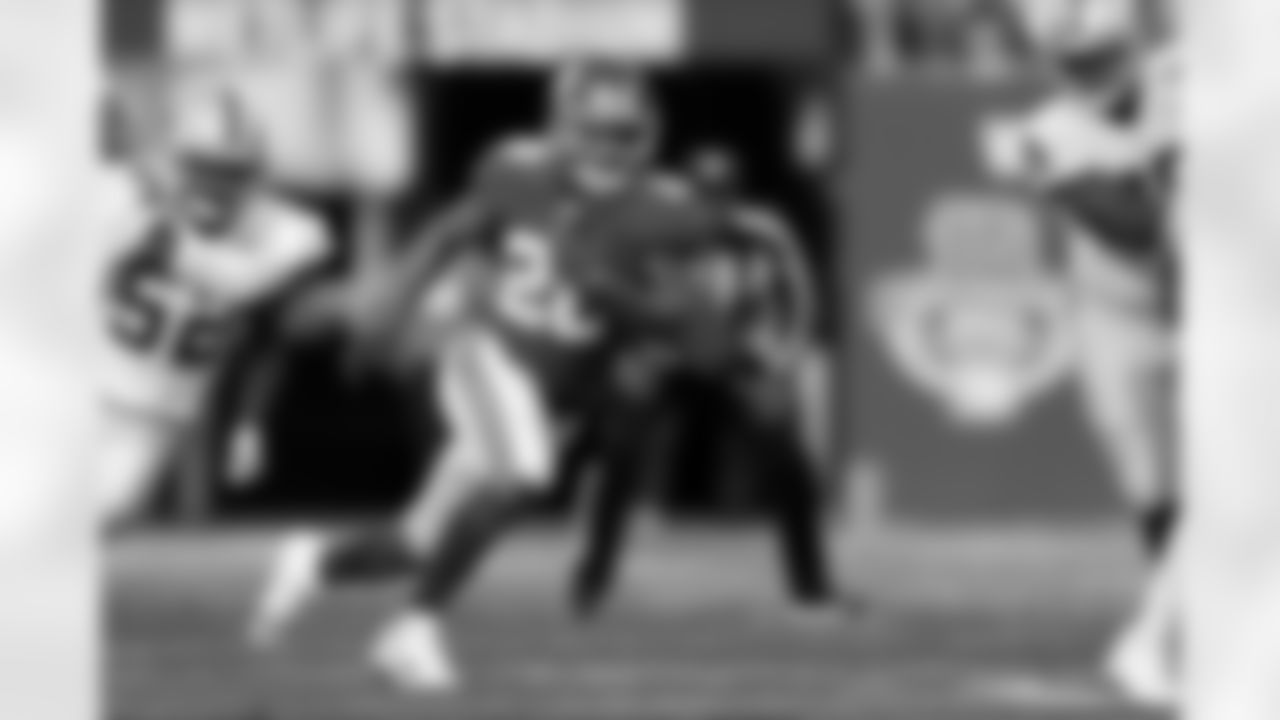
New York Giants running back Devontae Booker (28) runs the ball up the field during an NFL football game against the Las Vegas Raiders, Sunday, Nov. 7, 2021, in East Rutherford. N.J. (AP Photo/Steve Luciano)
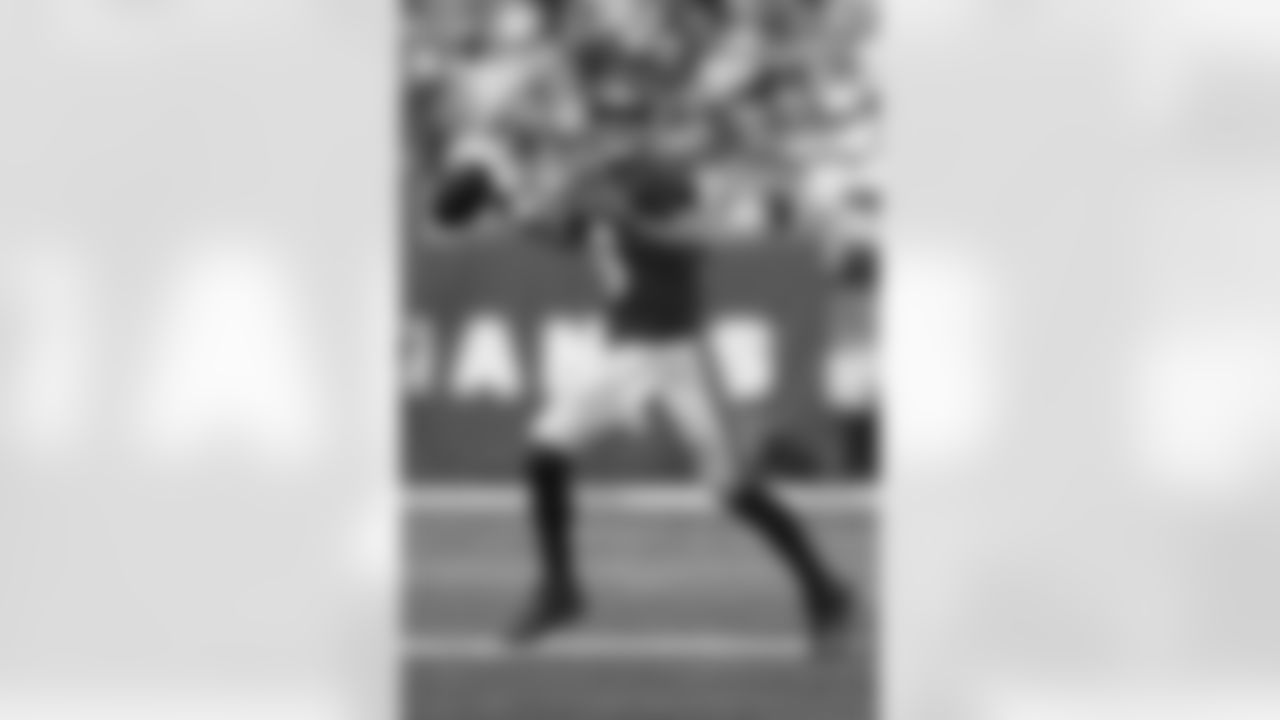
New York Giants quarterback Daniel Jones (8) looks to throw the ball during an NFL football game against the Las Vegas Raiders, Sunday, Nov. 7, 2021, in East Rutherford. N.J. (AP Photo/Steve Luciano)
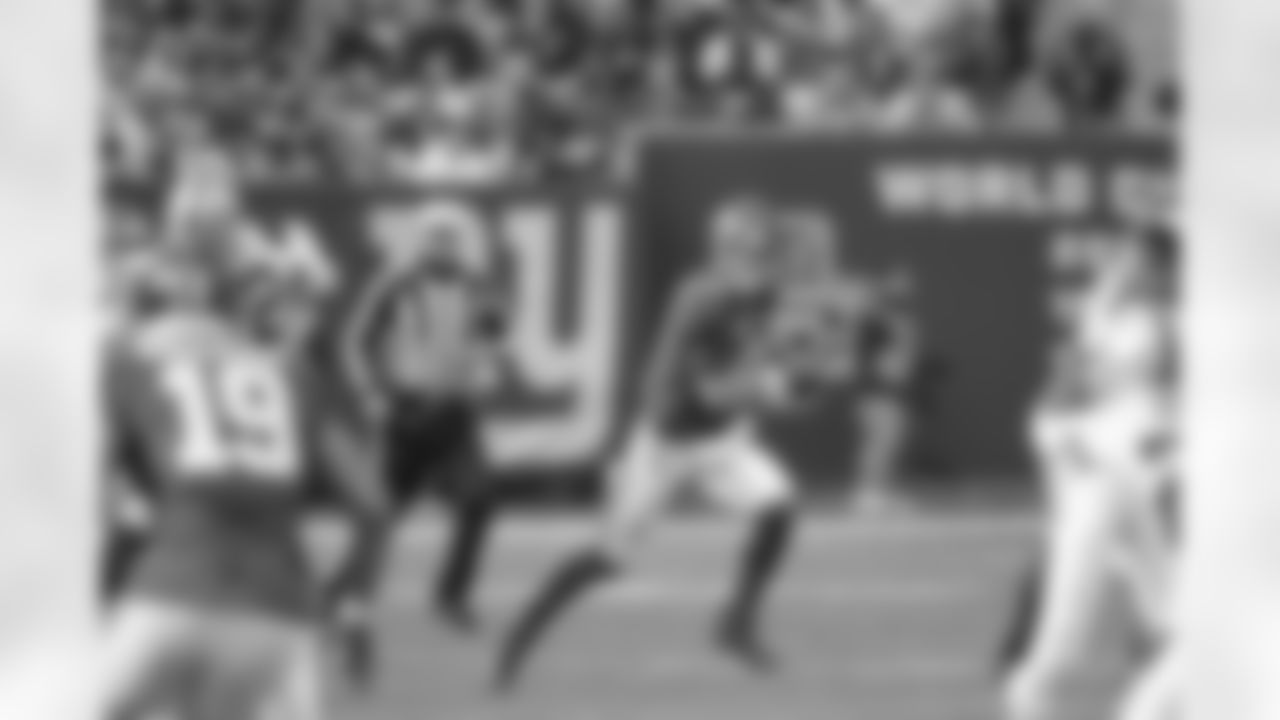
New York Giants quarterback Daniel Jones (8) during the first half of an NFL football game against the Las Vegas Raiders Sunday, Nov. 7, 2021, in East Rutherford, N.J. (AP Photo/Bill Kostroun)
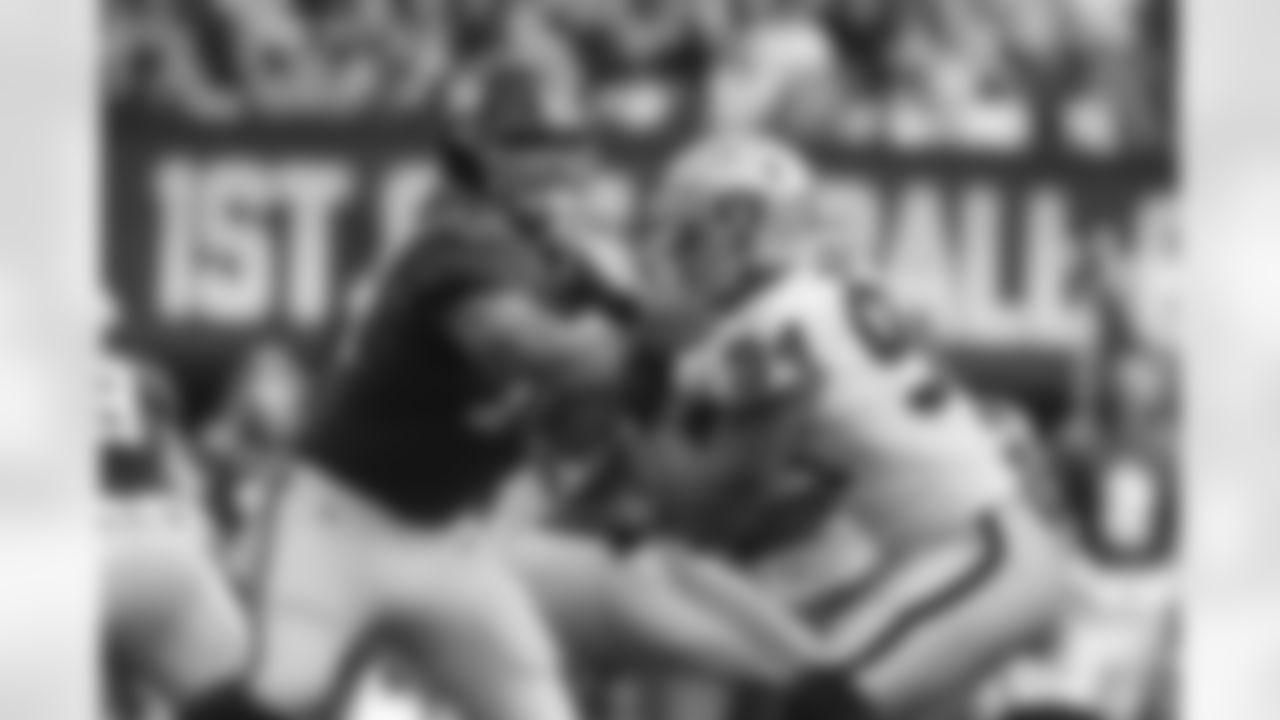
New York Giants offensive tackle Nate Solder (76) blocks Las Vegas Raiders' Carl Nassib (94) during the first half of an NFL football game Sunday, Nov. 7, 2021, in East Rutherford, N.J. (AP Photo/John Munson)
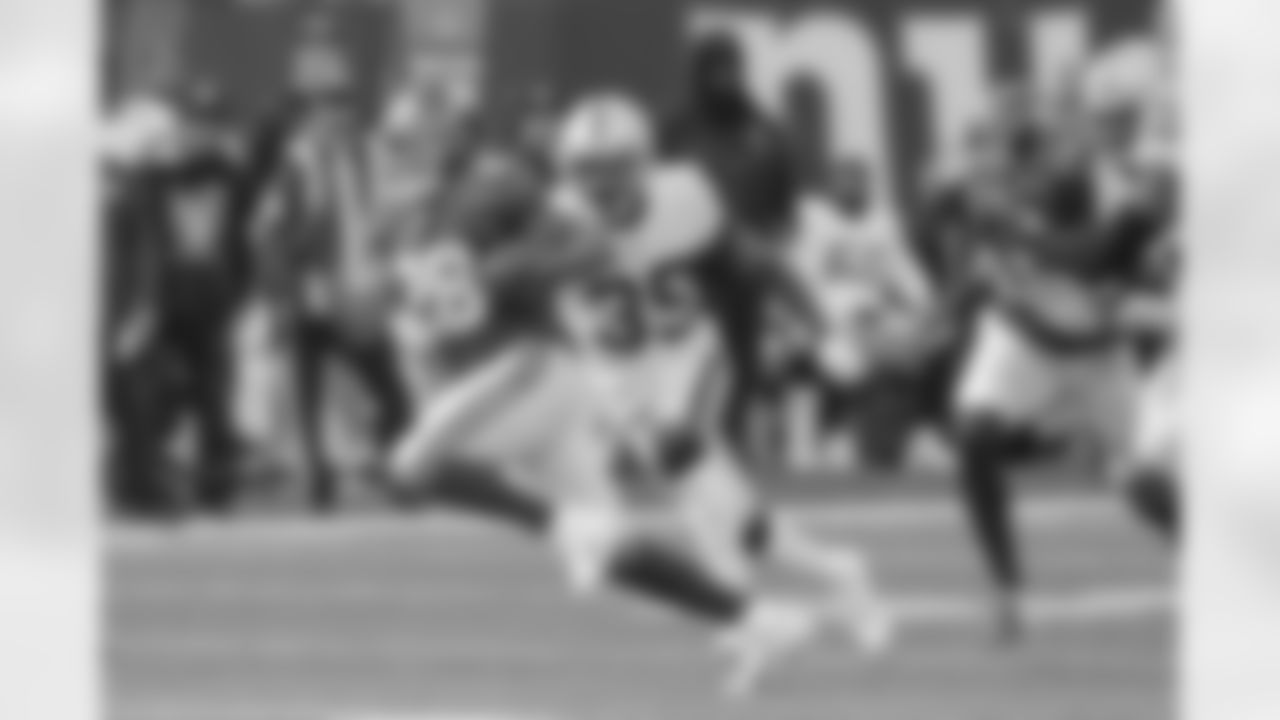
New York Giants' Devontae Booker (28) rushes during the first half of an NFL football game against the Las Vegas Raiders Sunday, Nov. 7, 2021, in East Rutherford, N.J. (AP Photo/Bill Kostroun)
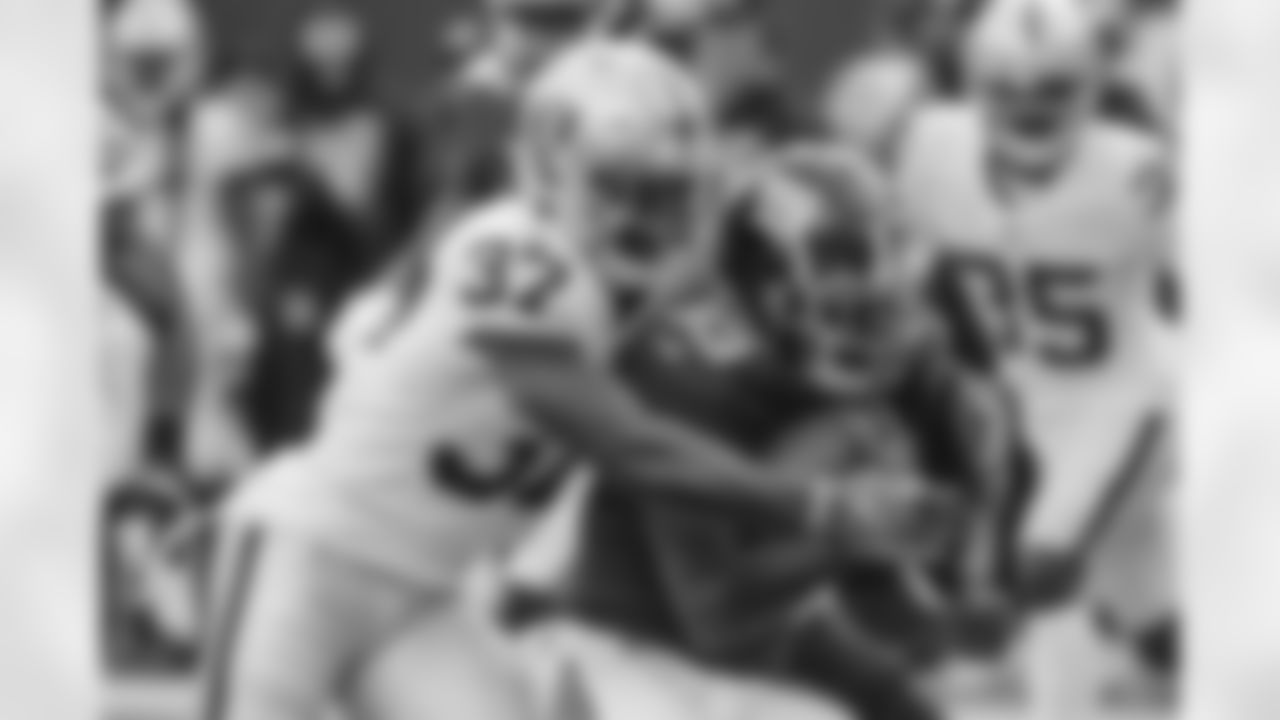
Las Vegas Raiders' Tyree Gillespie (37) tackles New York Giants' Pharoh Cooper (83) during the second half of an NFL football game Sunday, Nov. 7, 2021, in East Rutherford, N.J. (AP Photo/Bill Kostroun)
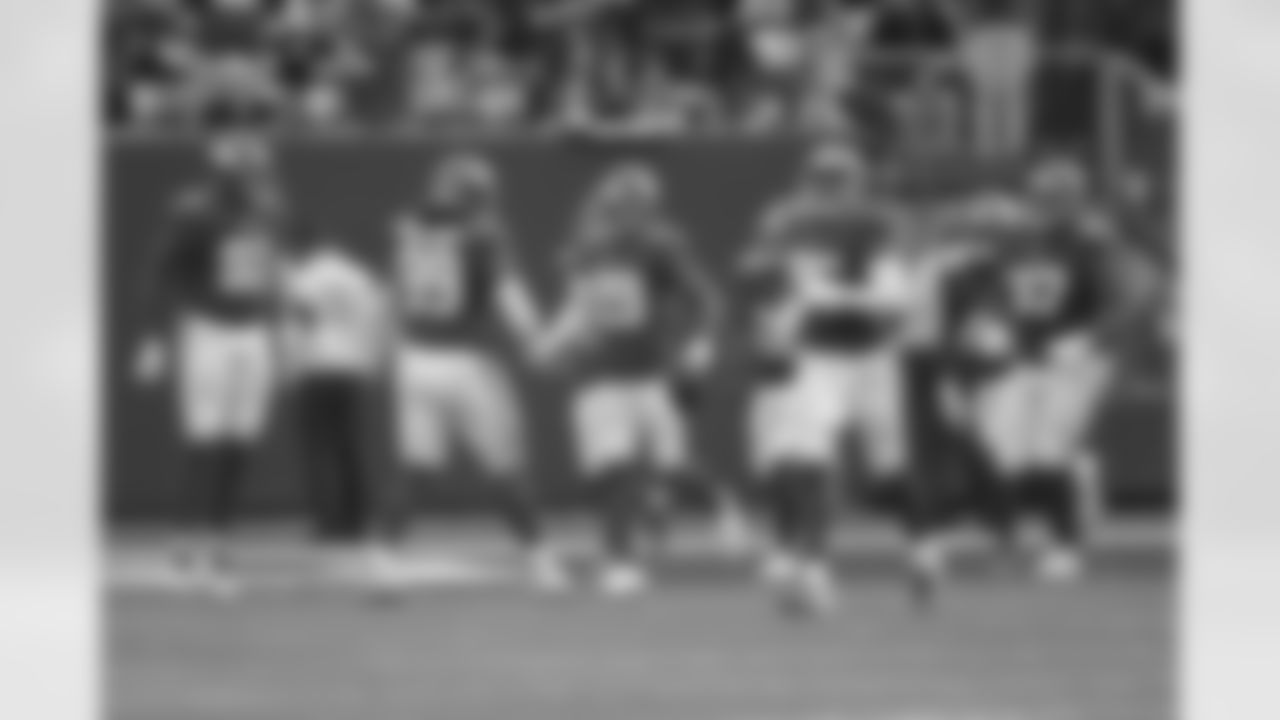
New York Giants' Xavier McKinney (29) celebrates with teammate Leonard Williams (99) after running back an interception for a touchdown during the second half of an NFL football game against the Las Vegas Raiders Sunday, Nov. 7, 2021, in East Rutherford, N.J. (AP Photo/Bill Kostroun)
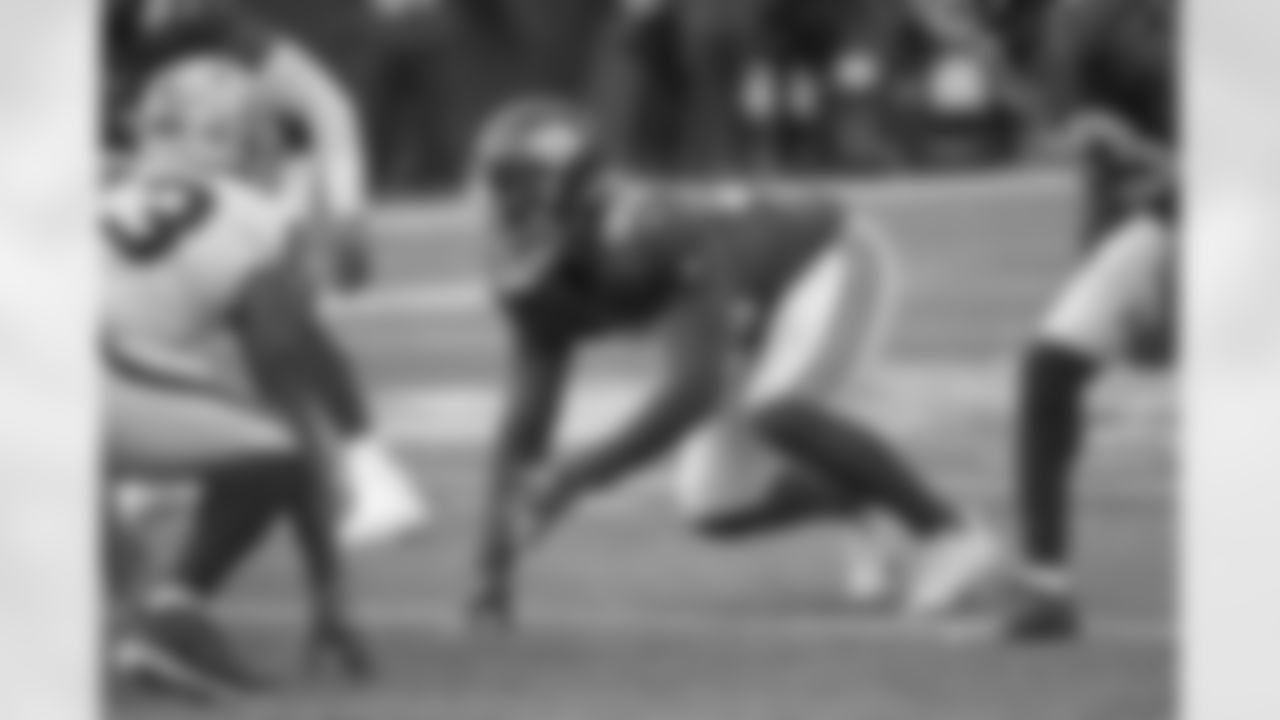
New York Giants linebacker Trent Harris (93) during the first half of an NFL football game against the Las Vegas Raiders Sunday, Nov. 7, 2021, in East Rutherford, N.J. (AP Photo/Bill Kostroun)
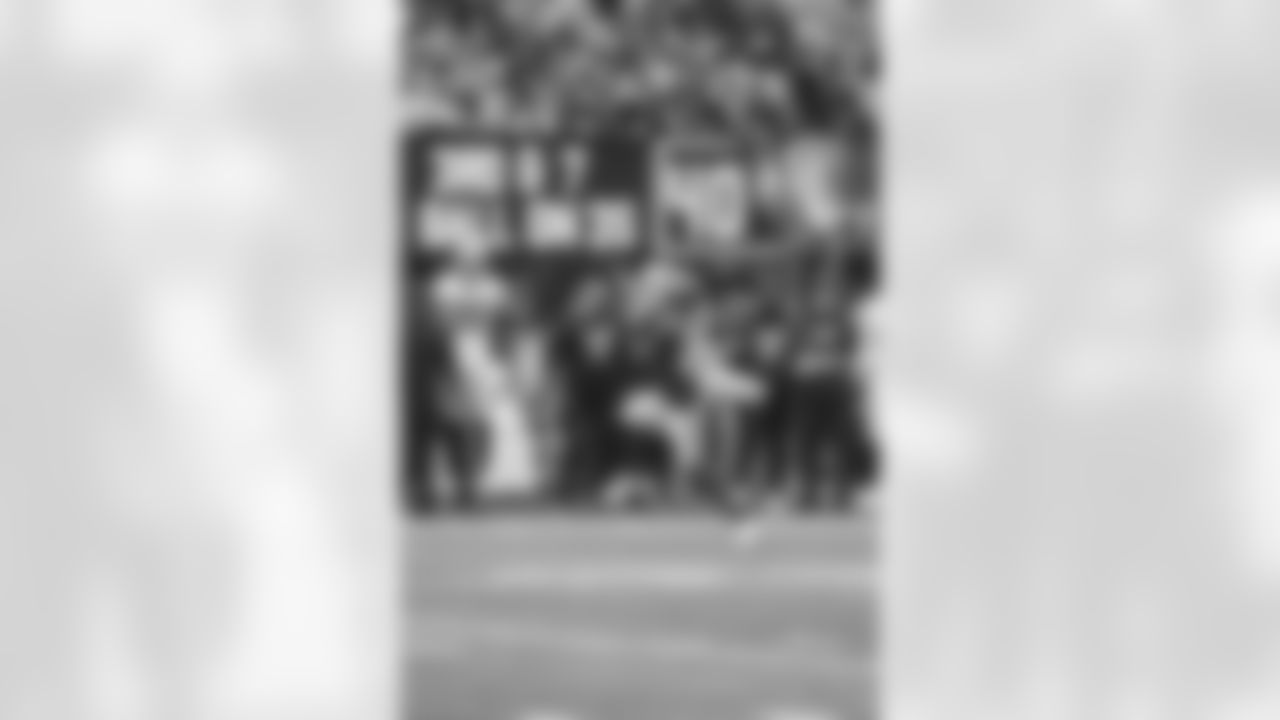
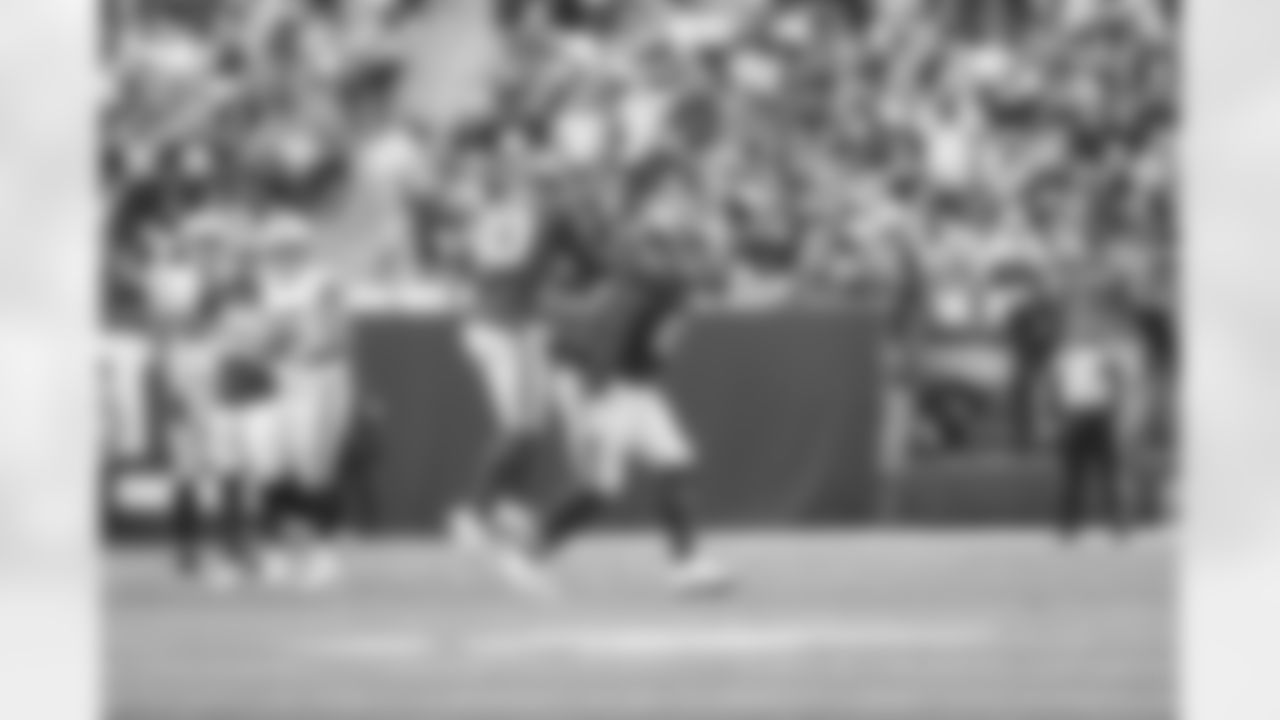
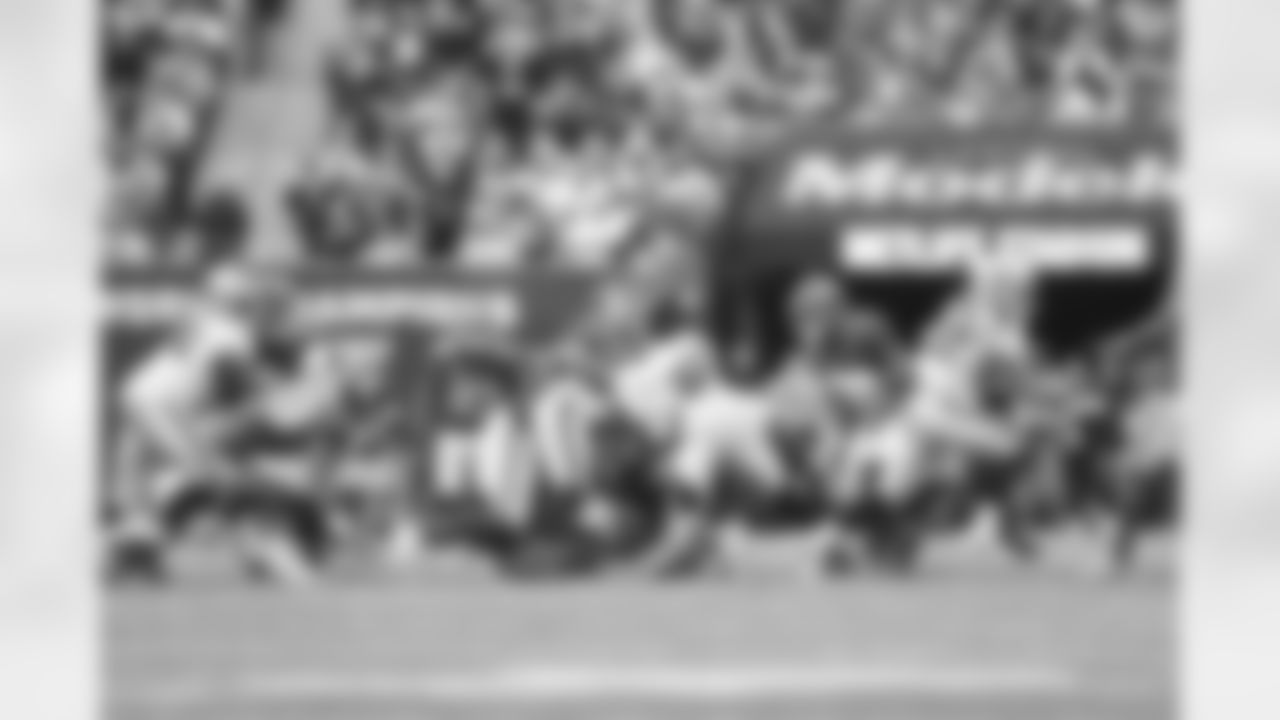
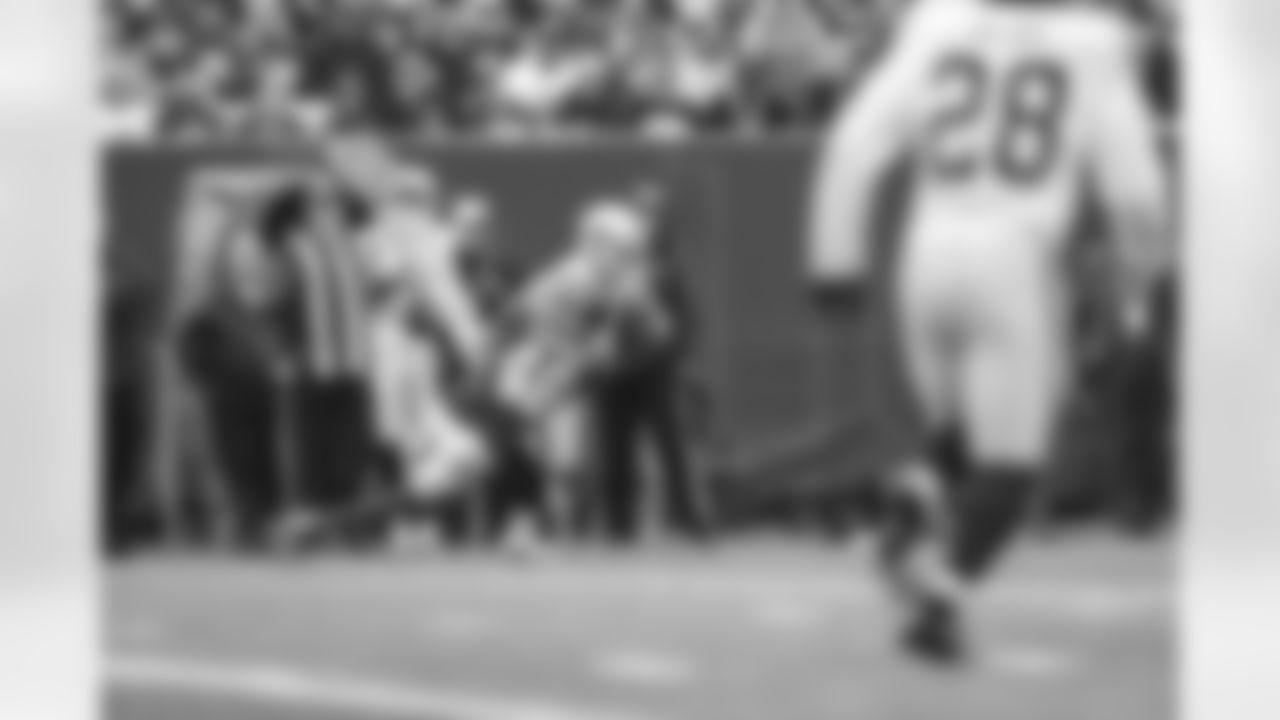
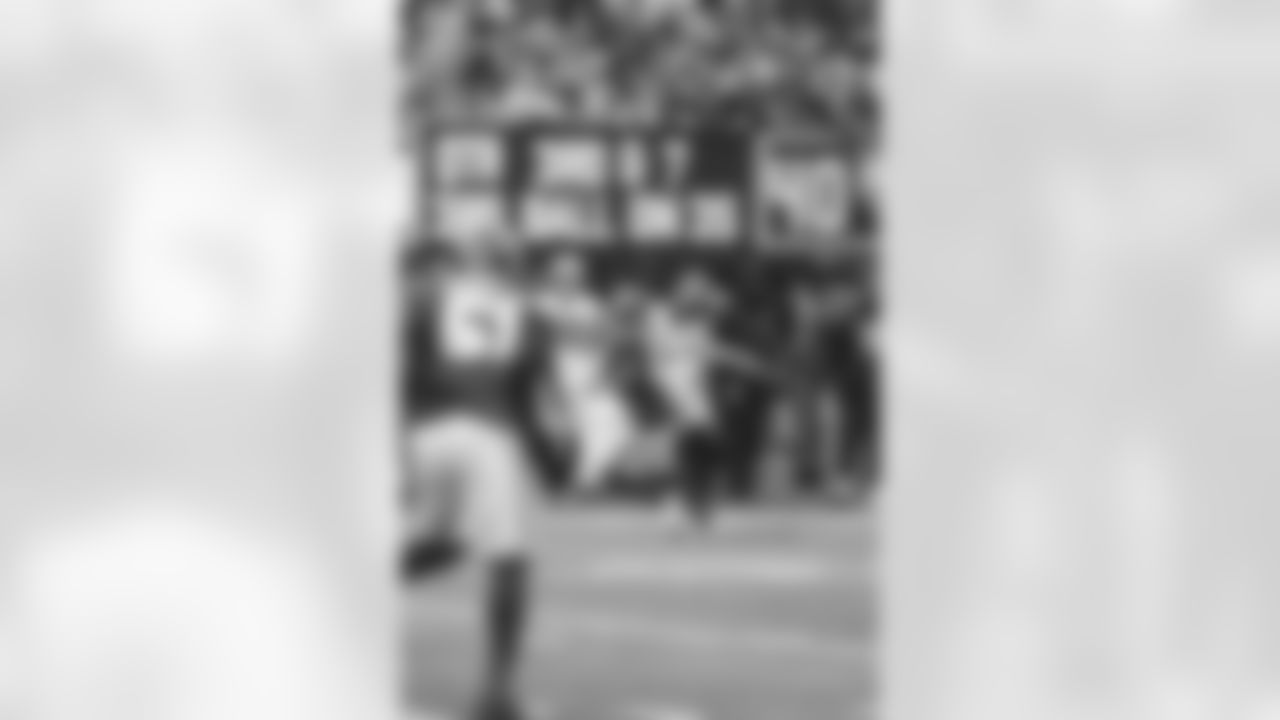
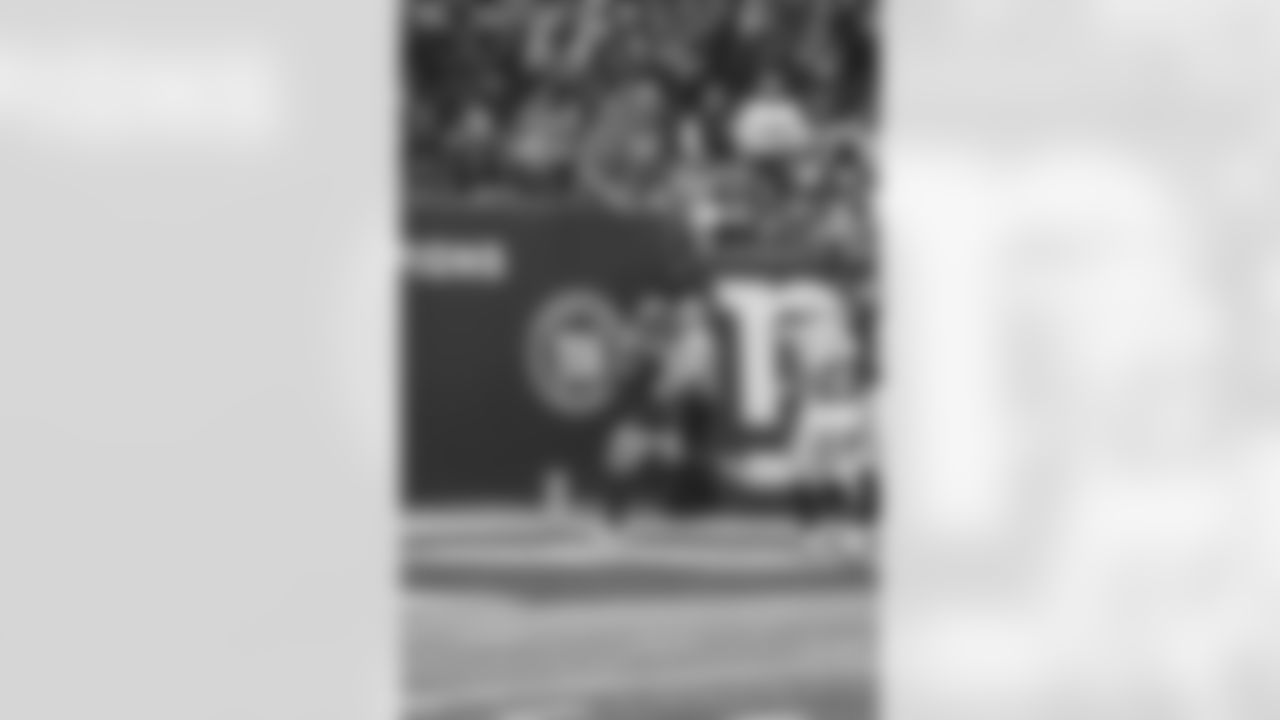

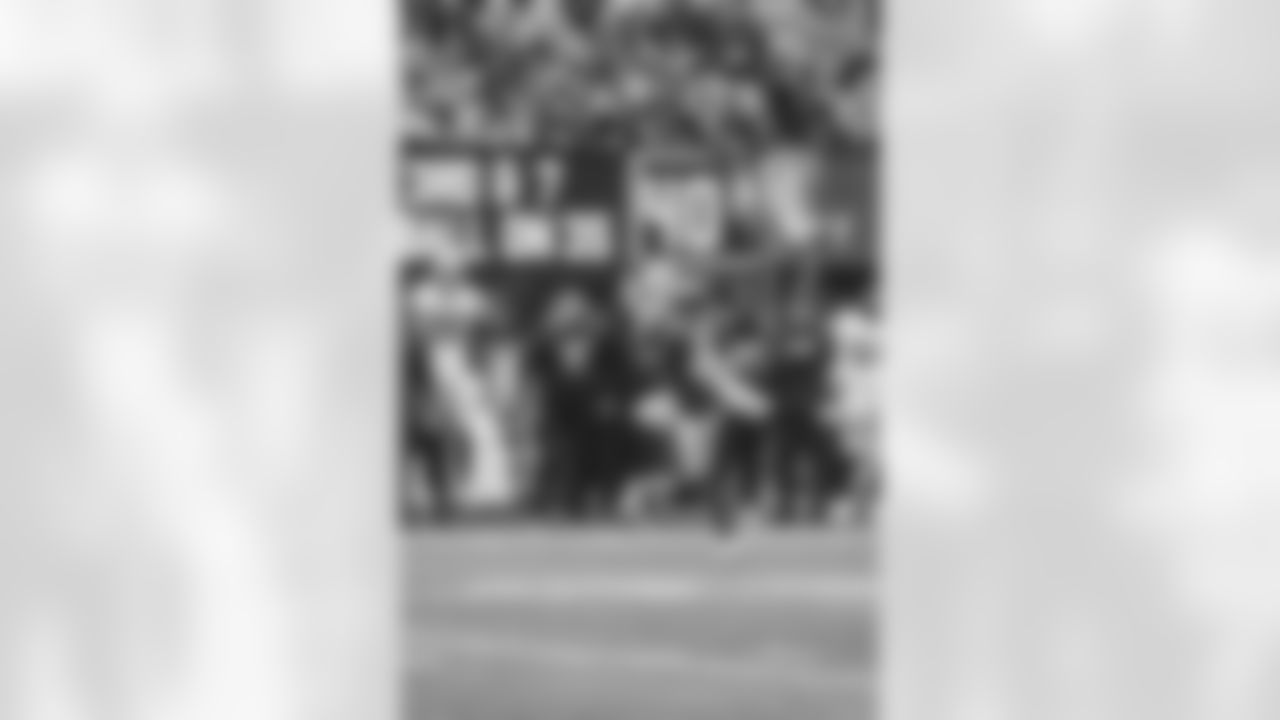
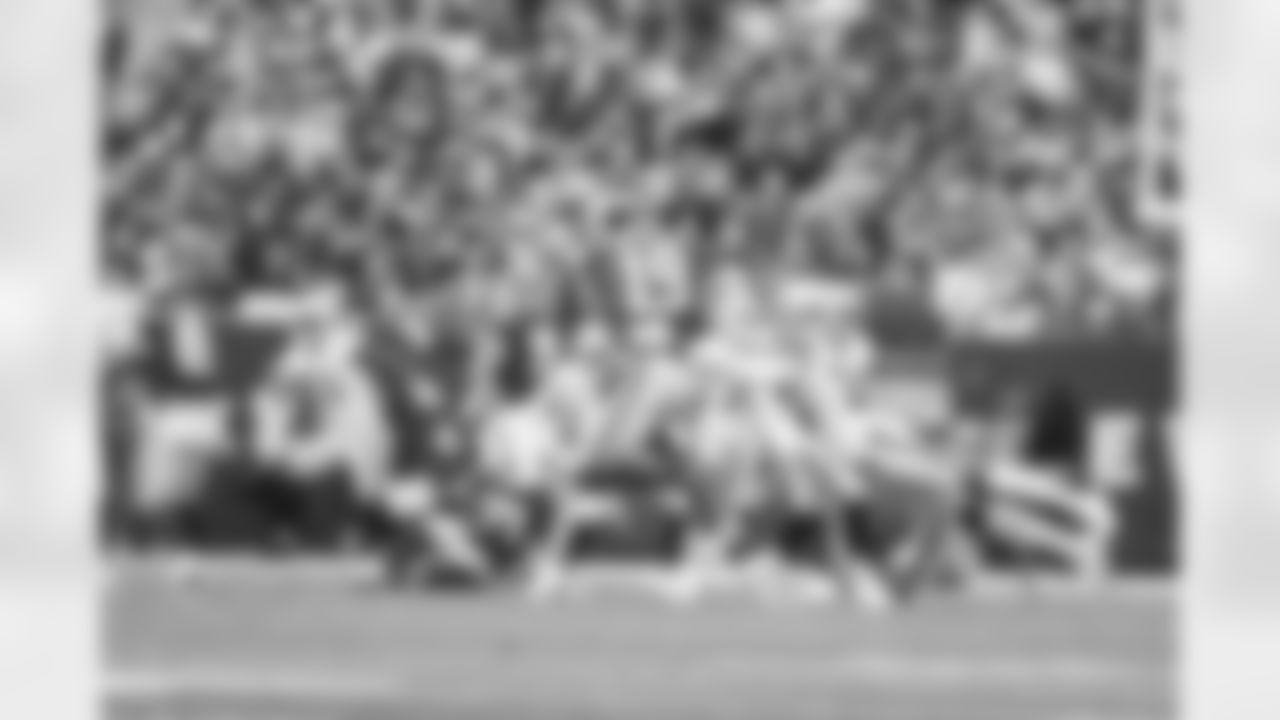
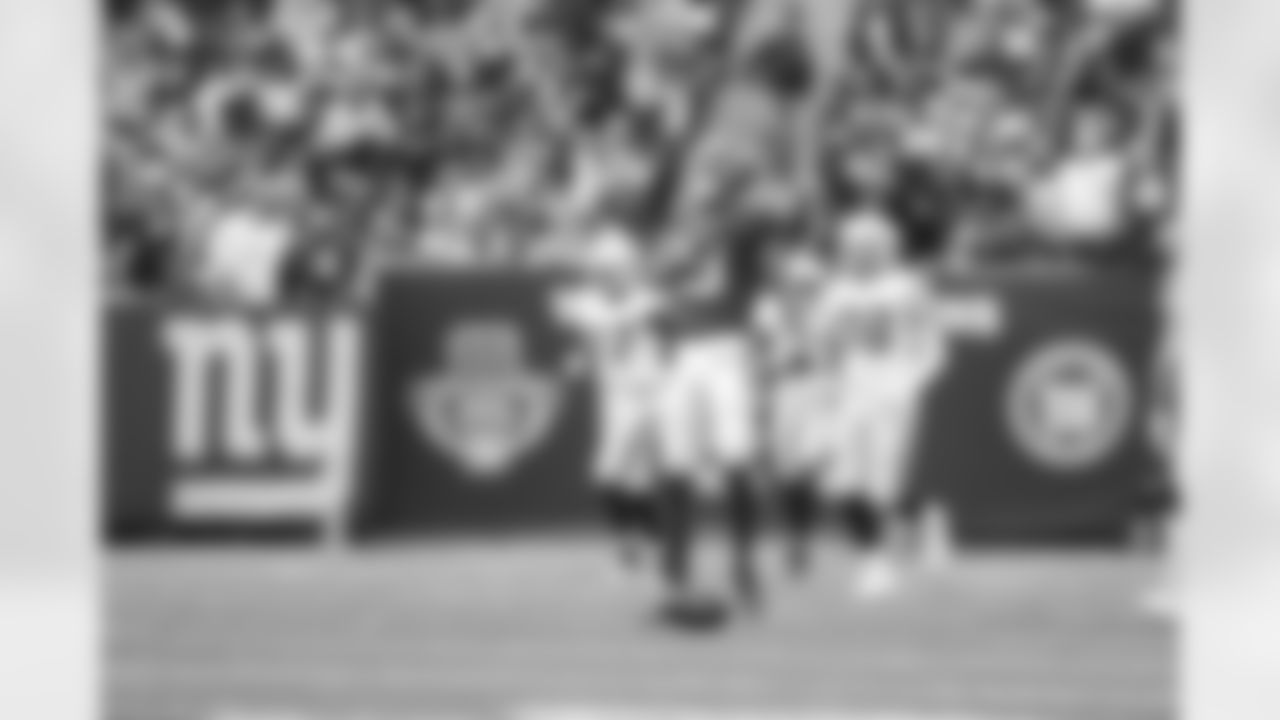

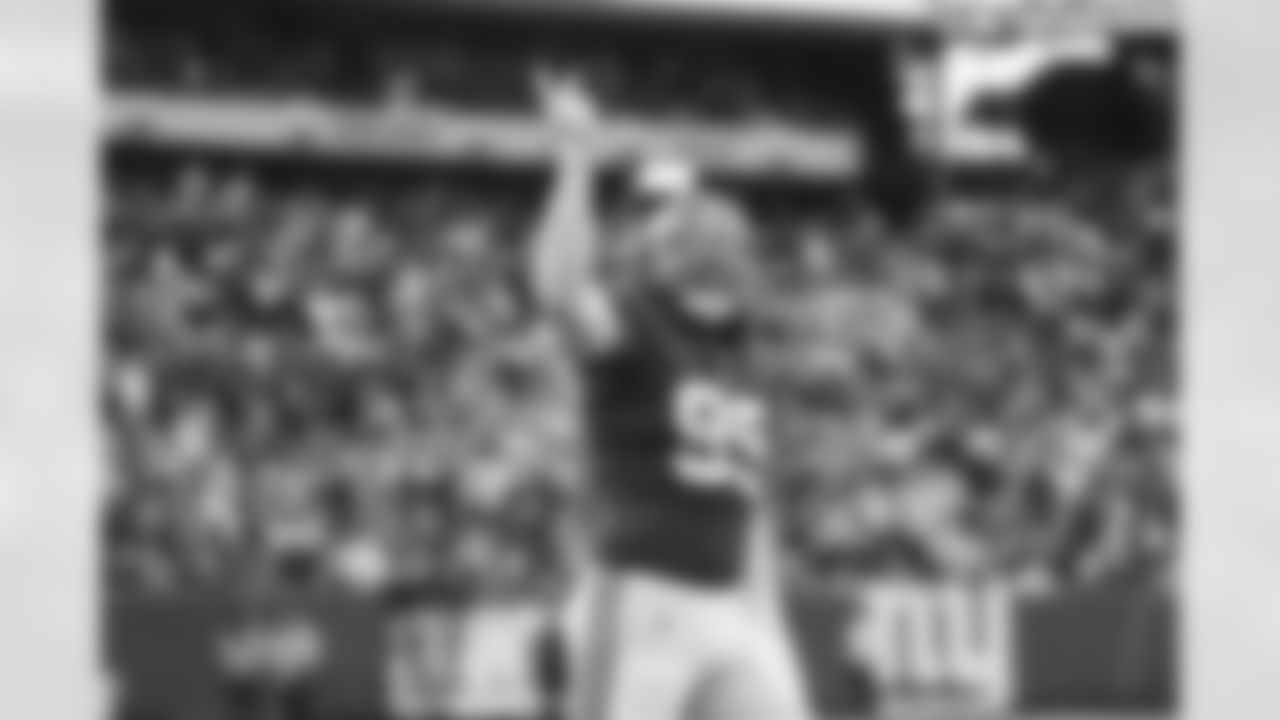
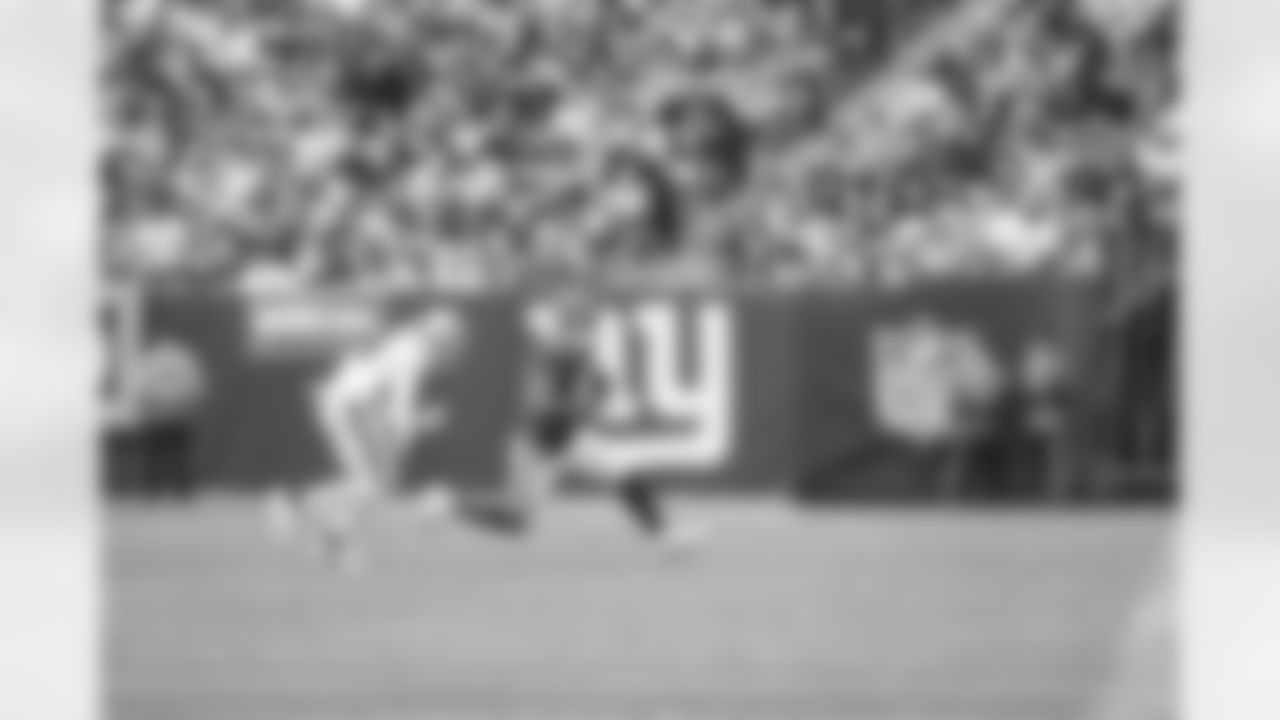
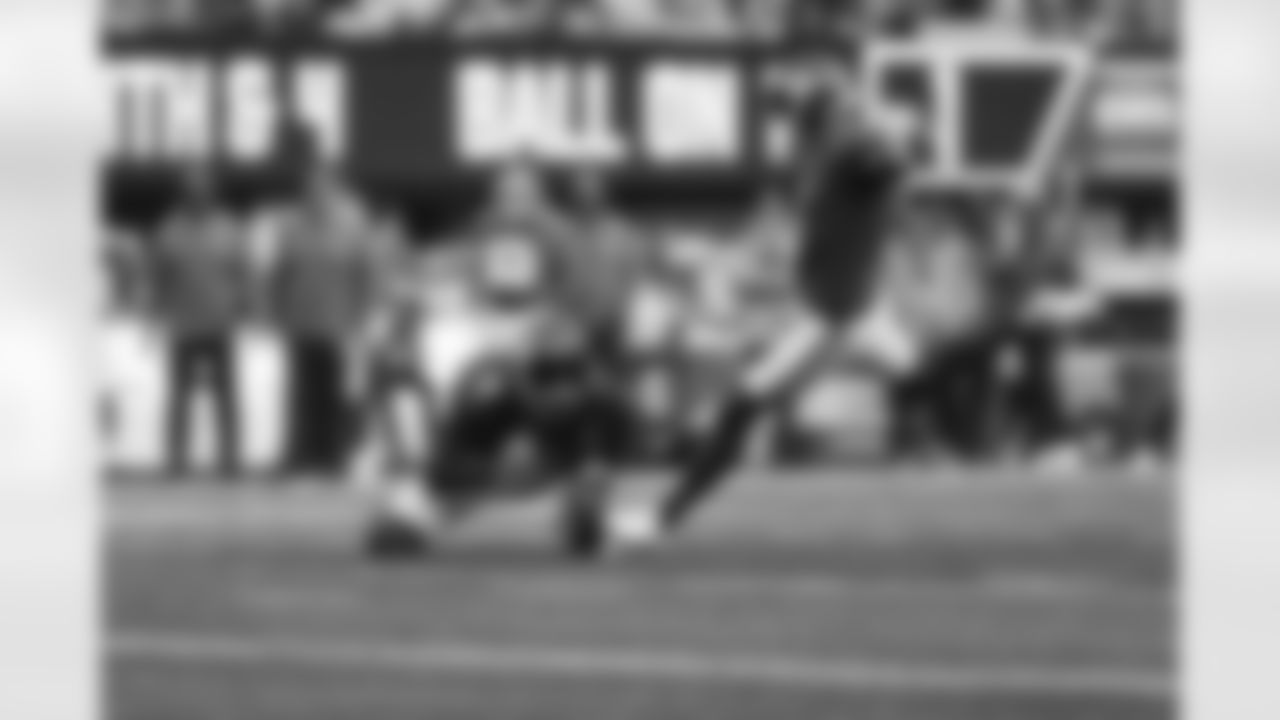
New York Giants' Graham Gano, right, kicks a field goal during the second half of an NFL football game against the Las Vegas Raiders, Sunday, Nov. 7, 2021, in East Rutherford, N.J. (AP Photo/John Munson)
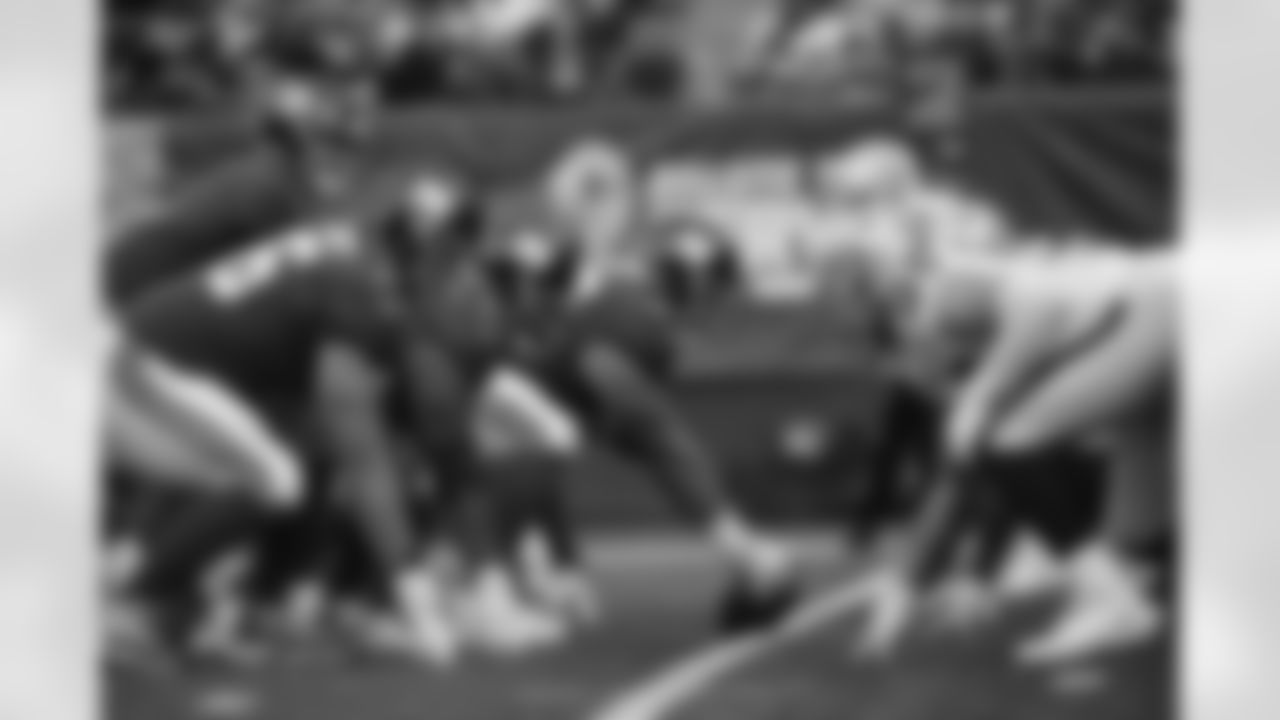
The New York Giants play the Las Vegas Raiders, right, during the second half of an NFL football game Sunday, Nov. 7, 2021, in East Rutherford, N.J. (AP Photo/John Munson)
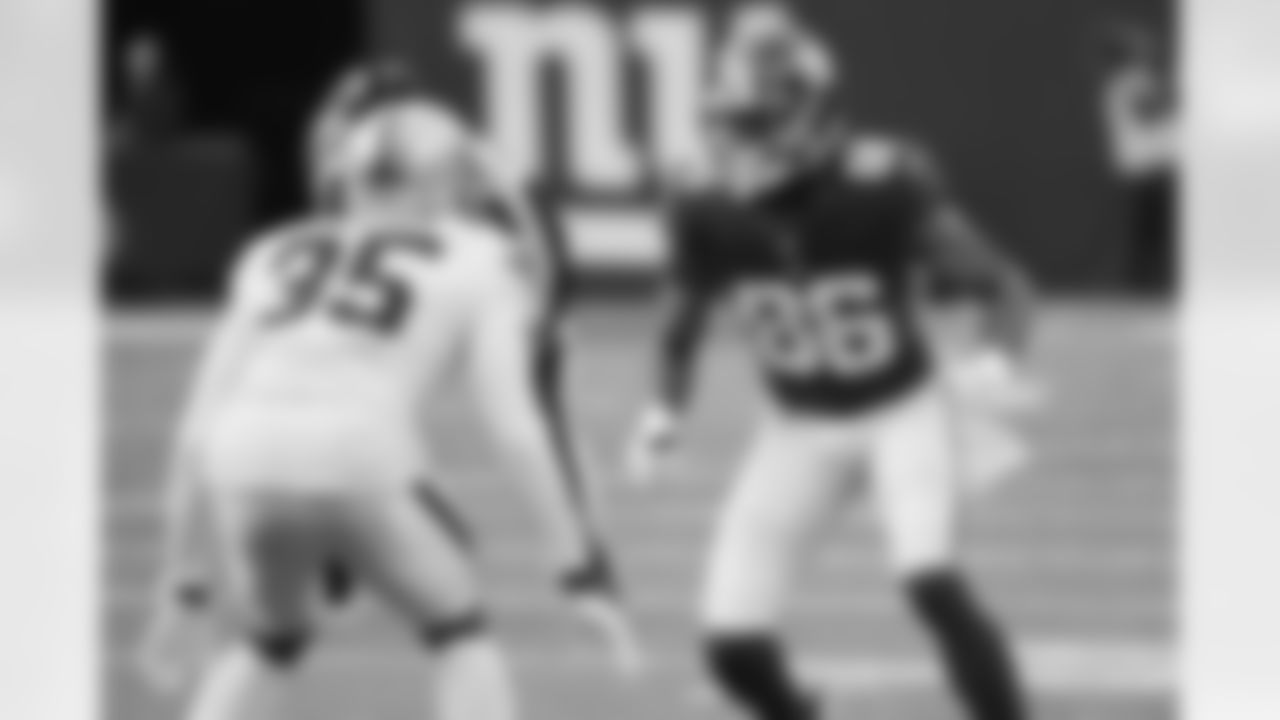
Las Vegas Raiders' Brandon Facyson (35) defends New York Giants' Darius Slayton (86) during the second half of an NFL football game Sunday, Nov. 7, 2021, in East Rutherford, N.J. (AP Photo/Bill Kostroun)

The New York Giants, left, play the Las Vegas Raiders during the second half of an NFL football game Sunday, Nov. 7, 2021, in East Rutherford, N.J. (AP Photo/John Munson)
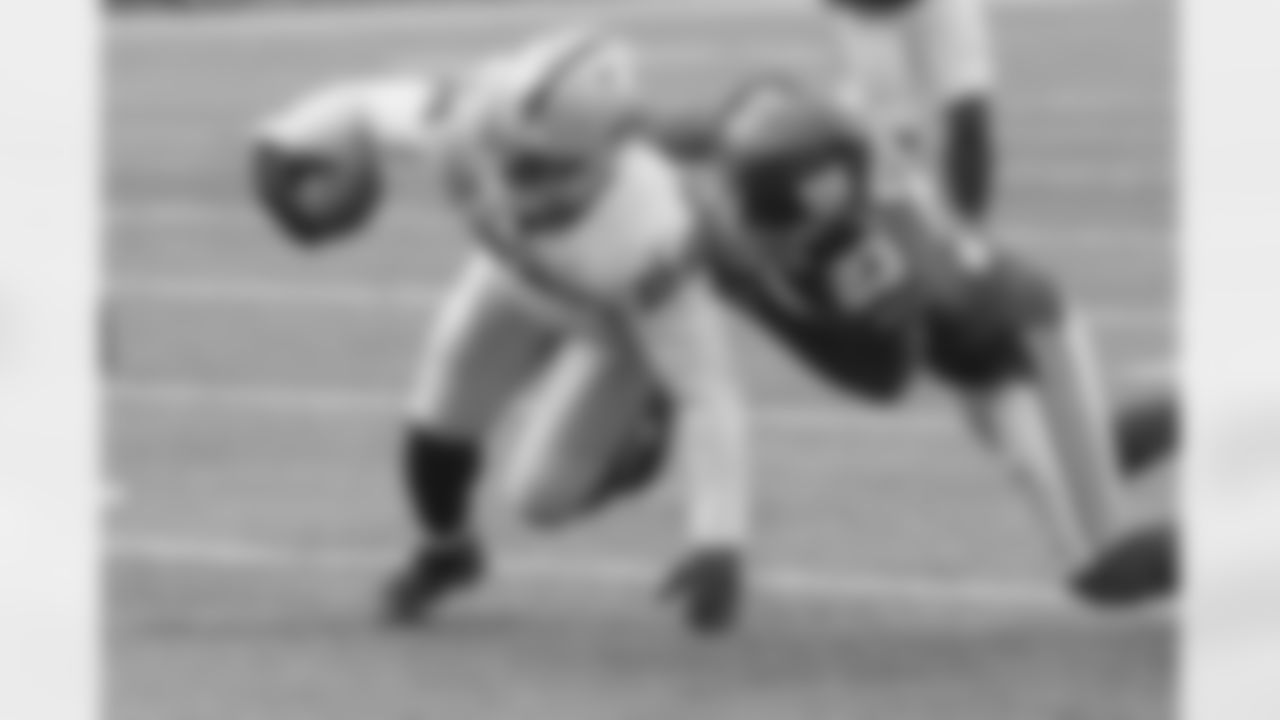
New York Giants' Logan Ryan (23) tackles Las Vegas Raiders' Josh Jacobs (28) during the second half of an NFL football game Sunday, Nov. 7, 2021, in East Rutherford, N.J. (AP Photo/Bill Kostroun)
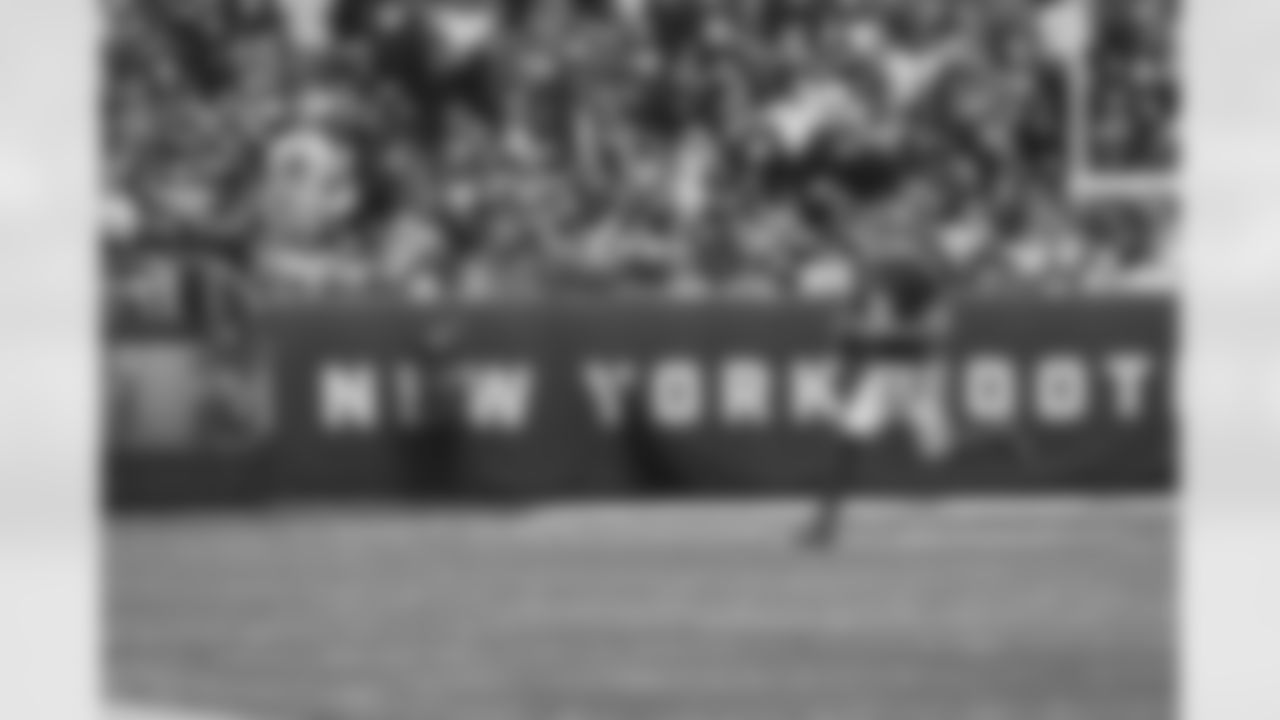
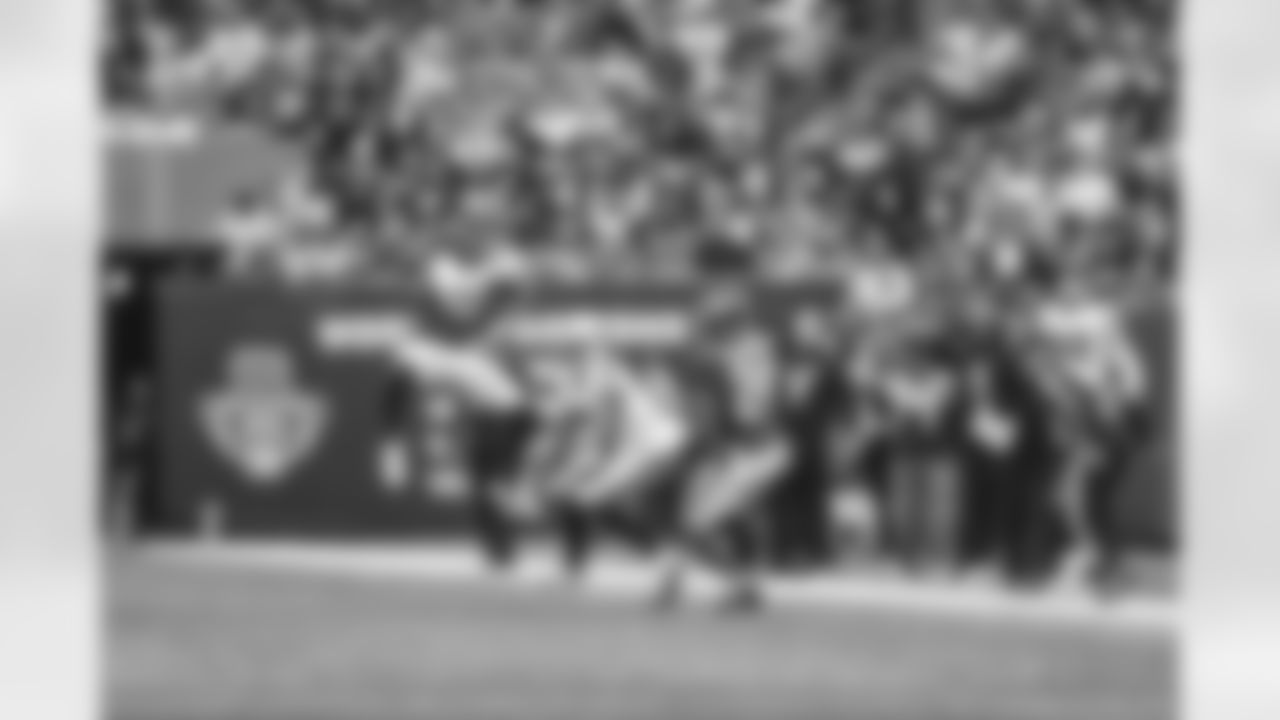
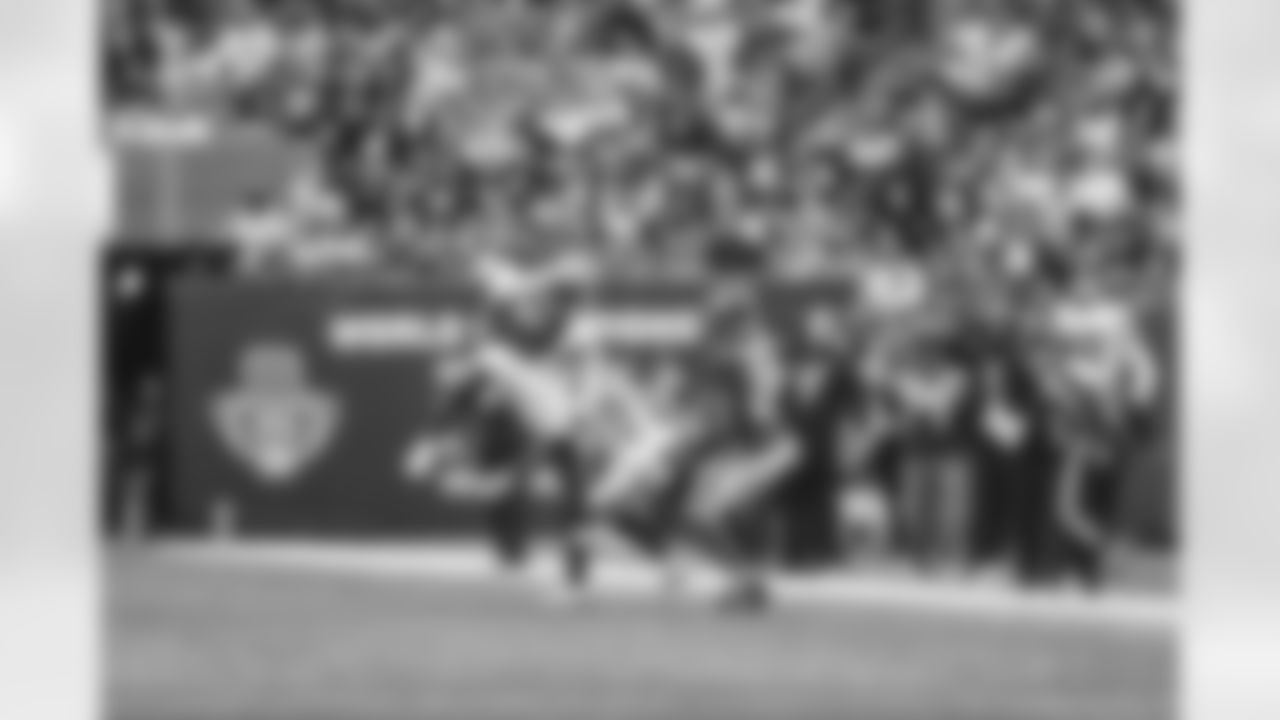
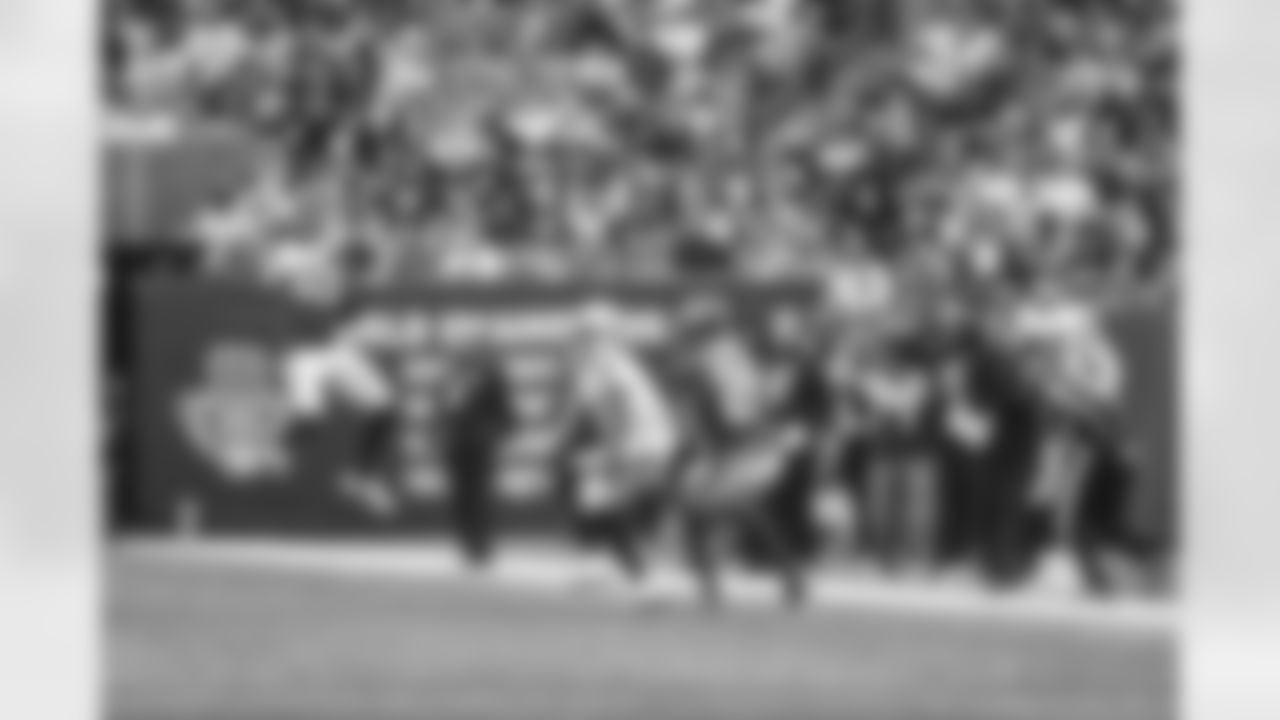
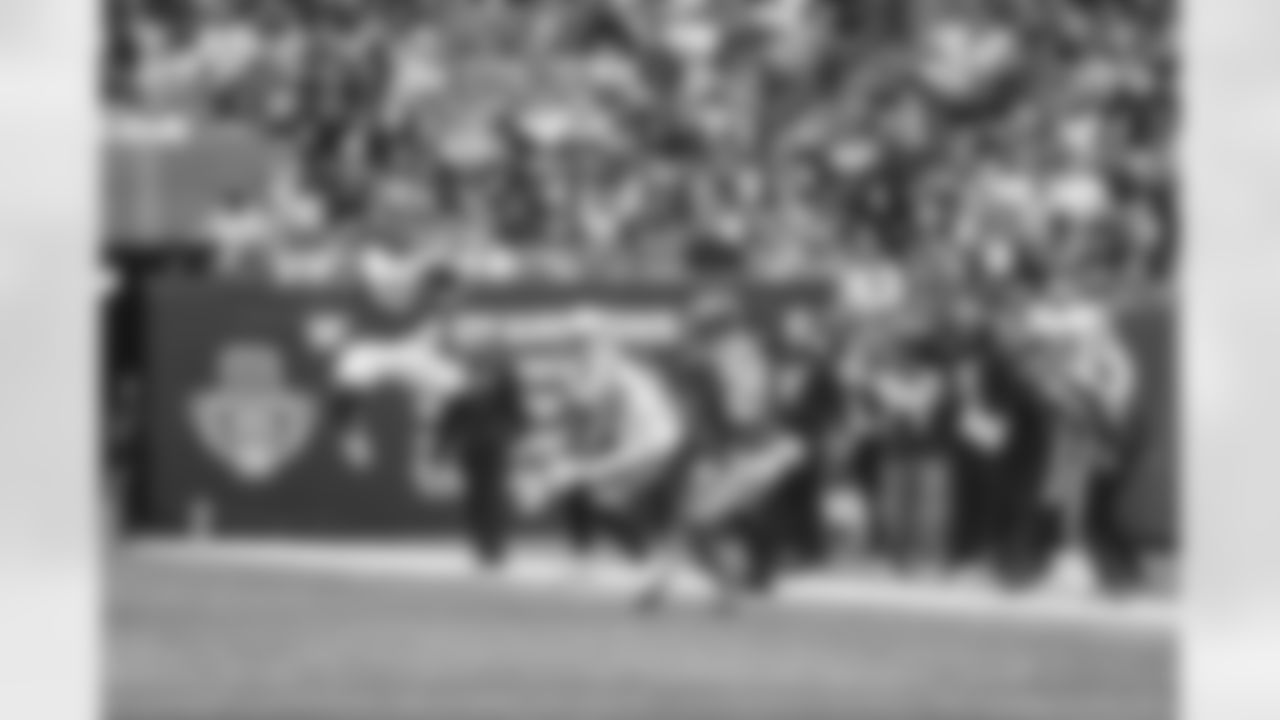
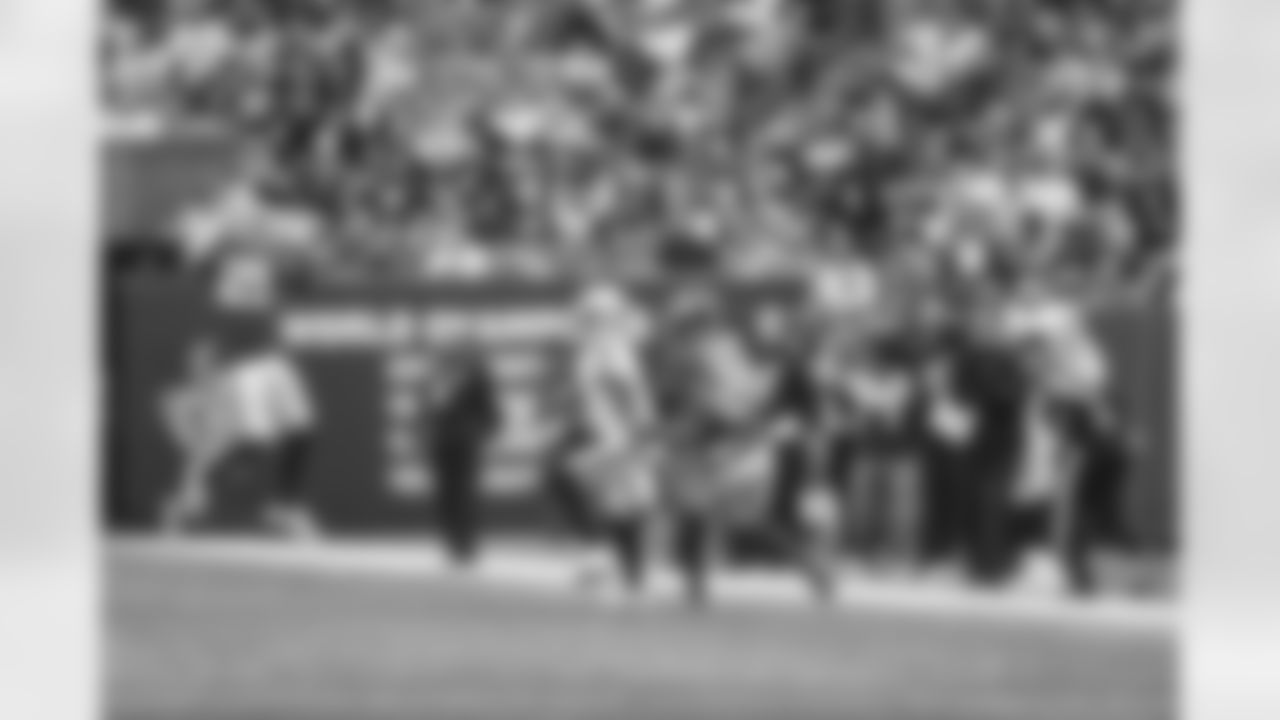
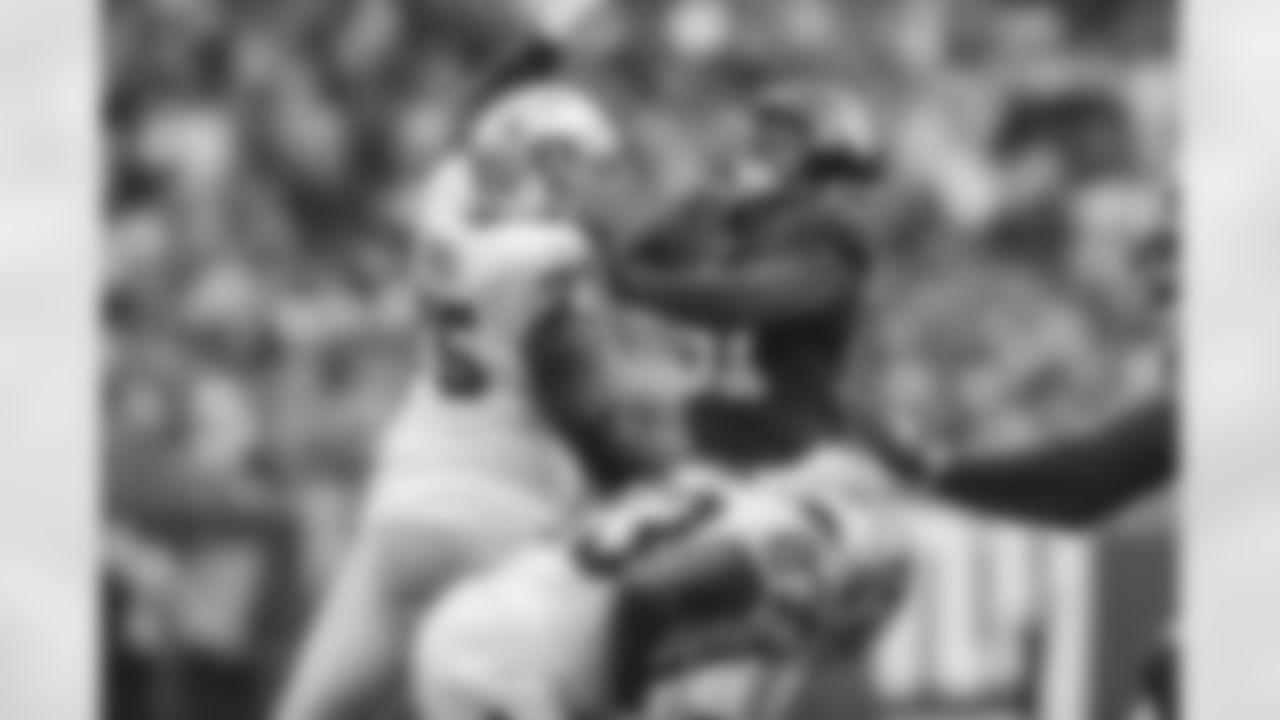

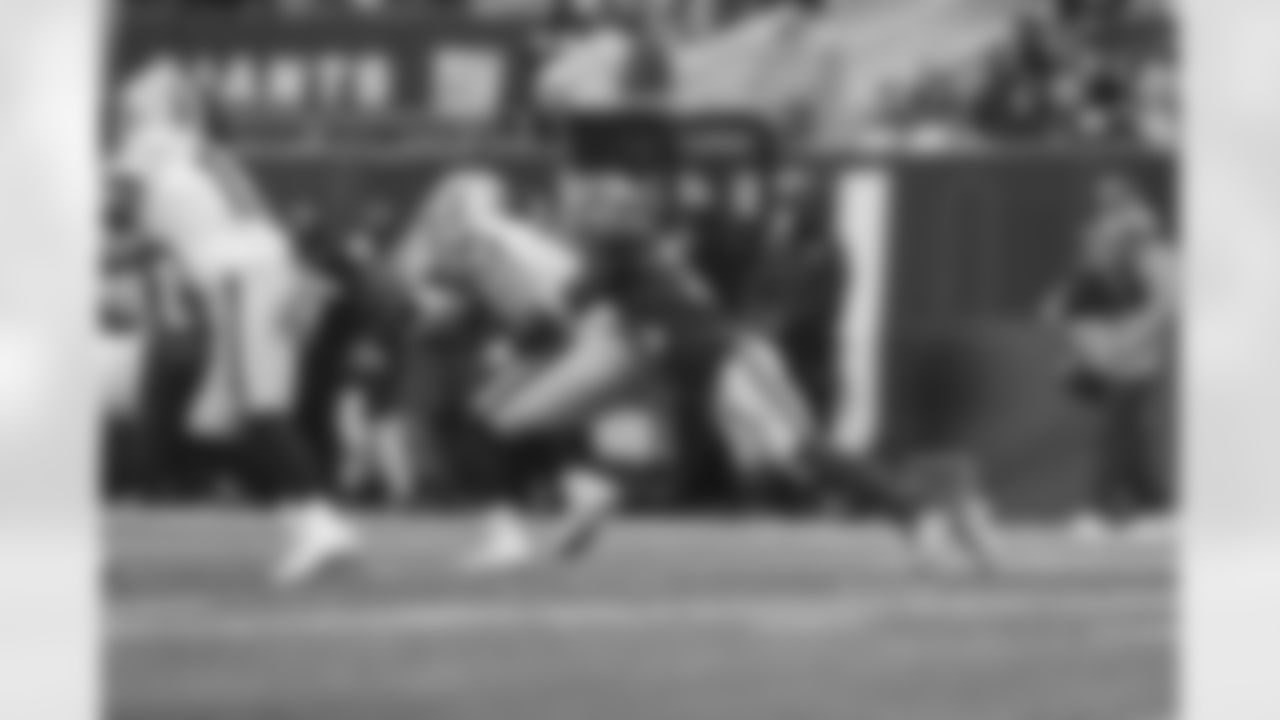
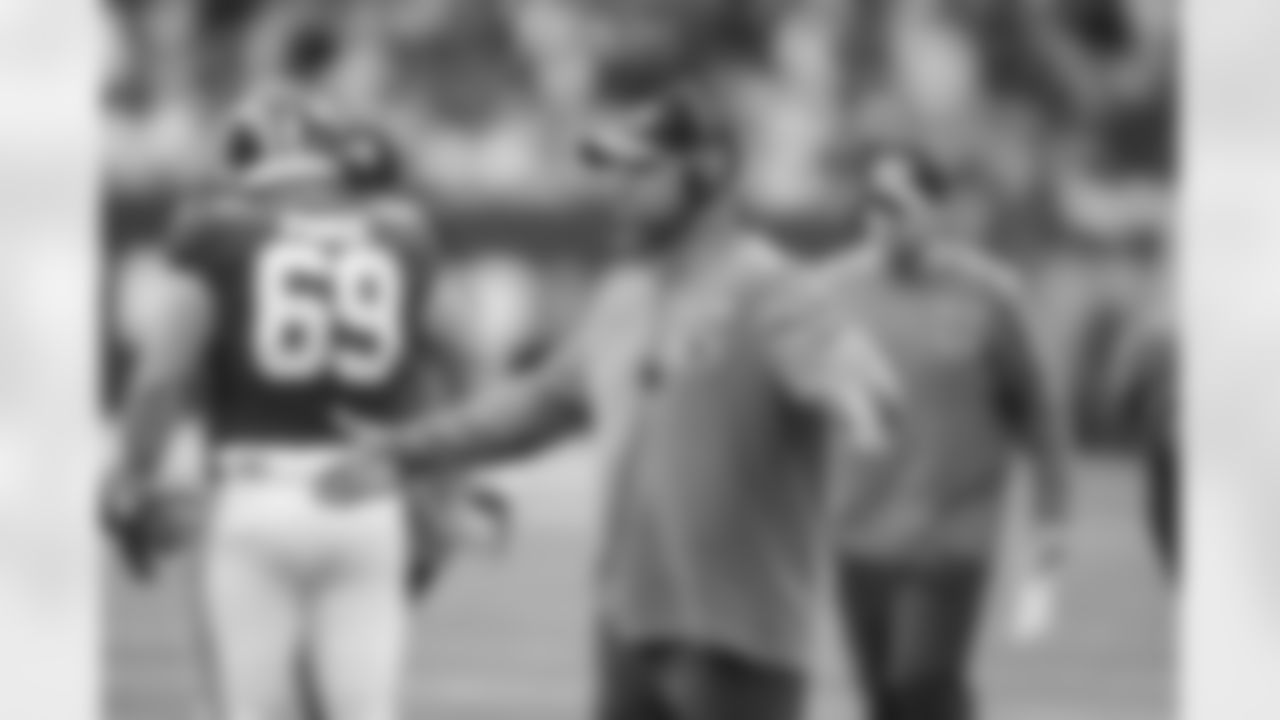
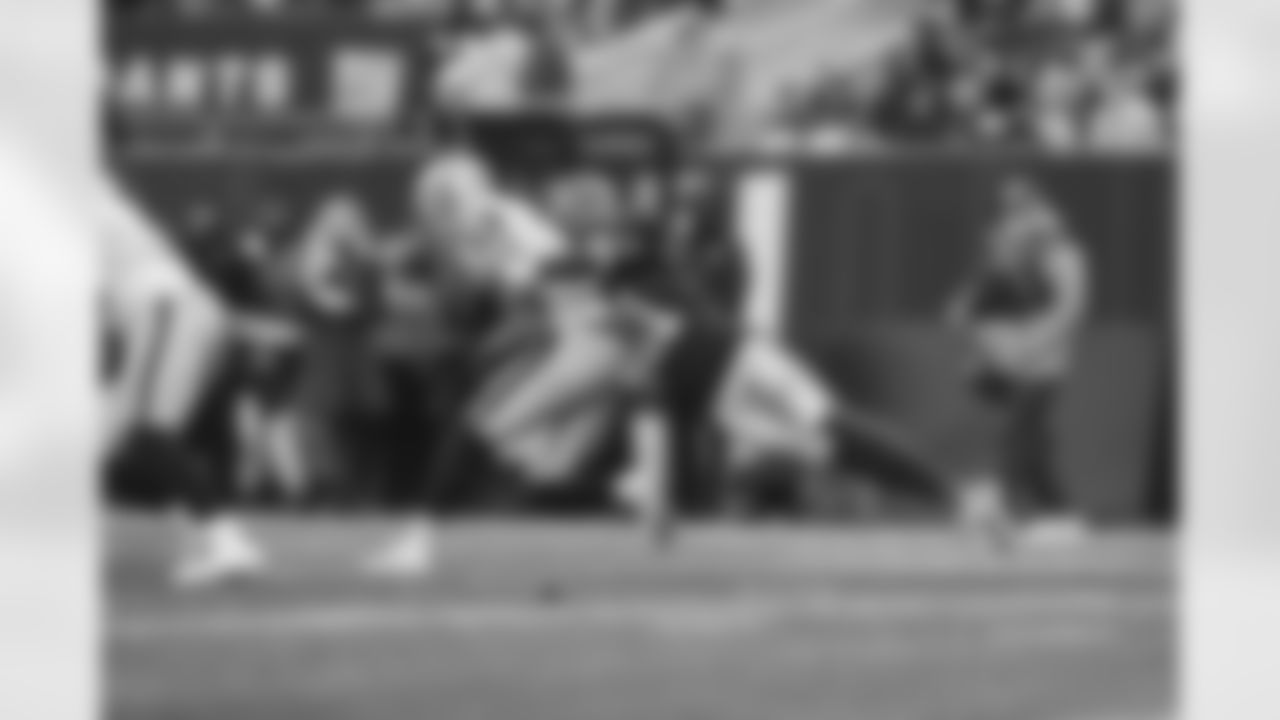
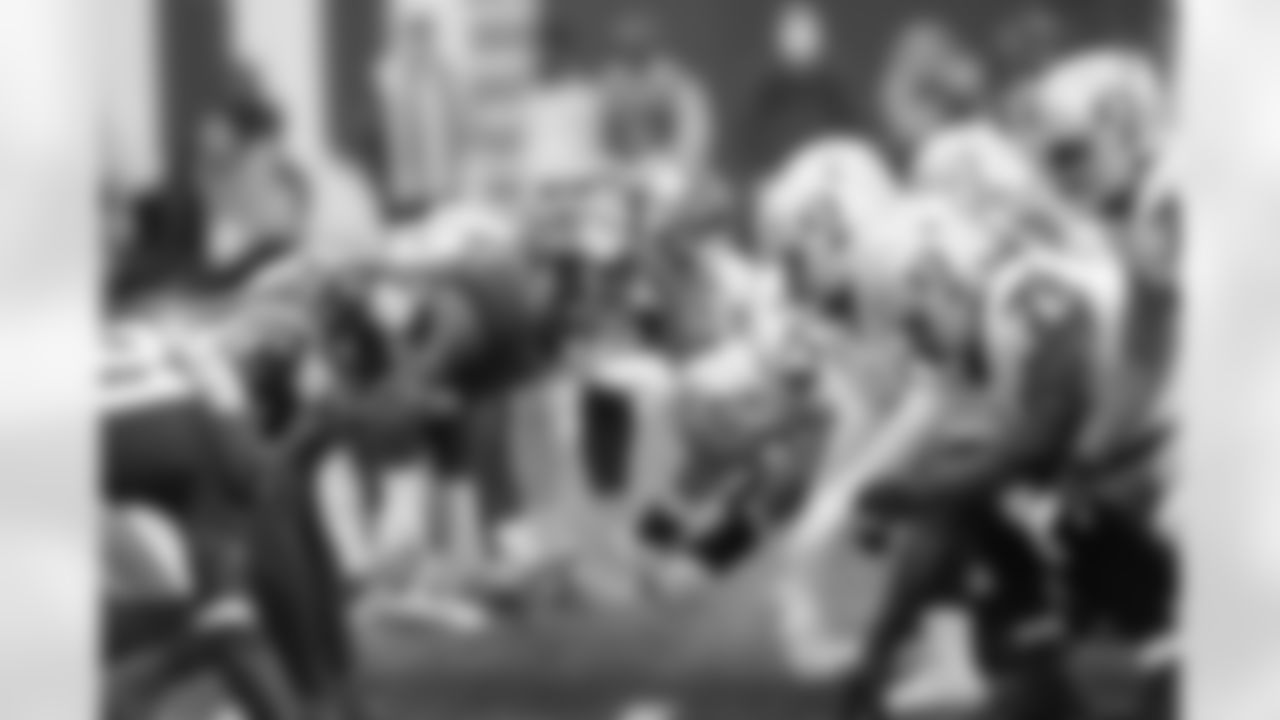
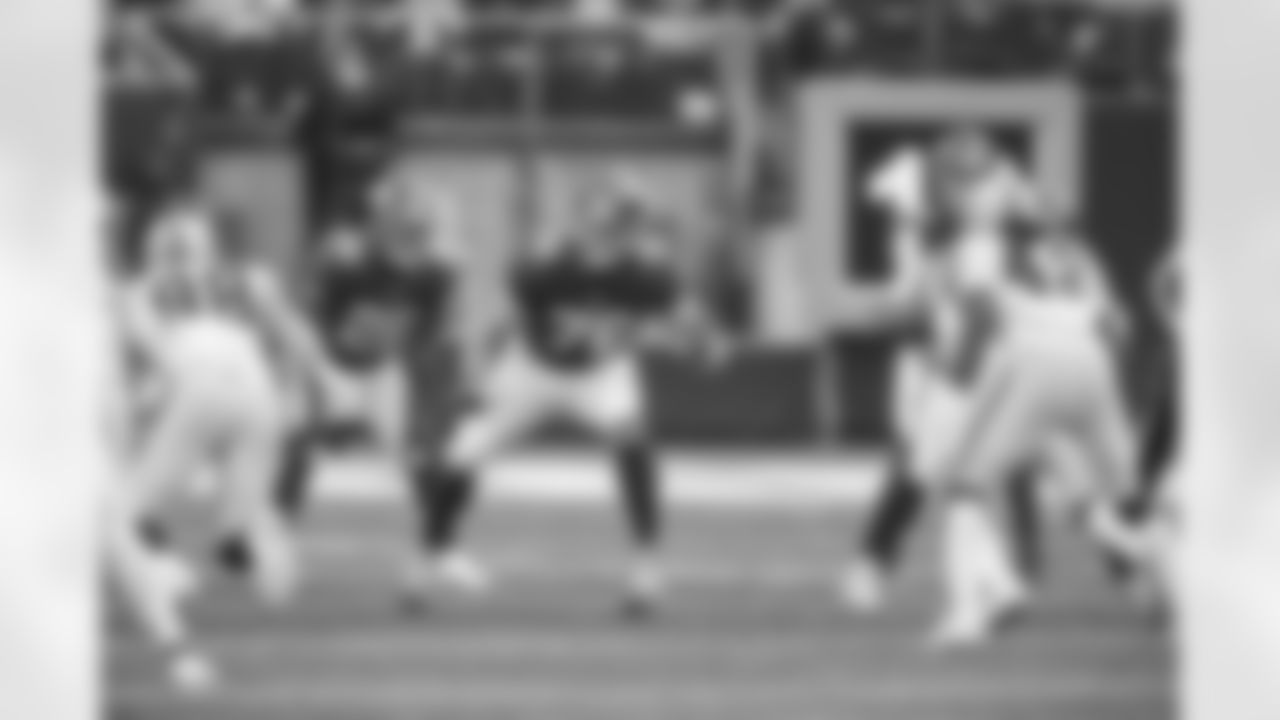

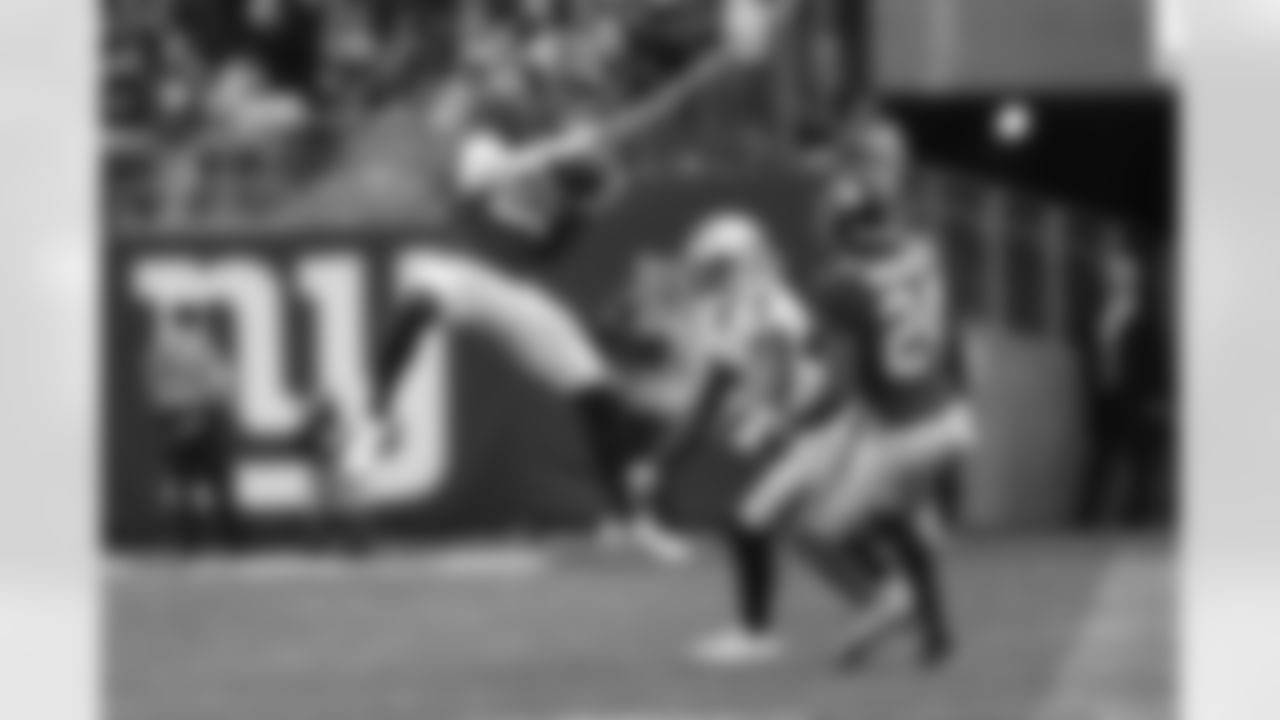
New York Giants free safety Xavier McKinney (29) intercepts a pass to Las Vegas Raiders' Zay Jones (7) as James Bradberry (24) watches during the second half of an NFL football game Sunday, Nov. 7, 2021, in East Rutherford, N.J. (AP Photo/John Munson)
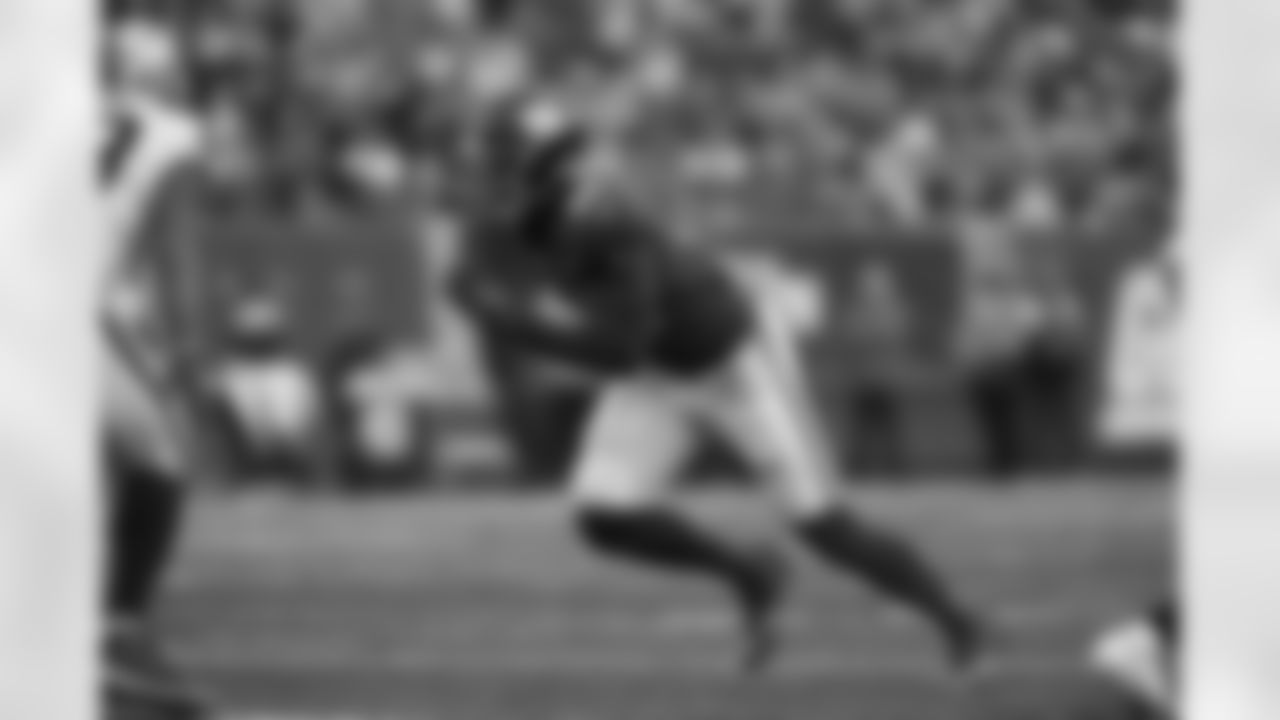
New York Giants' Azeez Ojulari (51) during the second half of an NFL football game against the Las Vegas Raiders Sunday, Nov. 7, 2021, in East Rutherford, N.J. (AP Photo/John Munson)
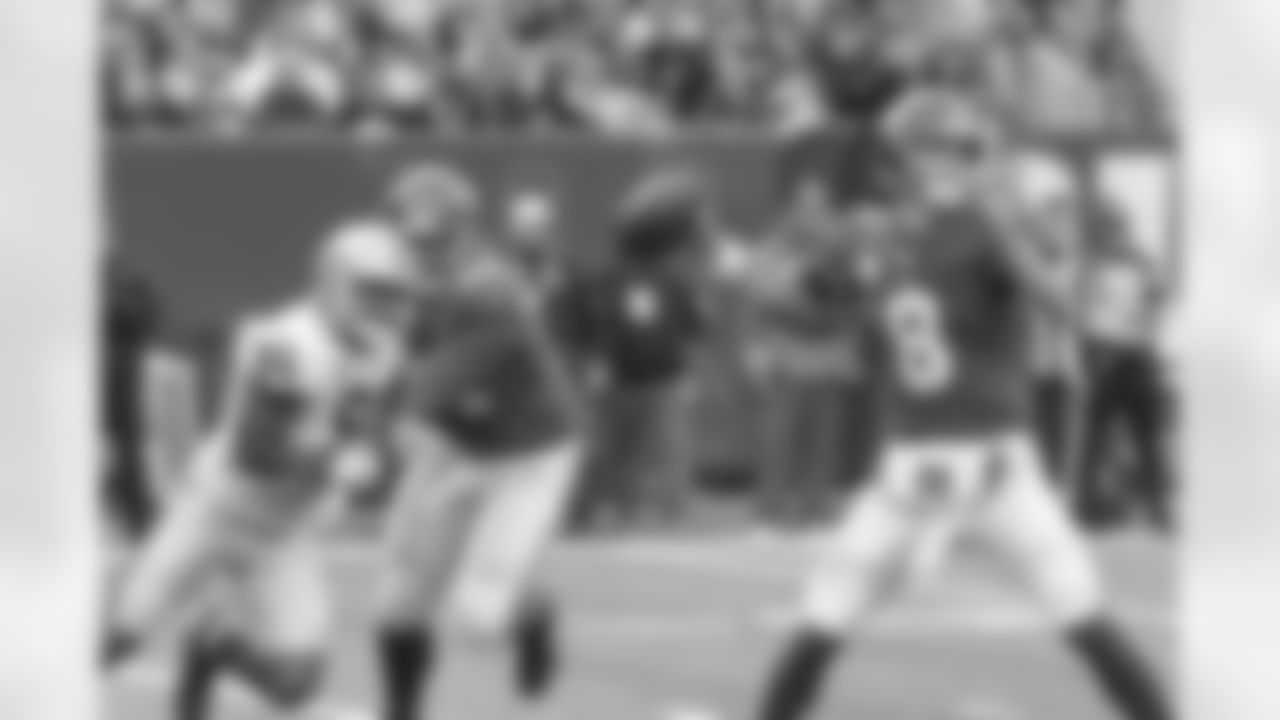
New York Giants' Daniel Jones (8) throws a pass as Las Vegas Raiders' Yannick Ngakoue (91) closes in during the second half of an NFL football game Sunday, Nov. 7, 2021, in East Rutherford, N.J. (AP Photo/Bill Kostroun)
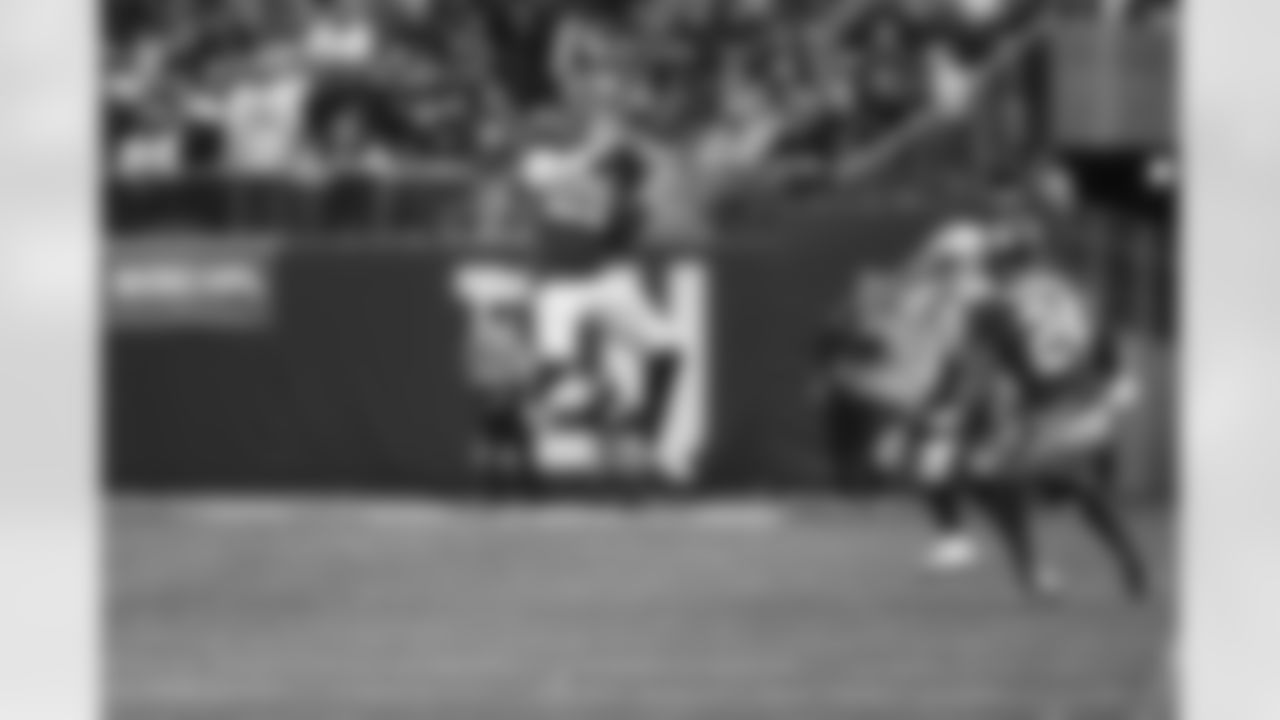
New York Giants free safety Xavier McKinney (29) intercepts a pass to Las Vegas Raiders' Zay Jones (7) as James Bradberry (24) watches during the second half of an NFL football game Sunday, Nov. 7, 2021, in East Rutherford, N.J. (AP Photo/John Munson)

New York Giants' Elijhaa Penny (39) during the second half of an NFL football game against the Las Vegas Raiders Sunday, Nov. 7, 2021, in East Rutherford, N.J. (AP Photo/John Munson)
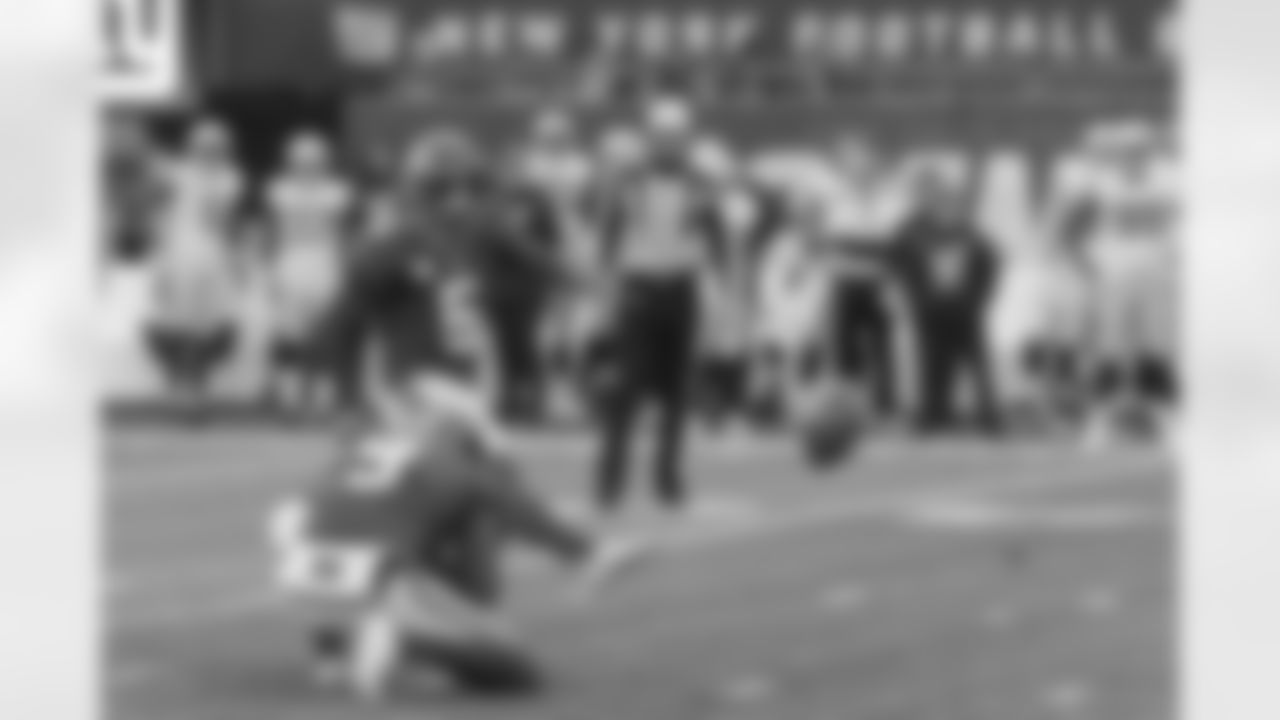
New York Giants' Graham Gano (5) kicks a field goal during the second half of an NFL football game against the Las Vegas Raiders, Sunday, Nov. 7, 2021, in East Rutherford, N.J. (AP Photo/Bill Kostroun)
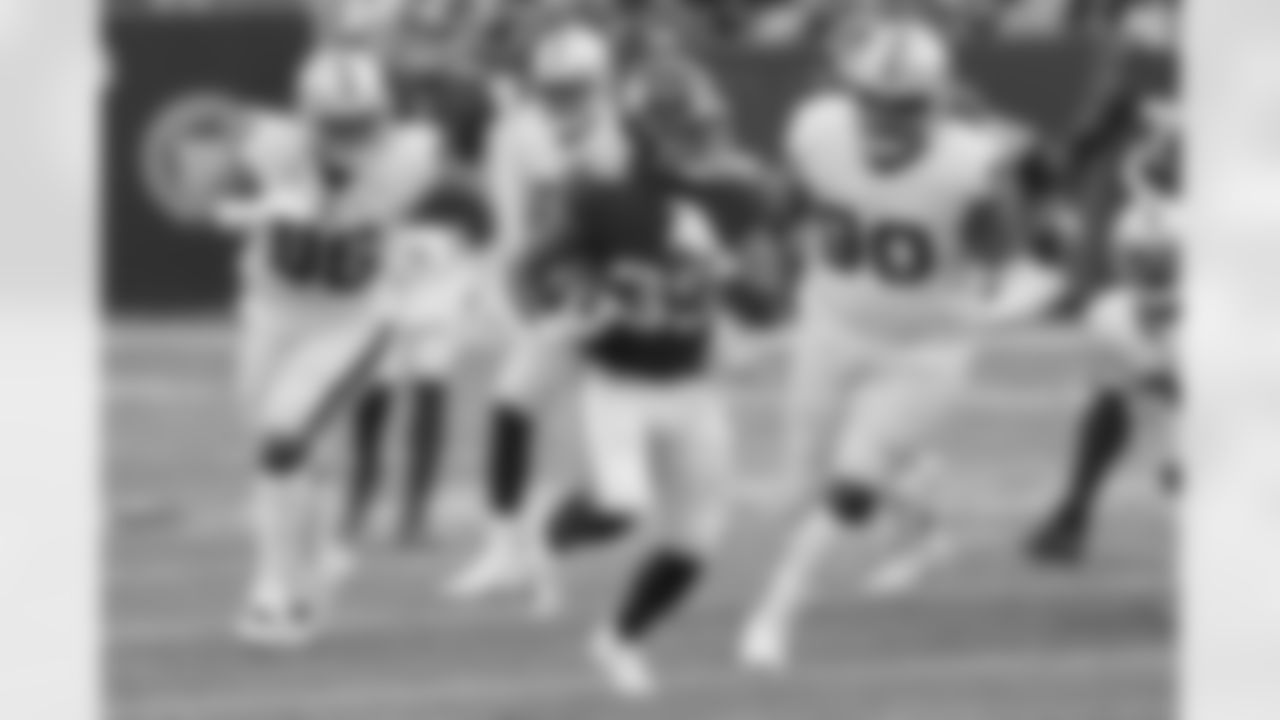
Las Vegas Raiders' Darius Philon (96) and Johnathan Hankins (90) chase New York Giants' Elijhaa Penny (39) during the second half of an NFL football game Sunday, Nov. 7, 2021, in East Rutherford, N.J. (AP Photo/Bill Kostroun)
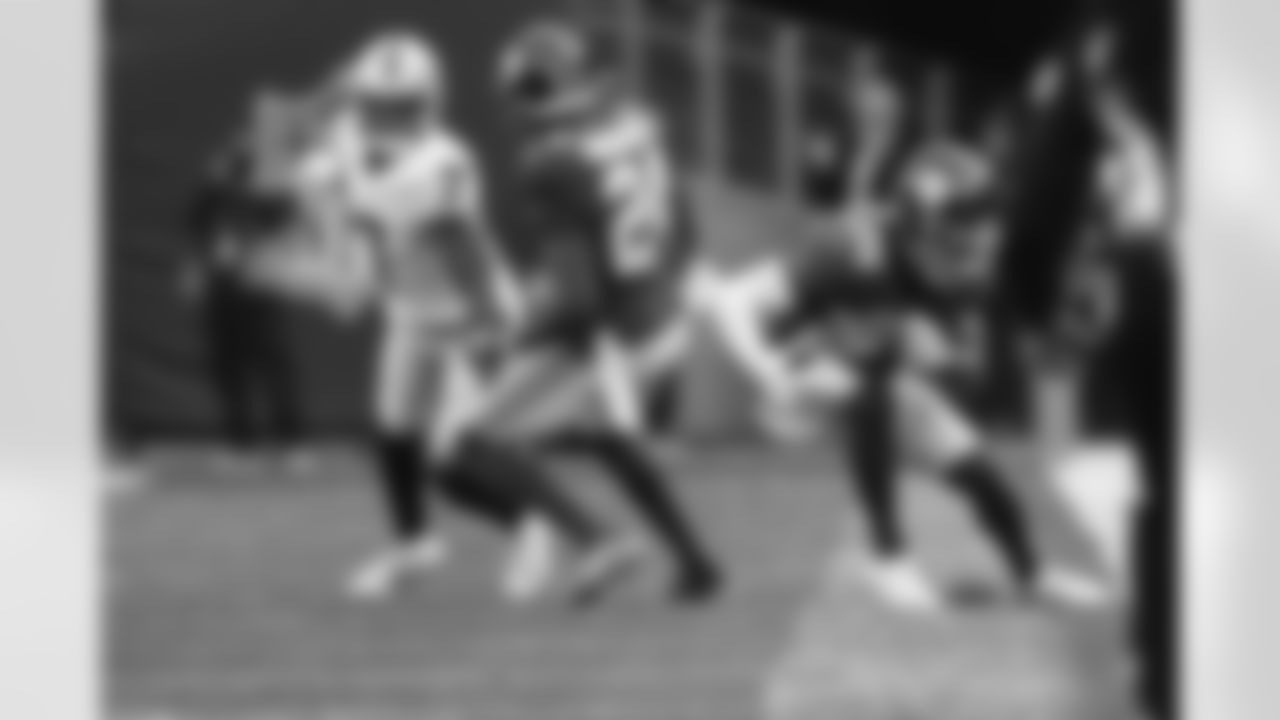
New York Giants free safety Xavier McKinney (29) intercepts a pass to Las Vegas Raiders' Zay Jones (7) as James Bradberry (24) watches during the second half of an NFL football game Sunday, Nov. 7, 2021, in East Rutherford, N.J. (AP Photo/John Munson)
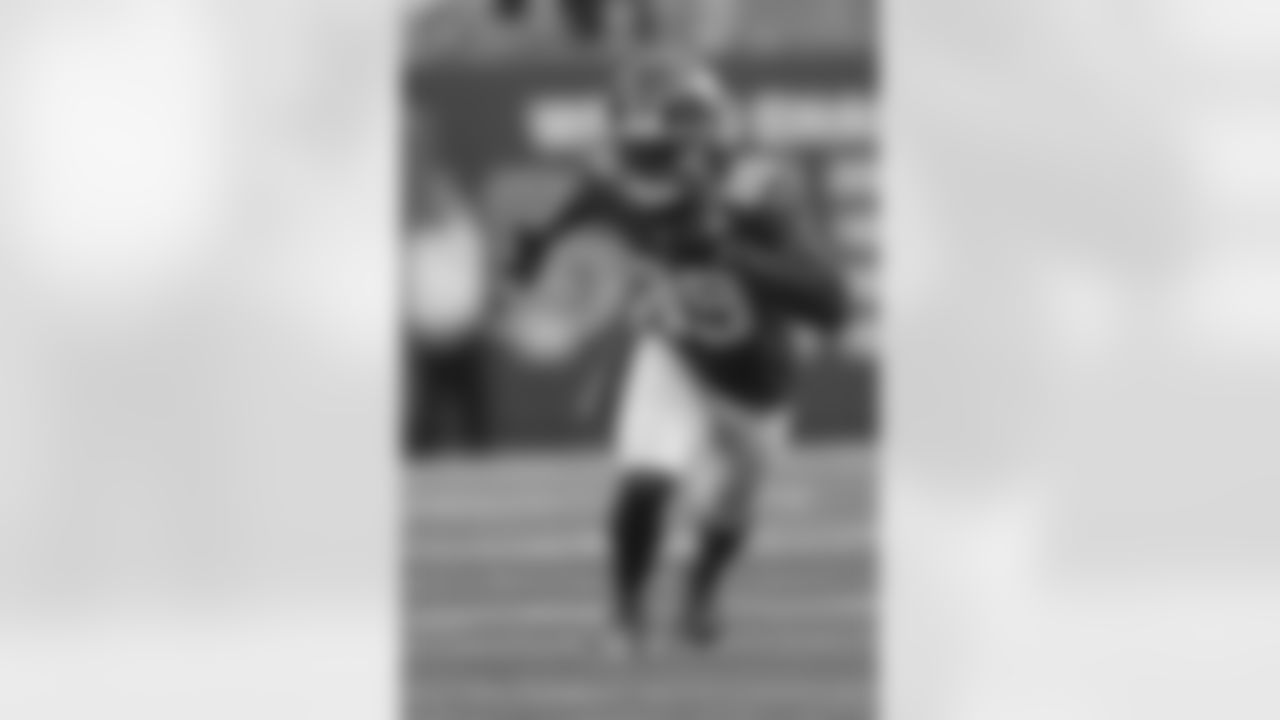
New York Giants' Kadarius Toney (89) during the second half of an NFL football game against the Las Vegas Raiders Sunday, Nov. 7, 2021, in East Rutherford, N.J. (AP Photo/John Munson)
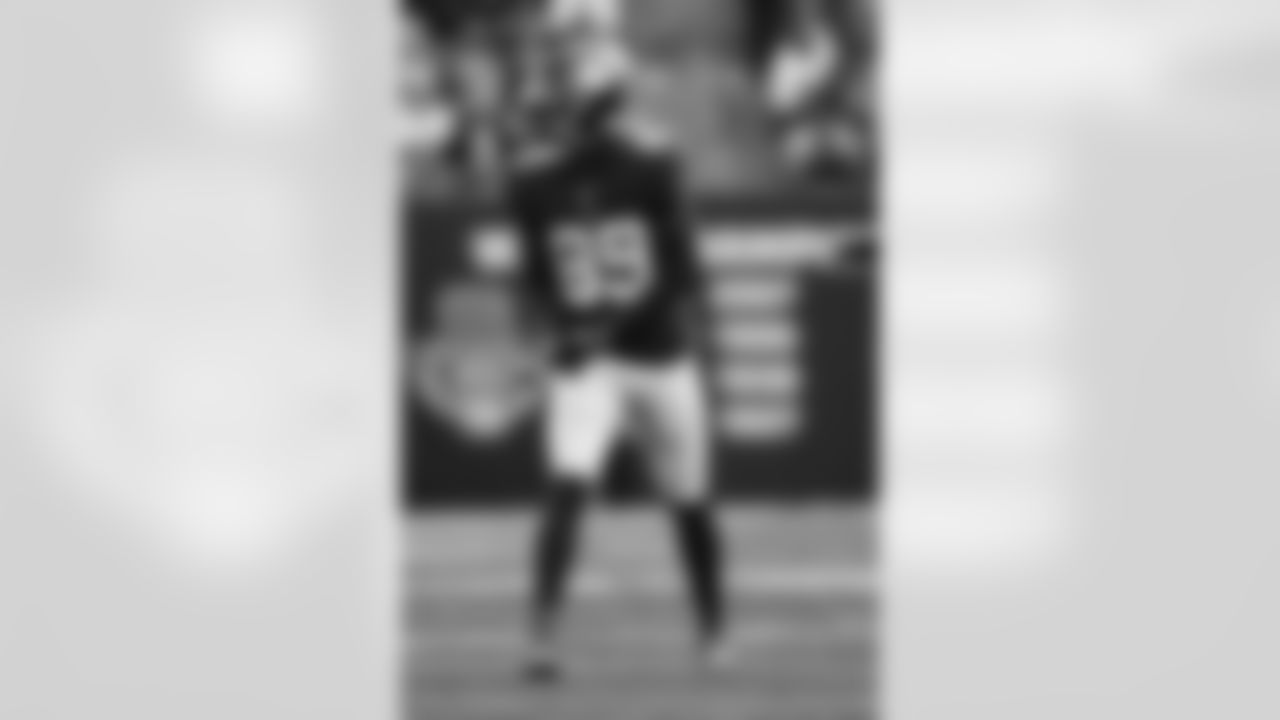
New York Giants' Kadarius Toney (89) during the second half of an NFL football game against the Las Vegas Raiders Sunday, Nov. 7, 2021, in East Rutherford, N.J. (AP Photo/John Munson)
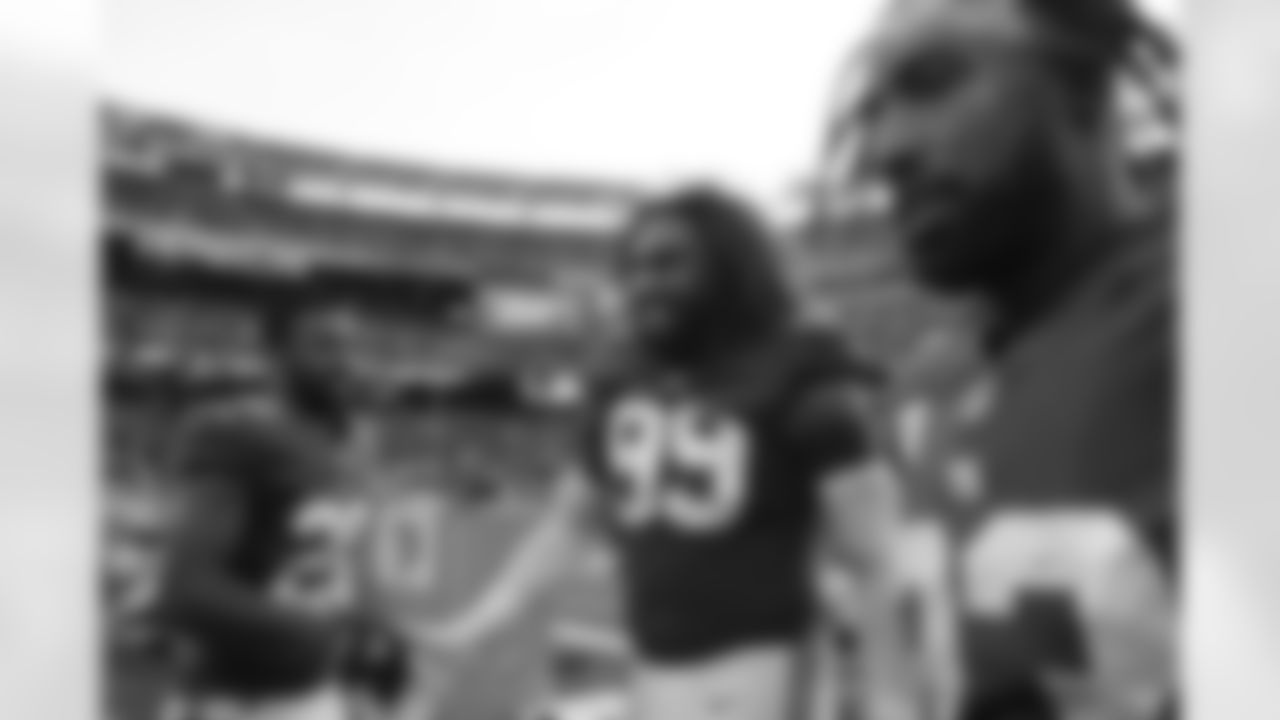
New York Giants' Leonard Williams (99) and Julian Love (20) celebrate with teammates after an NFL football game against the Las Vegas Raiders Sunday, Nov. 7, 2021, in East Rutherford, N.J. The Giants won 23-16.(AP Photo/John Munson)
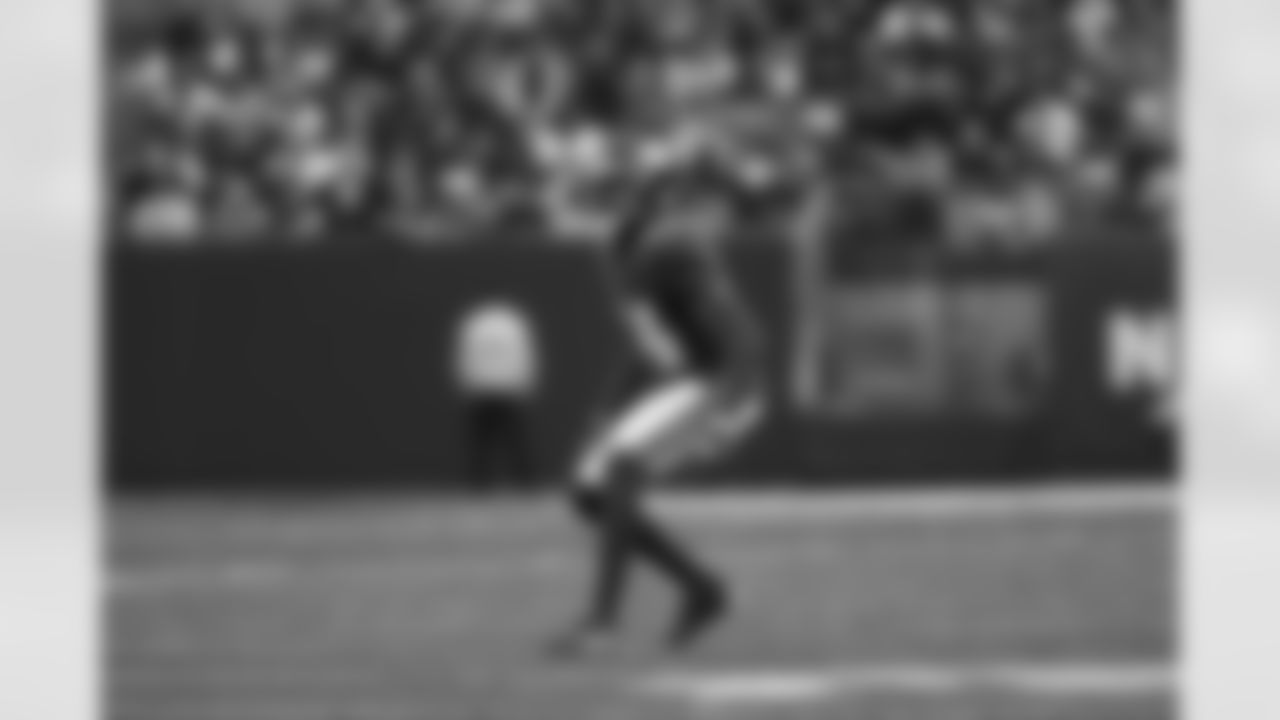
New York Giants' James Bradberry (24) during the second half of an NFL football game against the Las Vegas Raiders Sunday, Nov. 7, 2021, in East Rutherford, N.J. The Giants won 23-16.(AP Photo/John Munson)
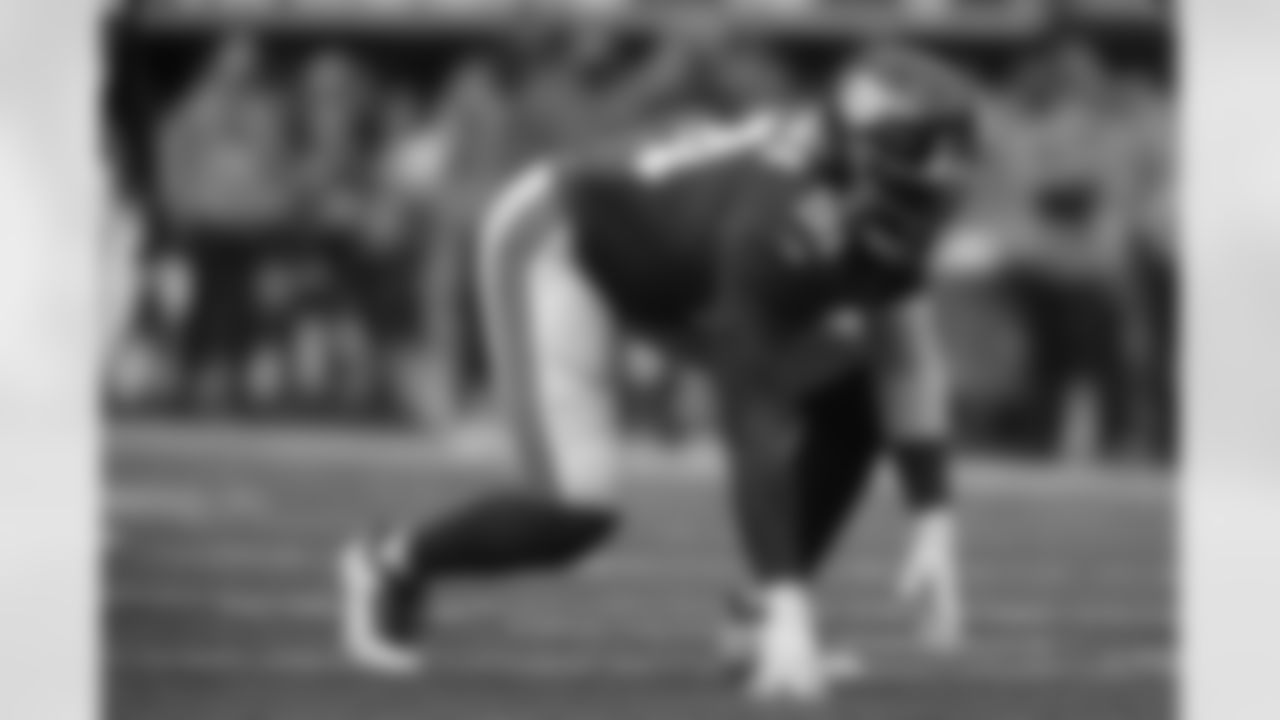
New York Giants defensive end Raymond Johnson III (91) during the second half of an NFL football game against the Las Vegas Raiders Sunday, Nov. 7, 2021, in East Rutherford, N.J. The Giants won 23-16.(AP Photo/John Munson)
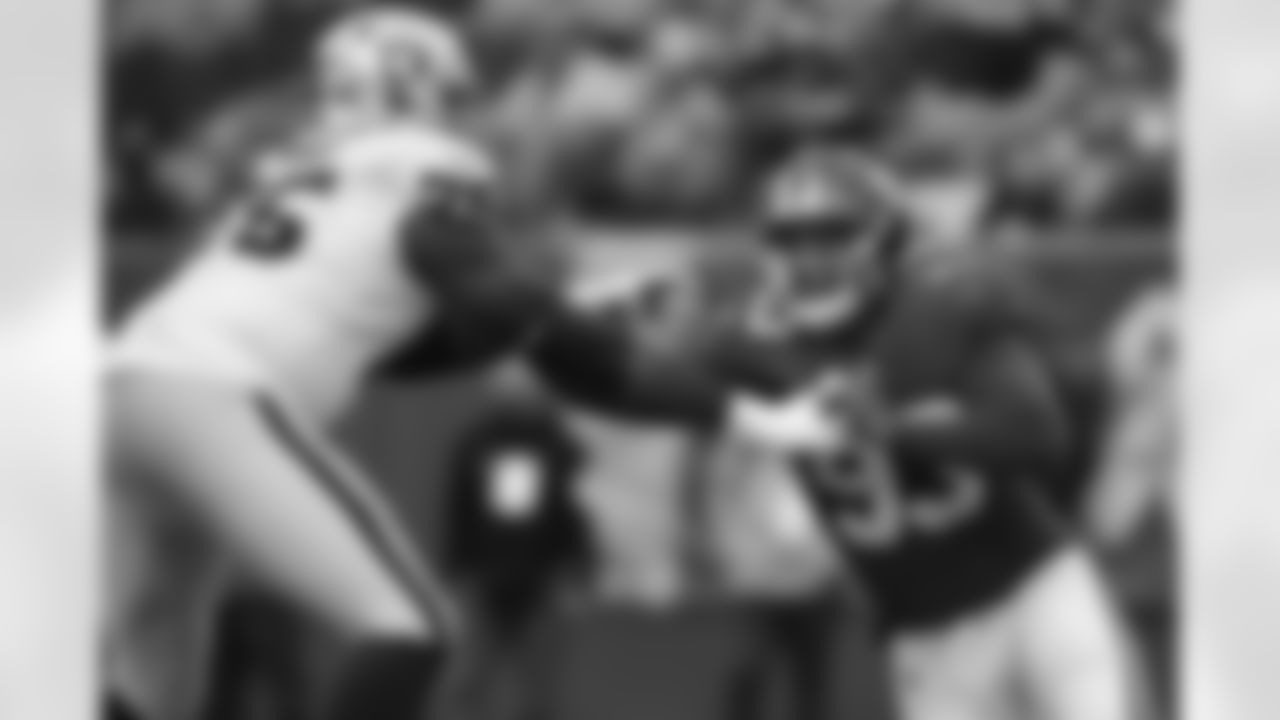
Las Vegas Raiders offensive tackle Brandon Parker (75) blocks New York Giants' Trent Harris (93) during the second half of an NFL football game Sunday, Nov. 7, 2021, in East Rutherford, N.J. The Giants won 23-16.(AP Photo/John Munson)
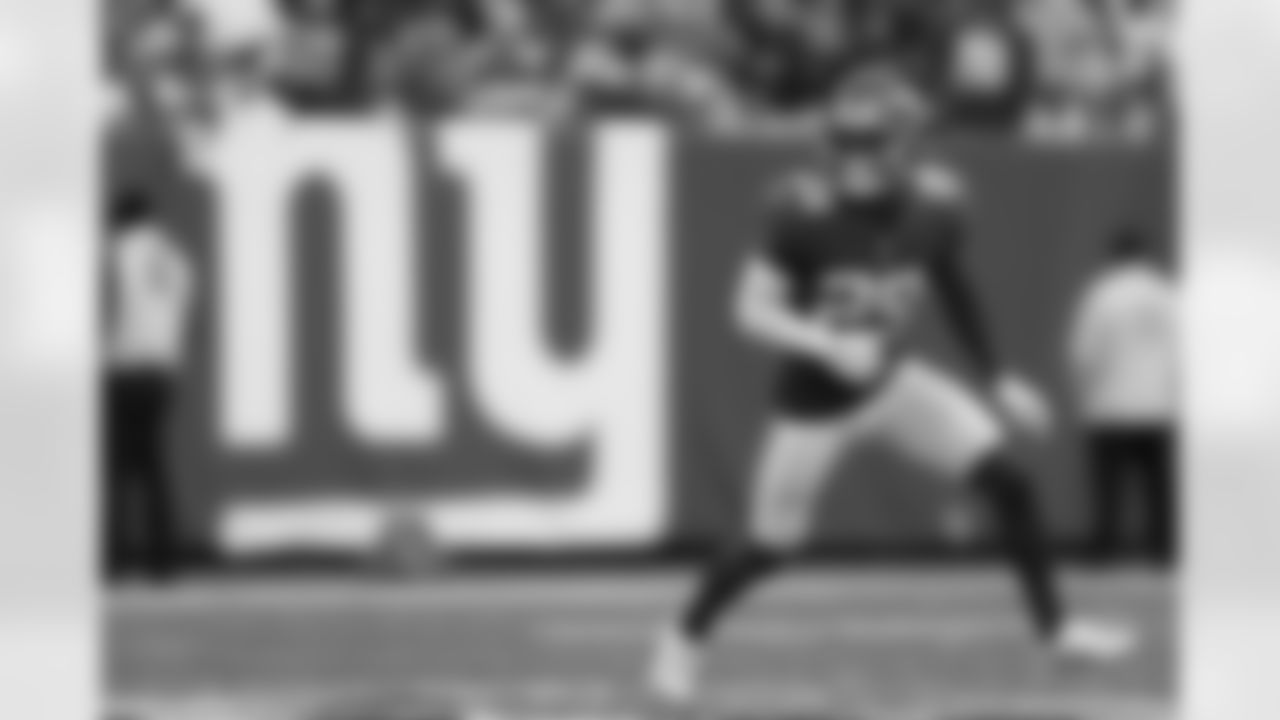
New York Giants safety Xavier McKinney (29) in coverage during an NFL football game against the Las Vegas Raiders, Sunday, Nov. 7, 2021, in East Rutherford. N.J. (AP Photo/Steve Luciano)
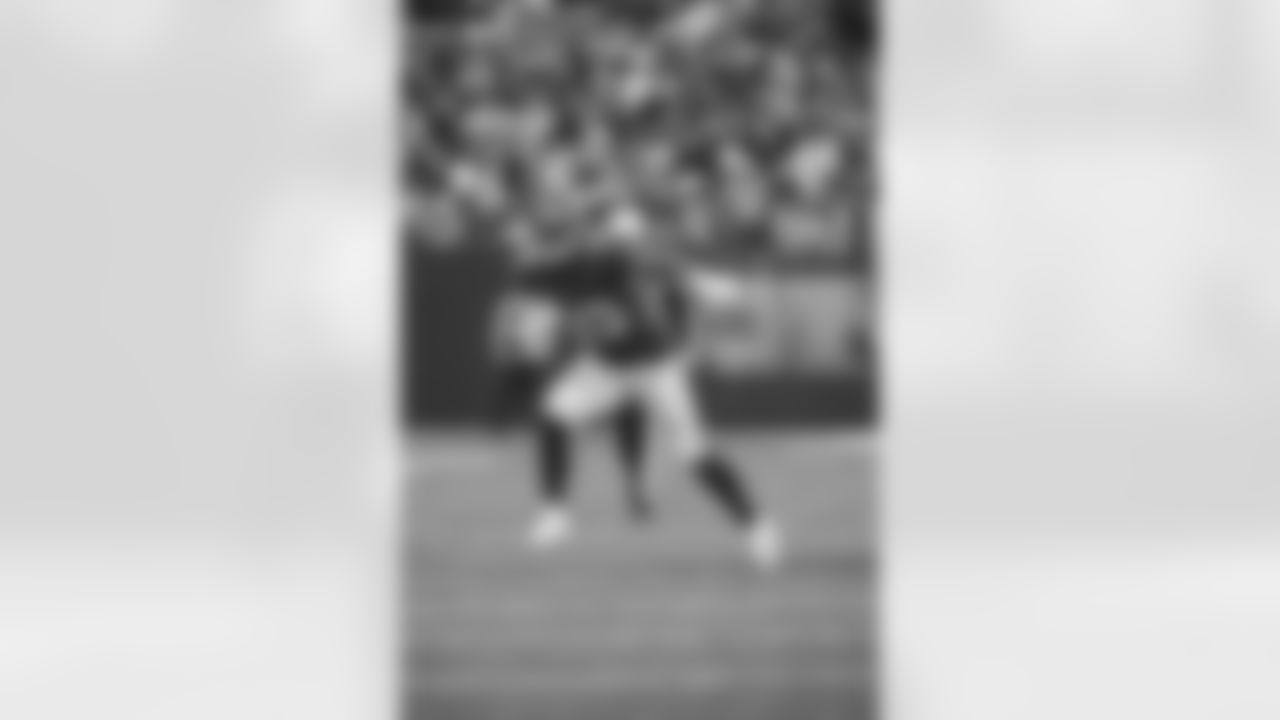
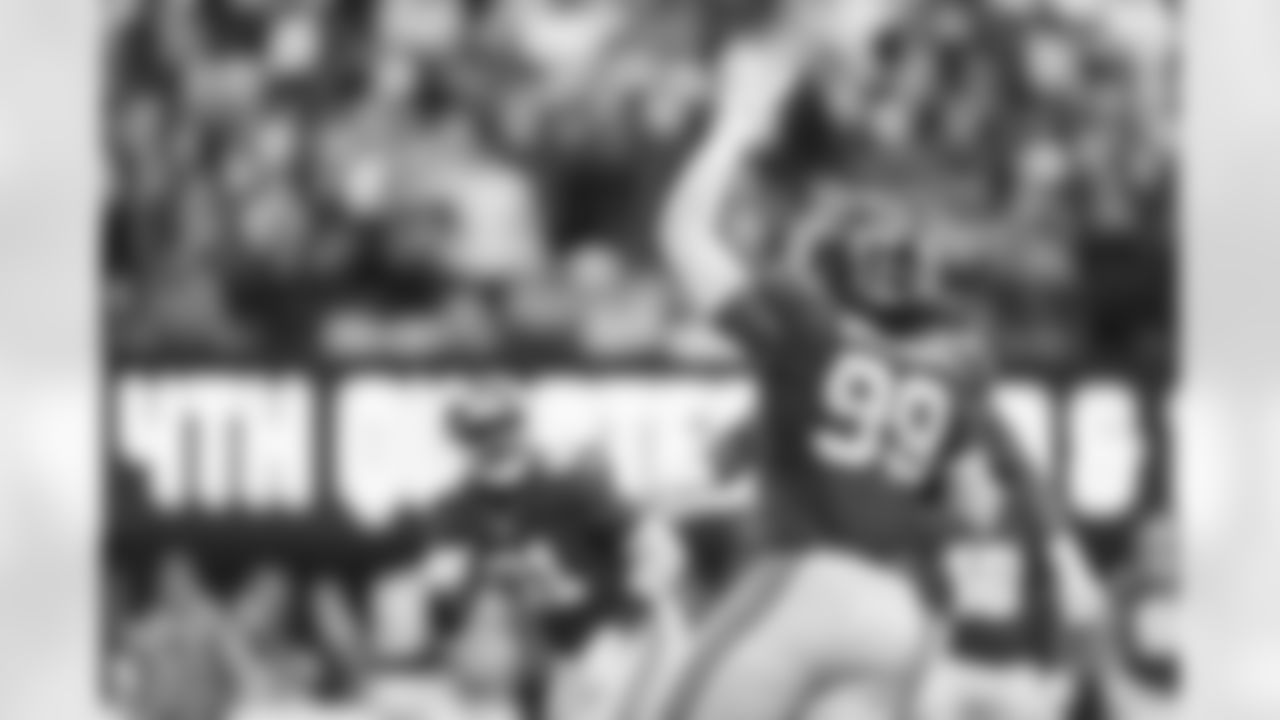

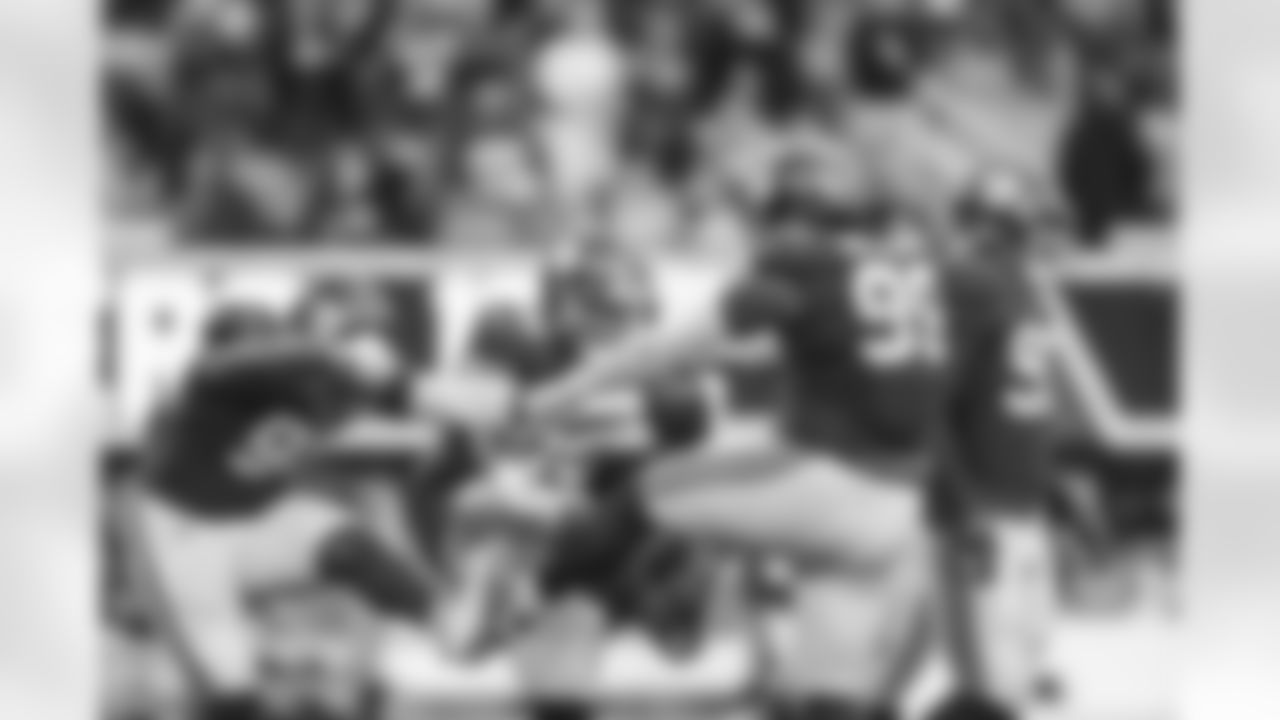
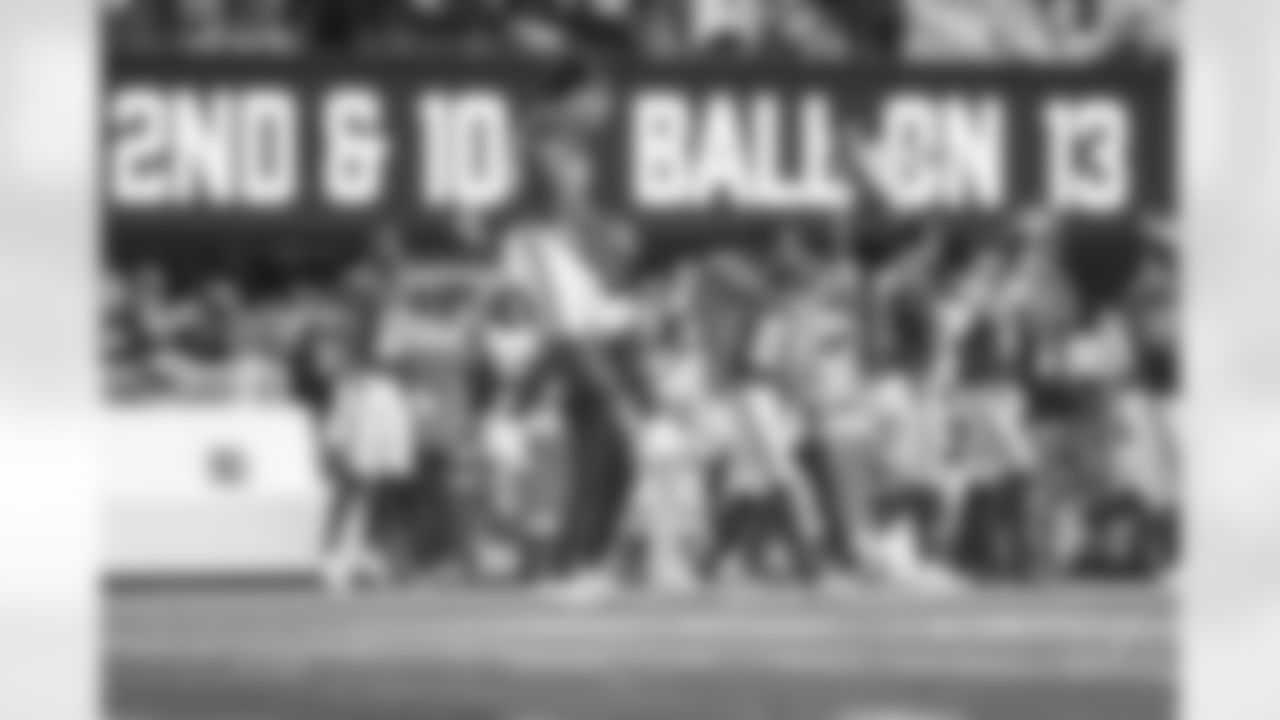
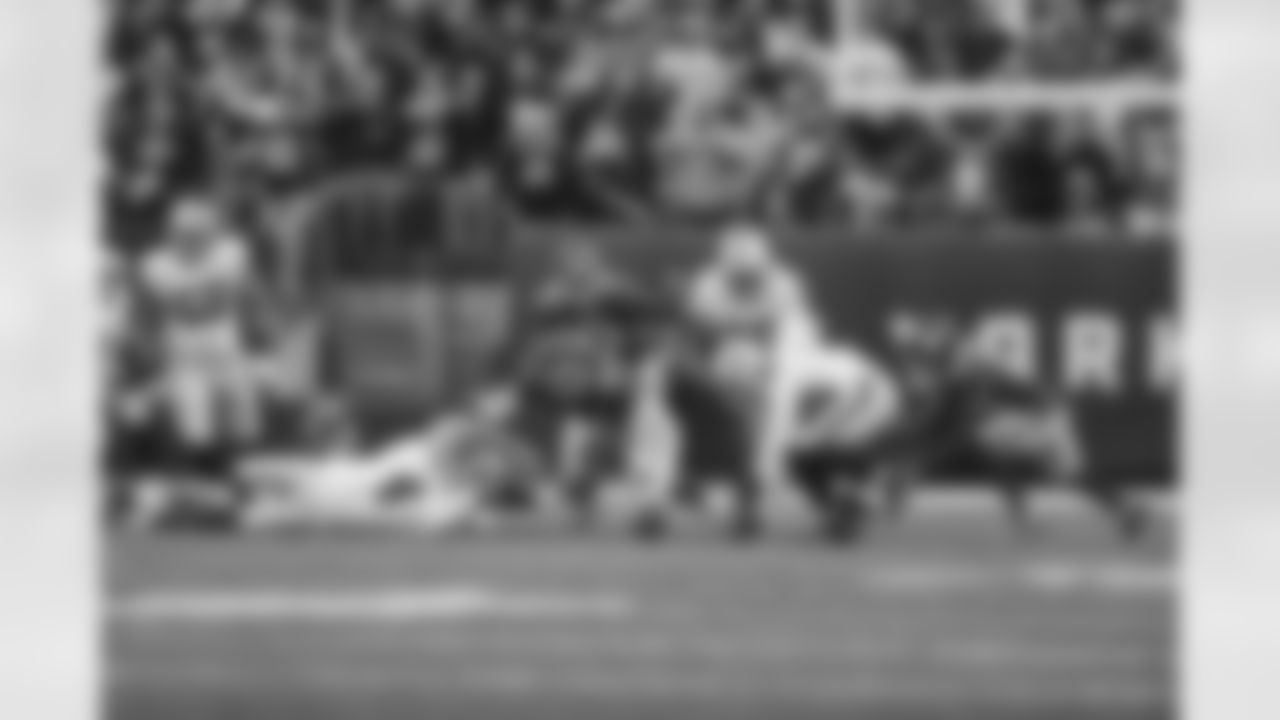


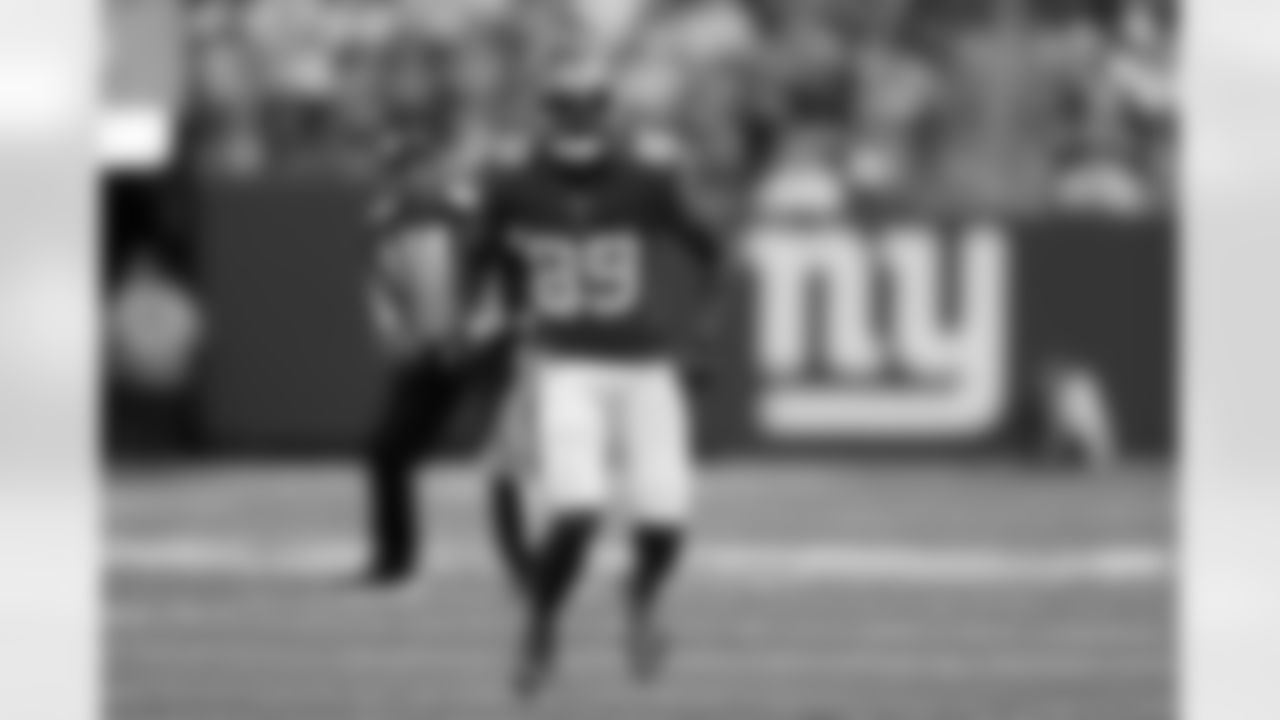
New York Giants wide receiver Kadarius Toney (89) in action during an NFL football game against the Las Vegas Raiders, Sunday, Nov. 7, 2021, in East Rutherford. N.J. (AP Photo/Steve Luciano)
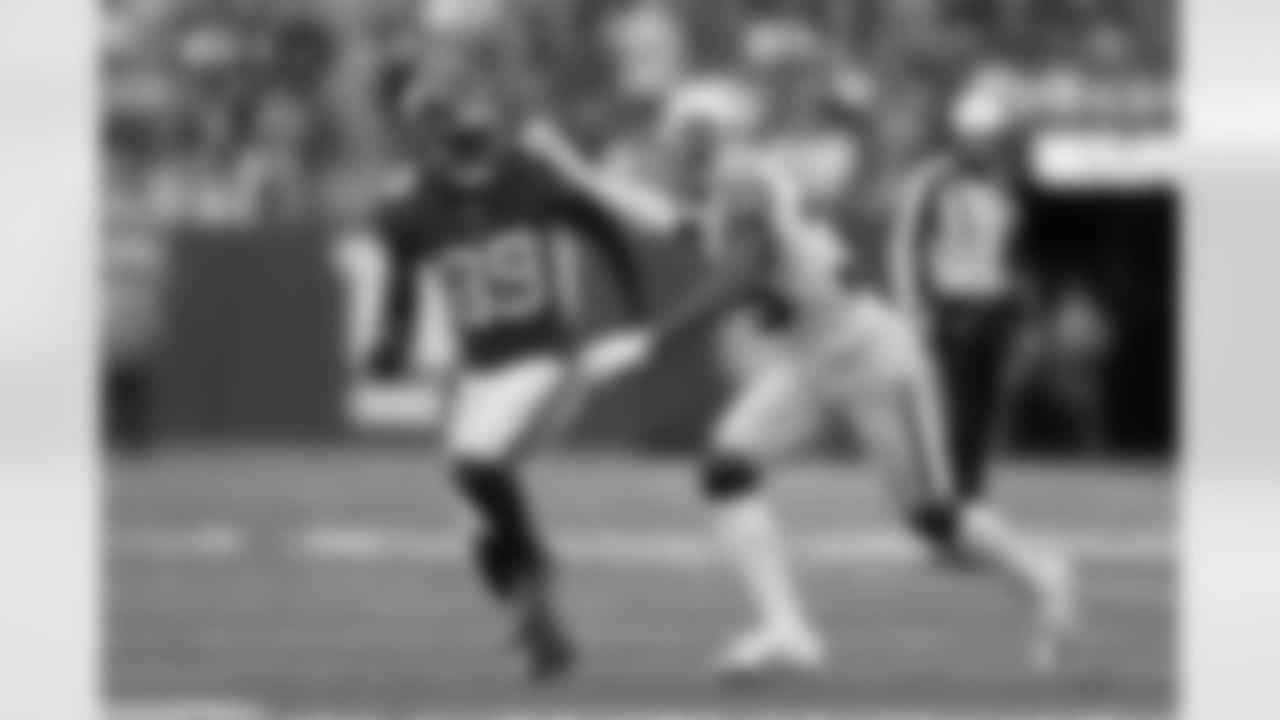
New York Giants wide receiver Kadarius Toney (89) looks to get past Las Vegas Raiders cornerback Nate Hobbs (39) during an NFL football game, Sunday, Nov. 7, 2021, in East Rutherford. N.J. (AP Photo/Steve Luciano)
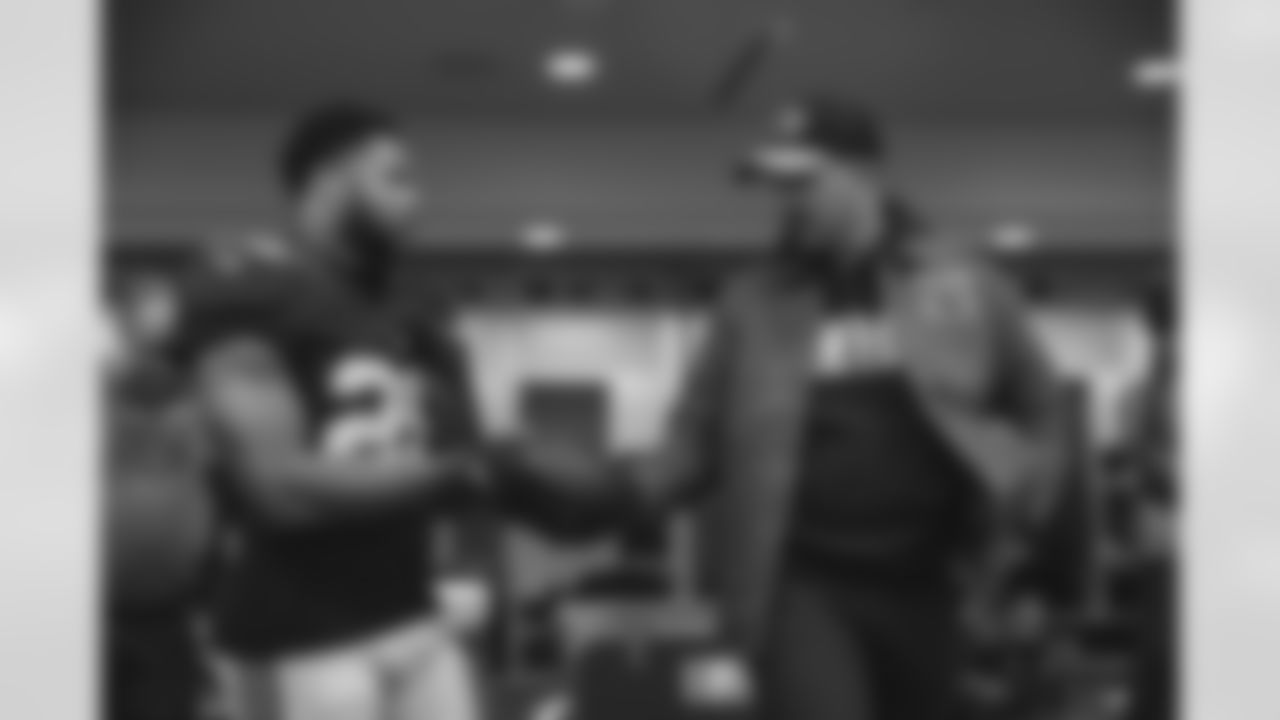
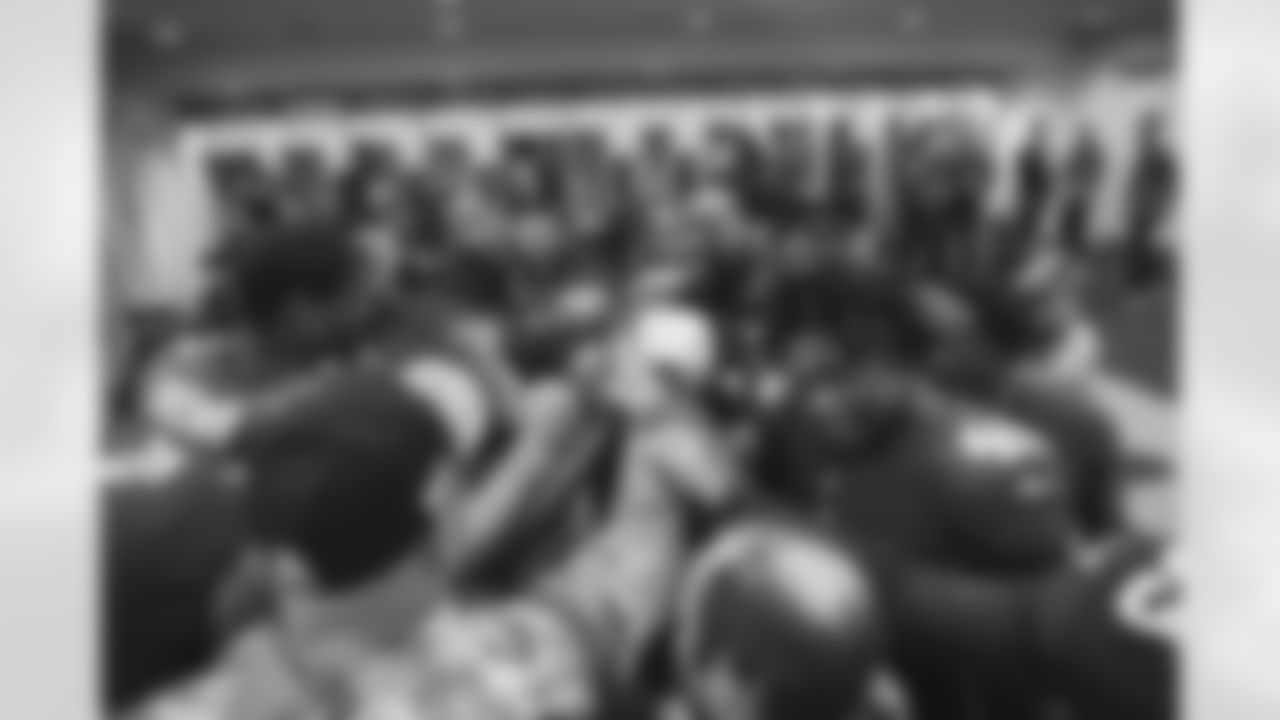
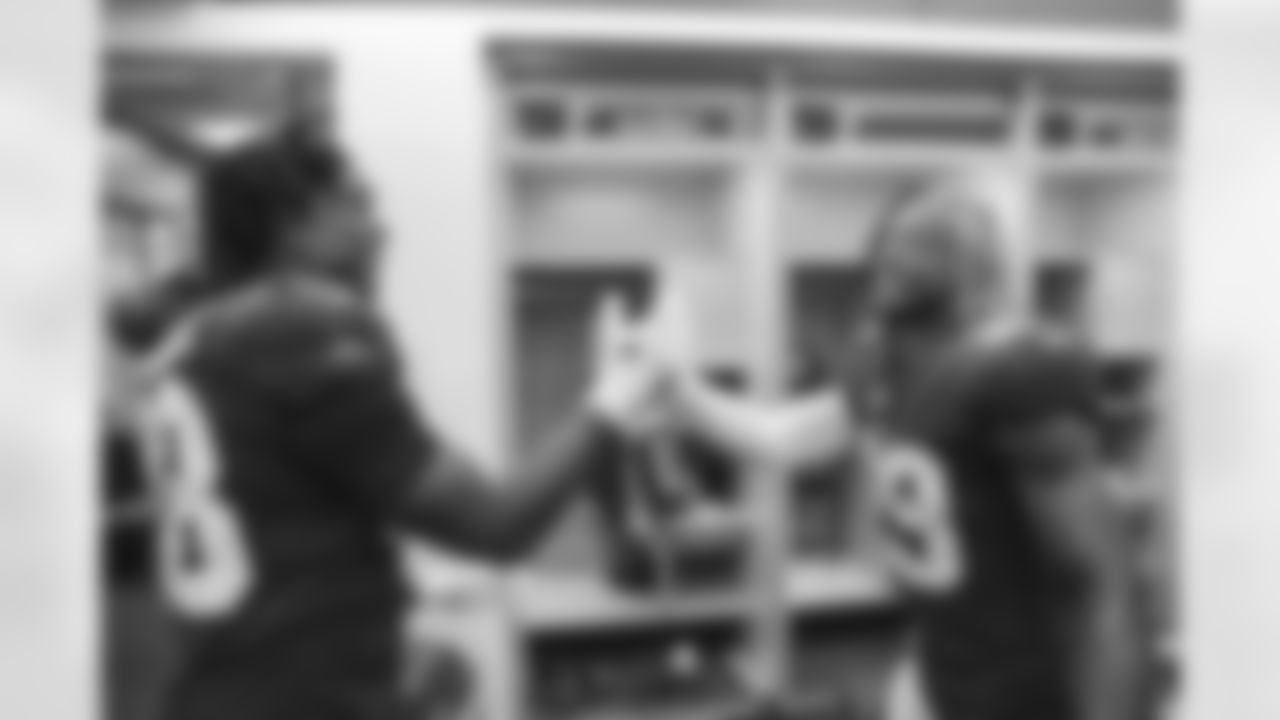

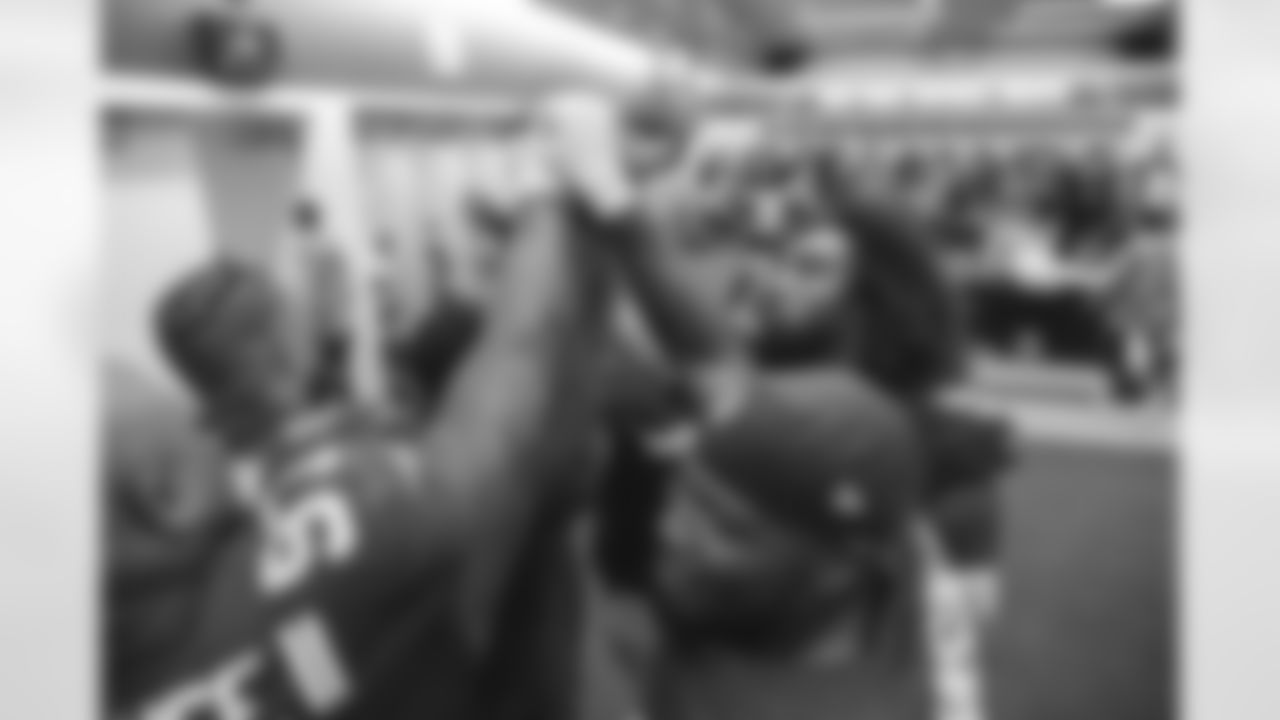
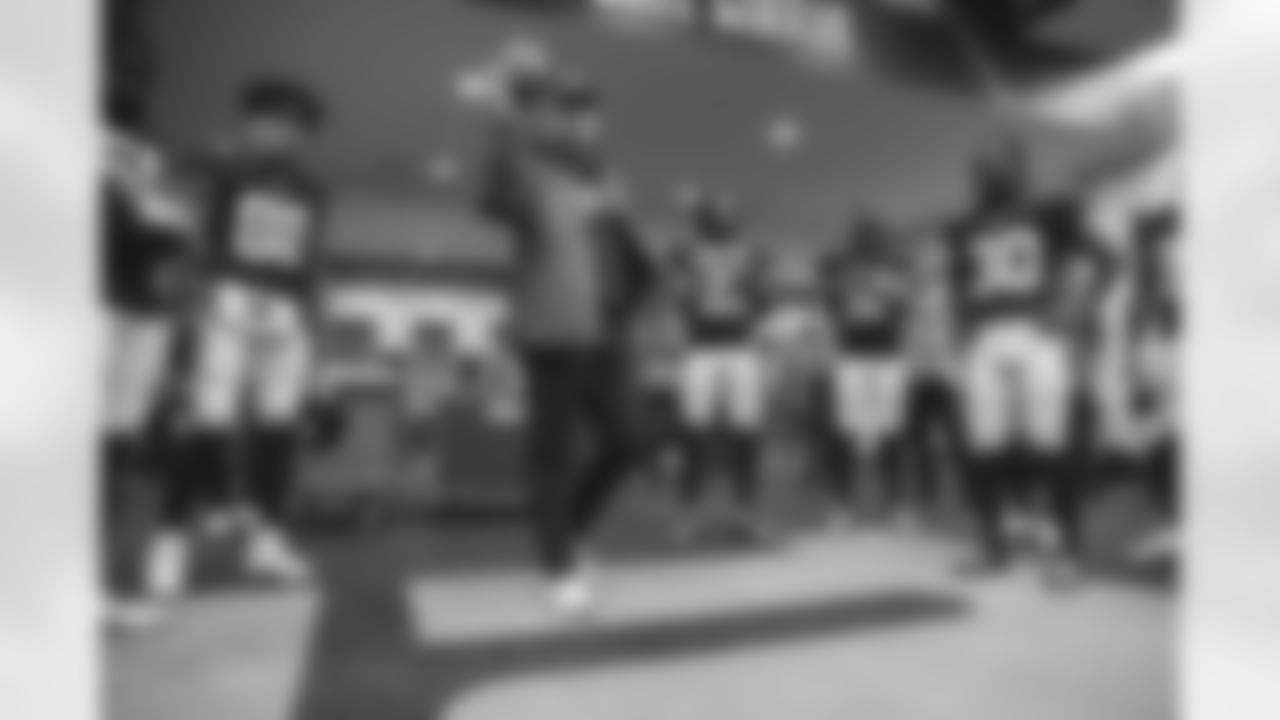
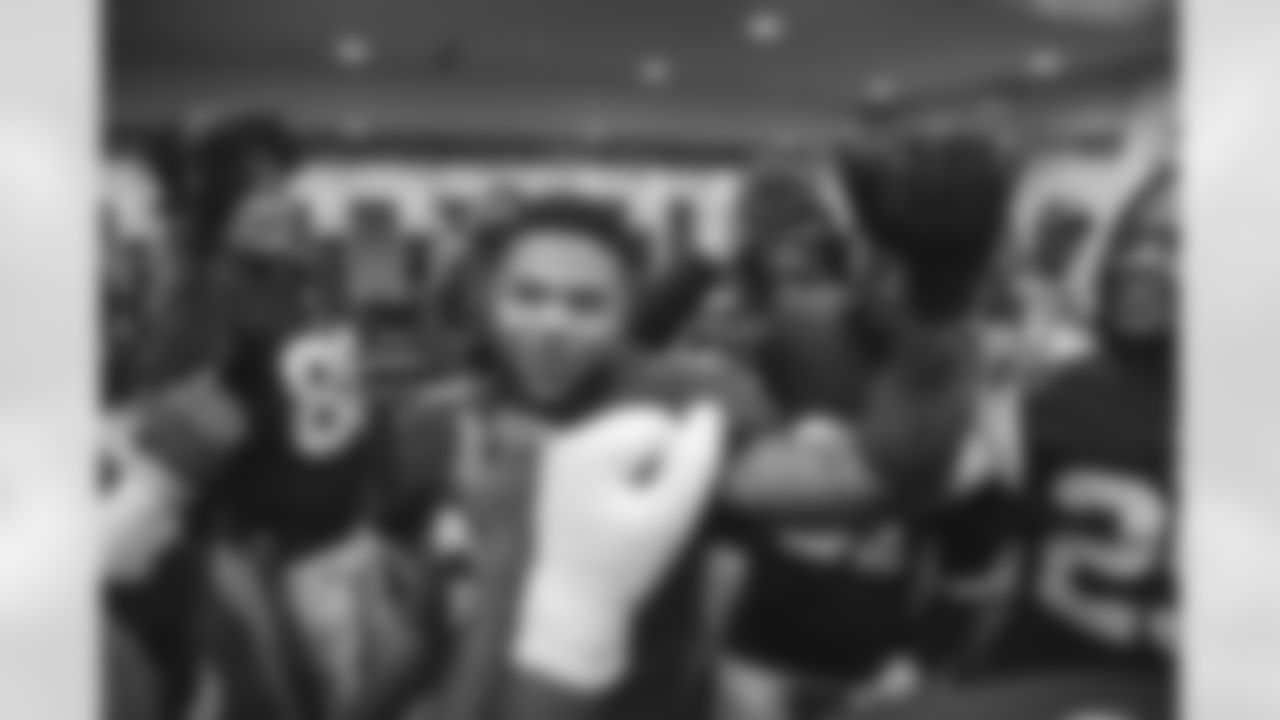
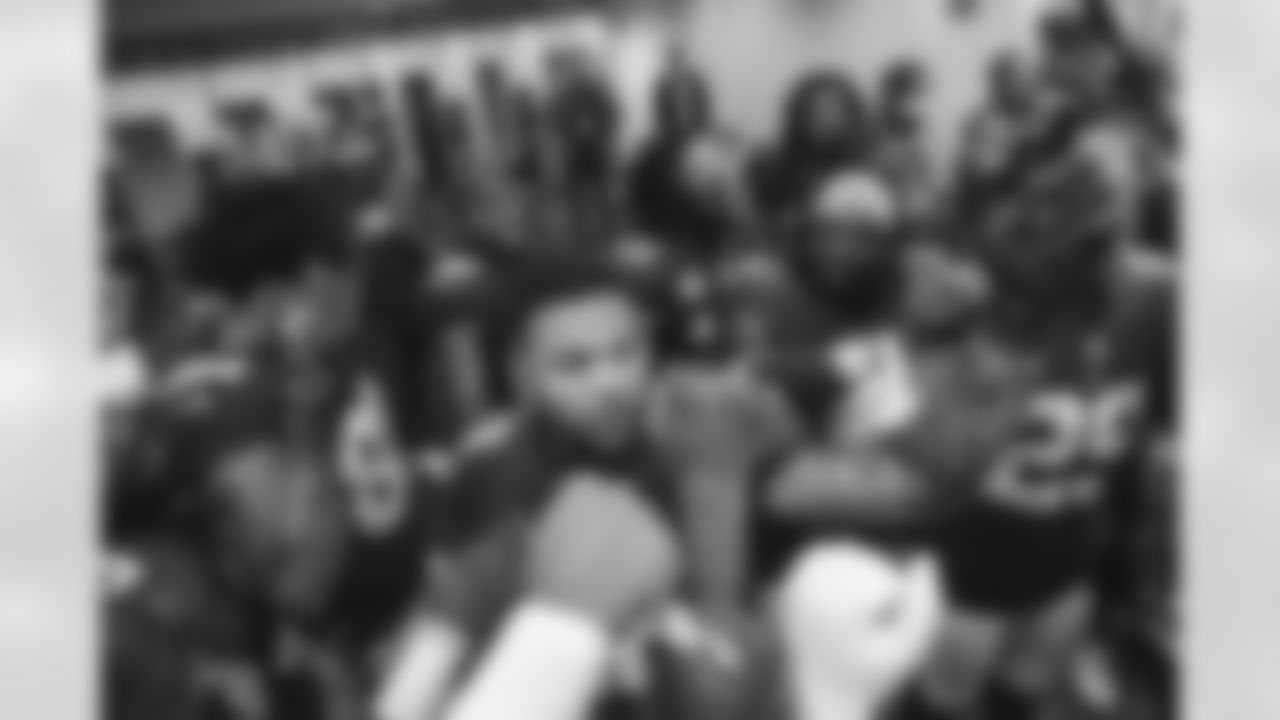
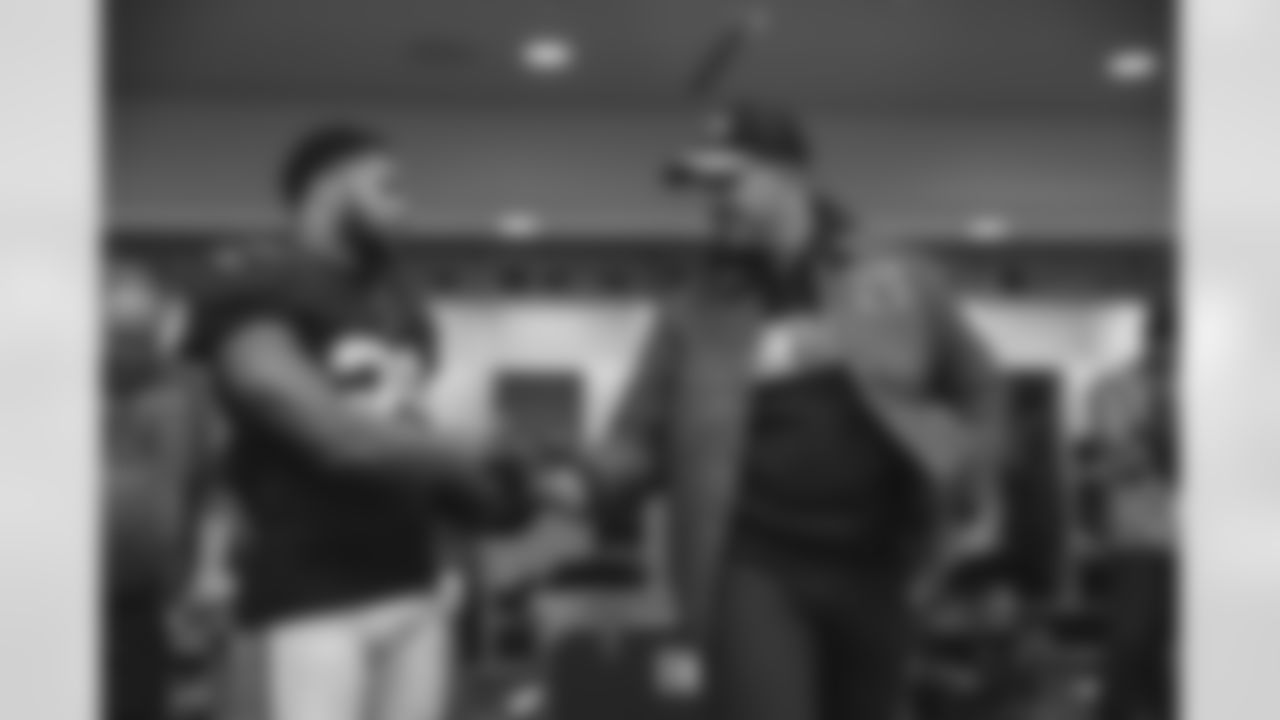
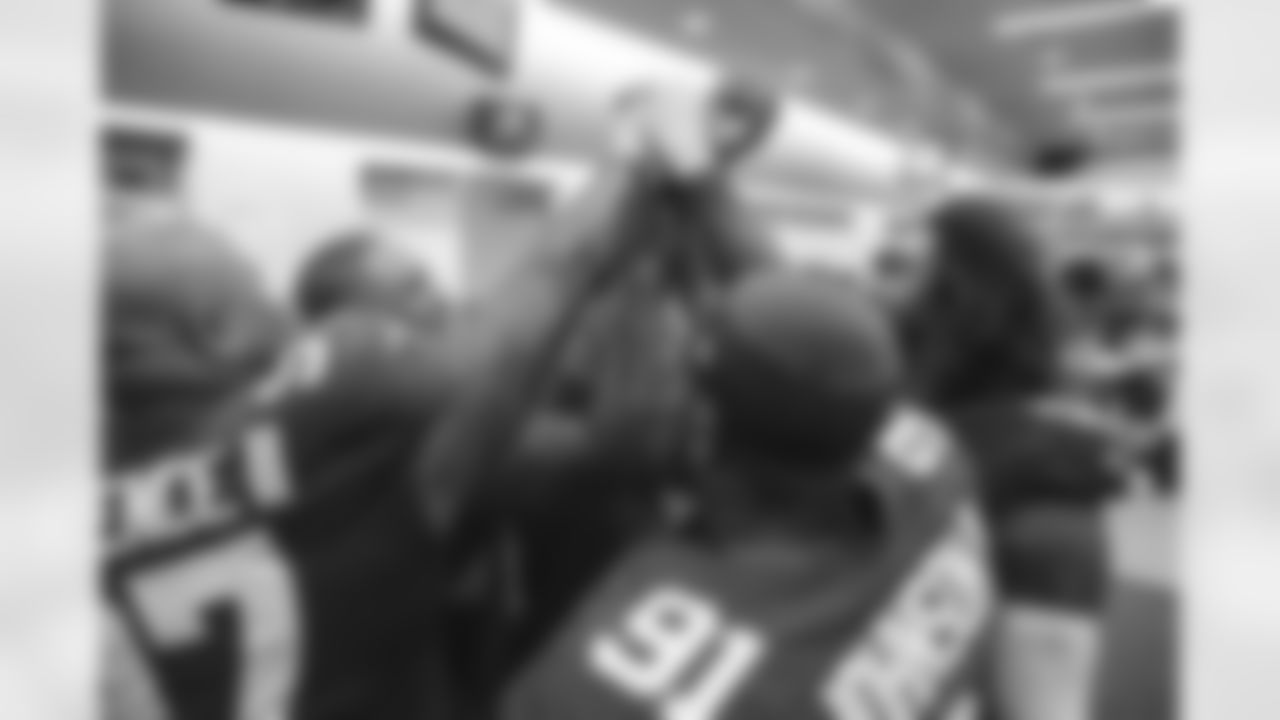
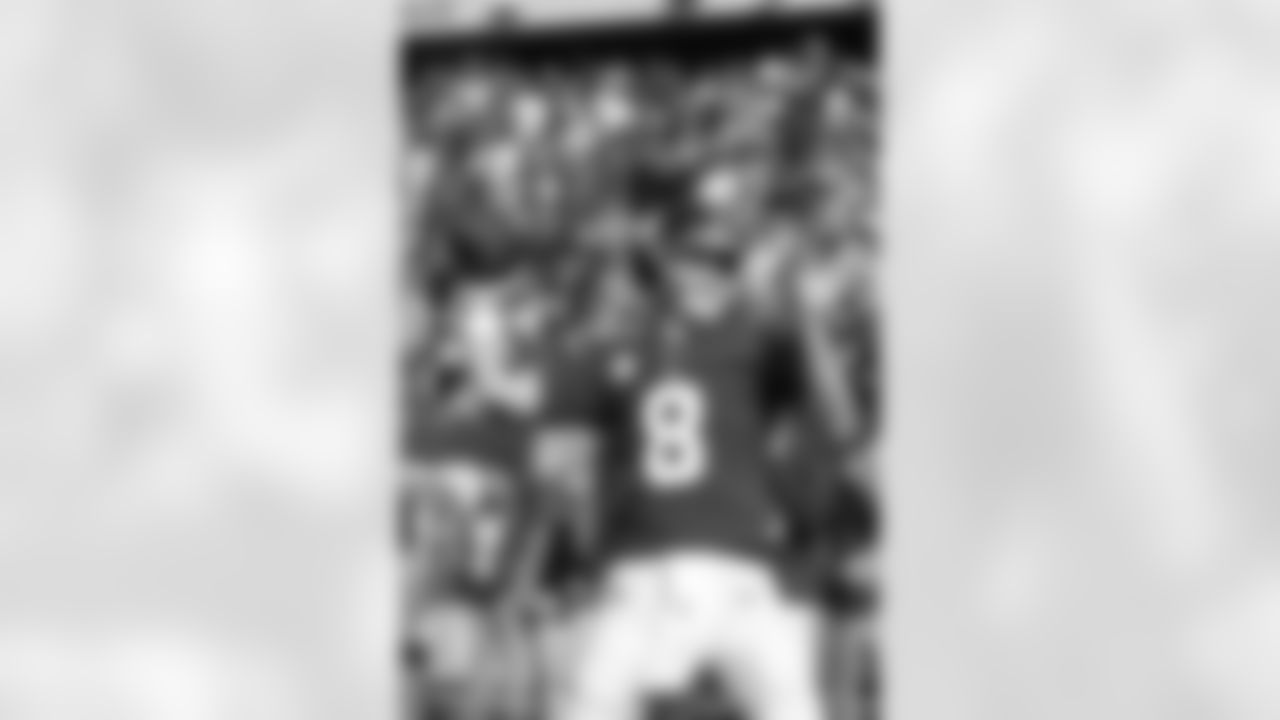


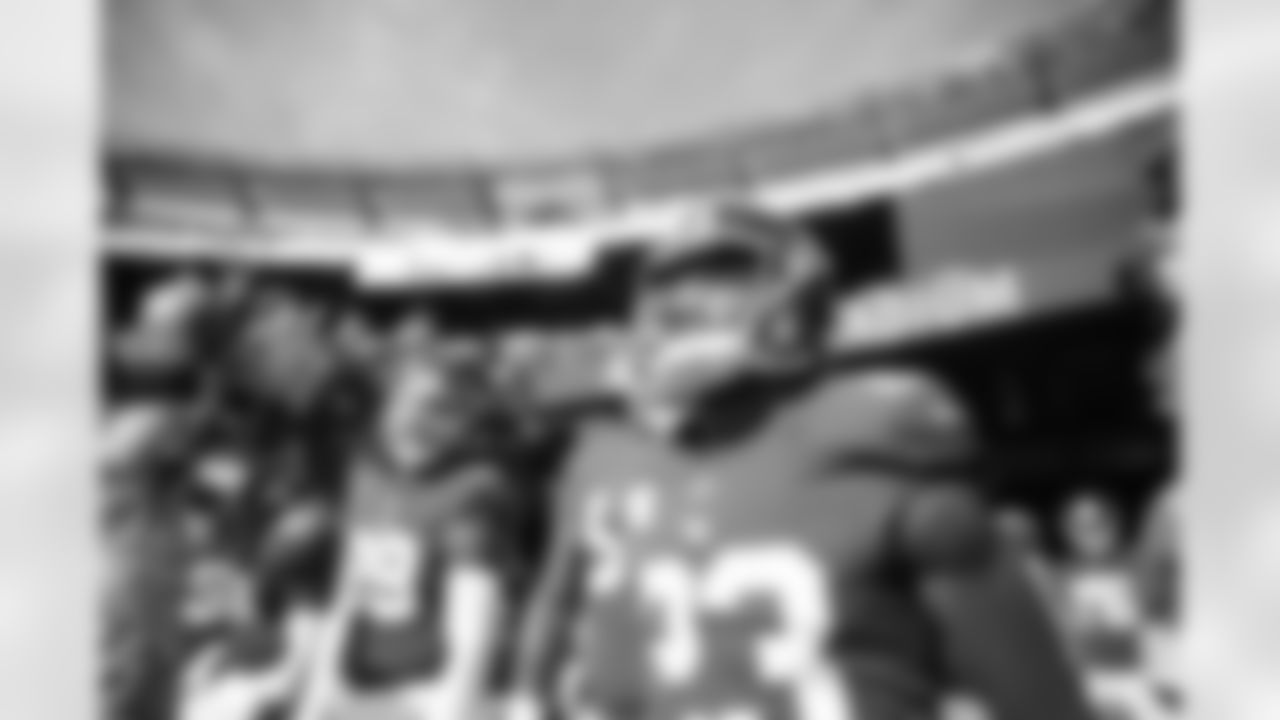
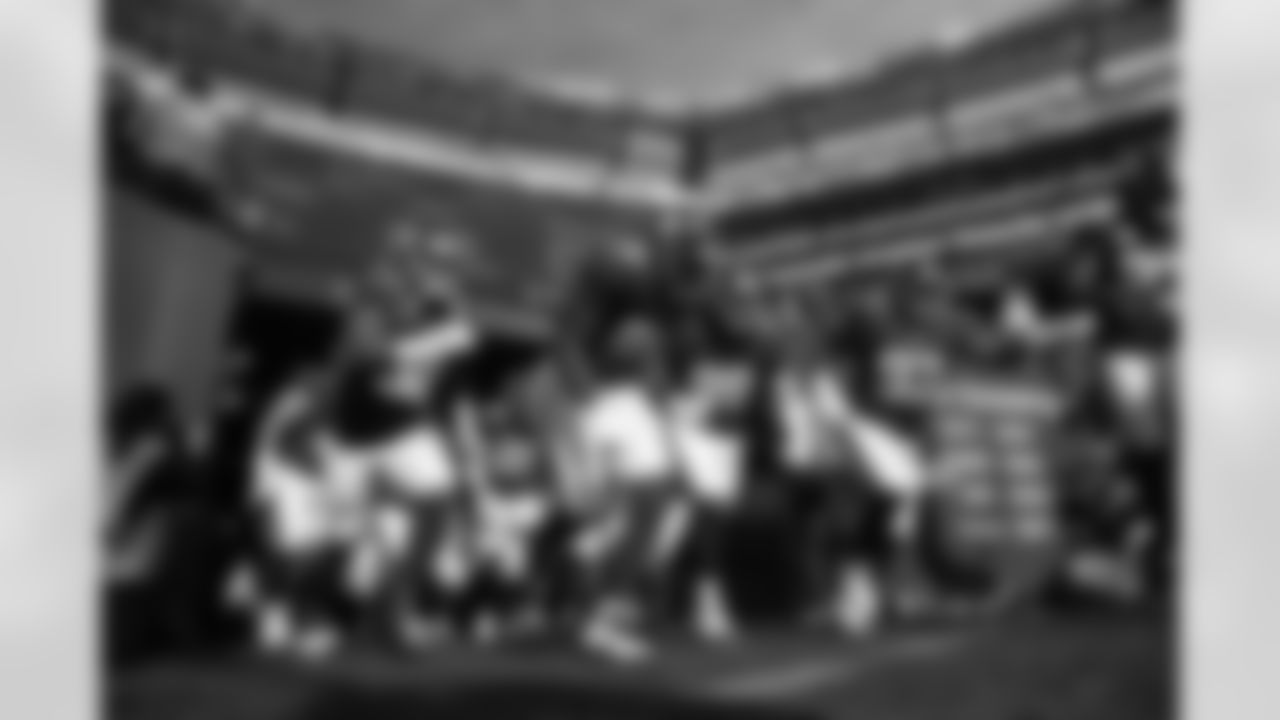
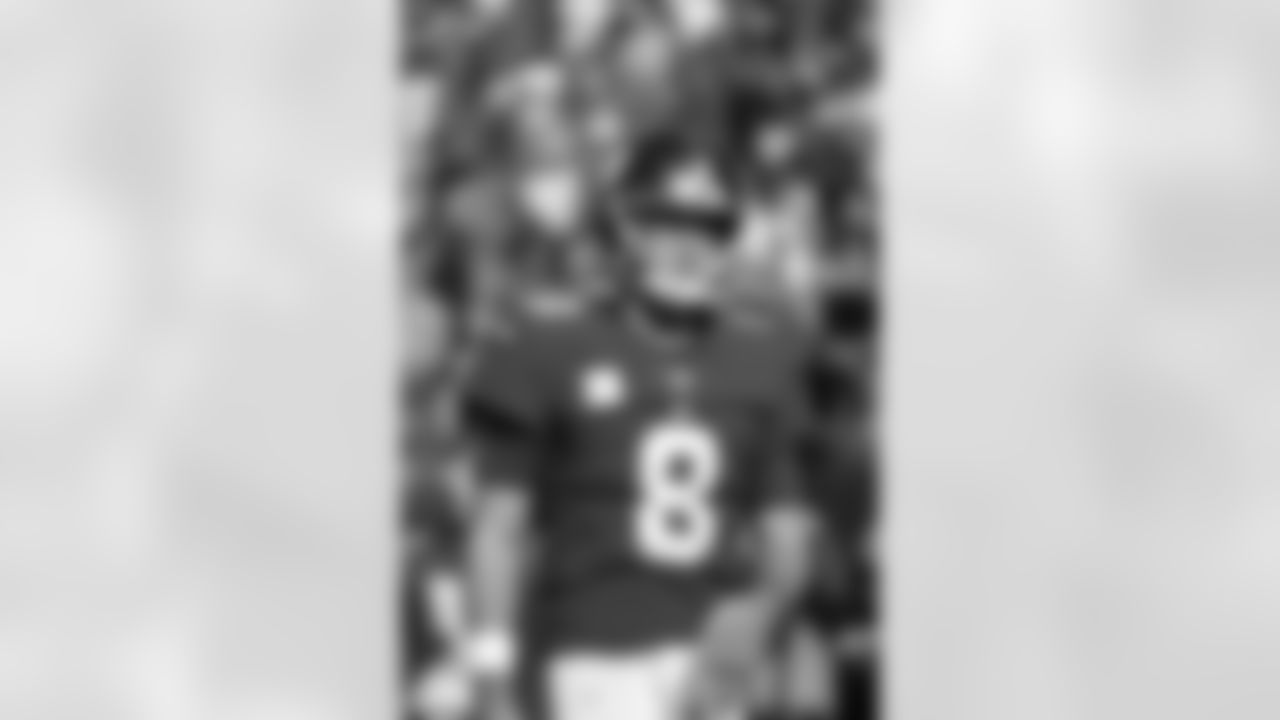

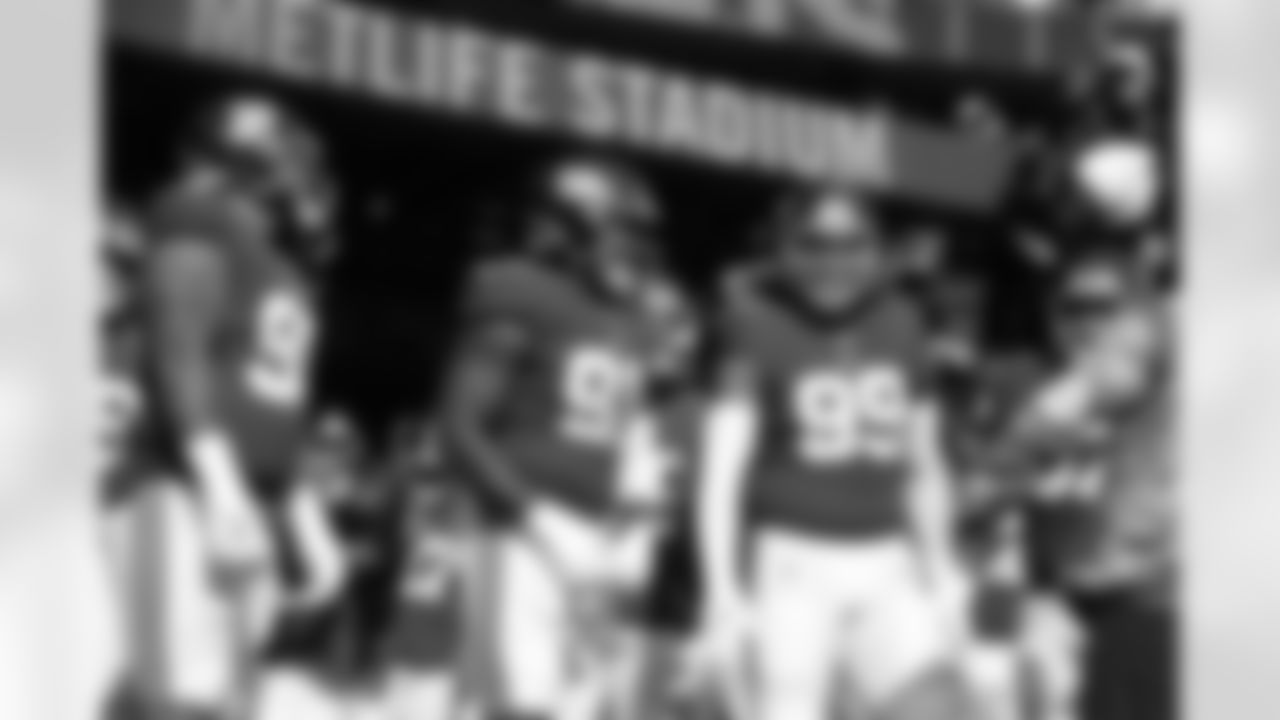

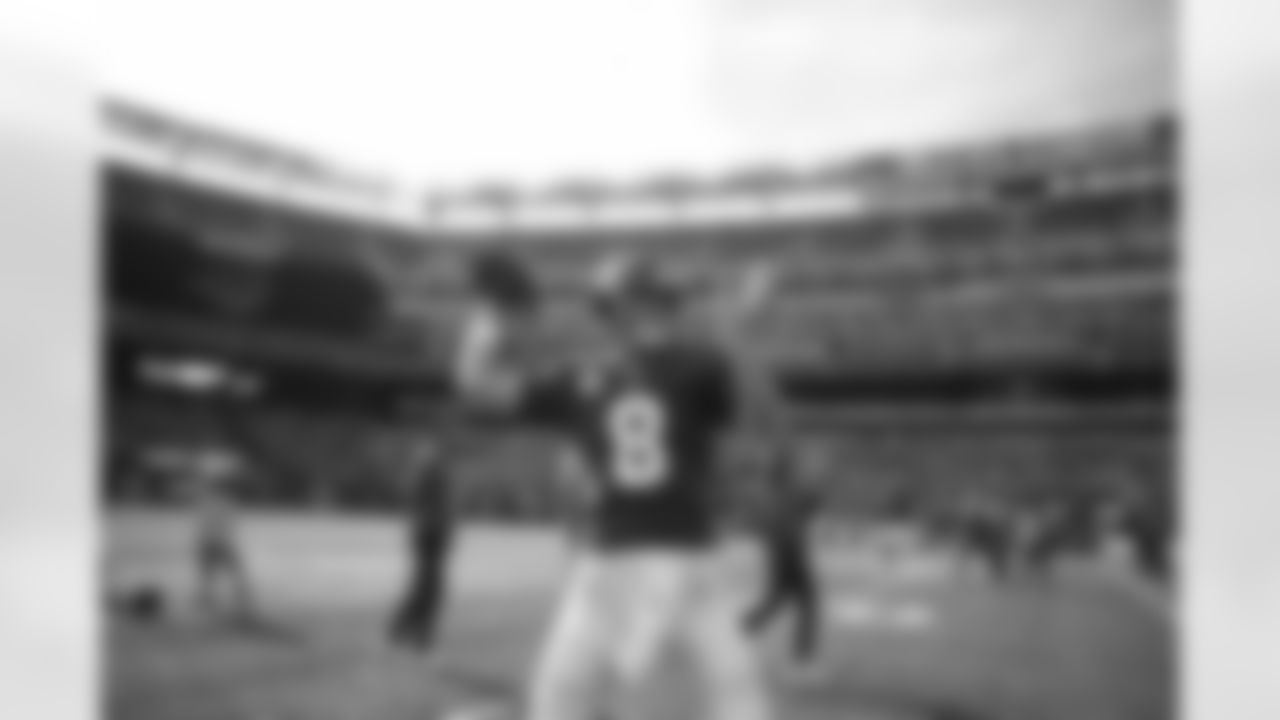

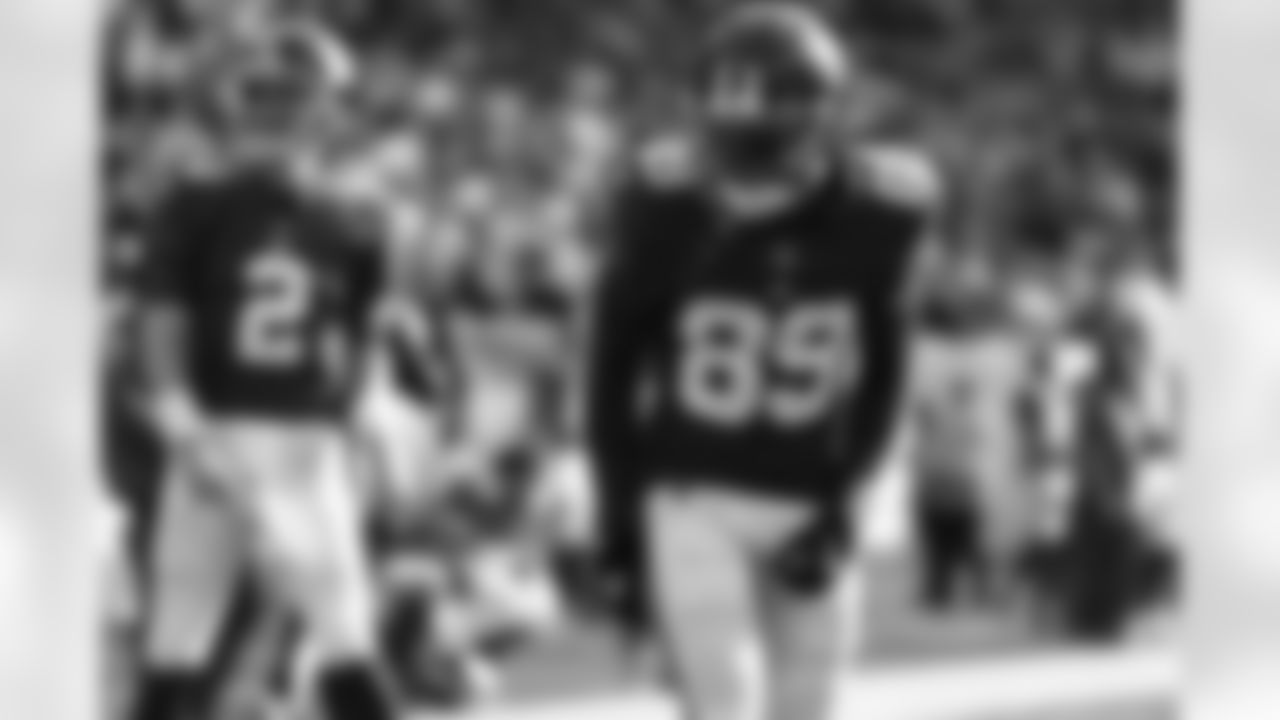



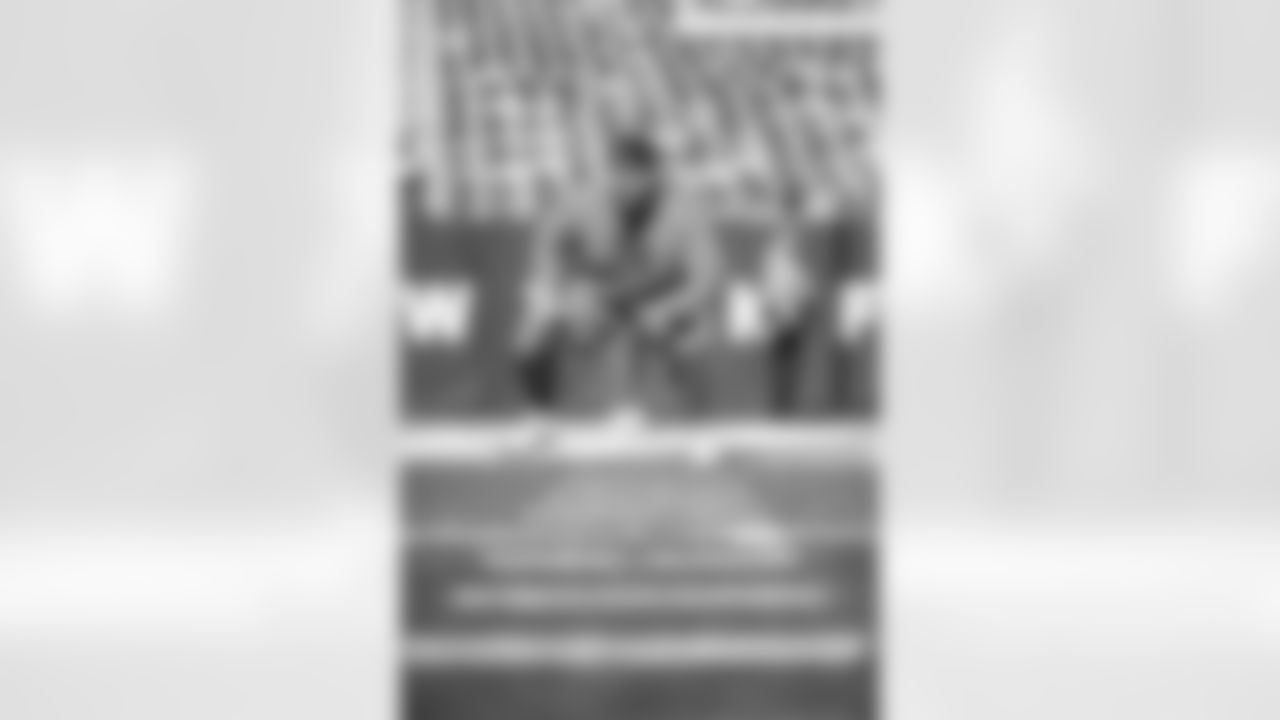


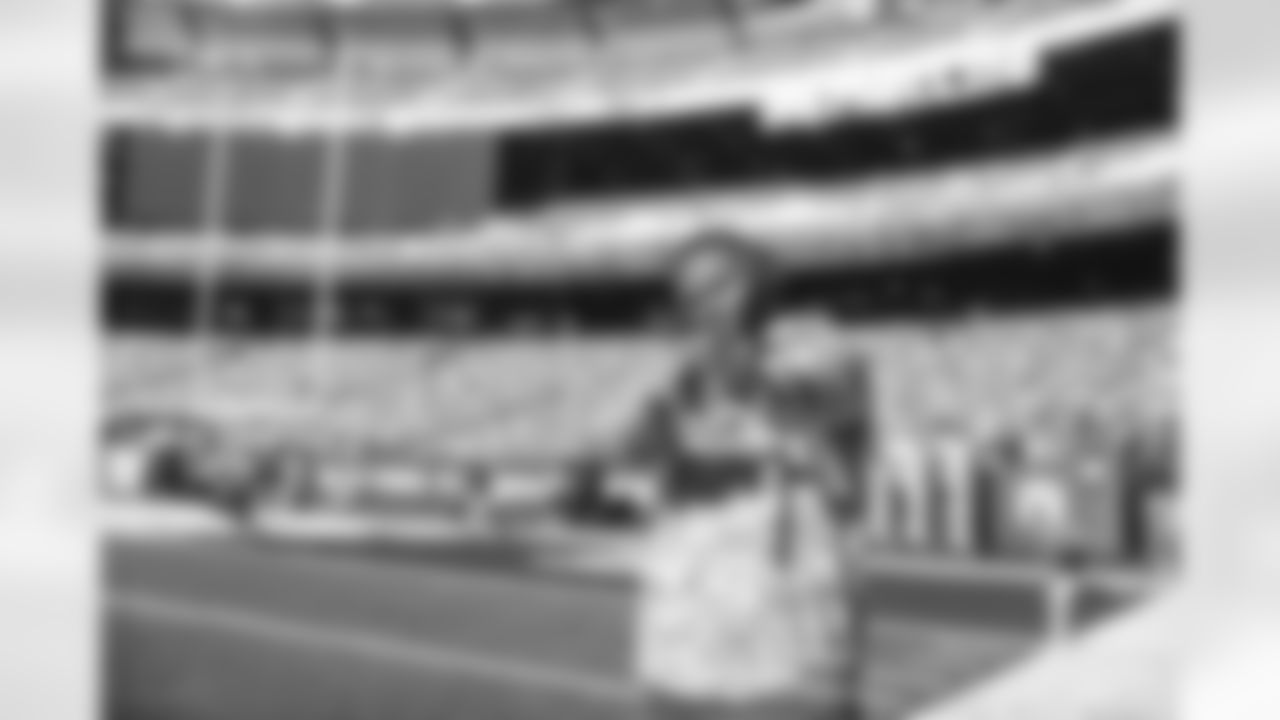

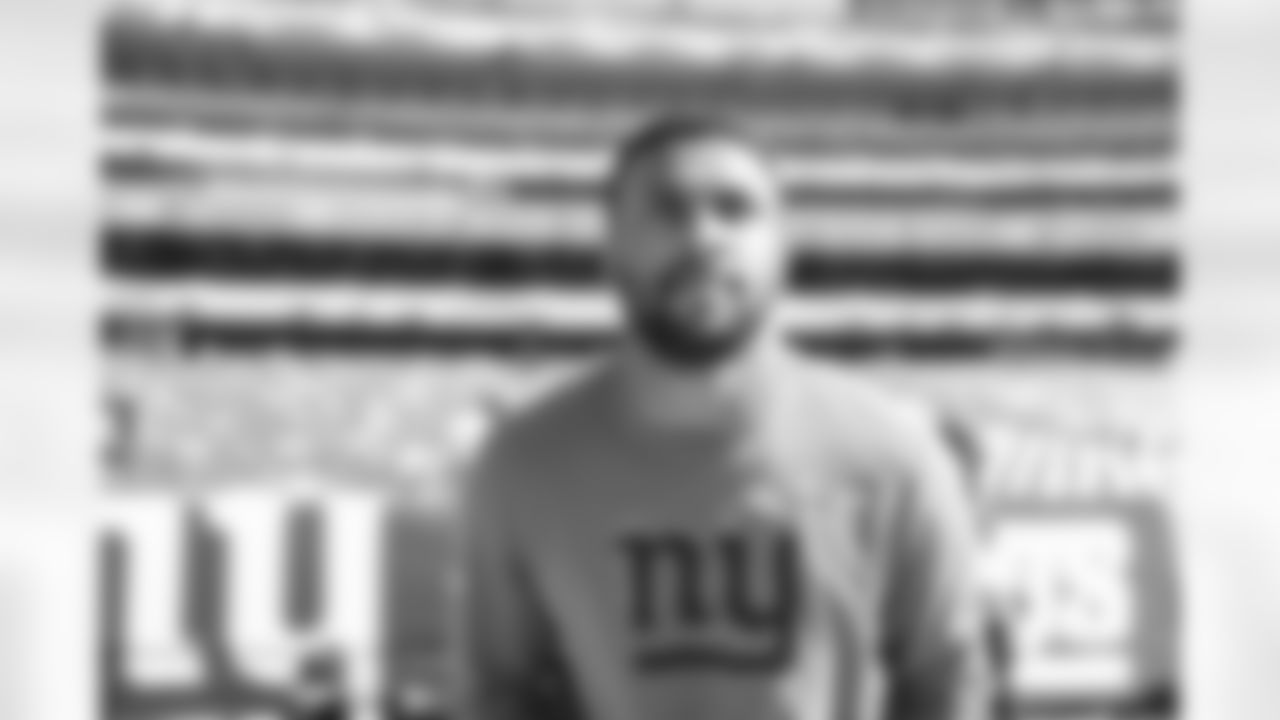
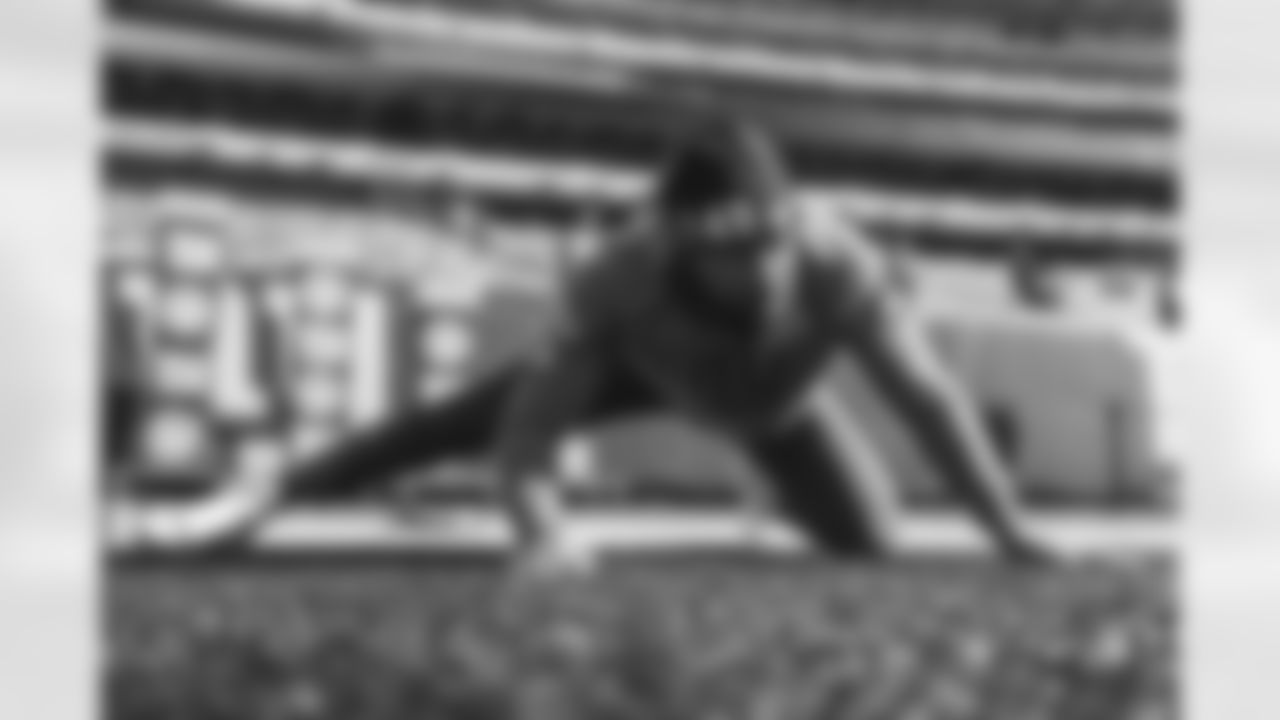
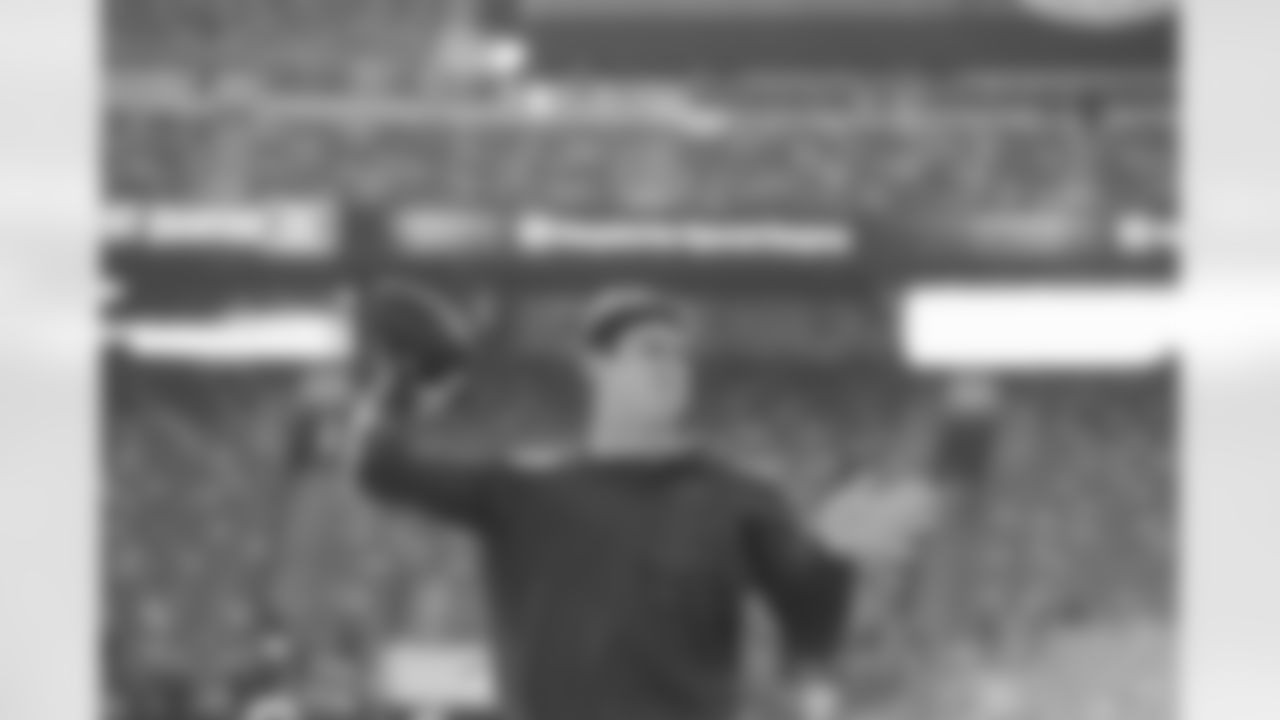

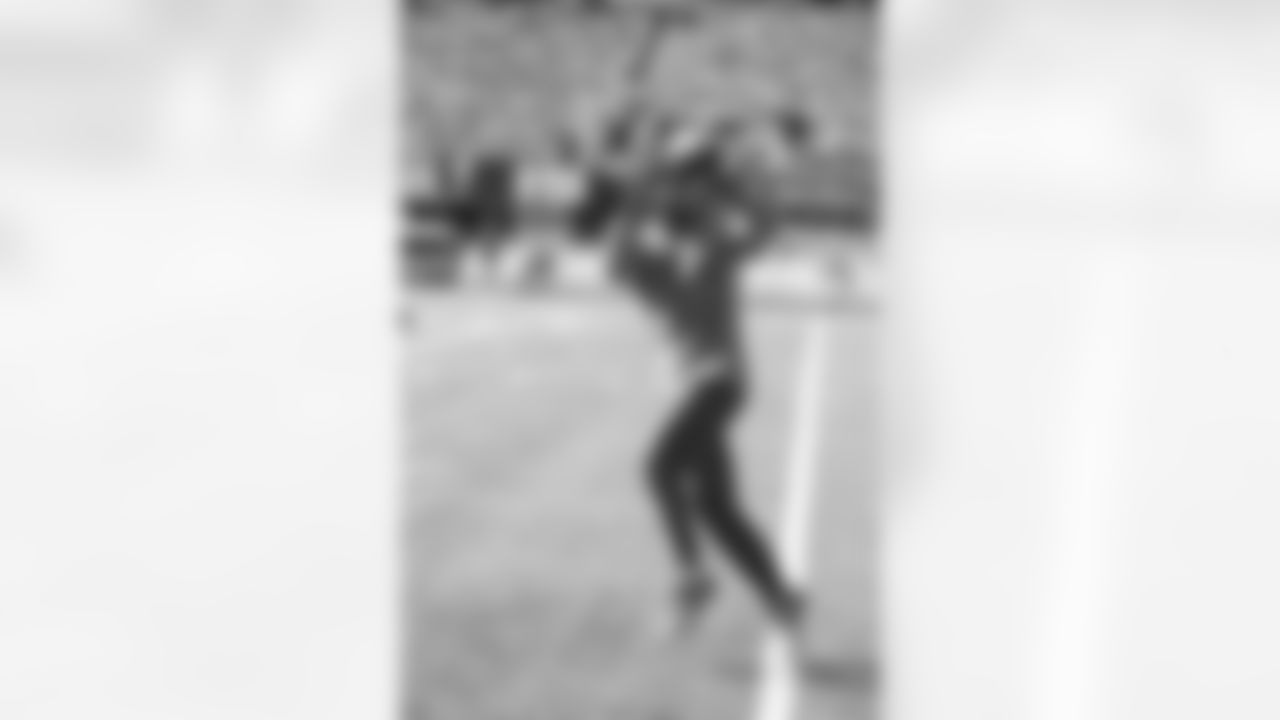
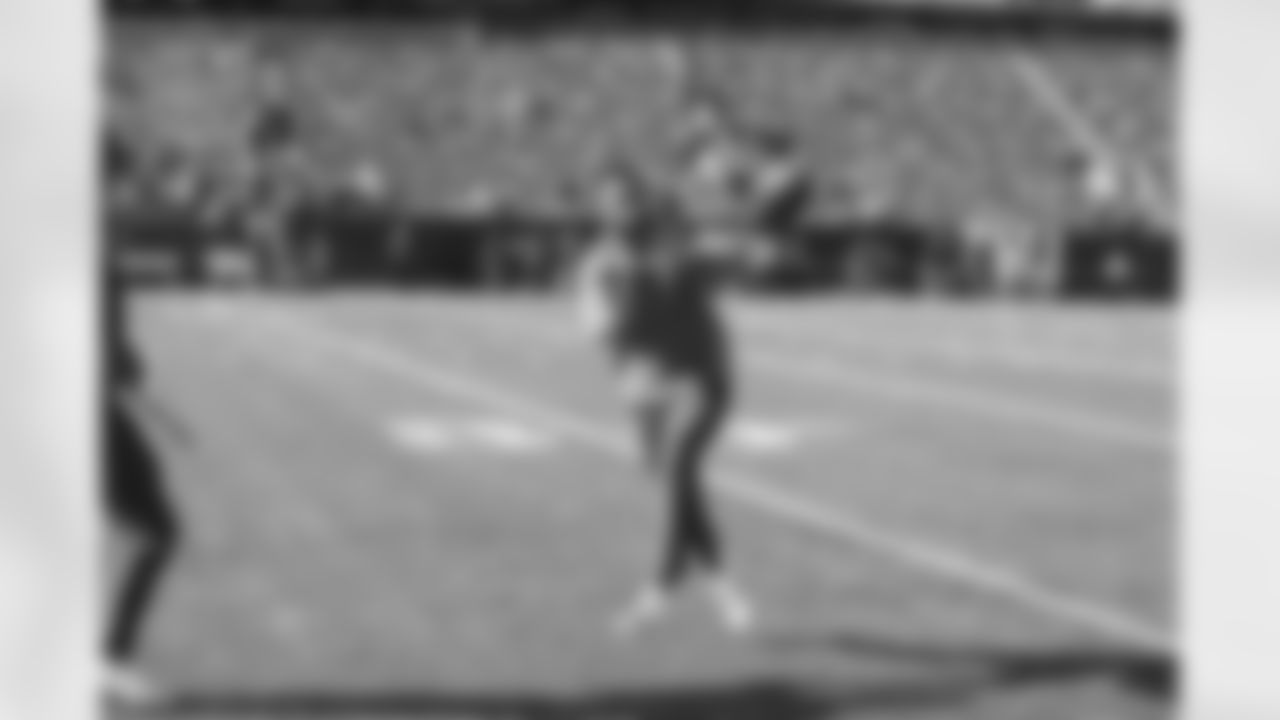


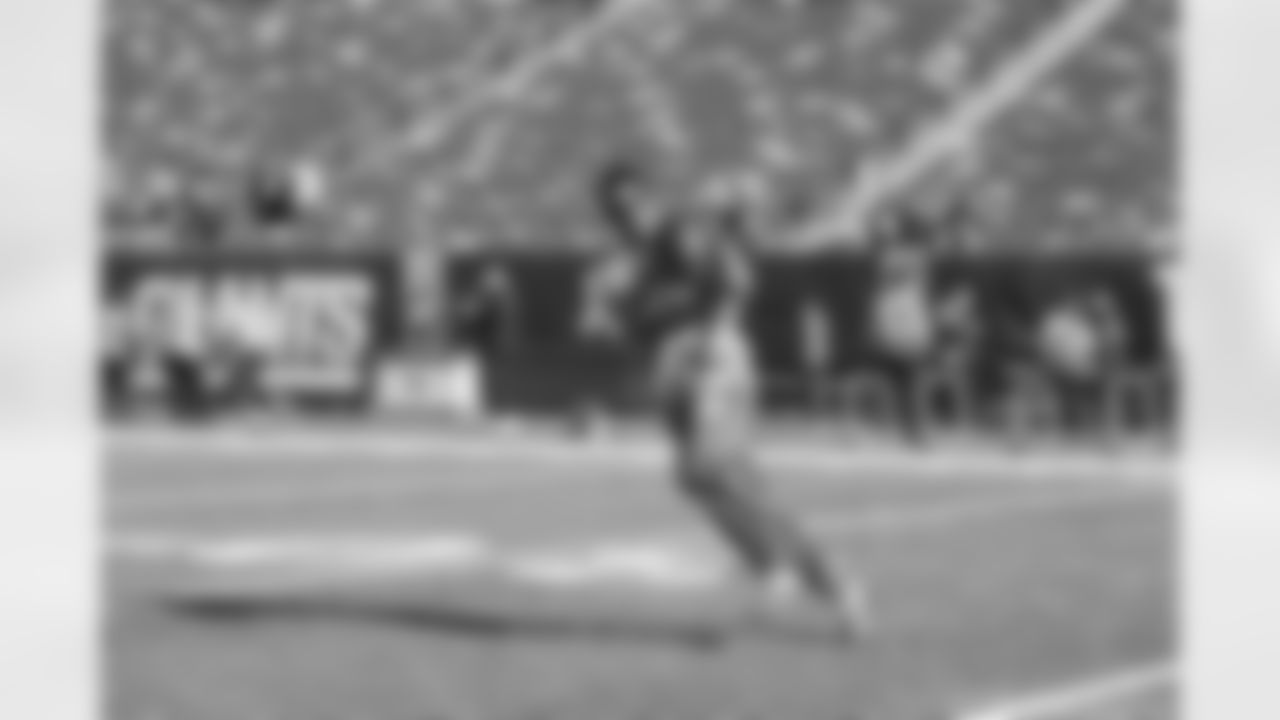
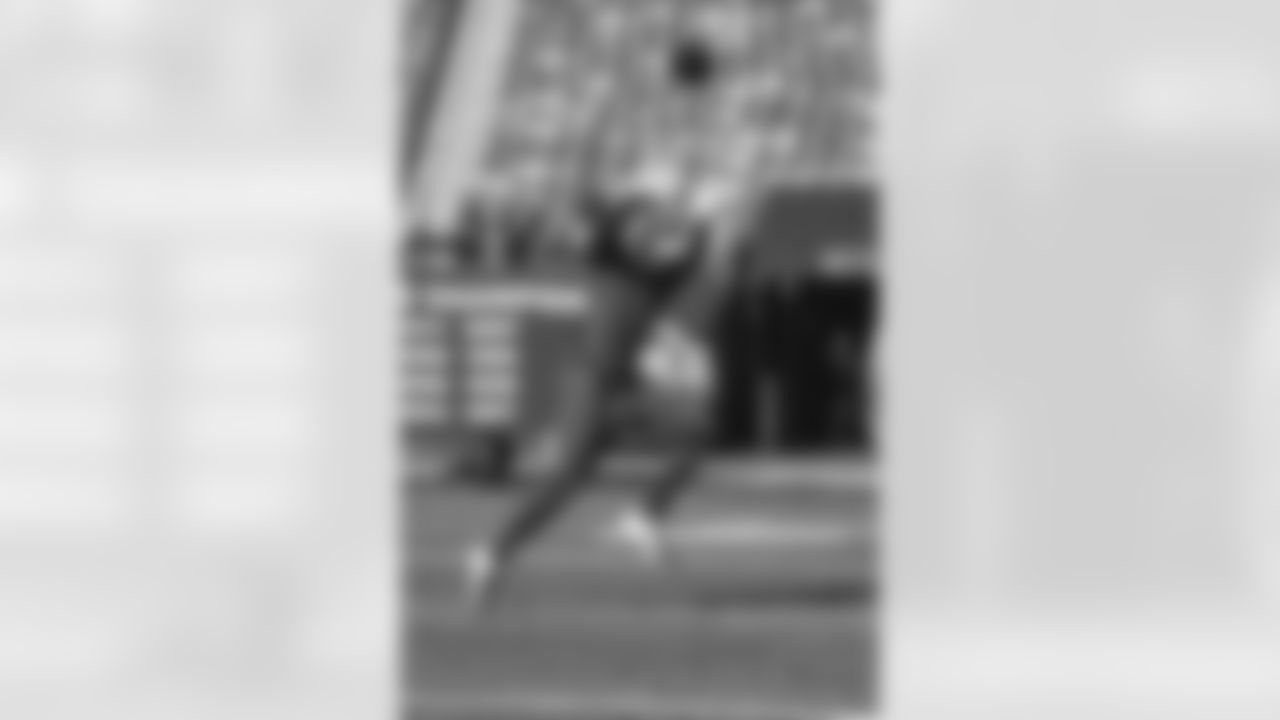
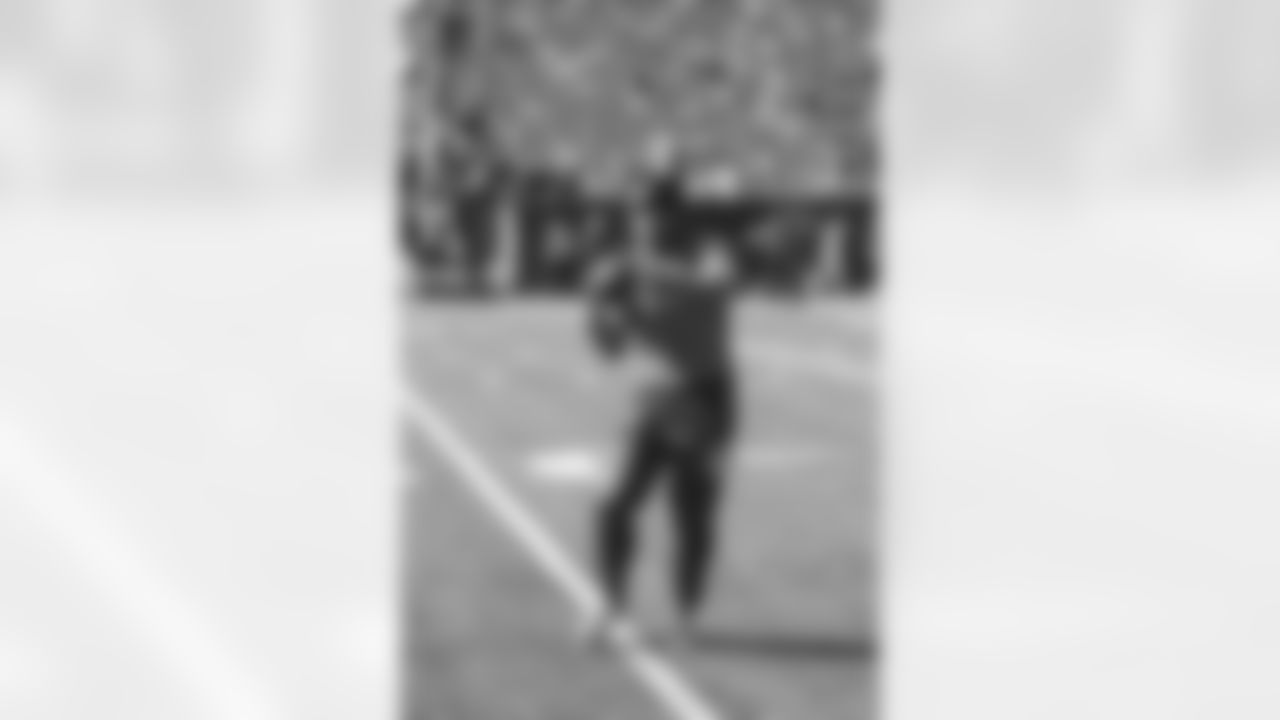
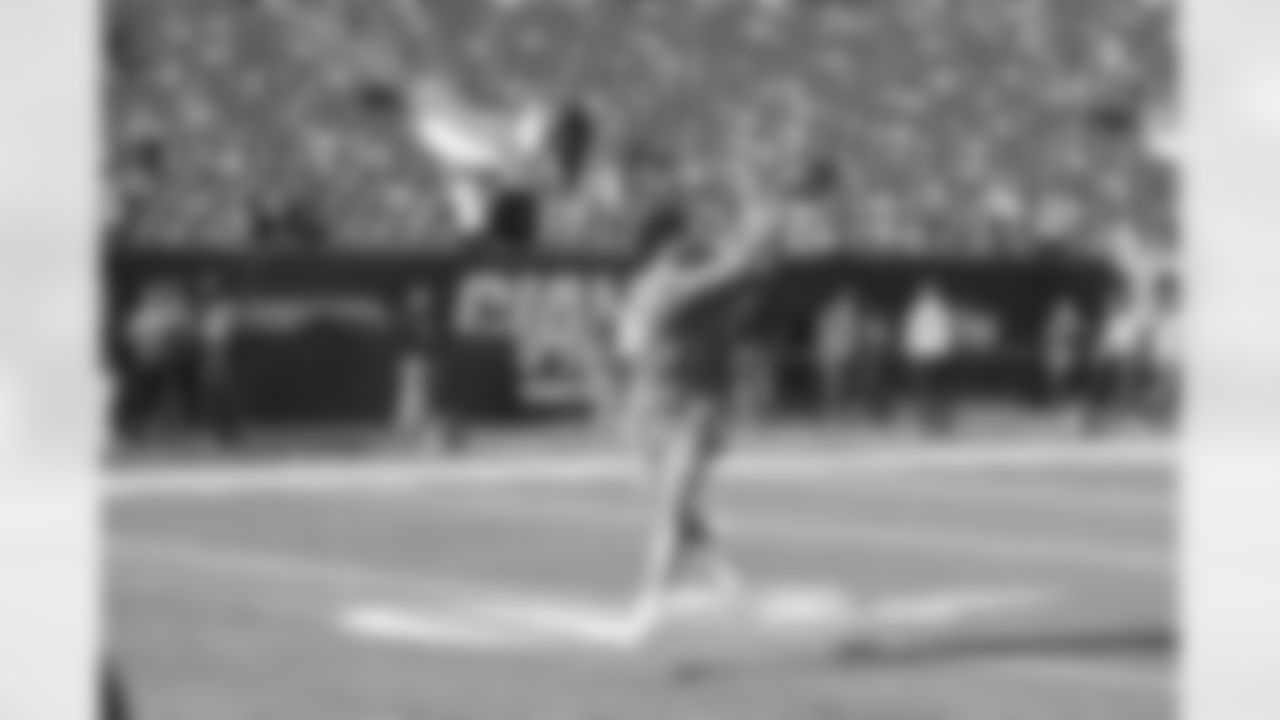






























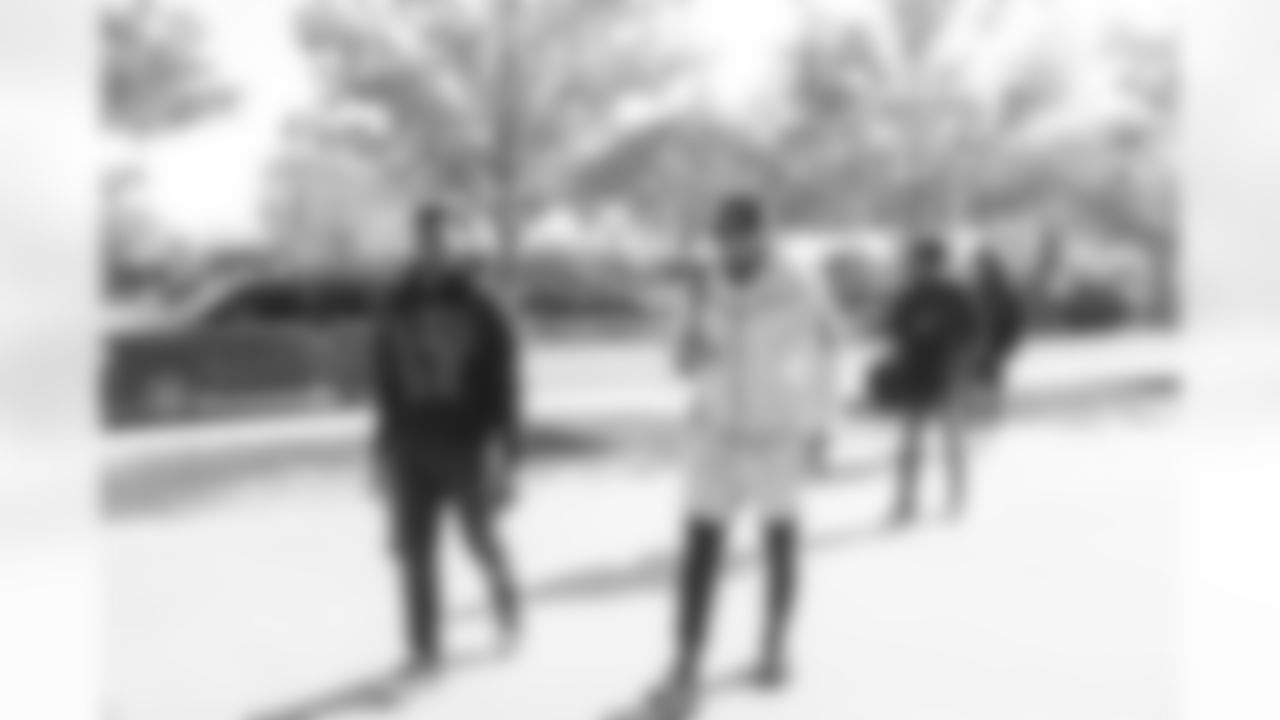






Shop Giants gear at the official Giants Team Shop
Holiday shopping and special offers are now available at the Giants' online team shop.







